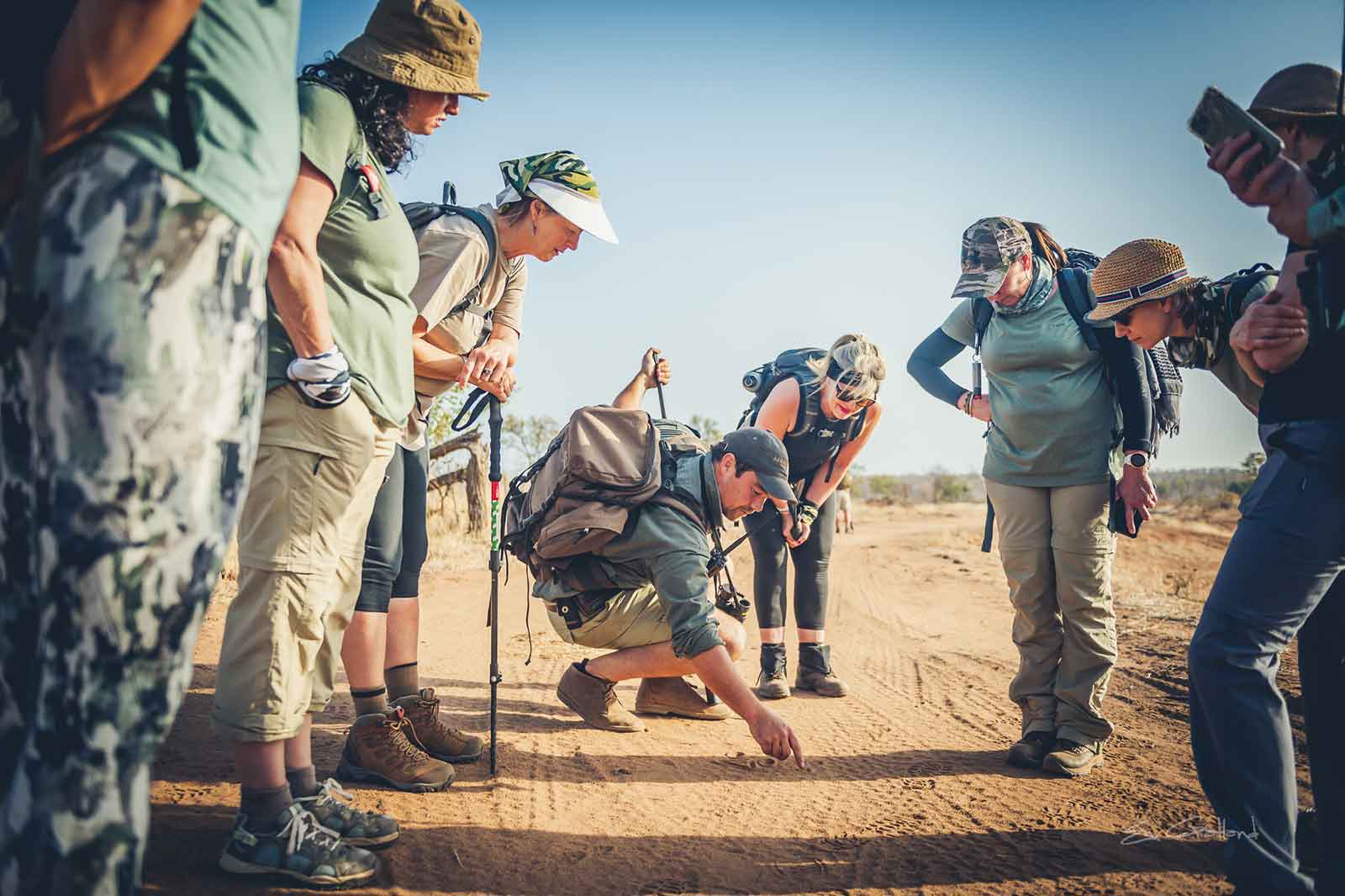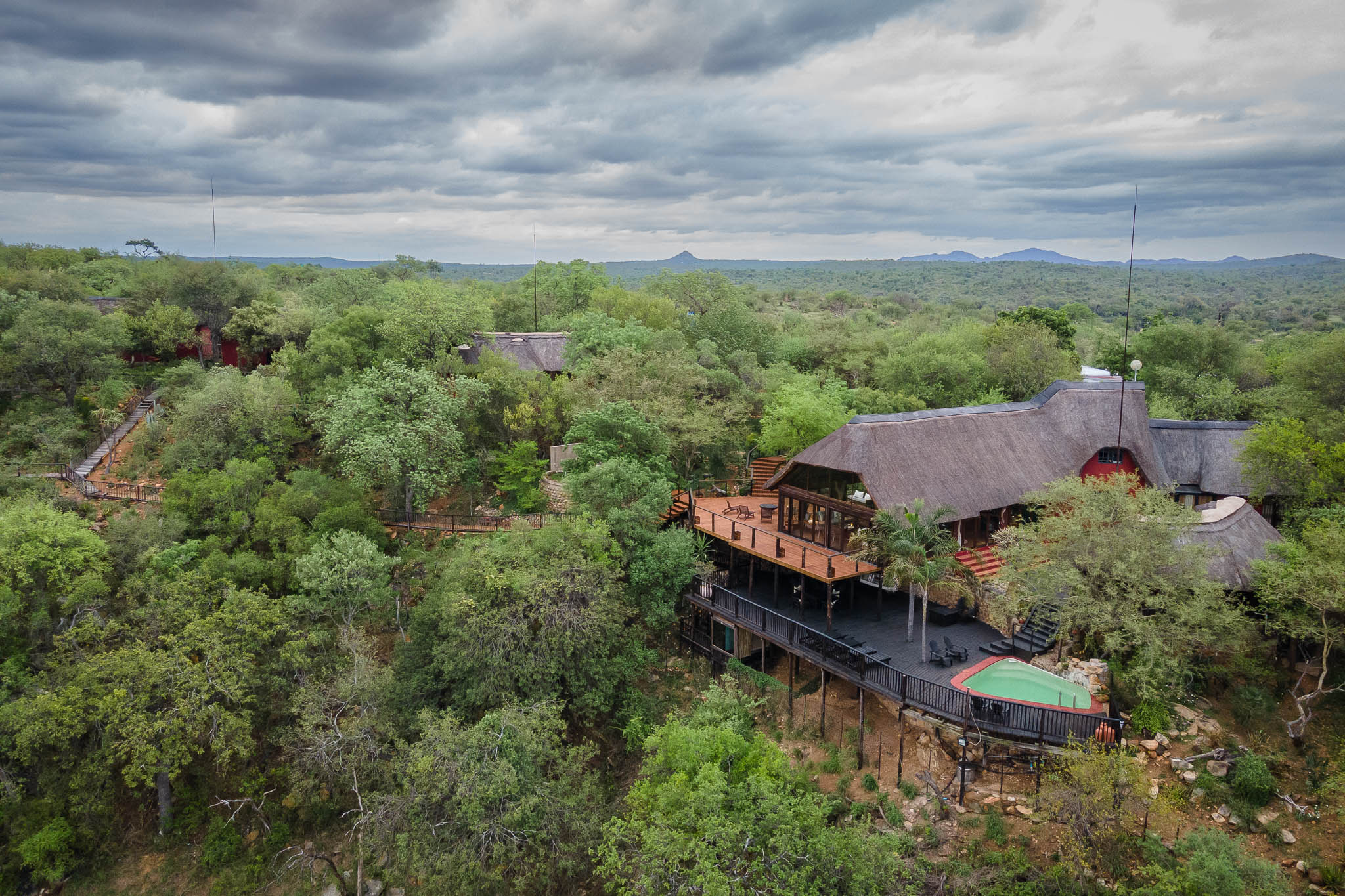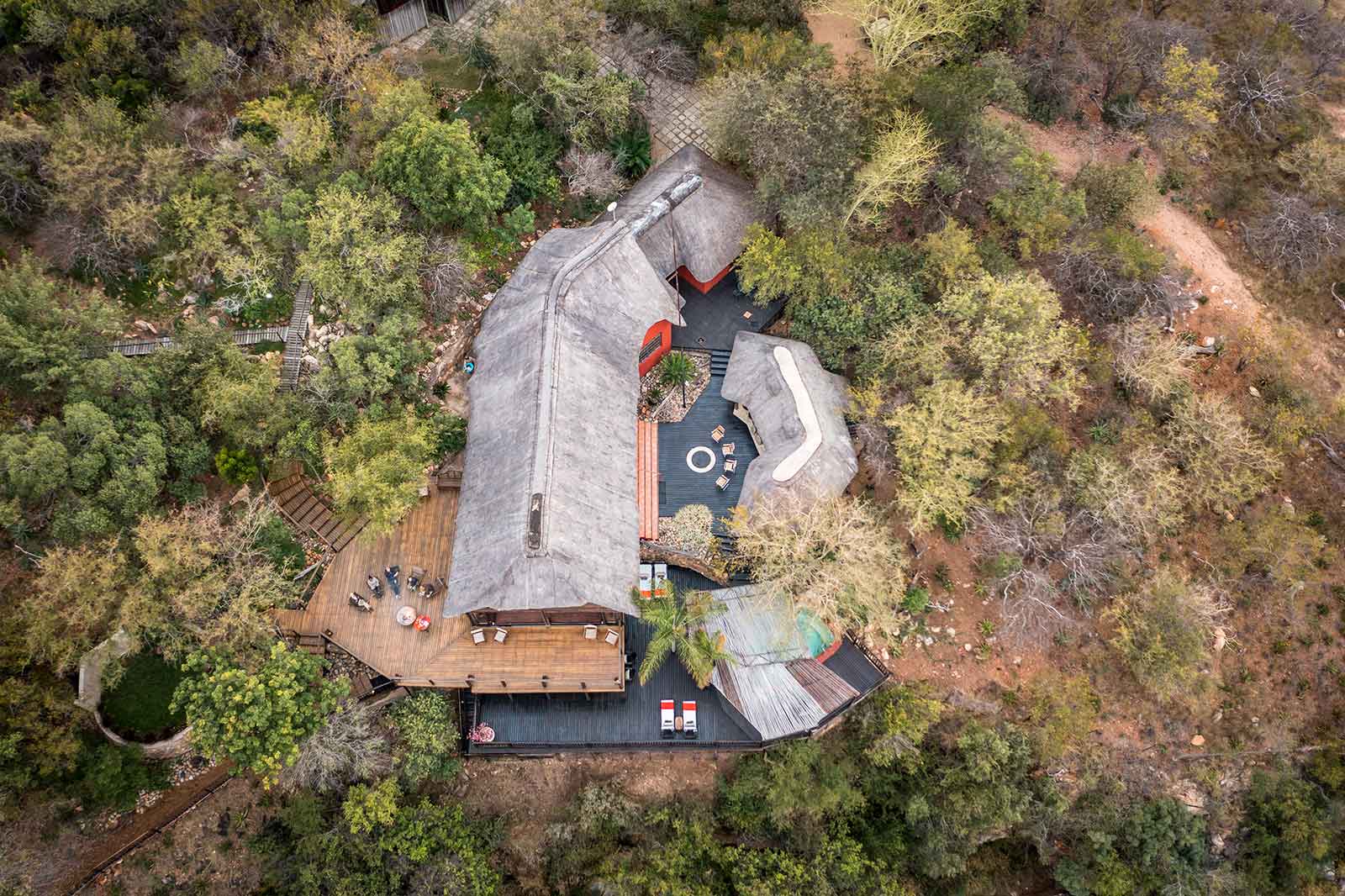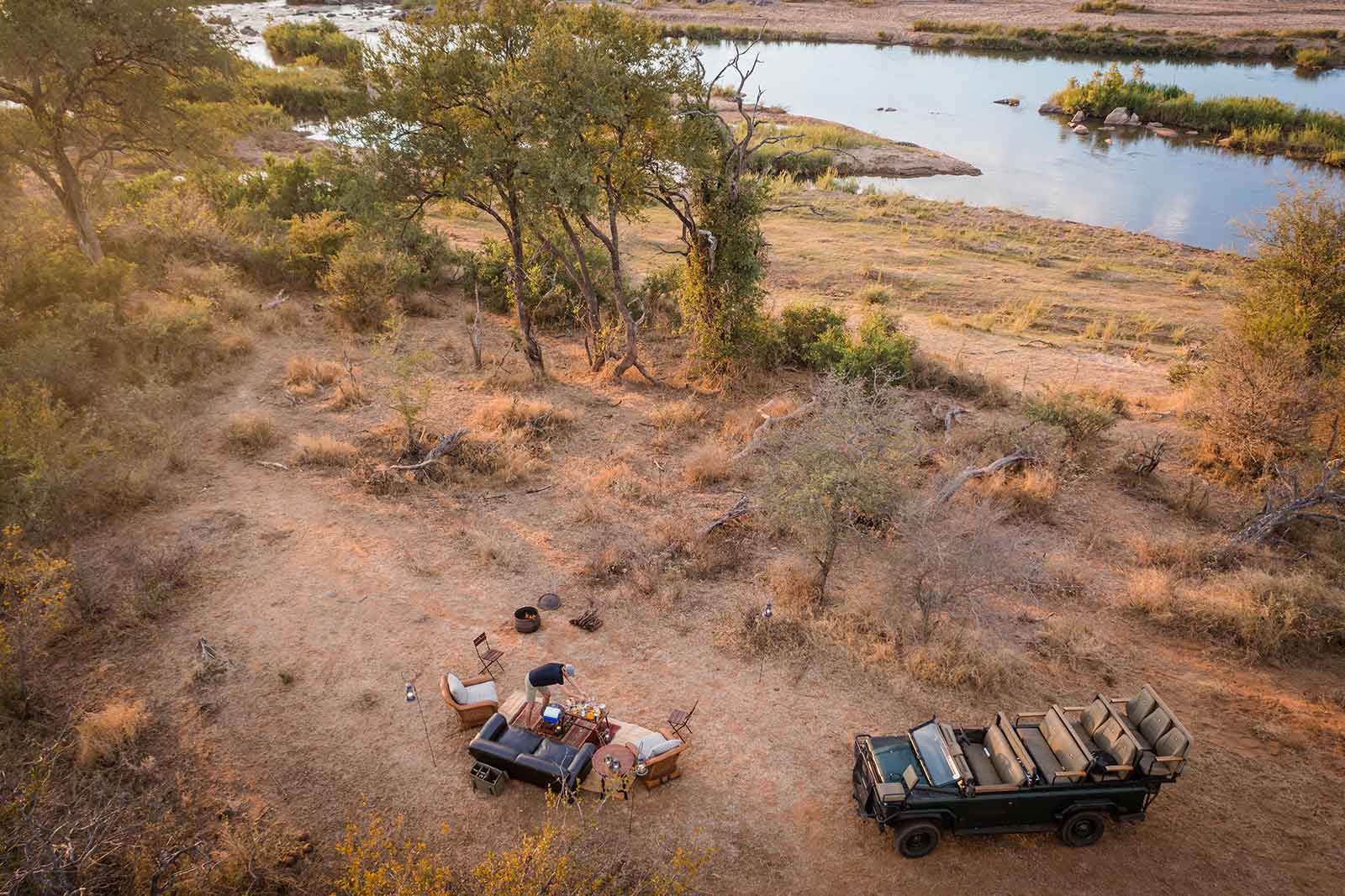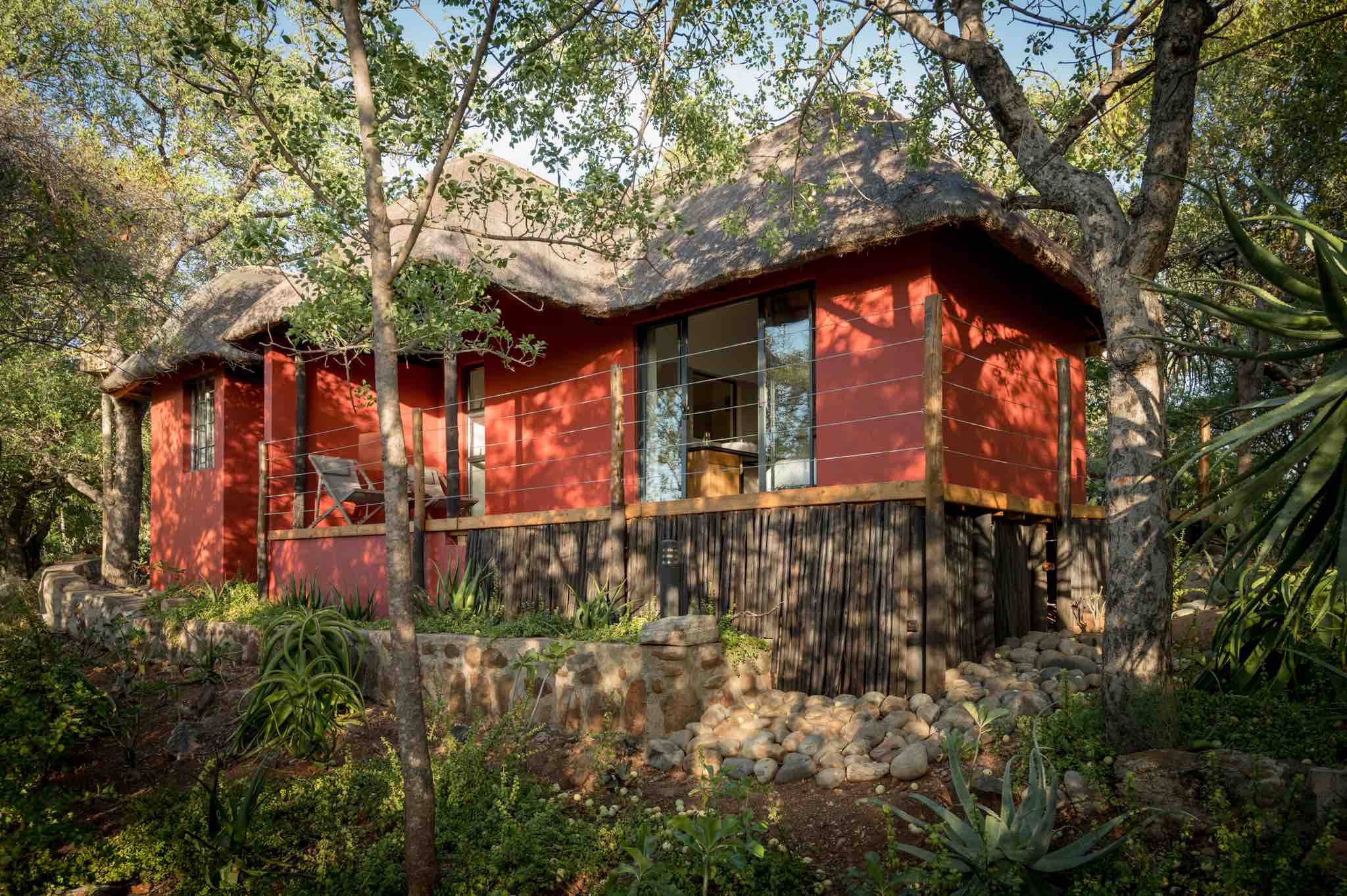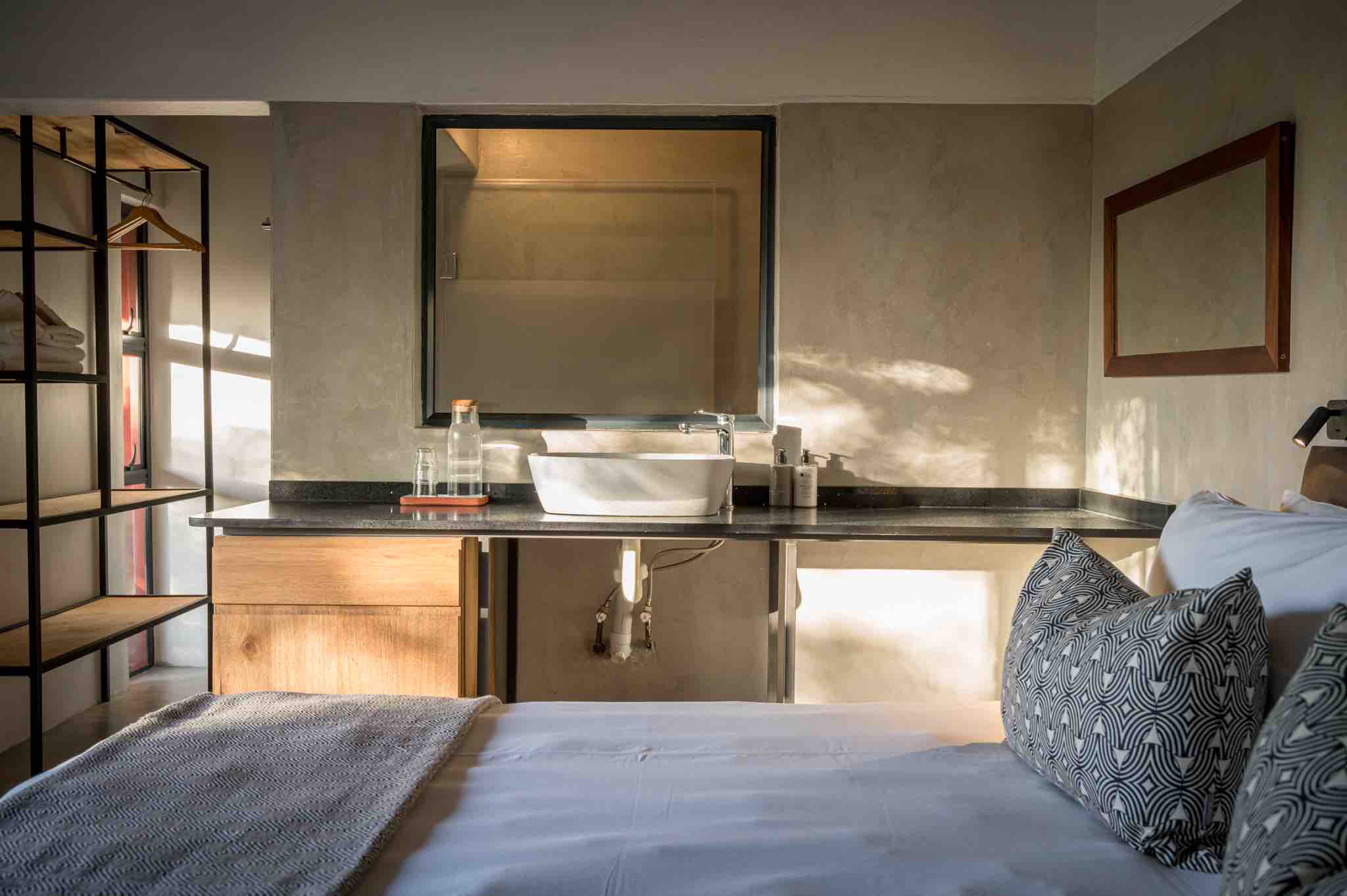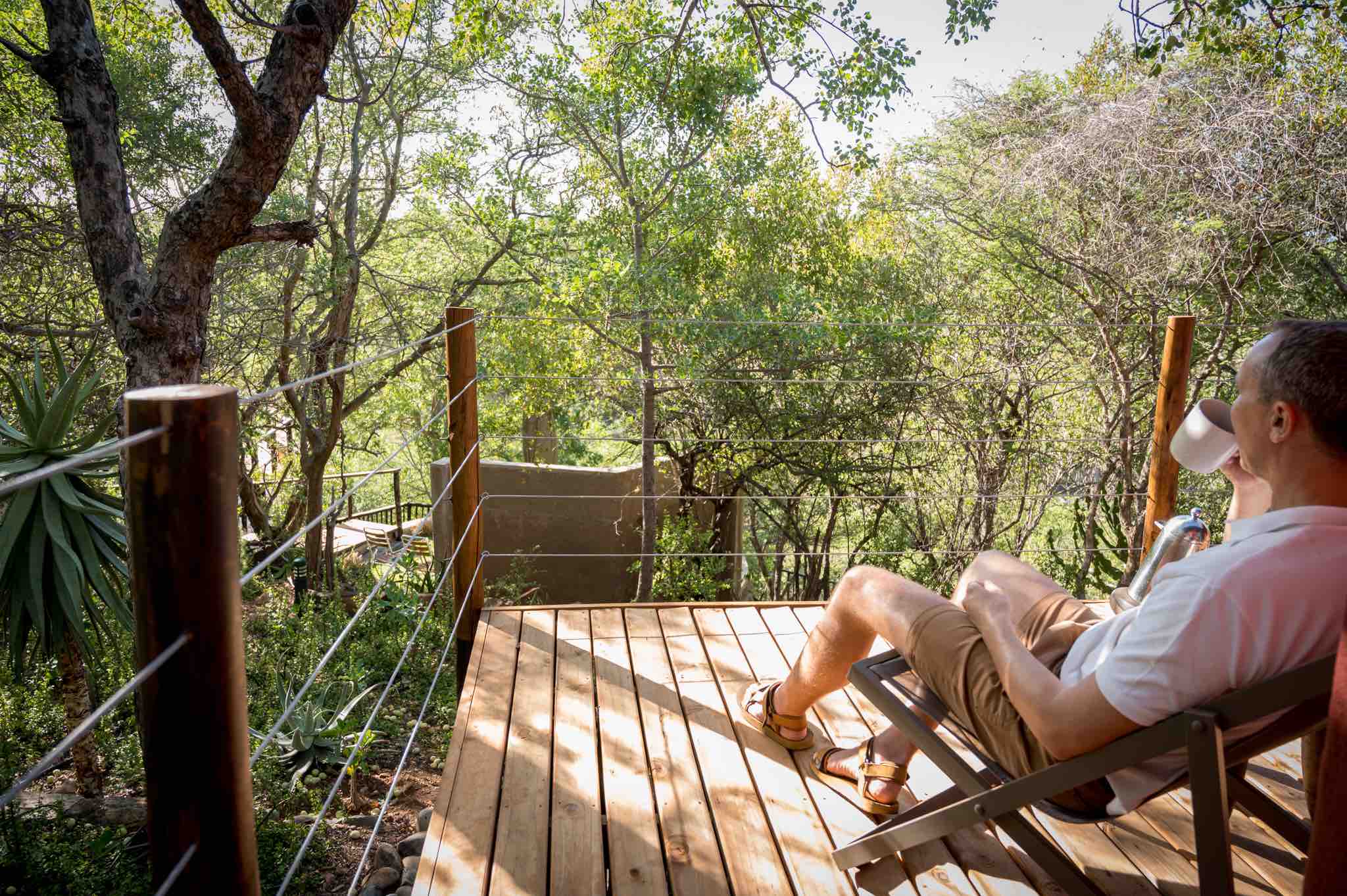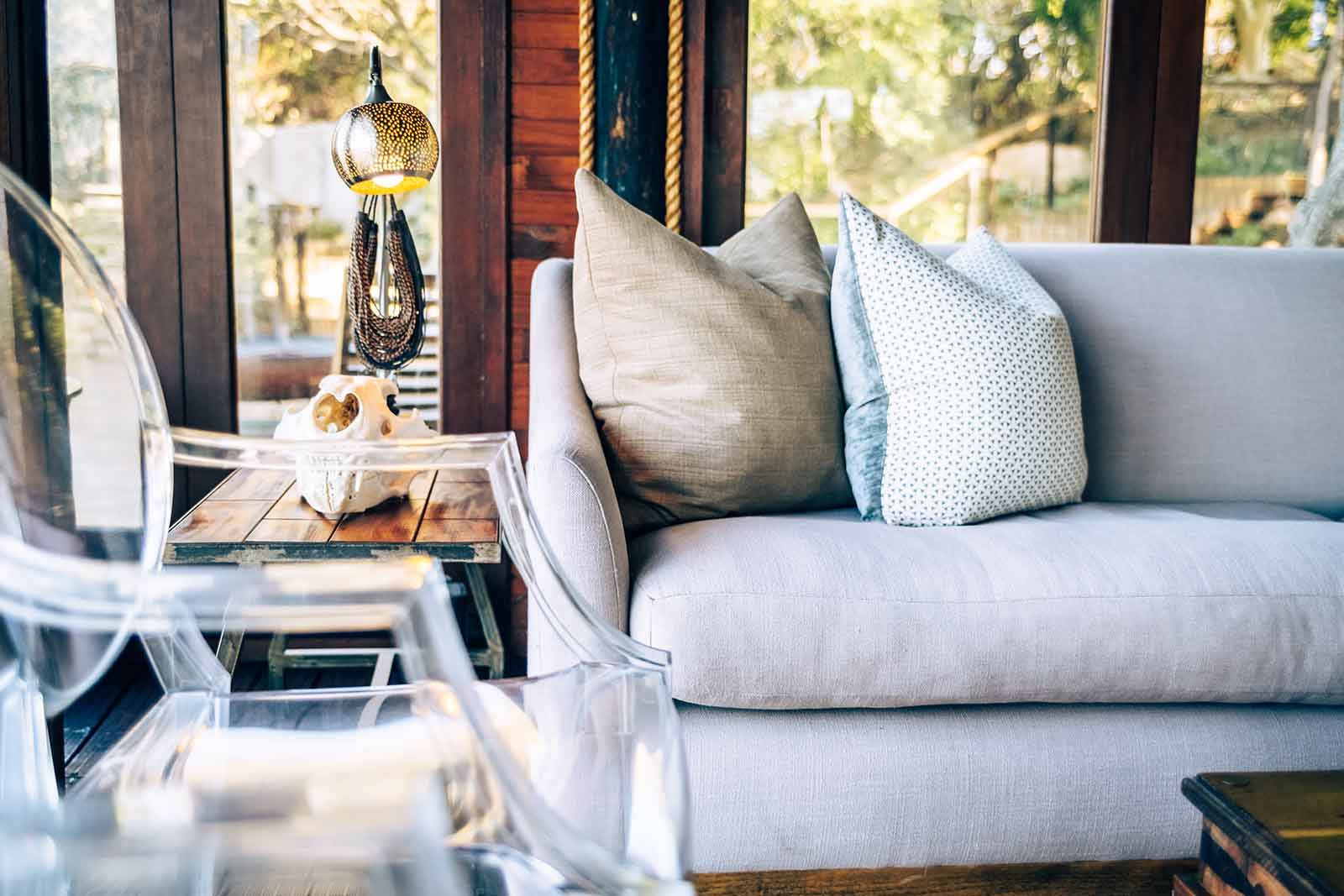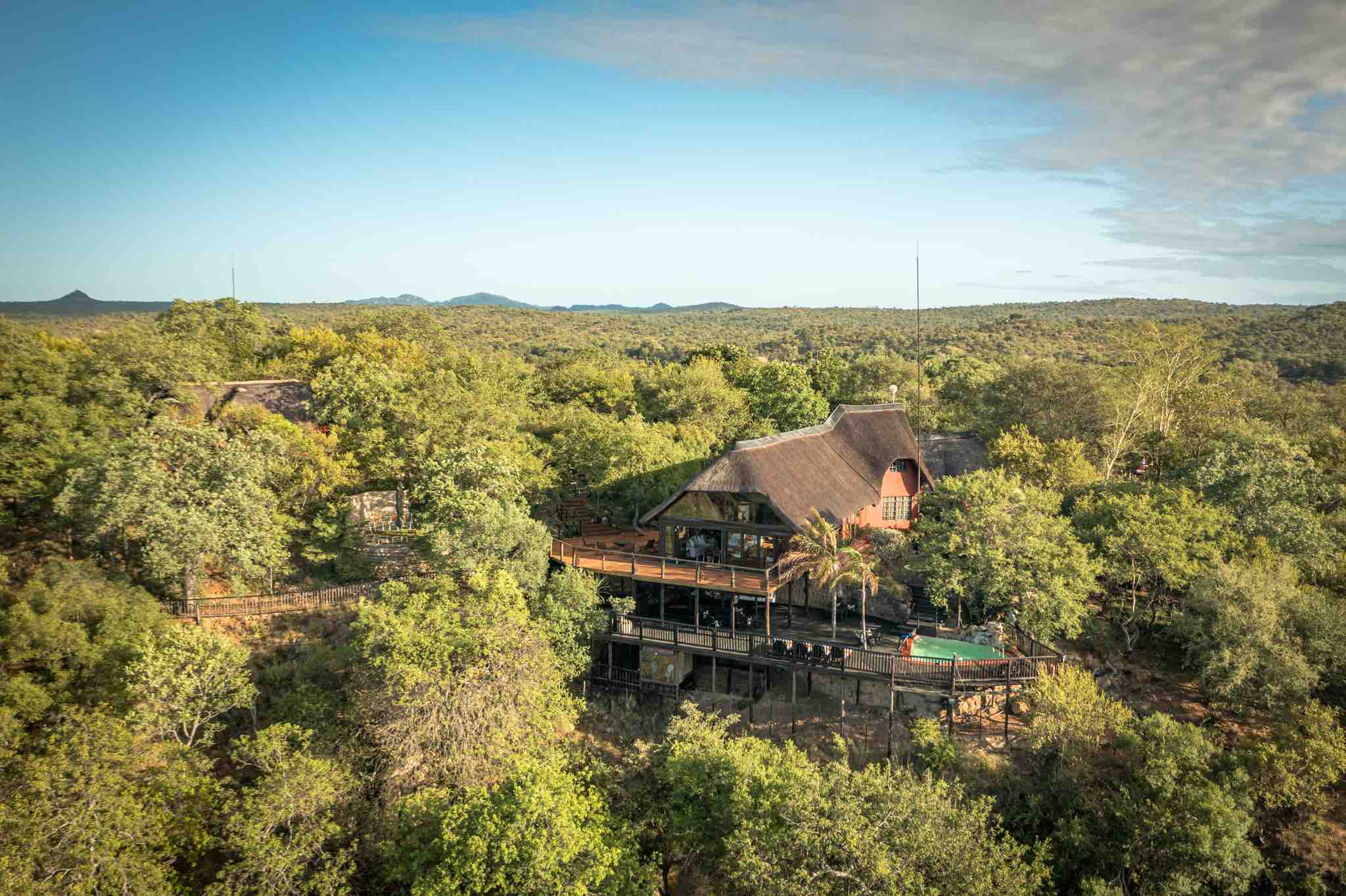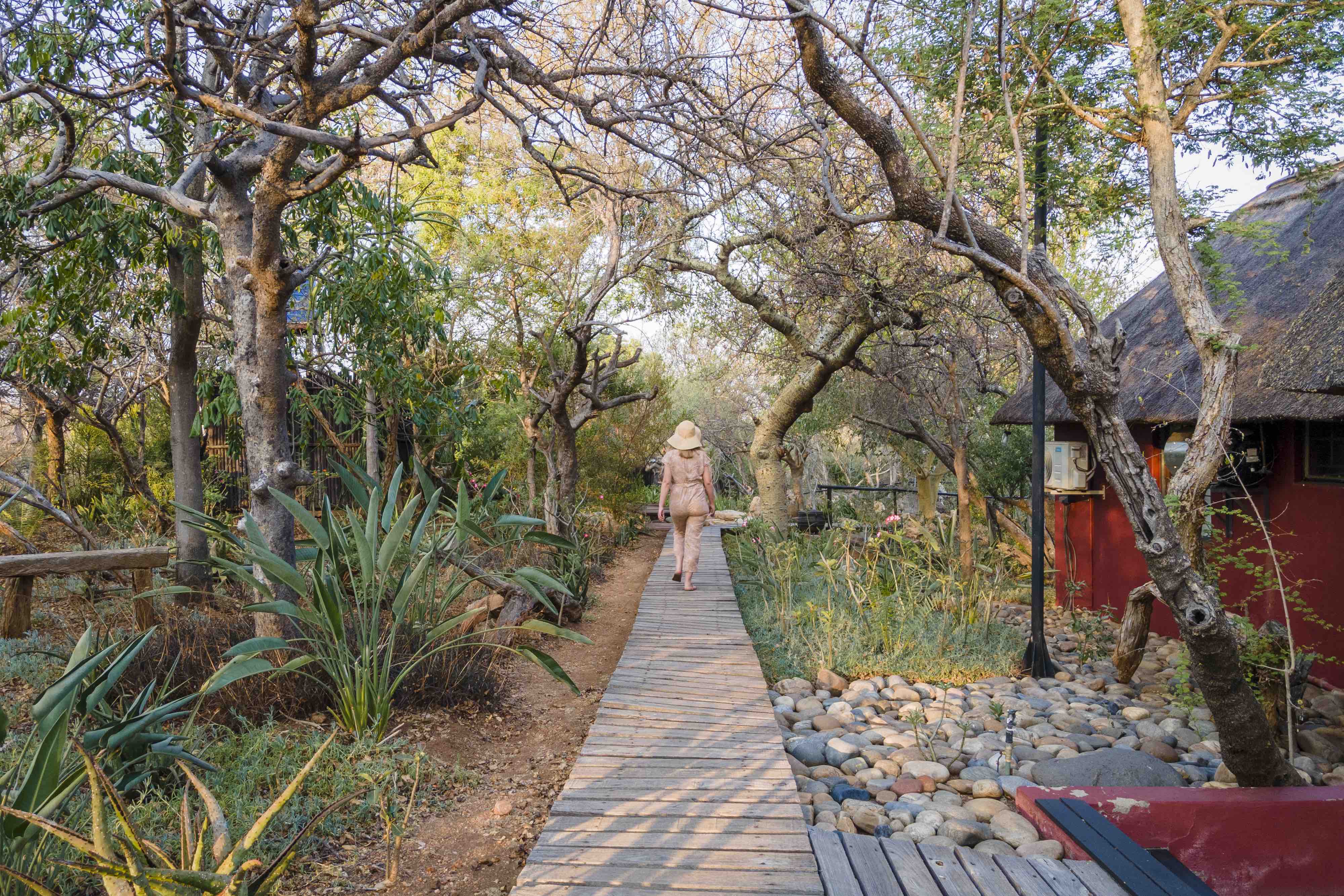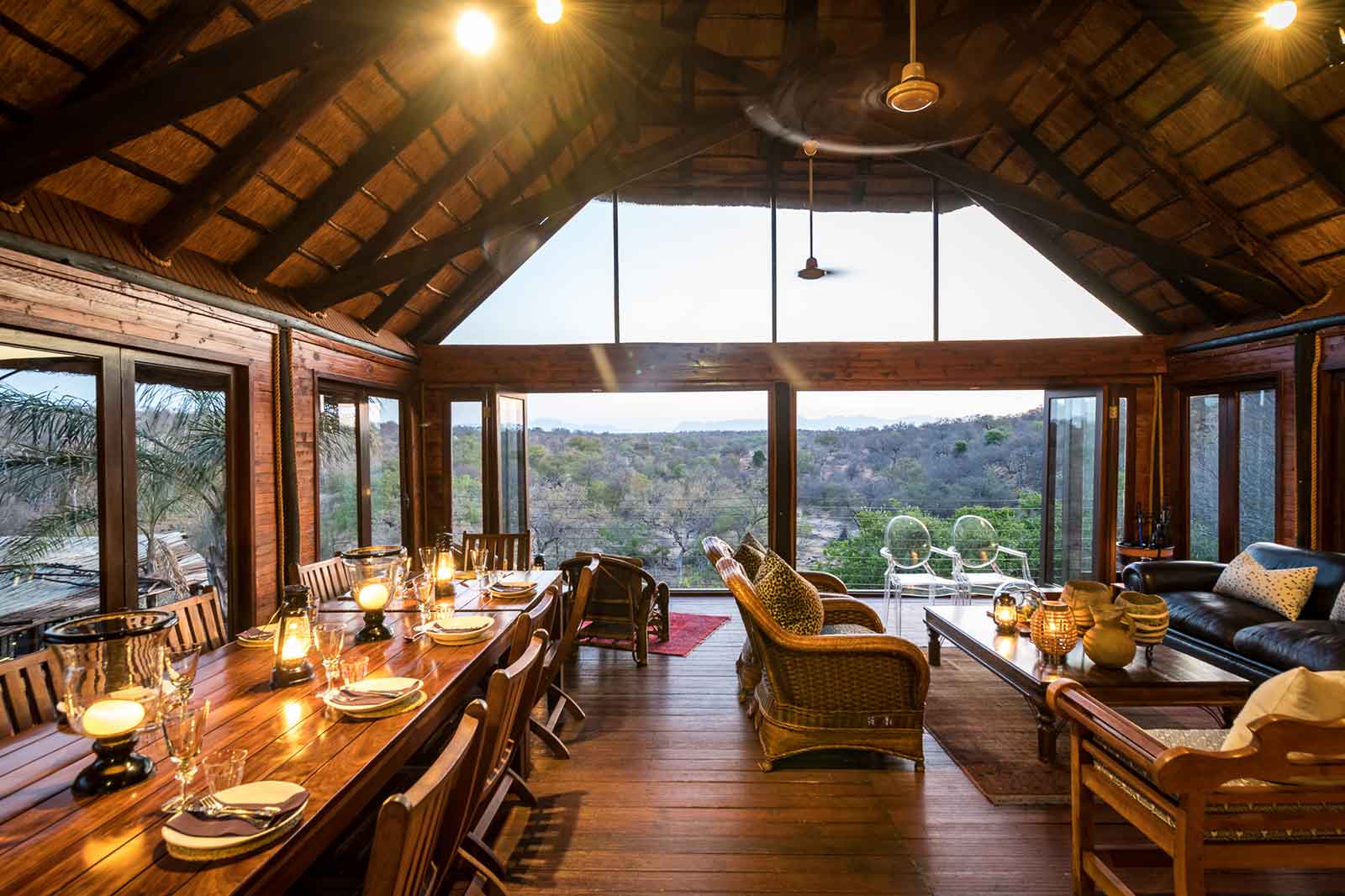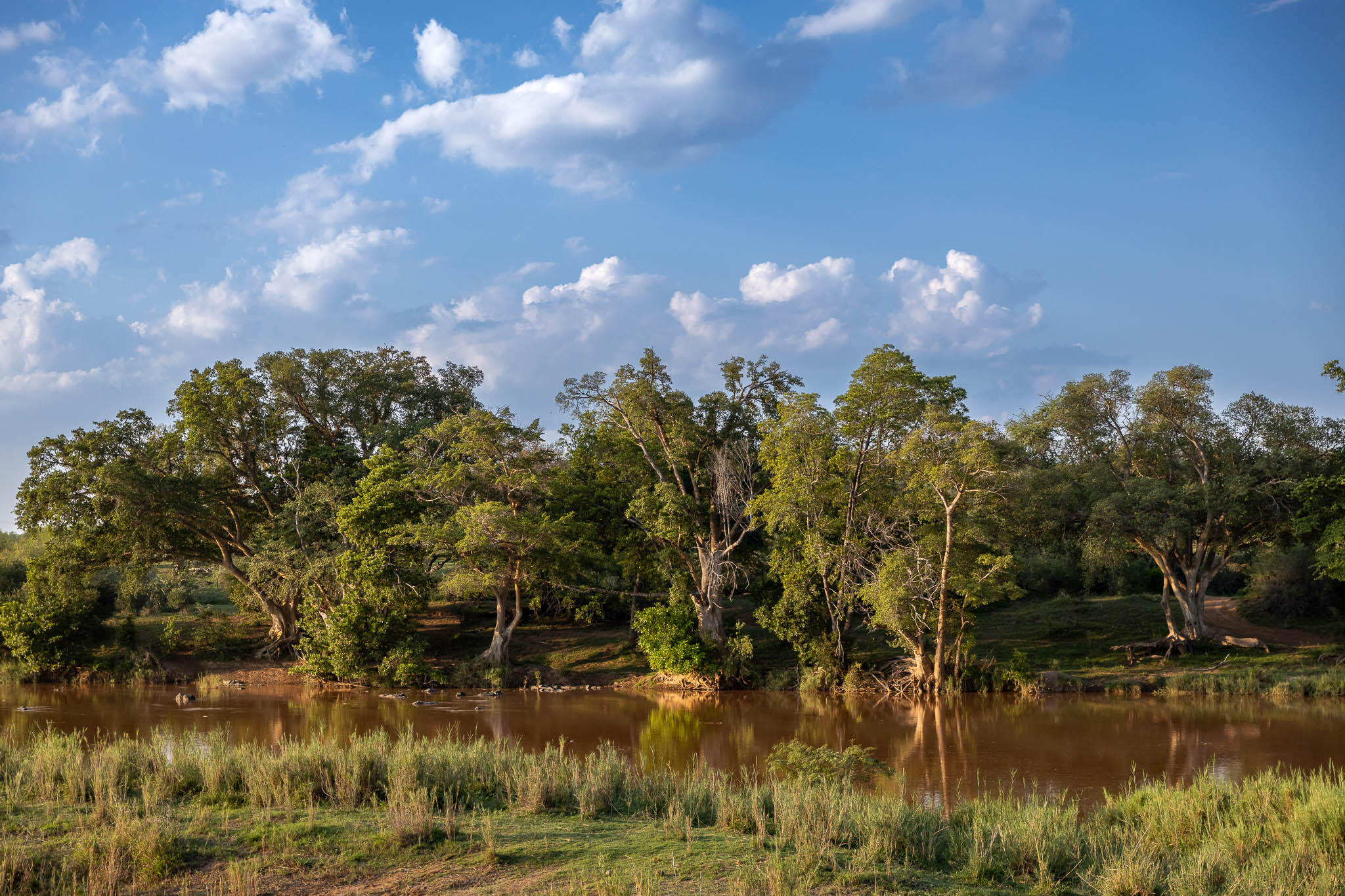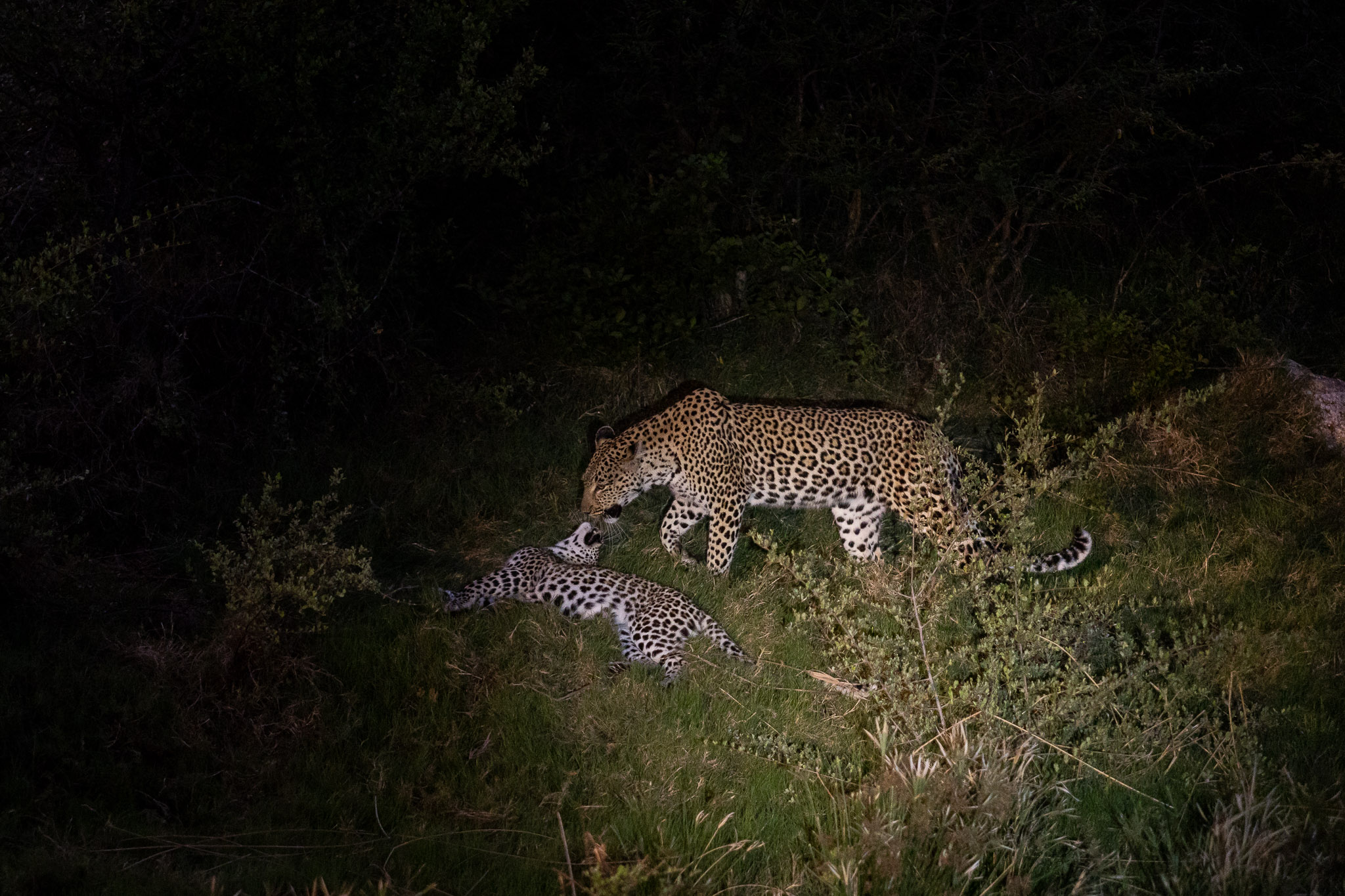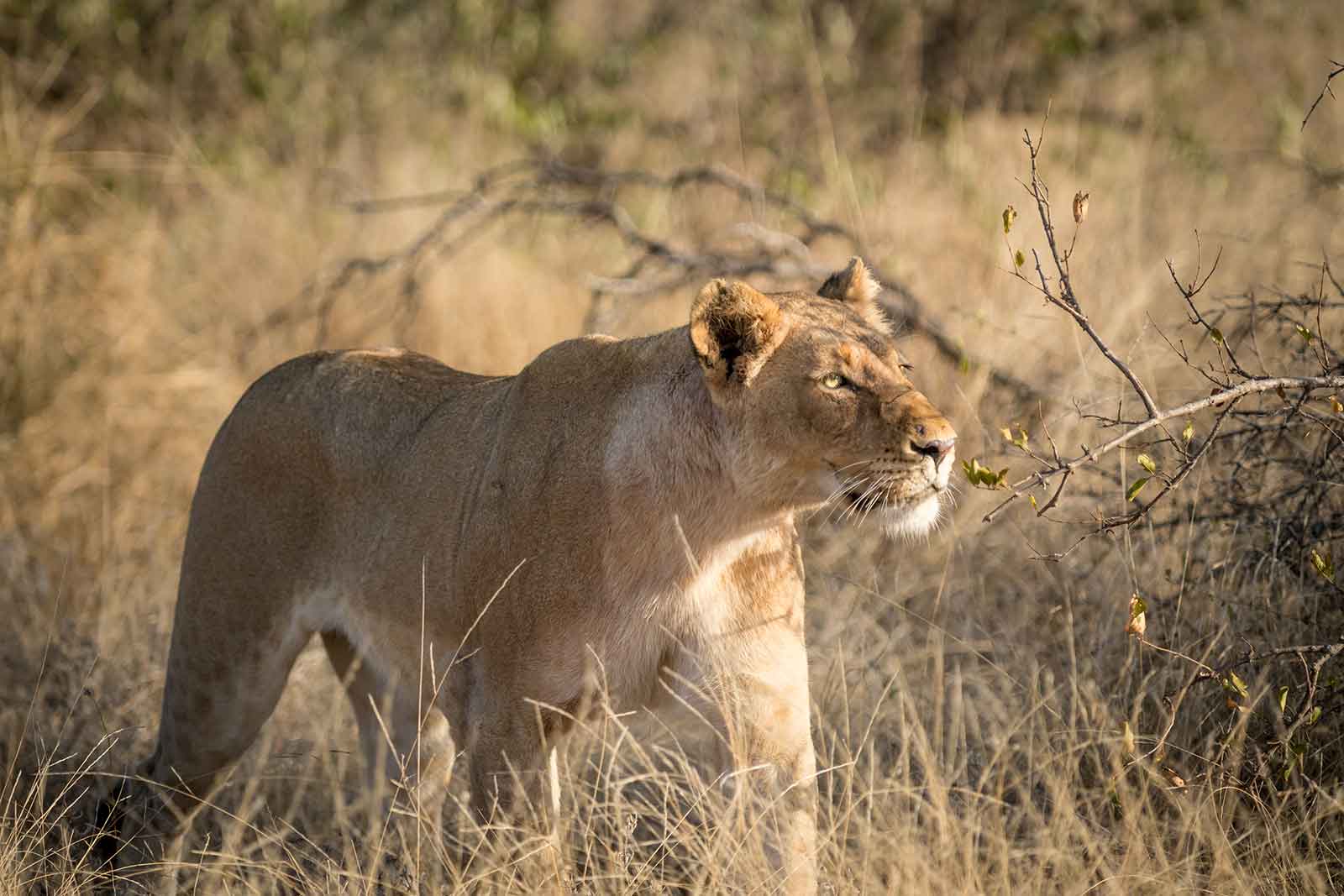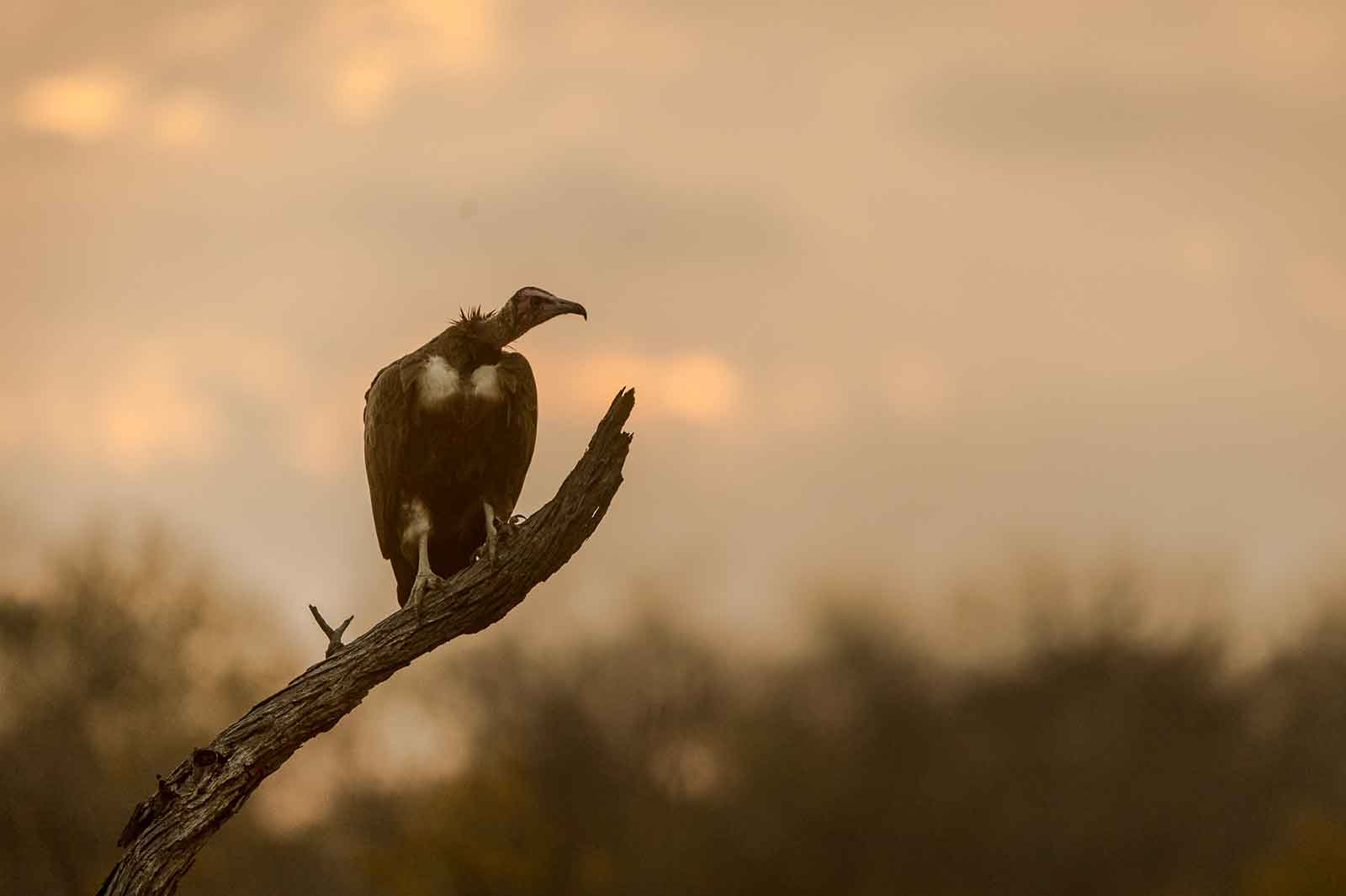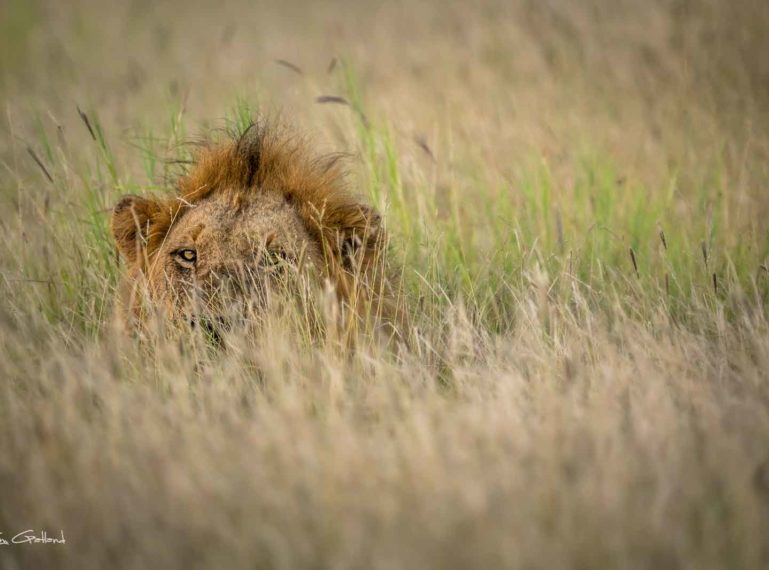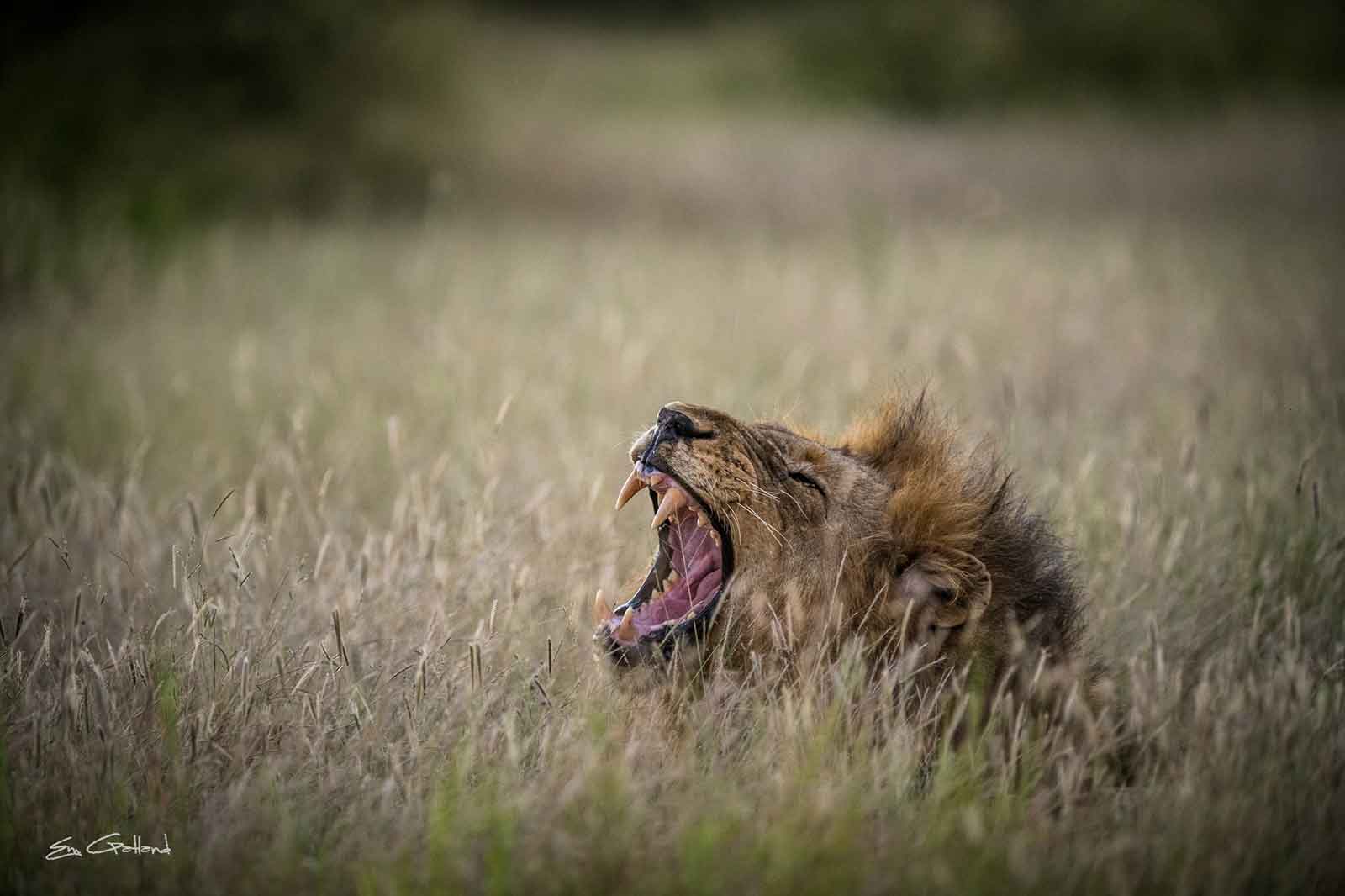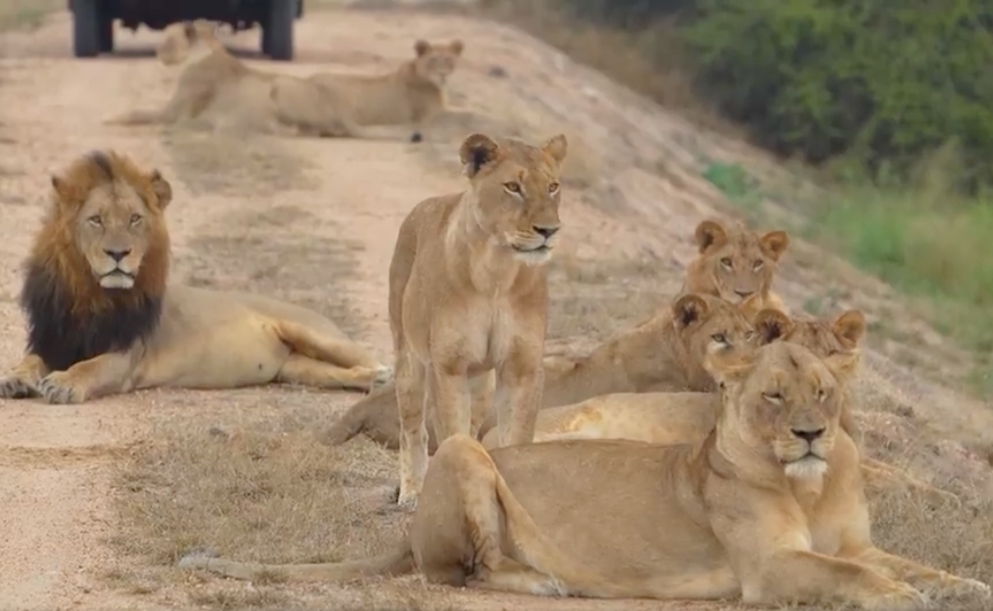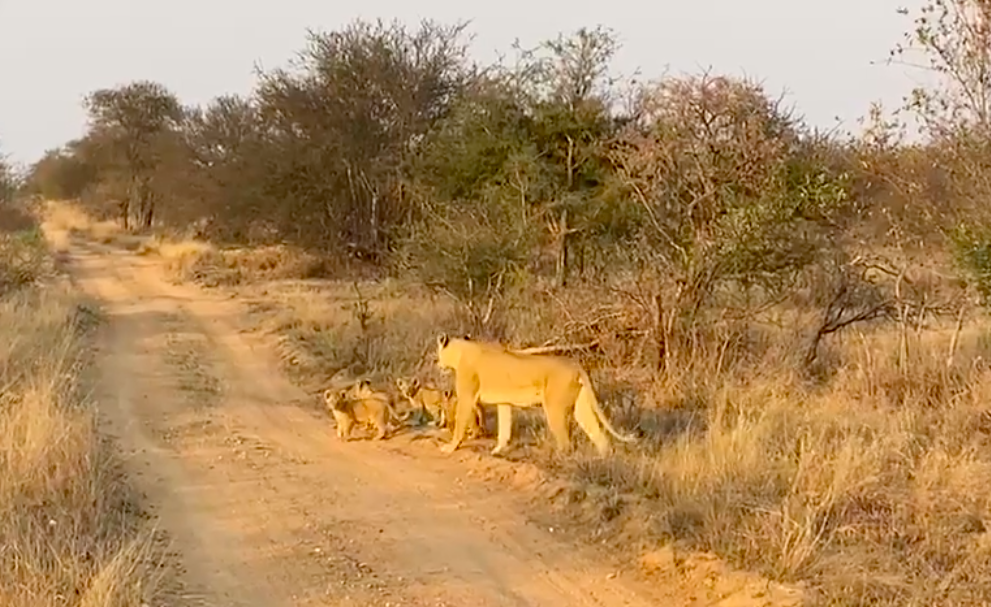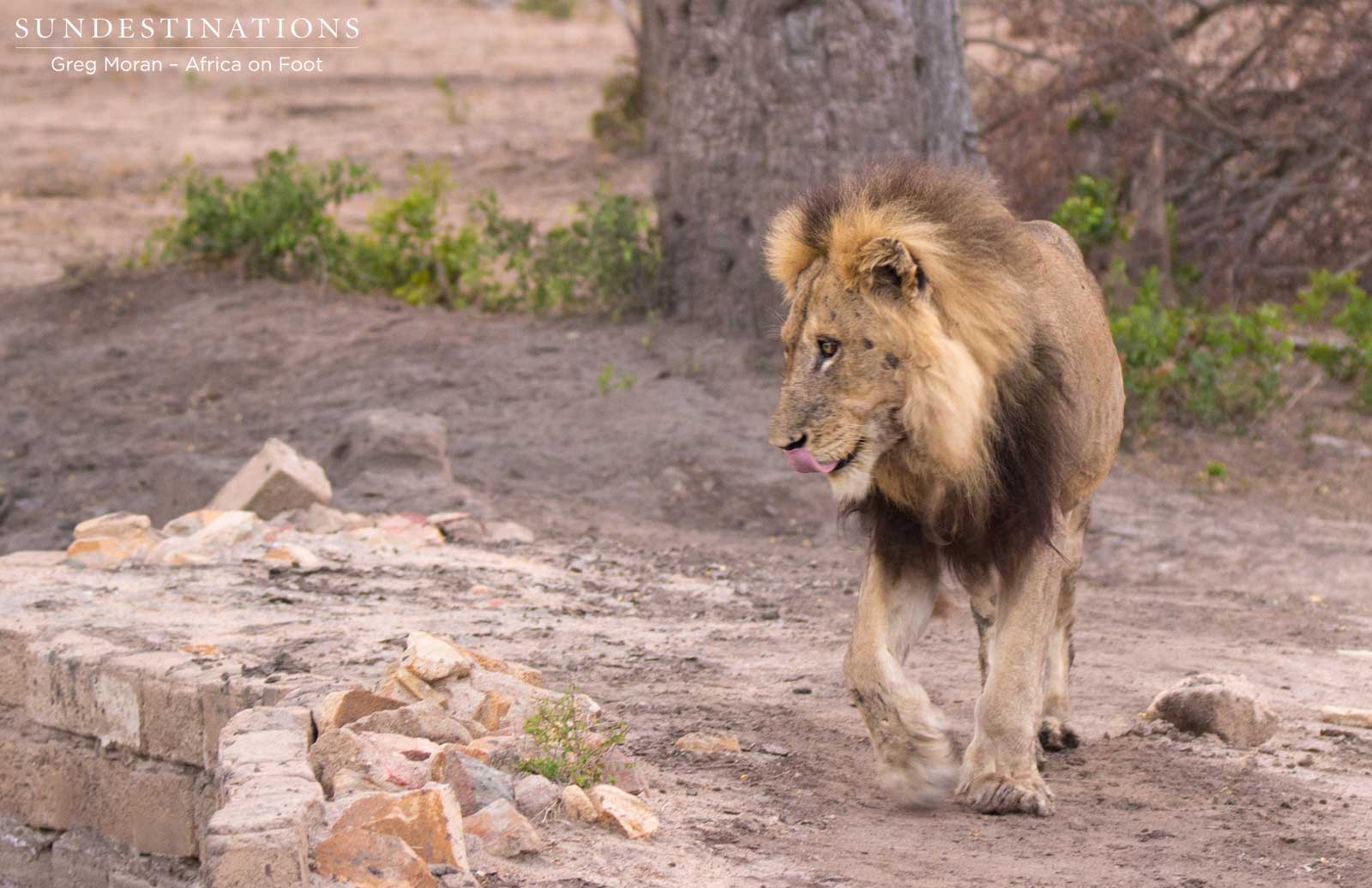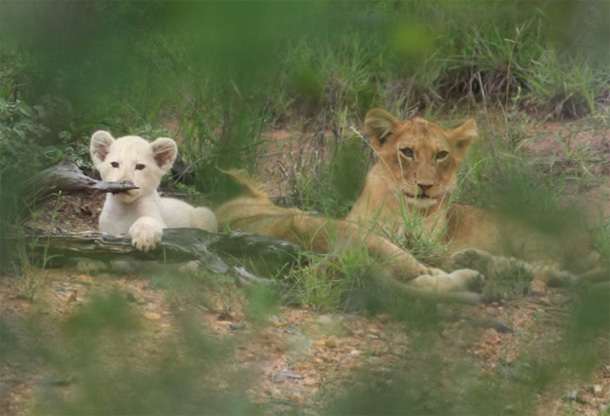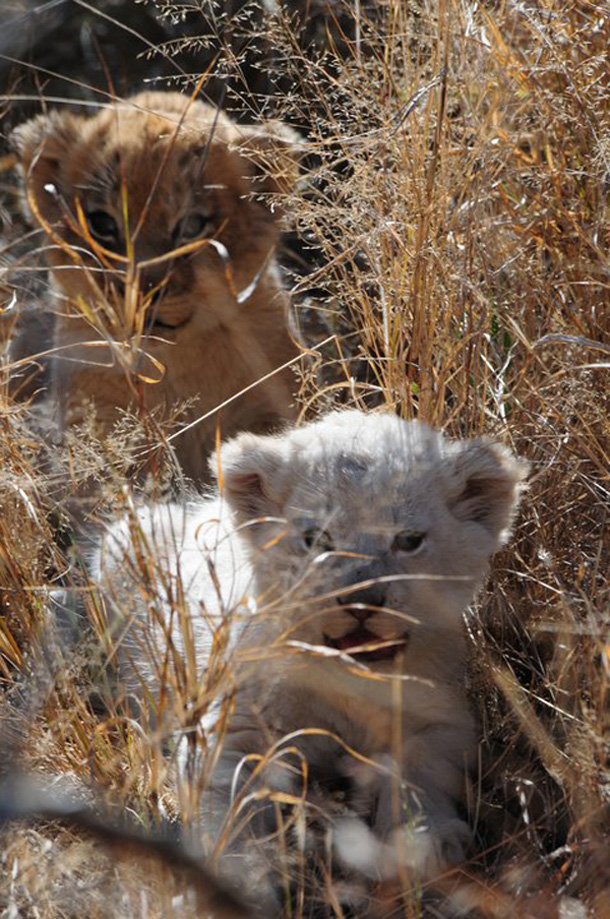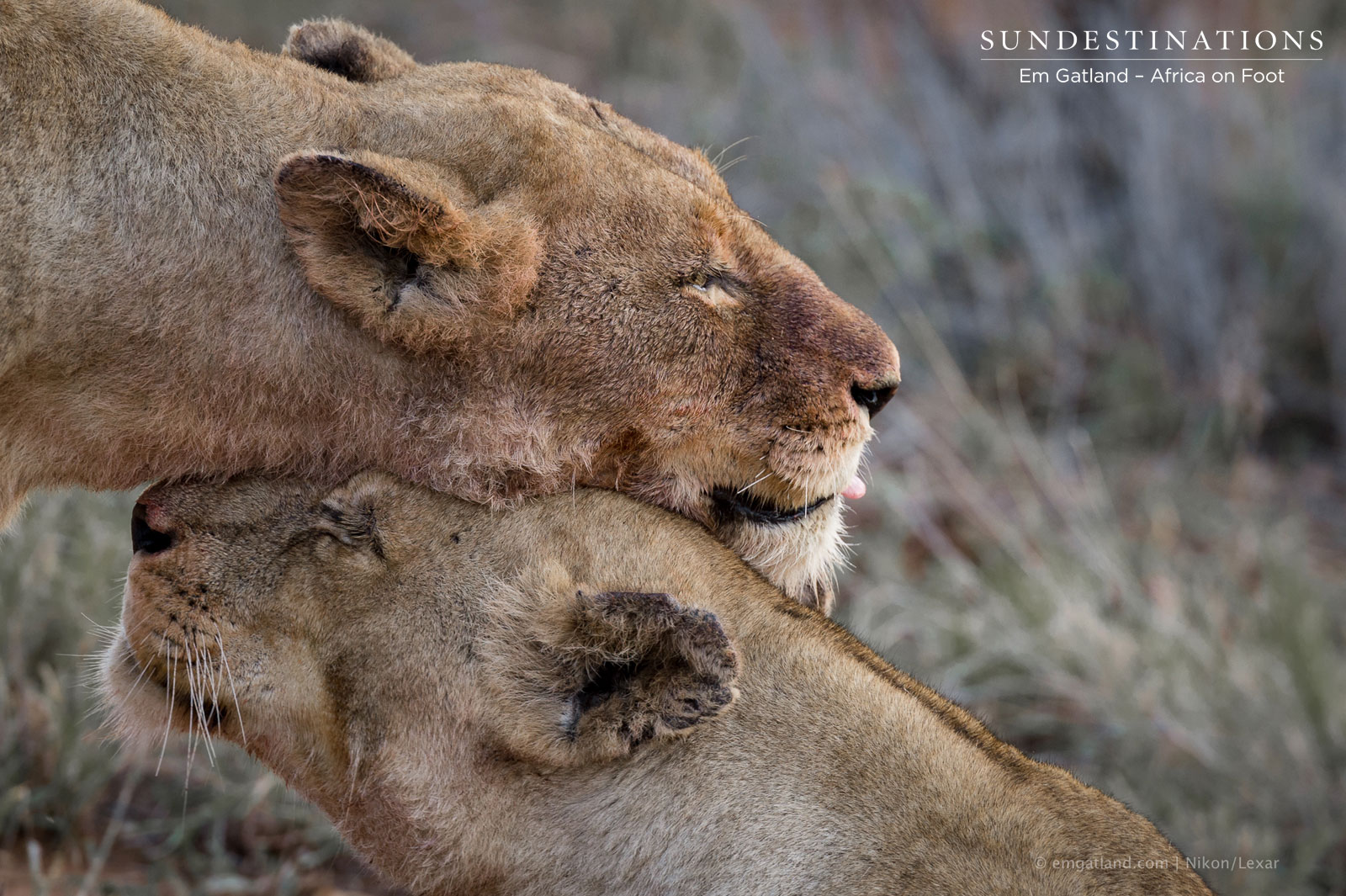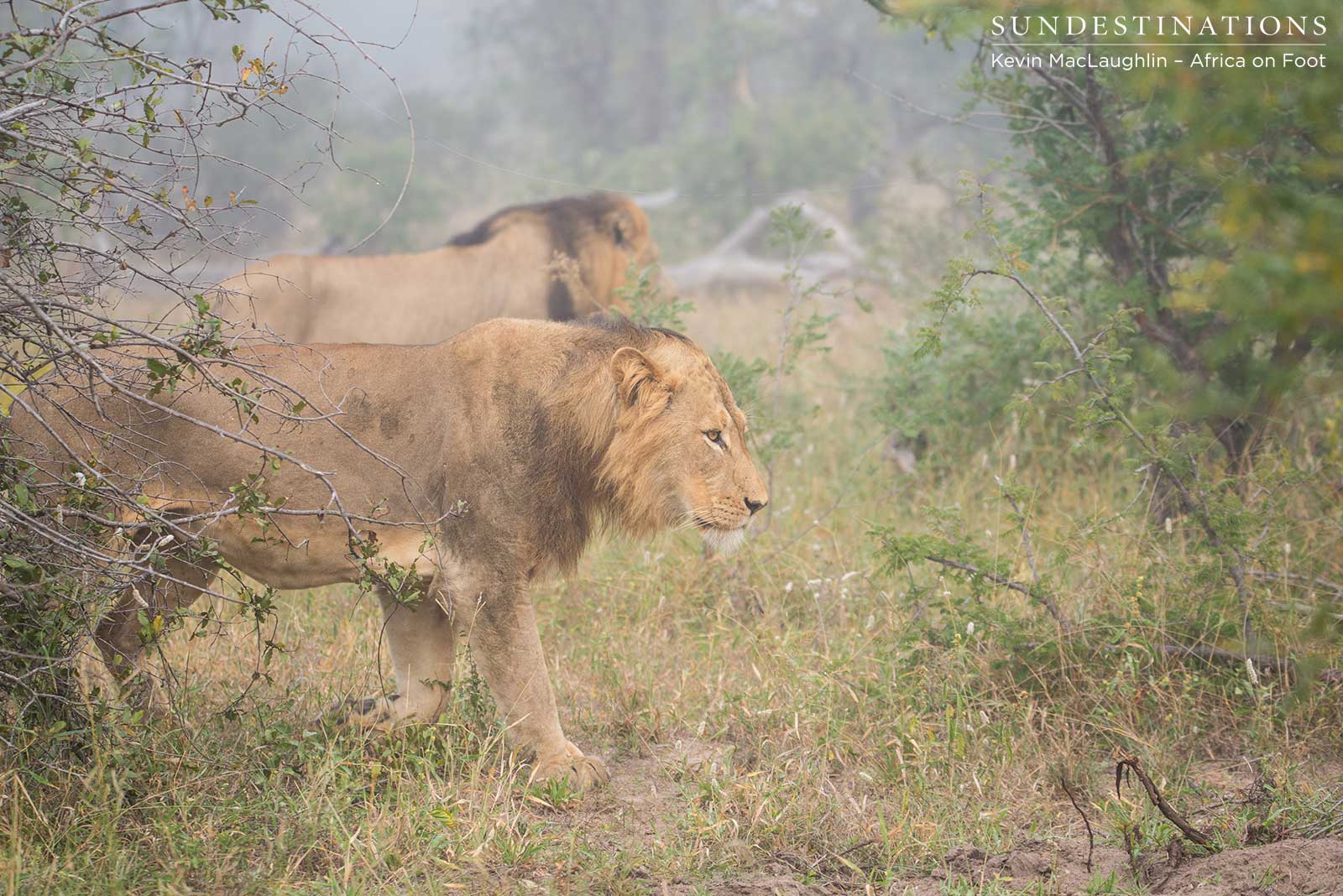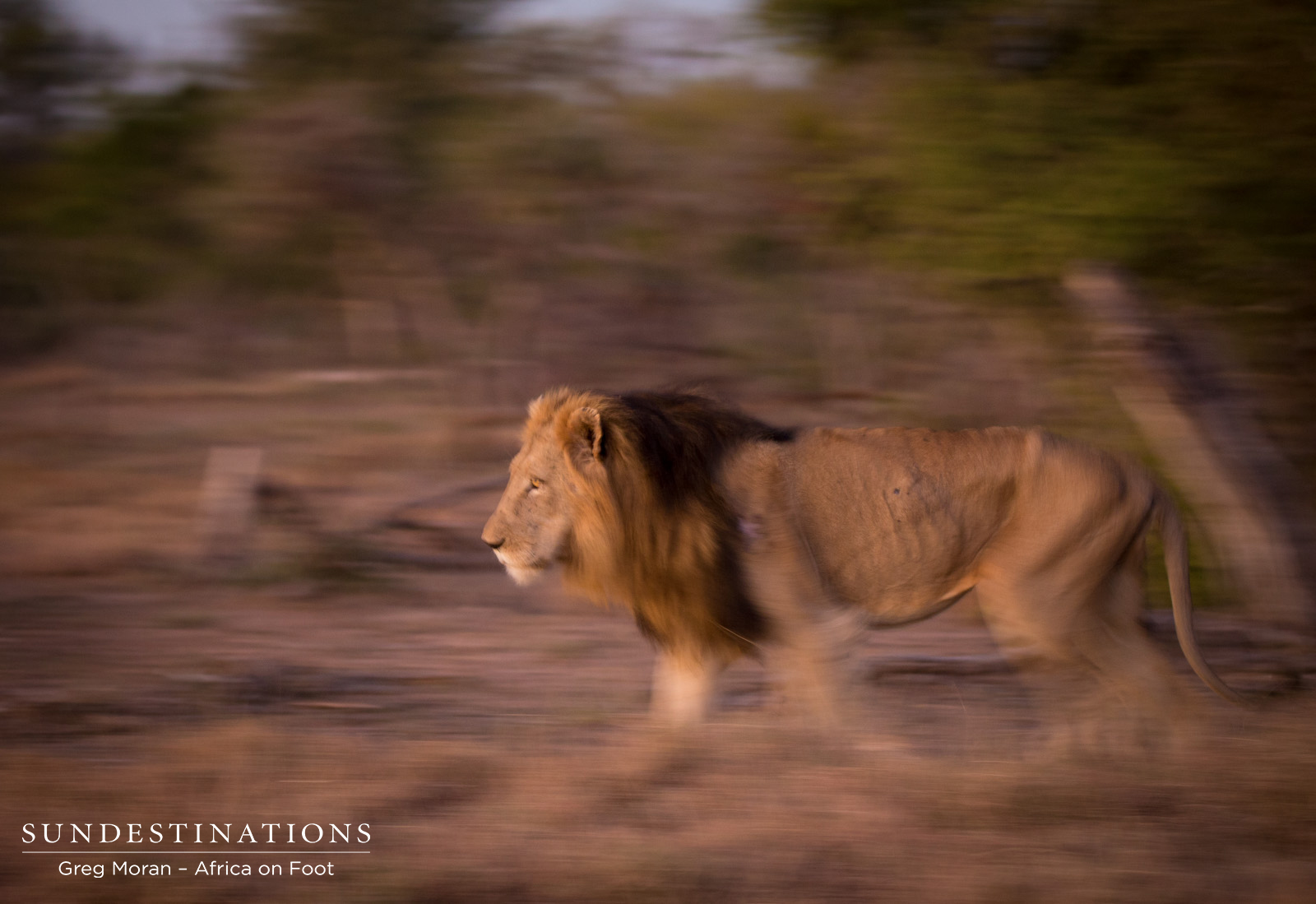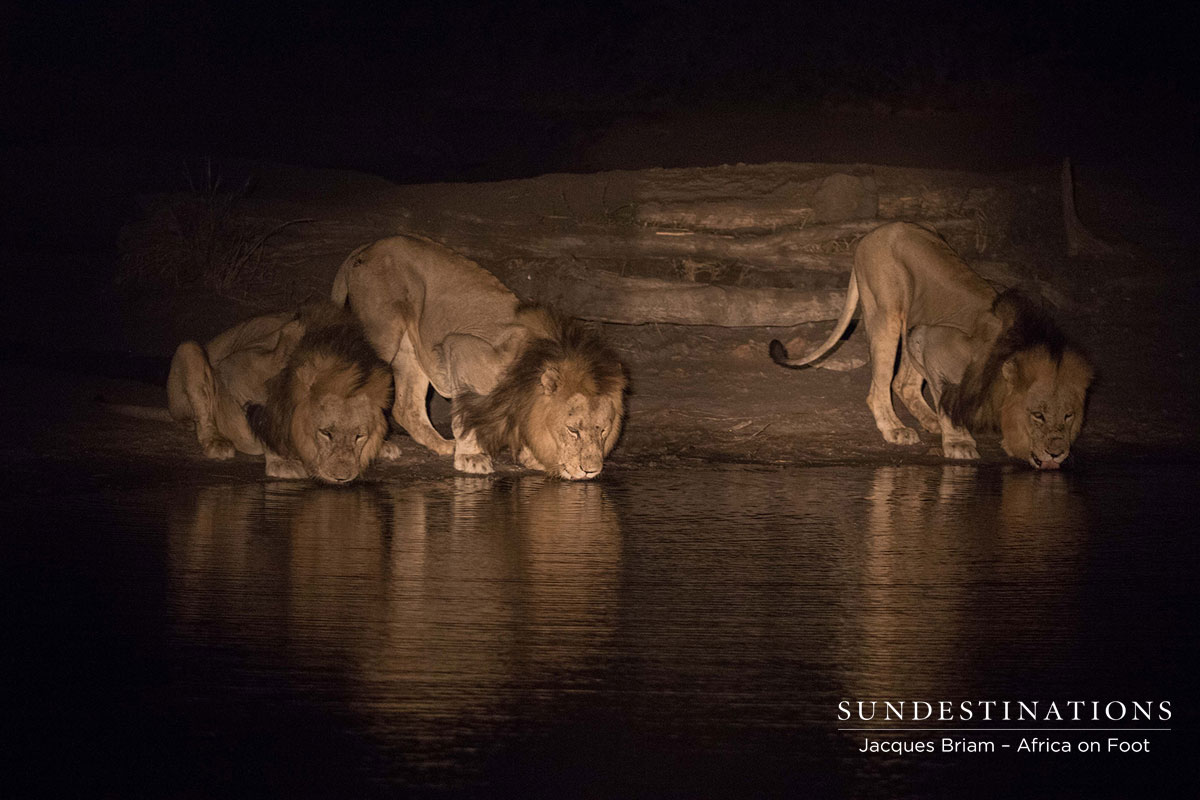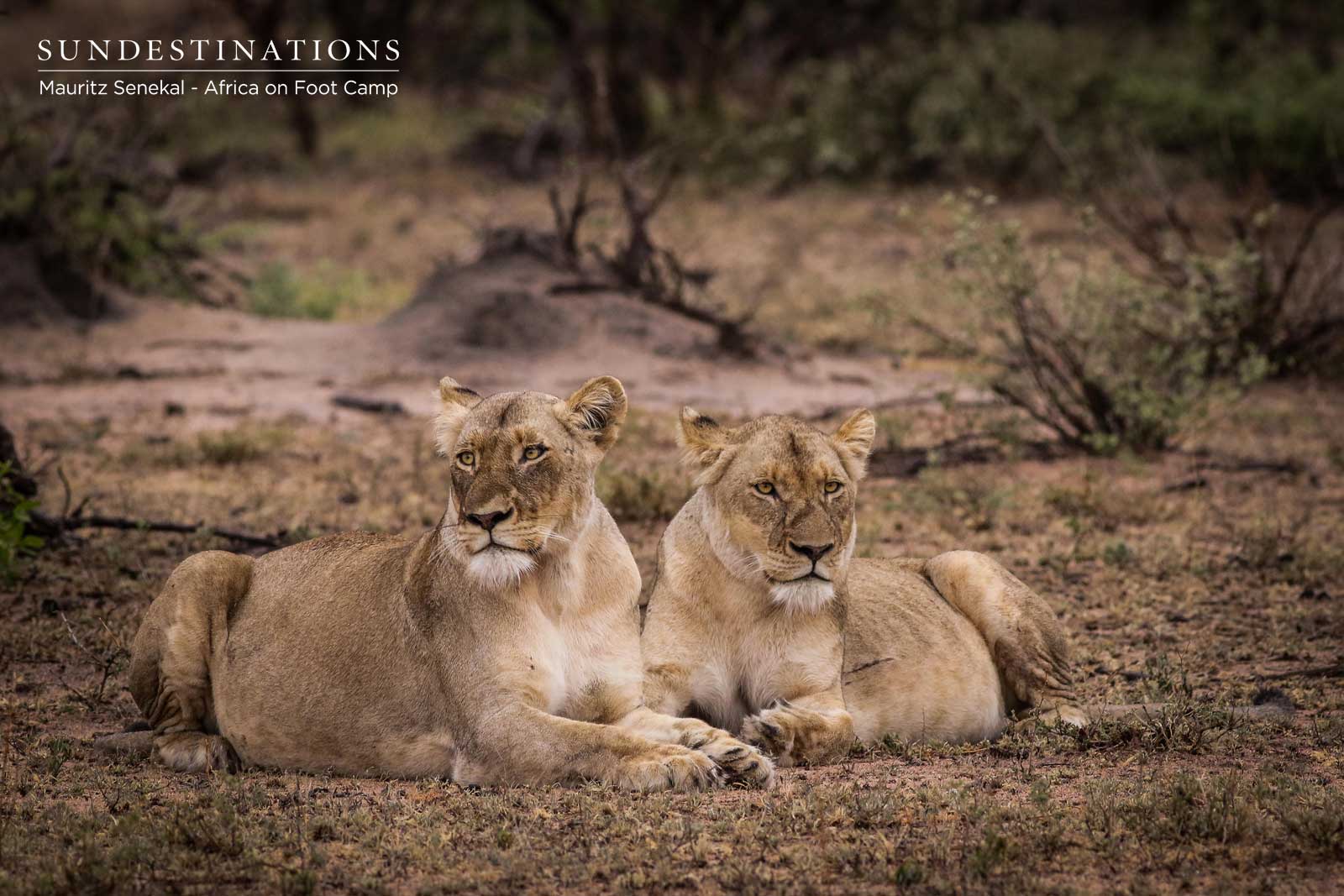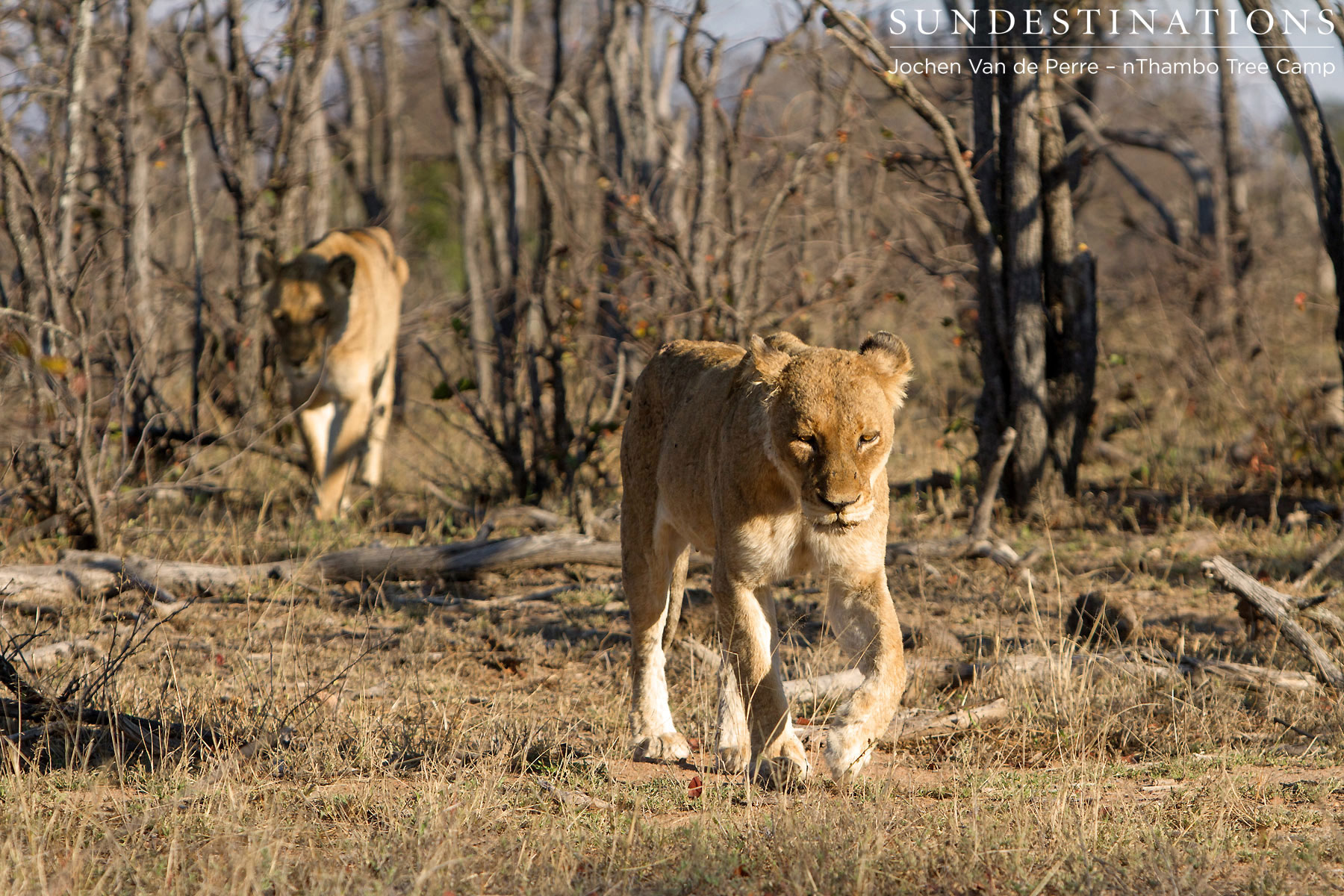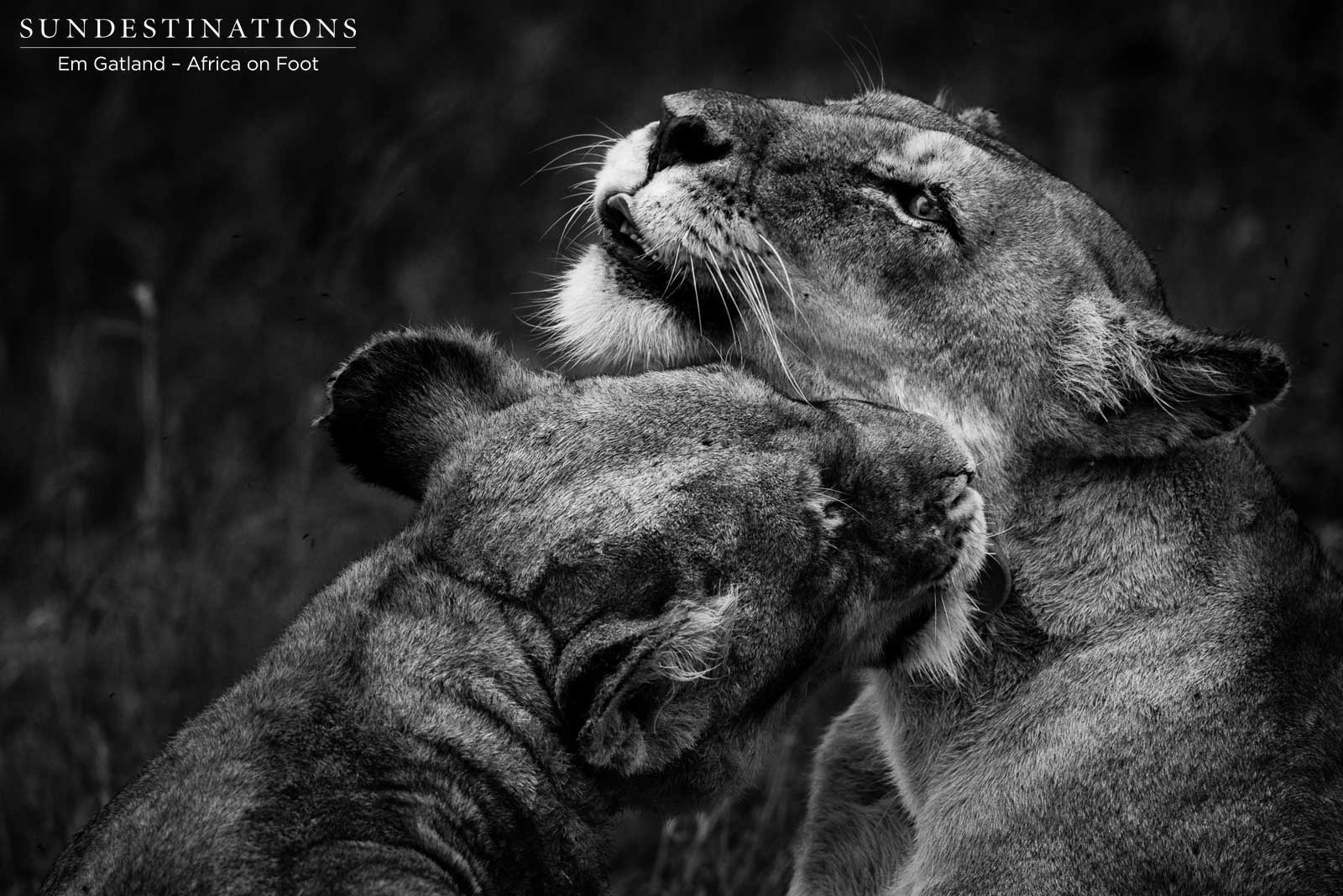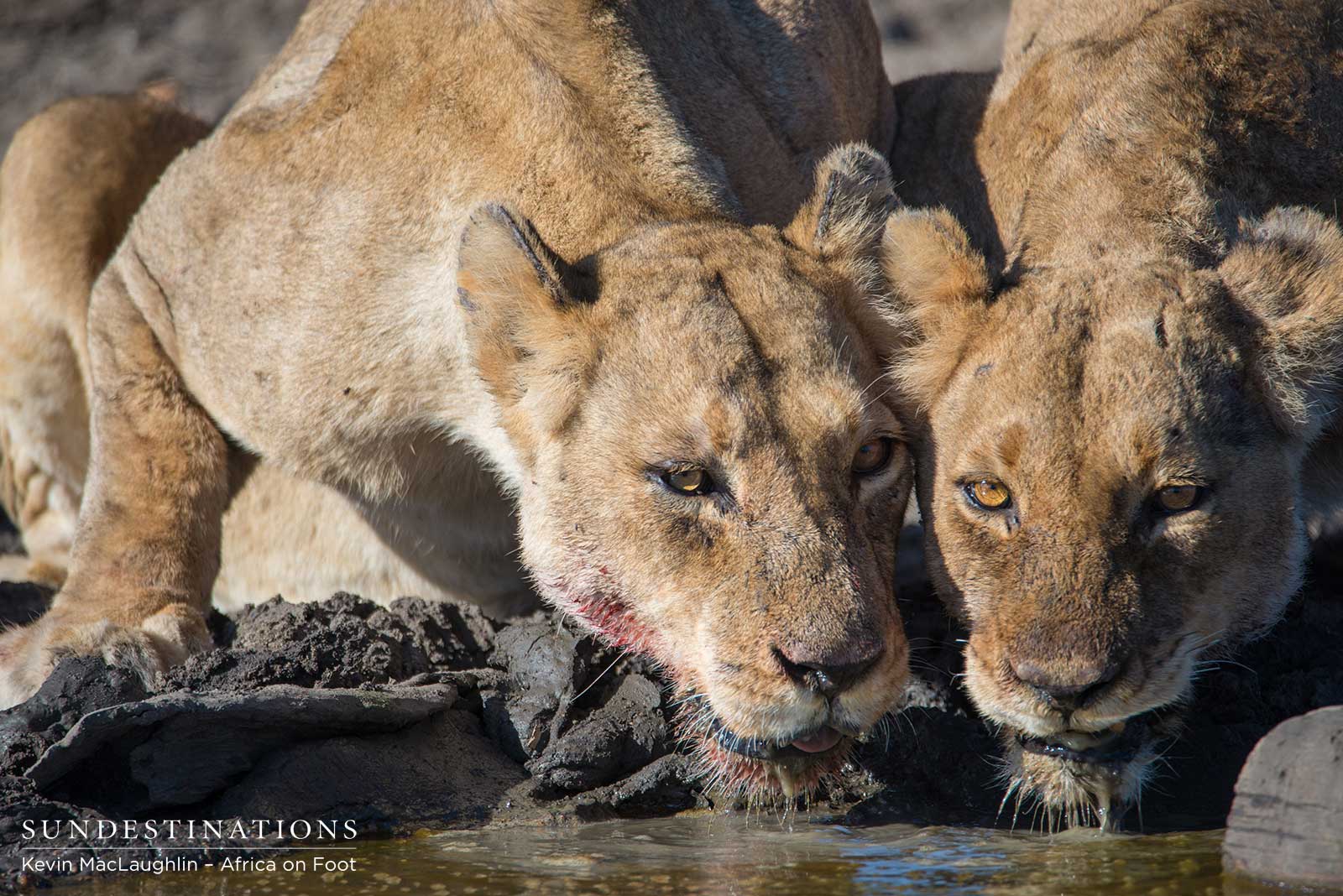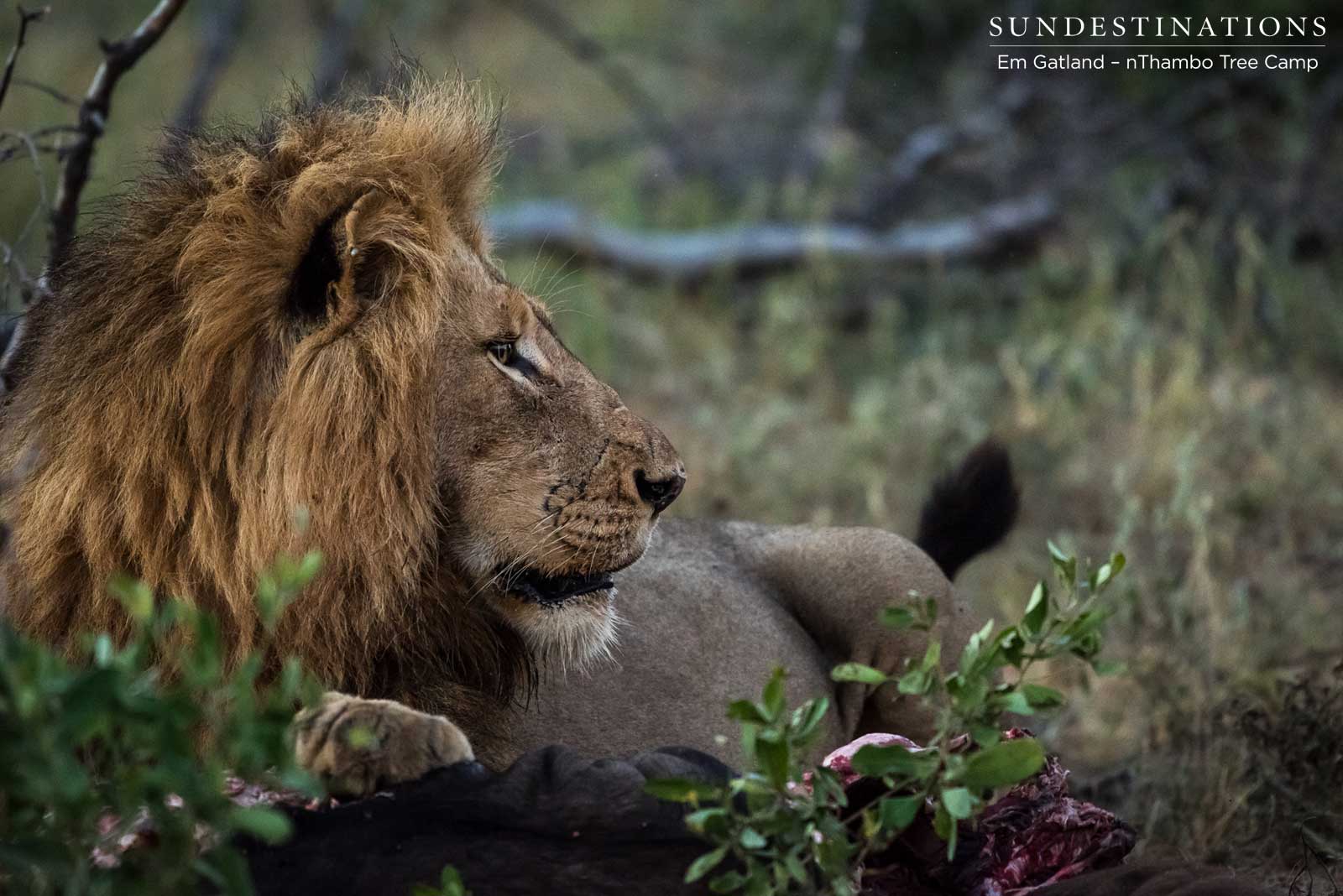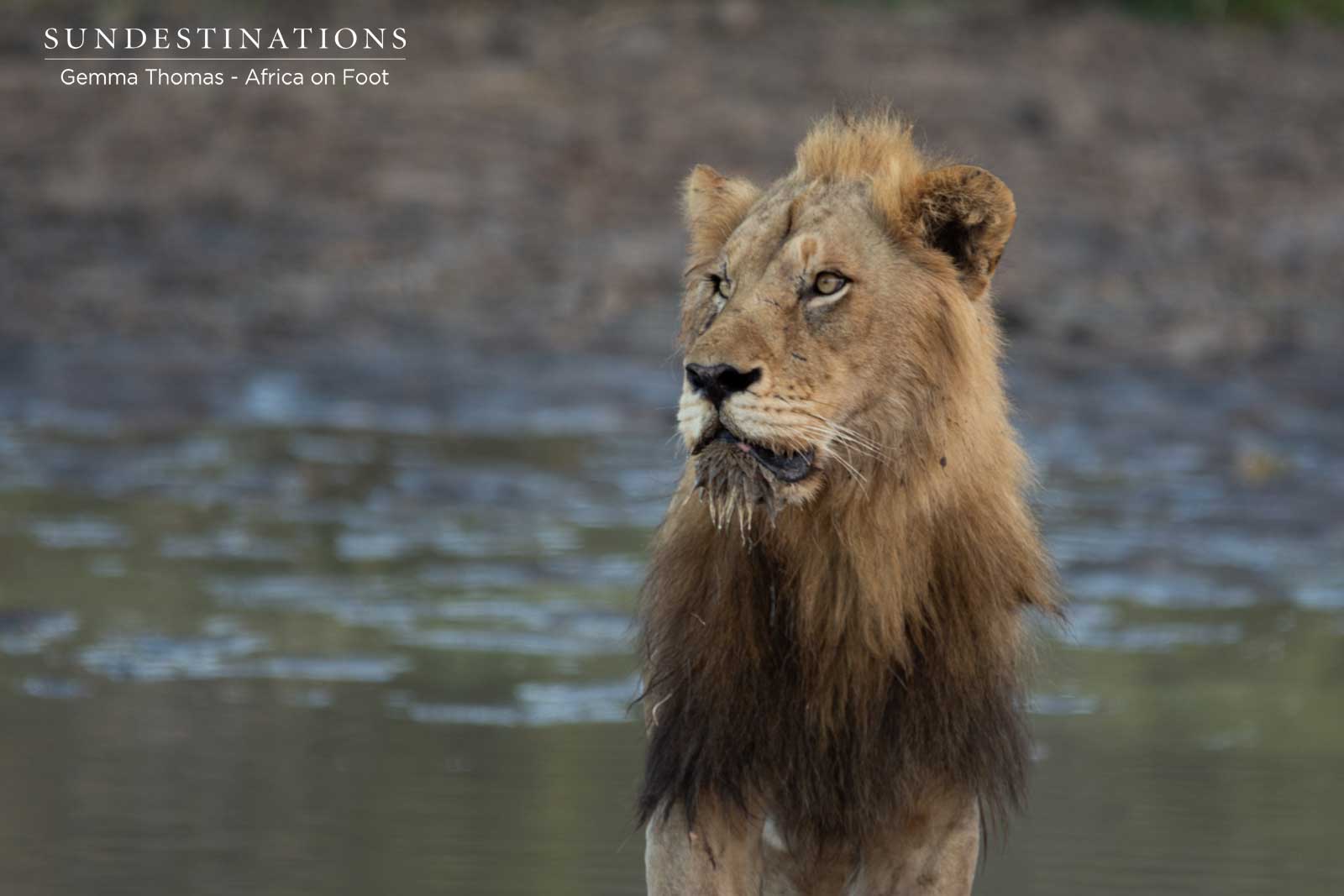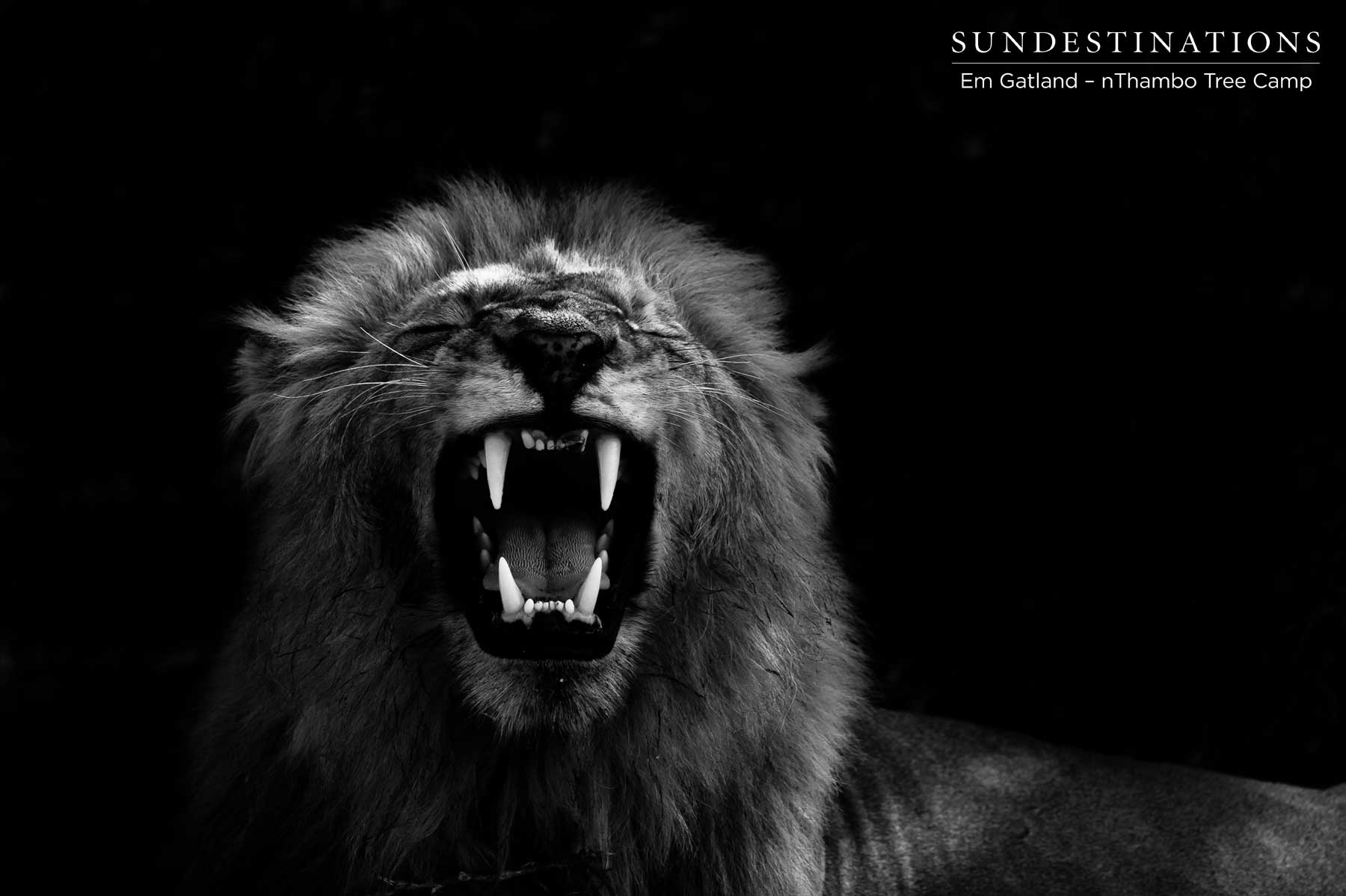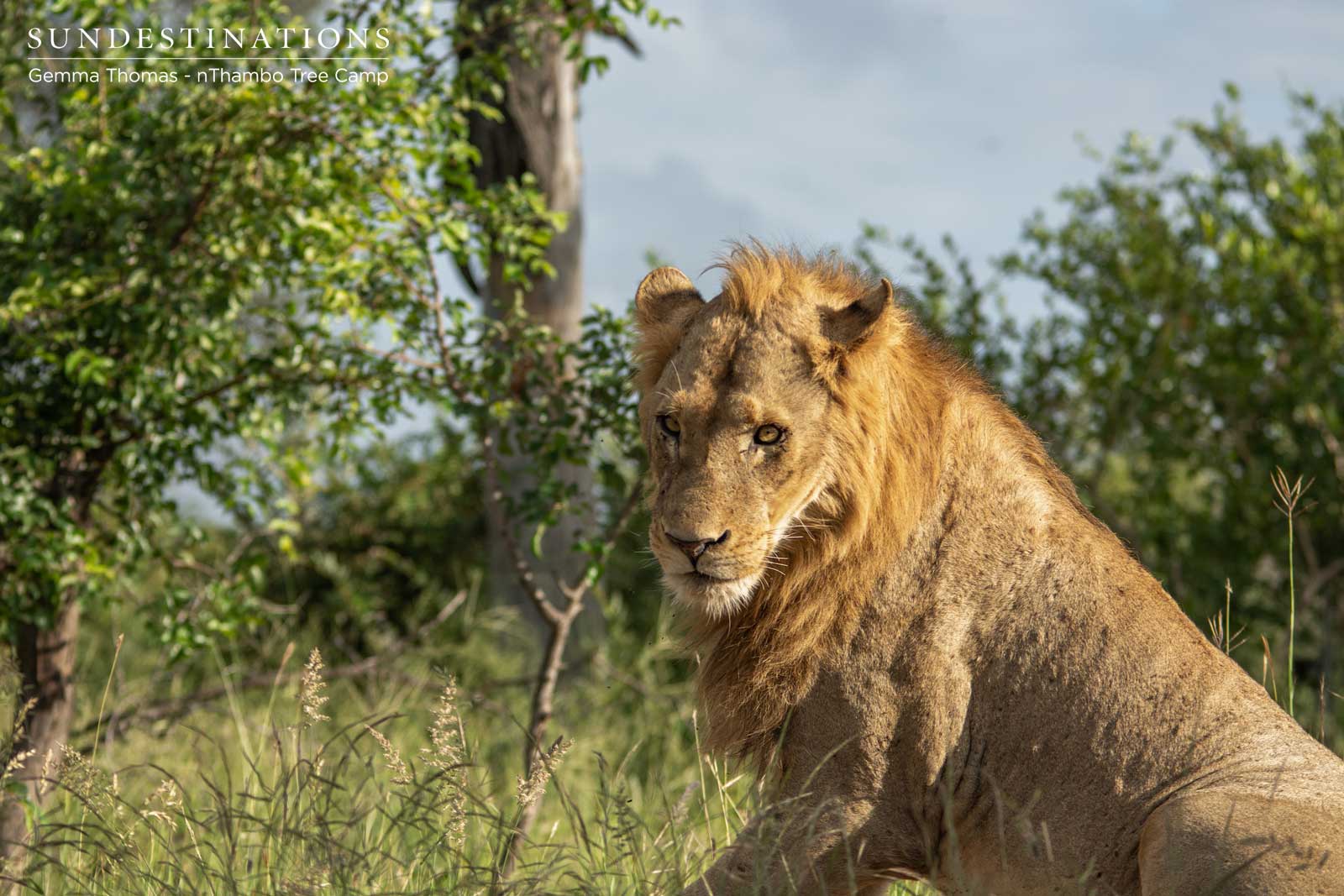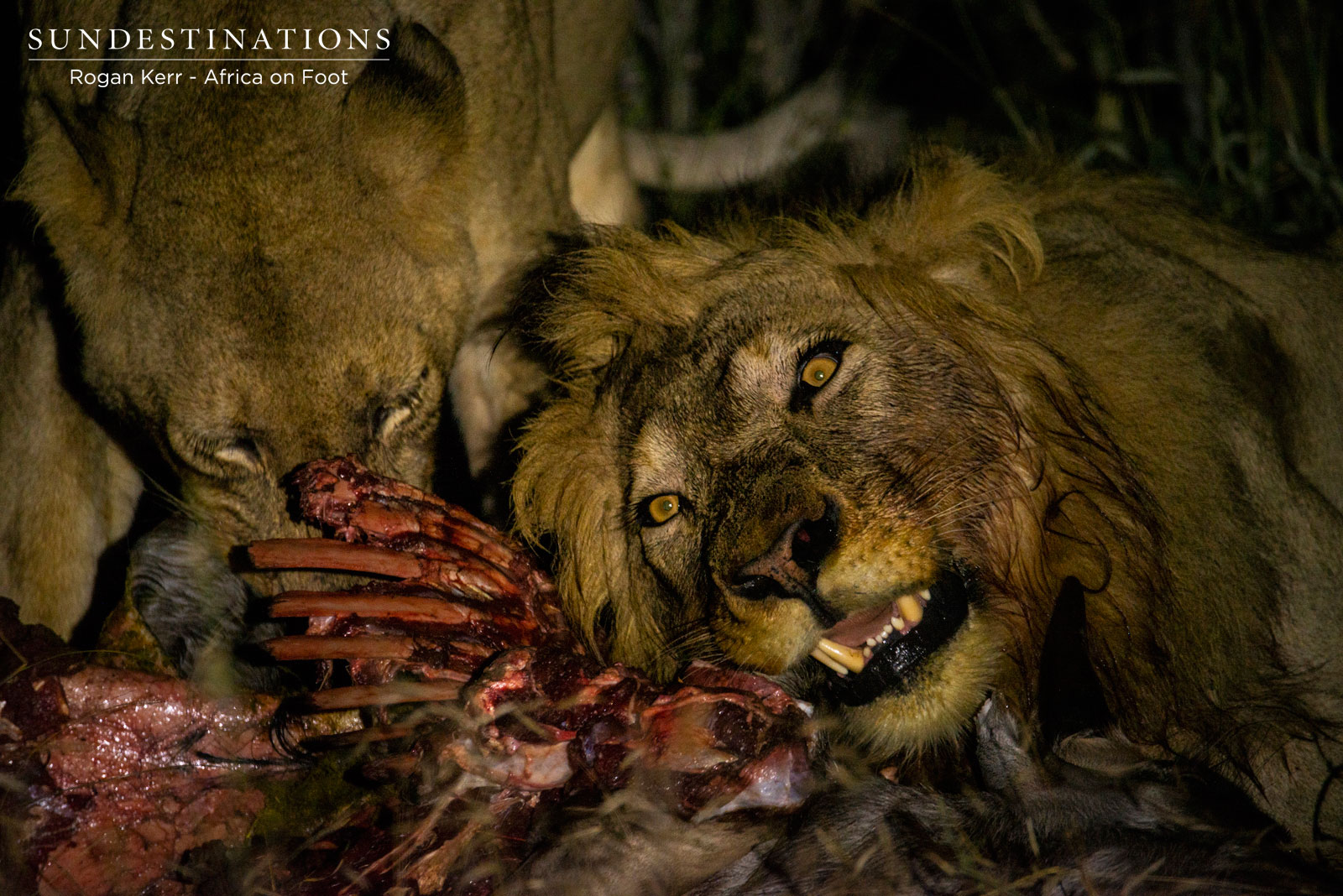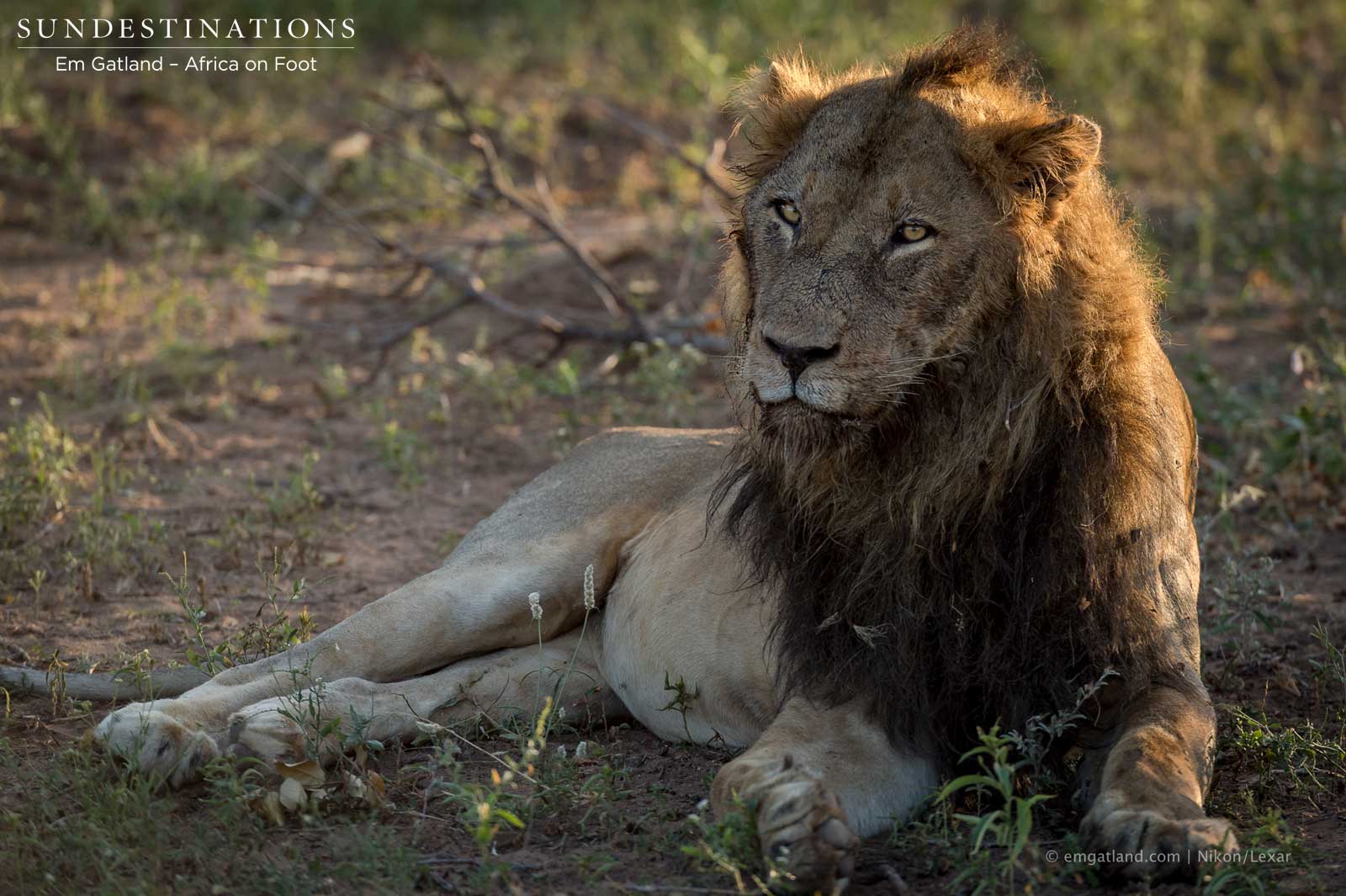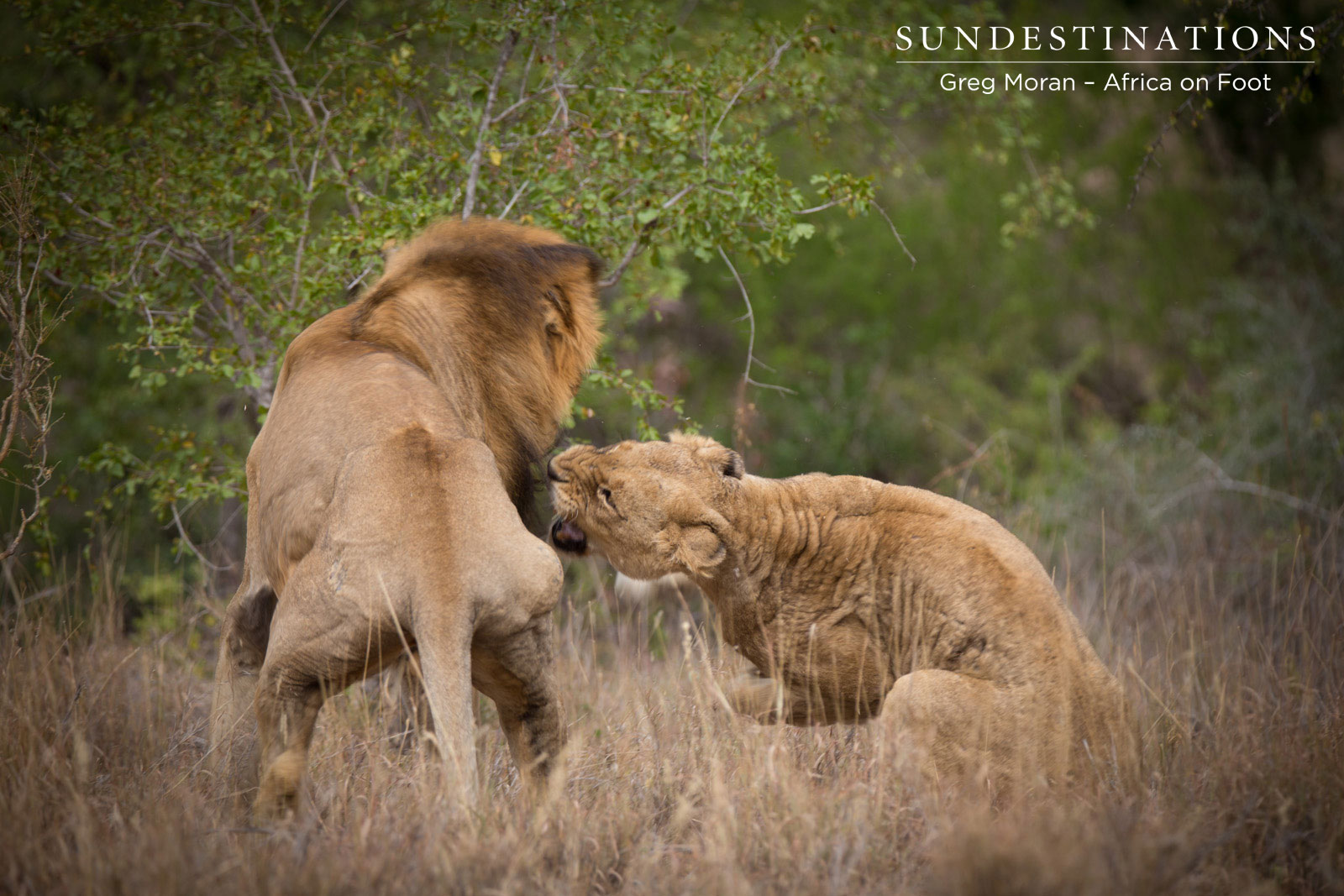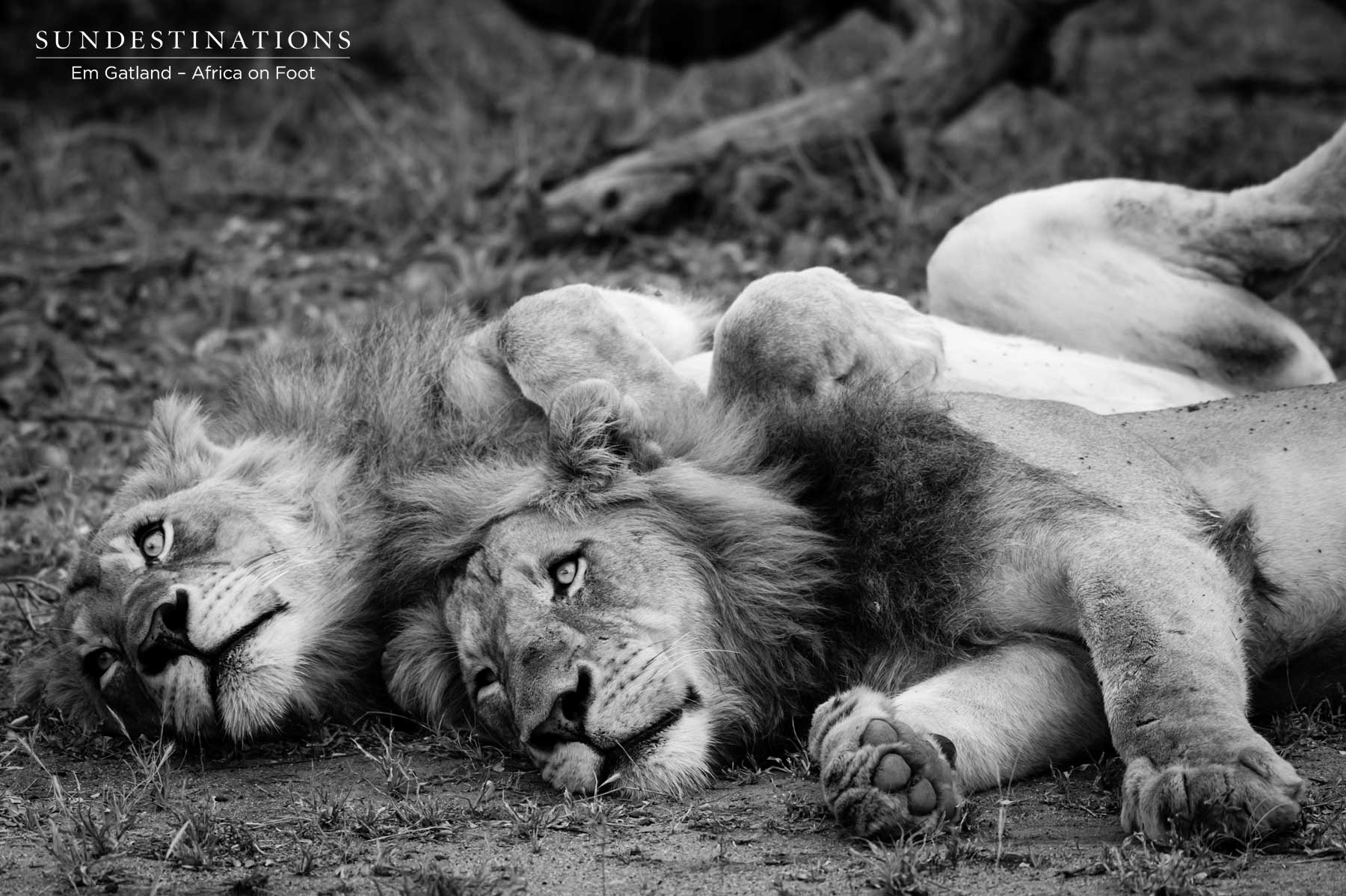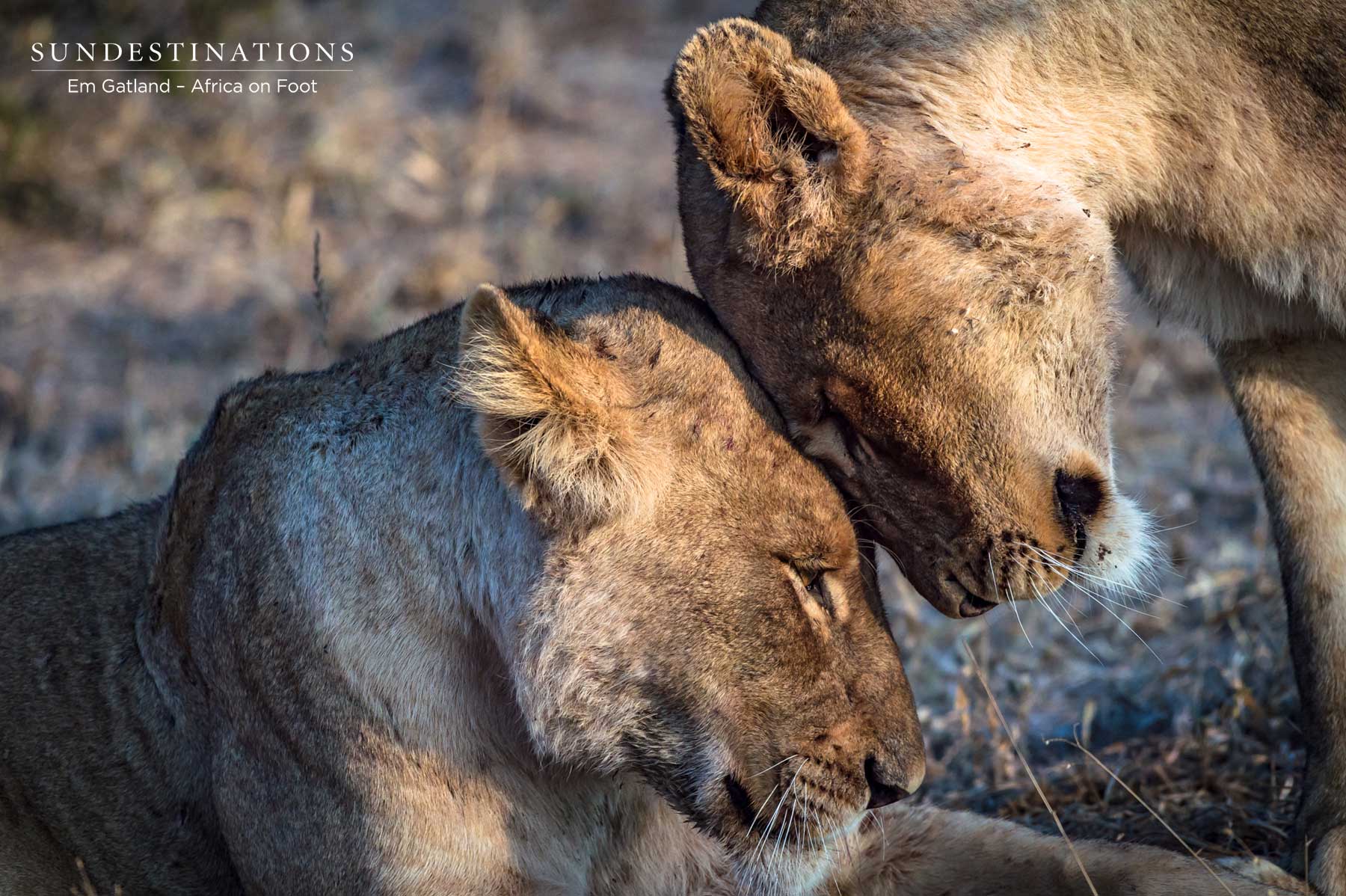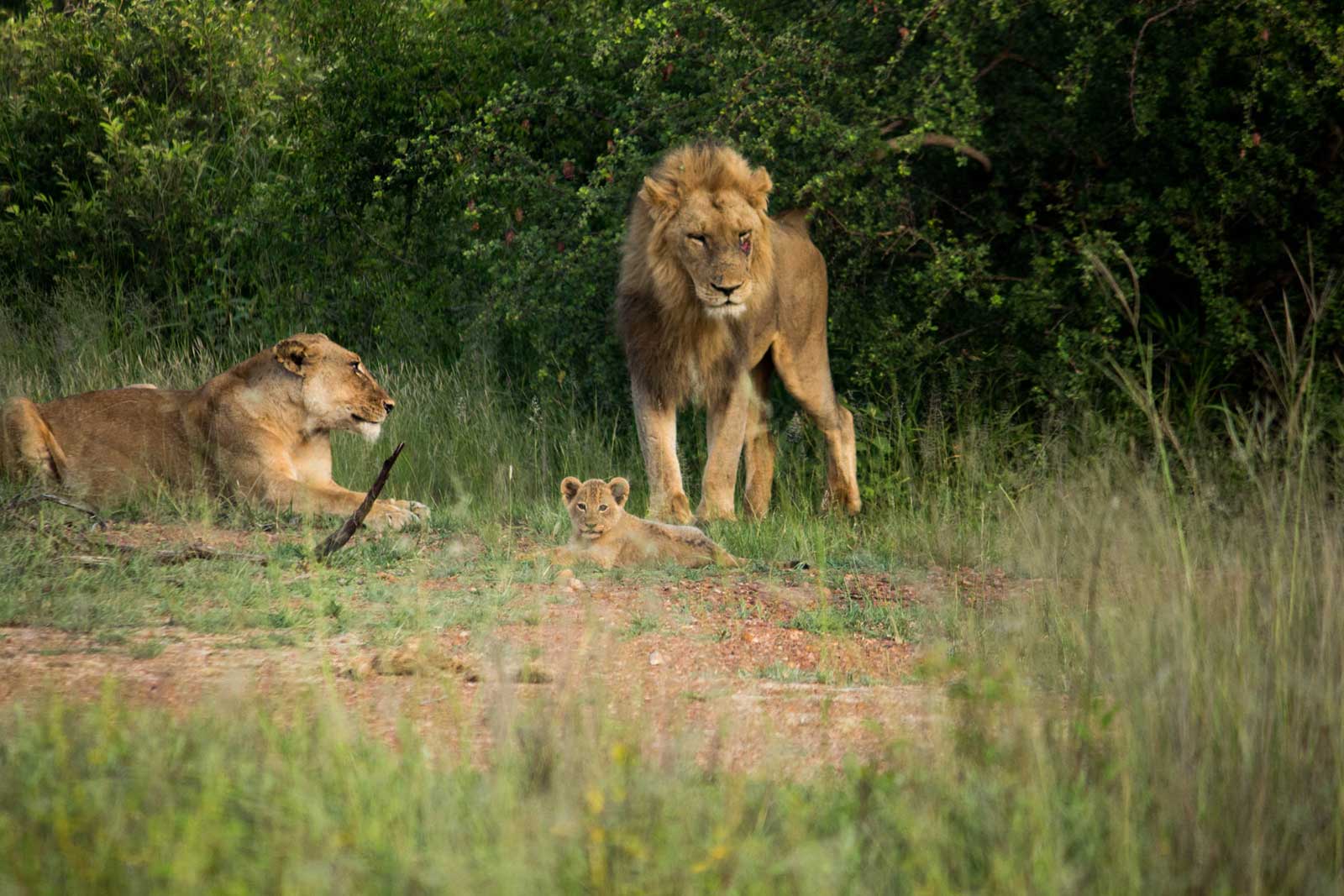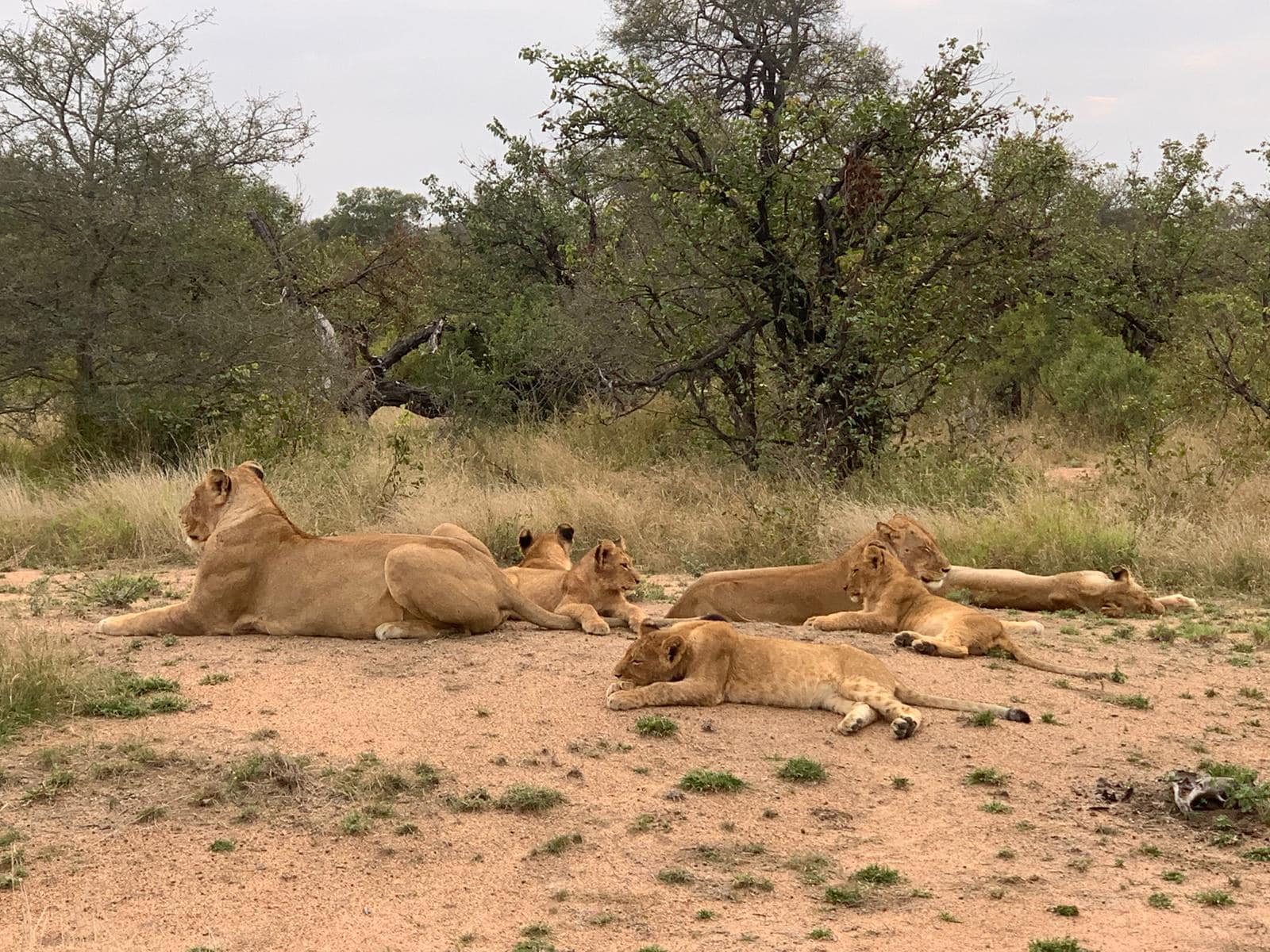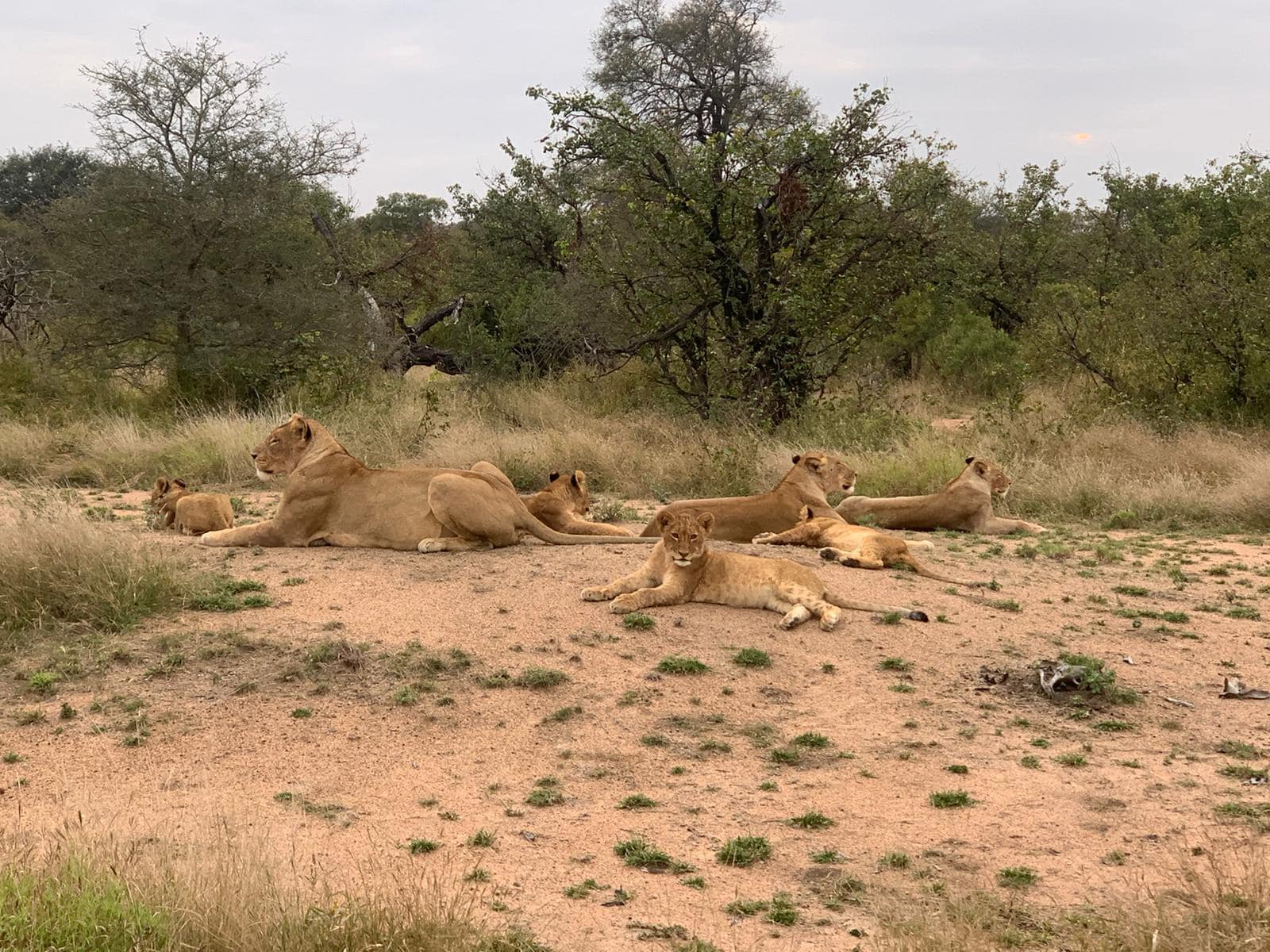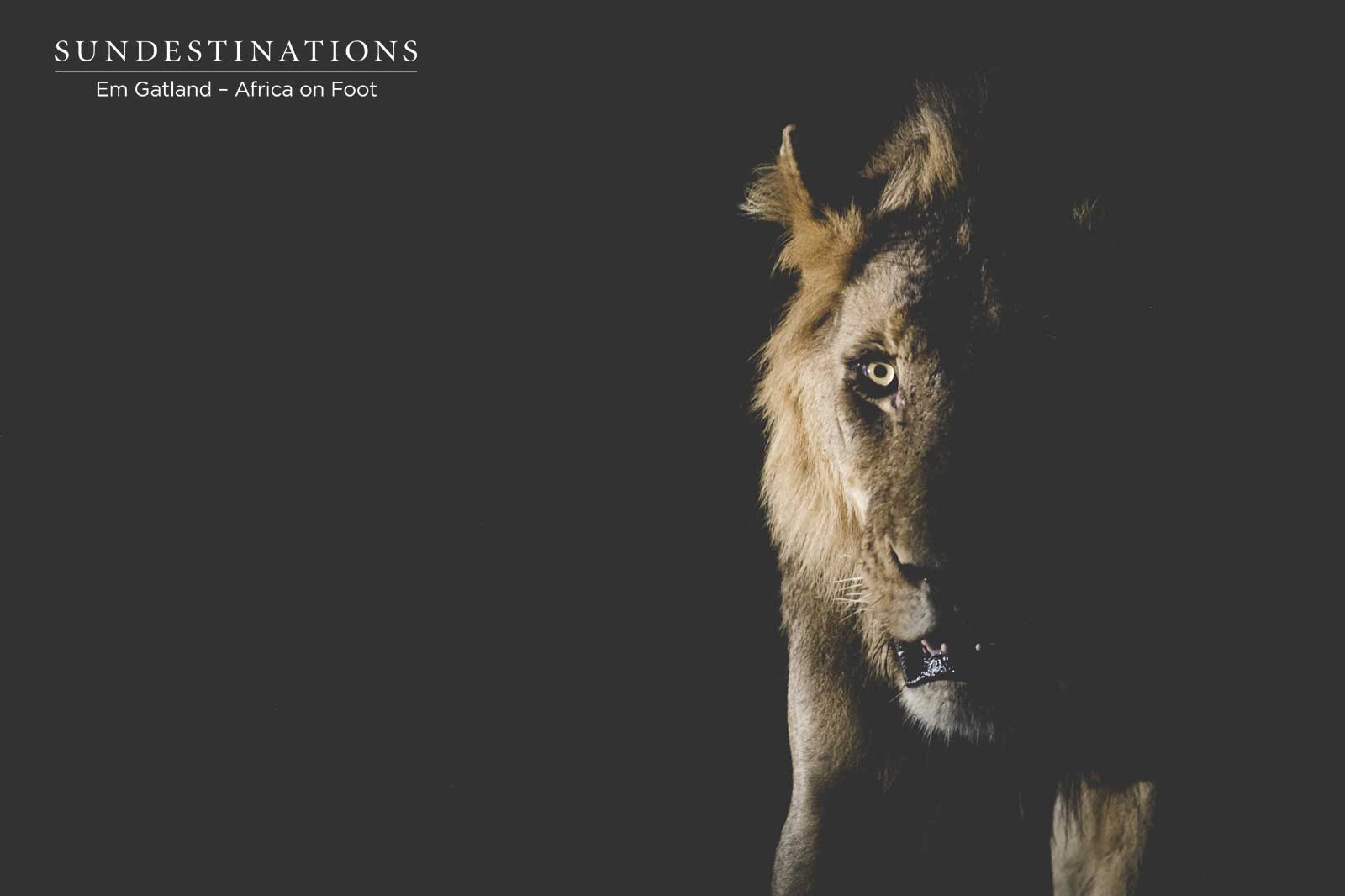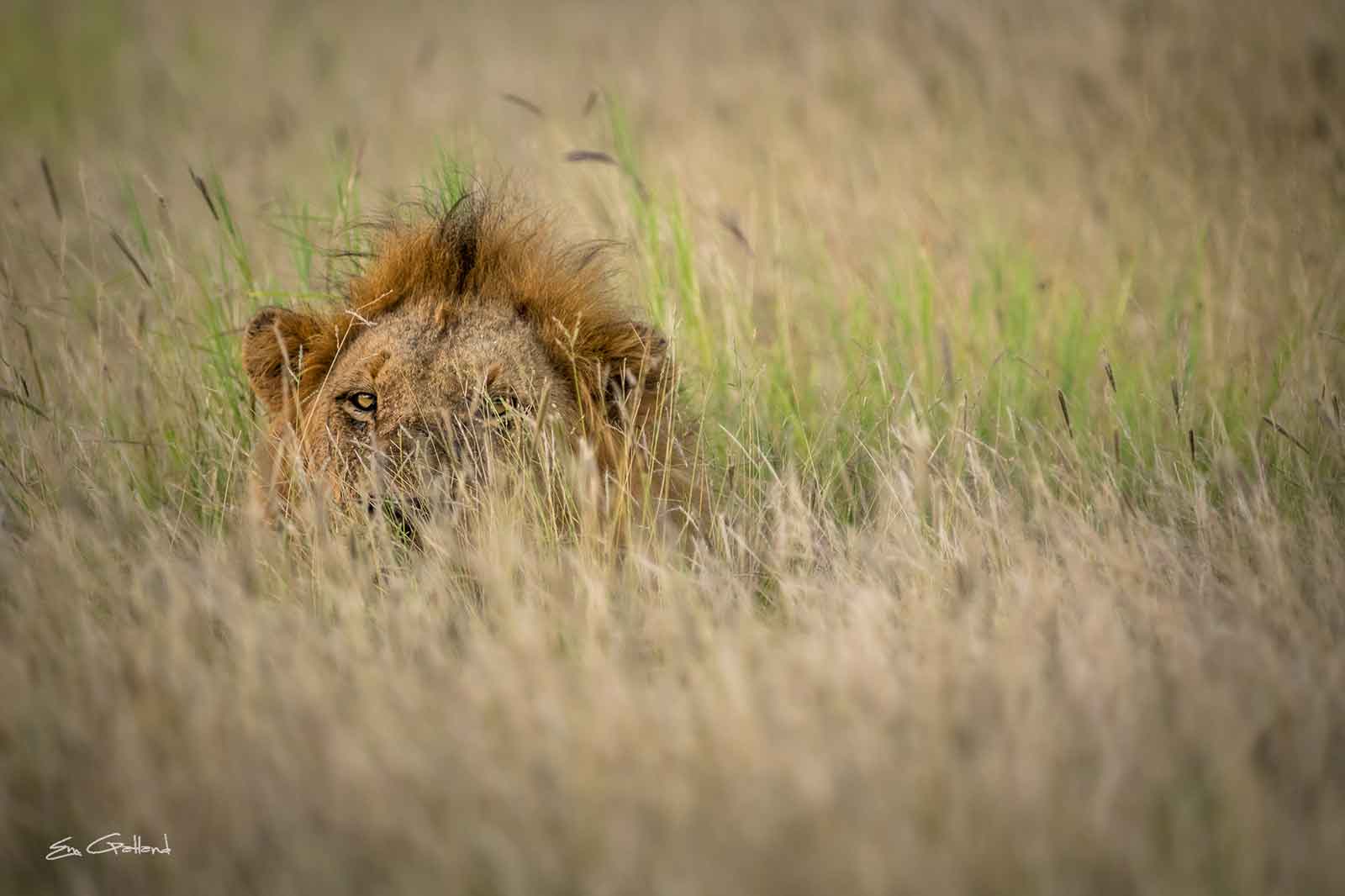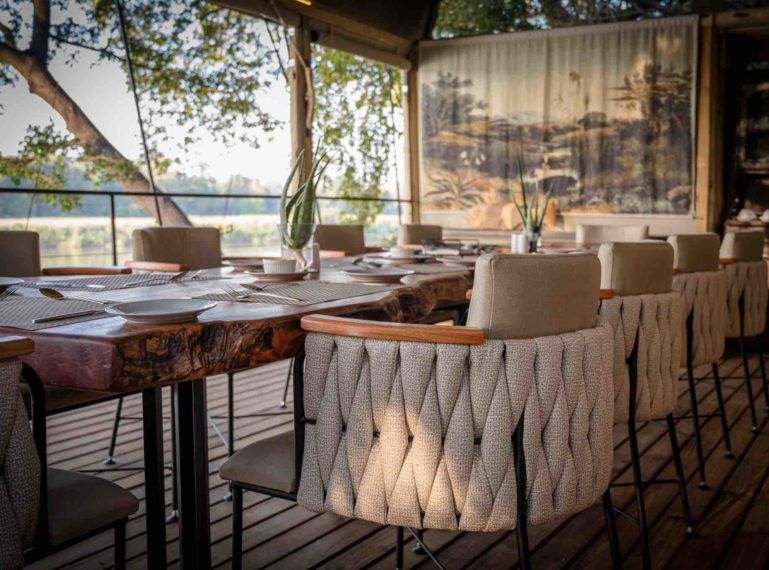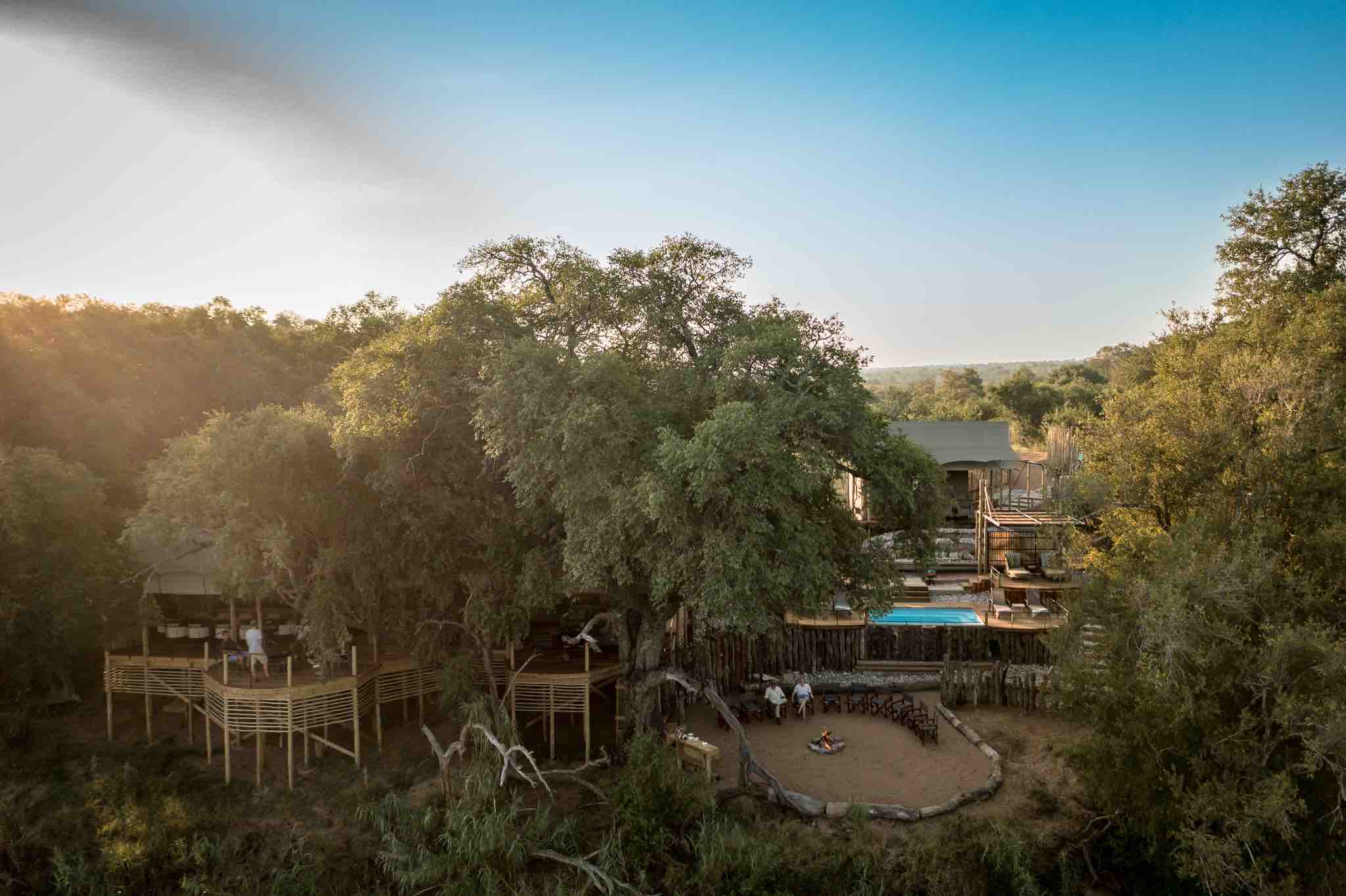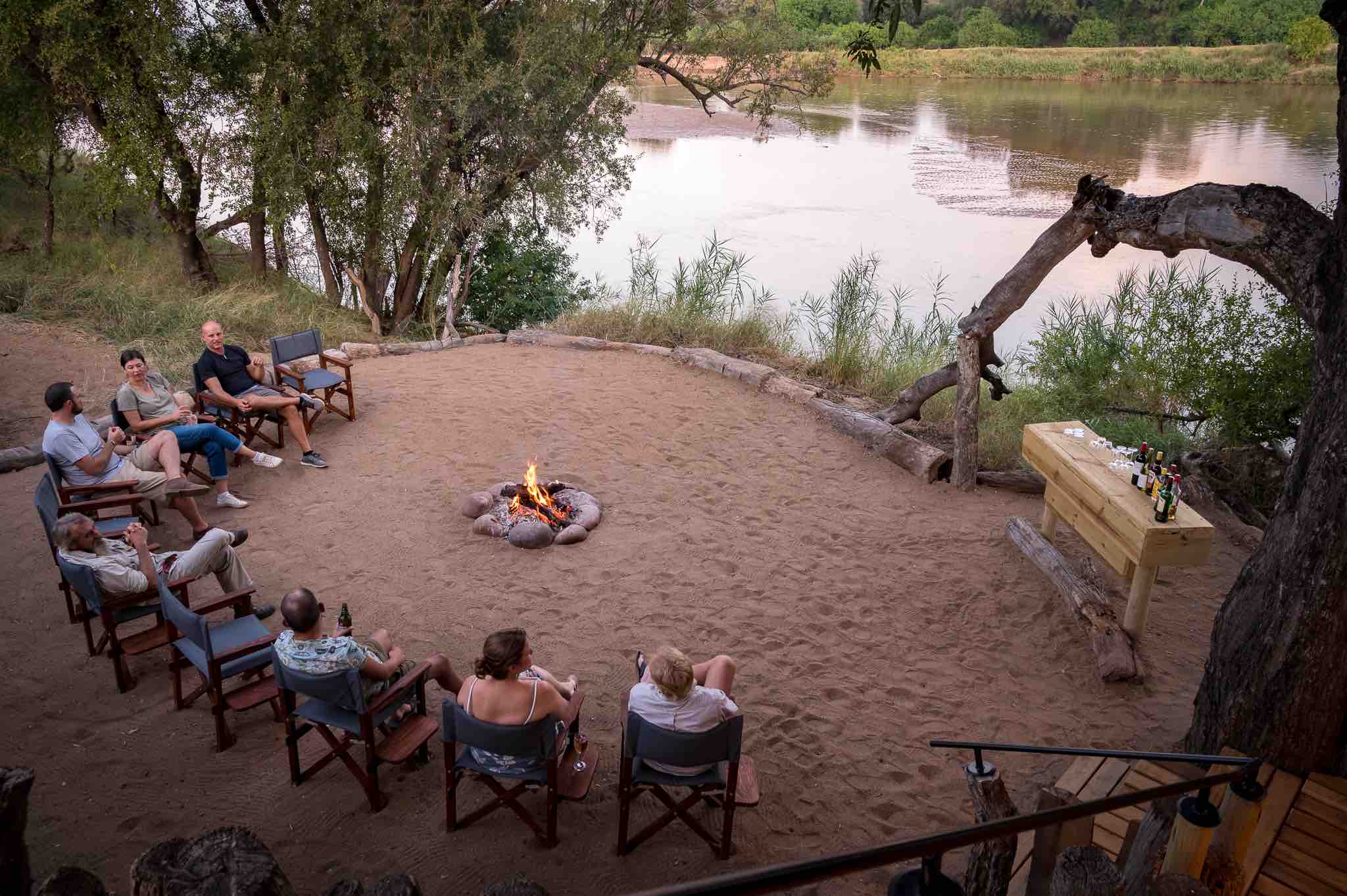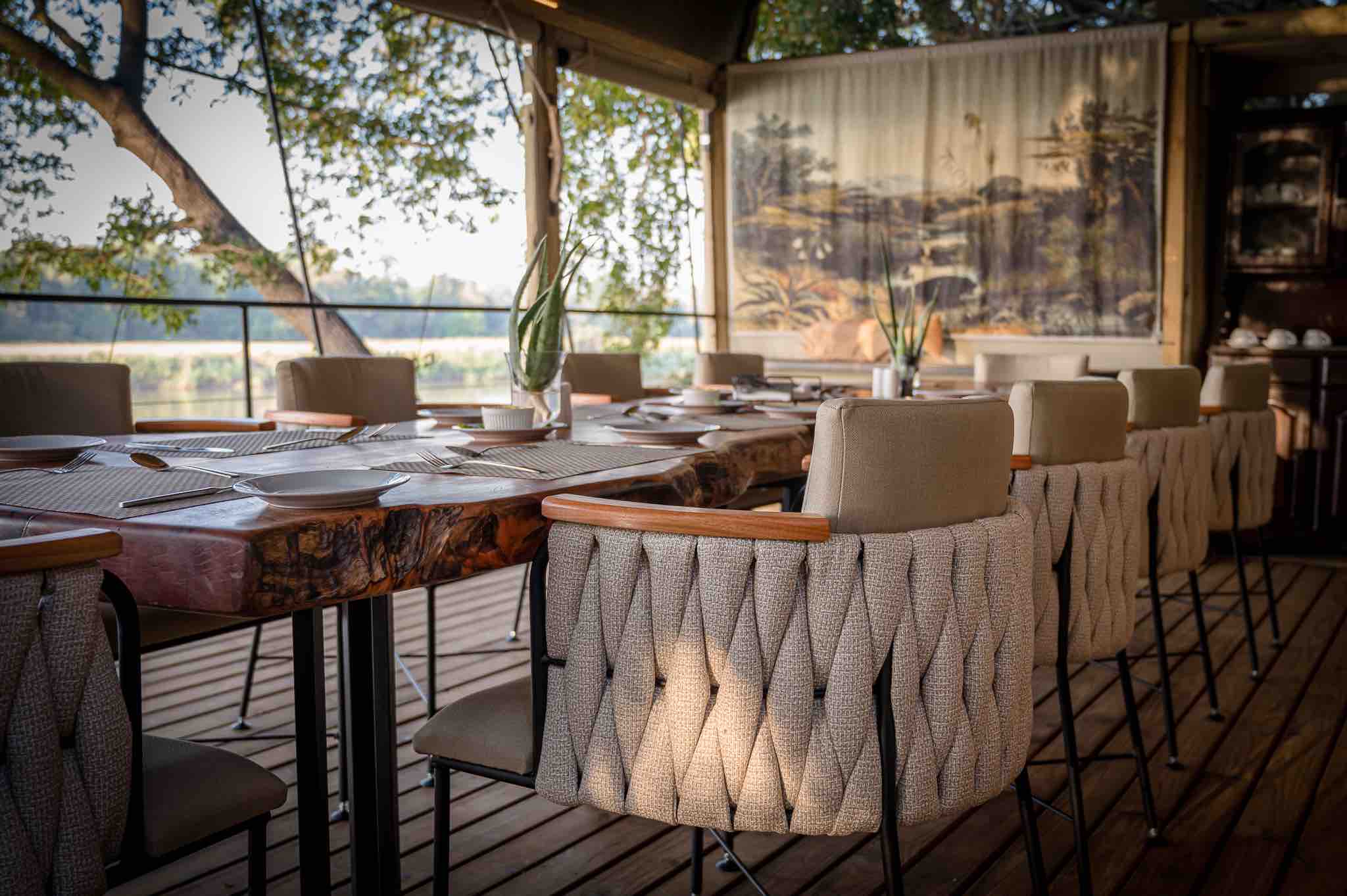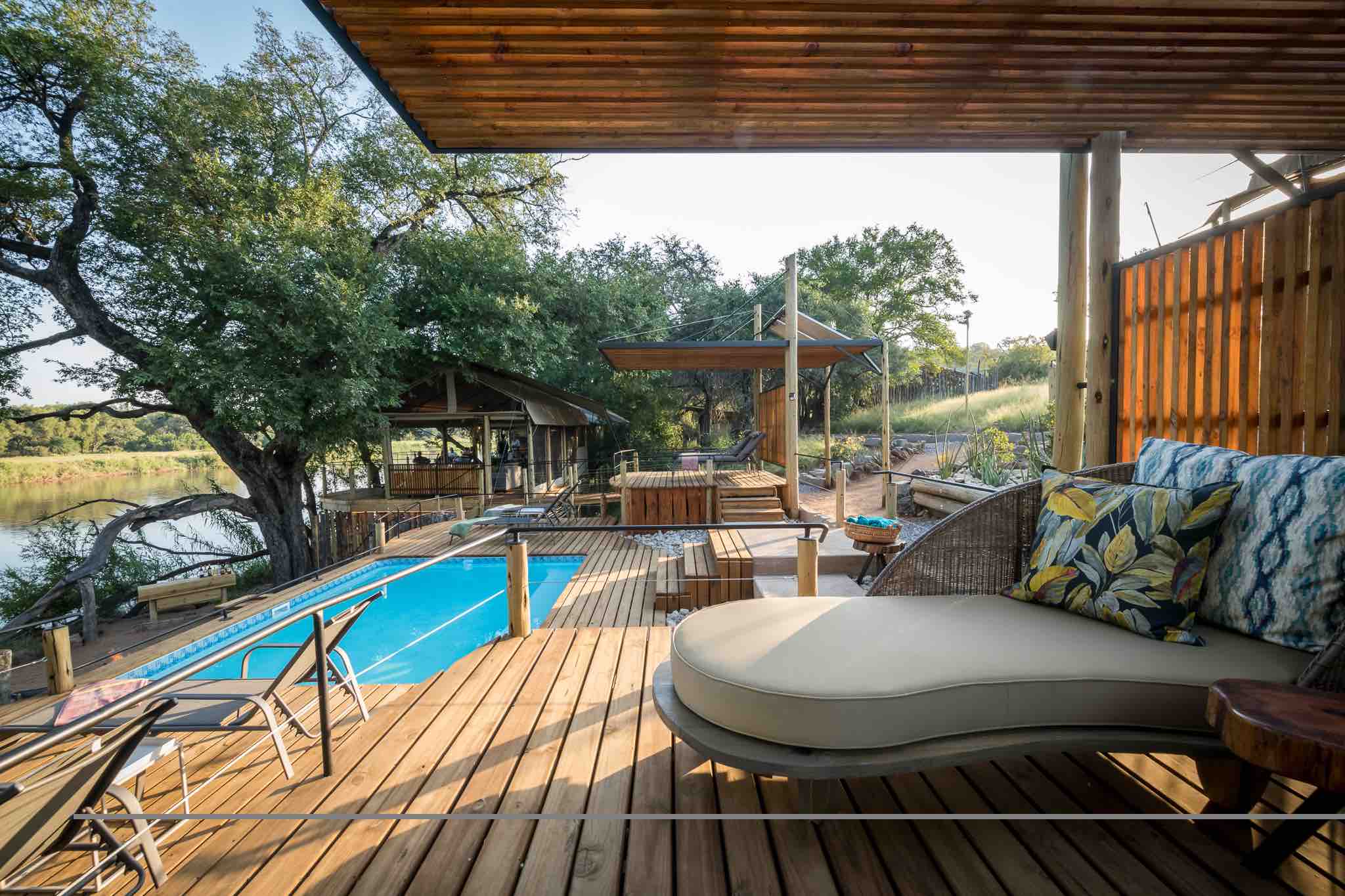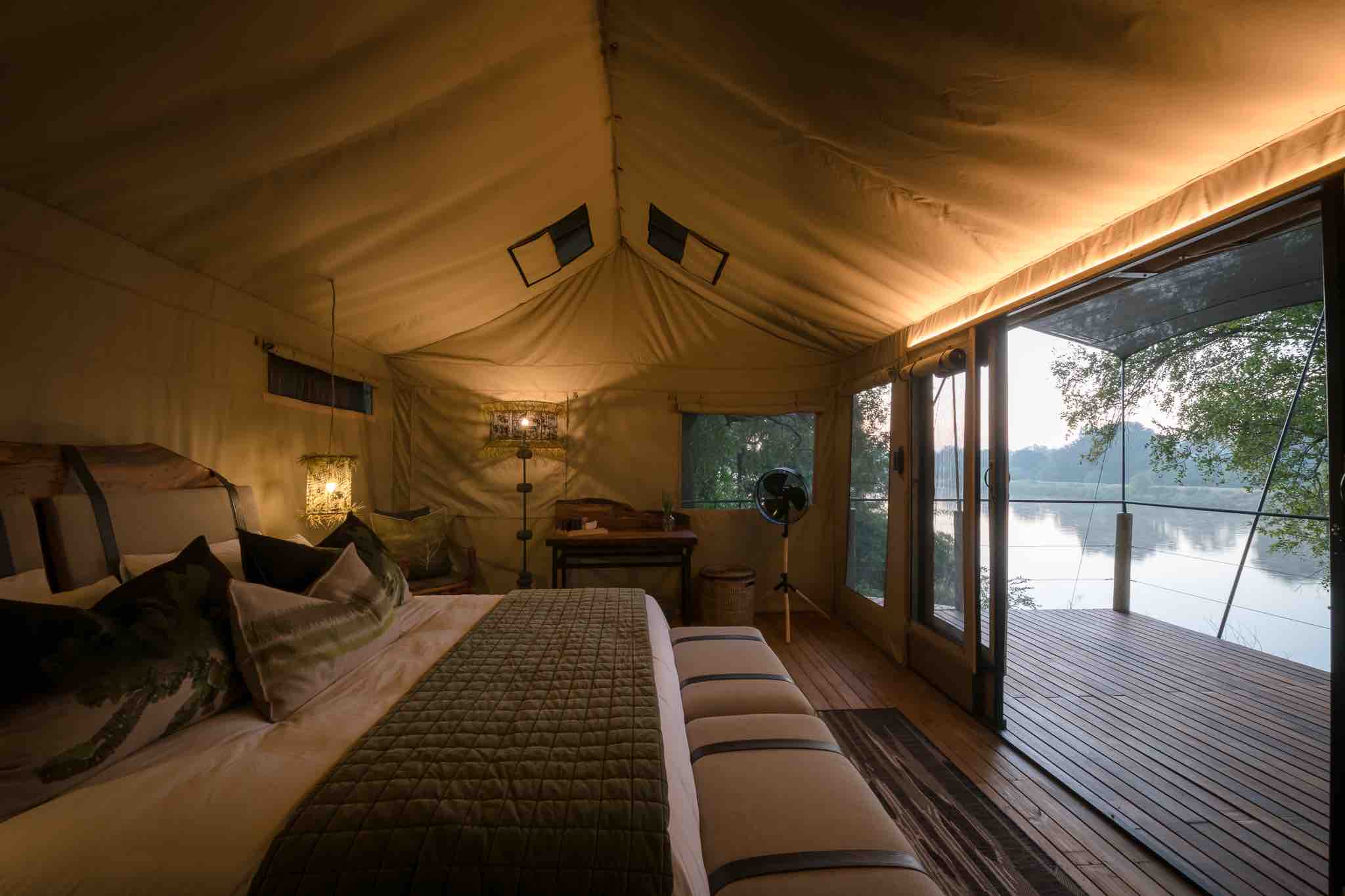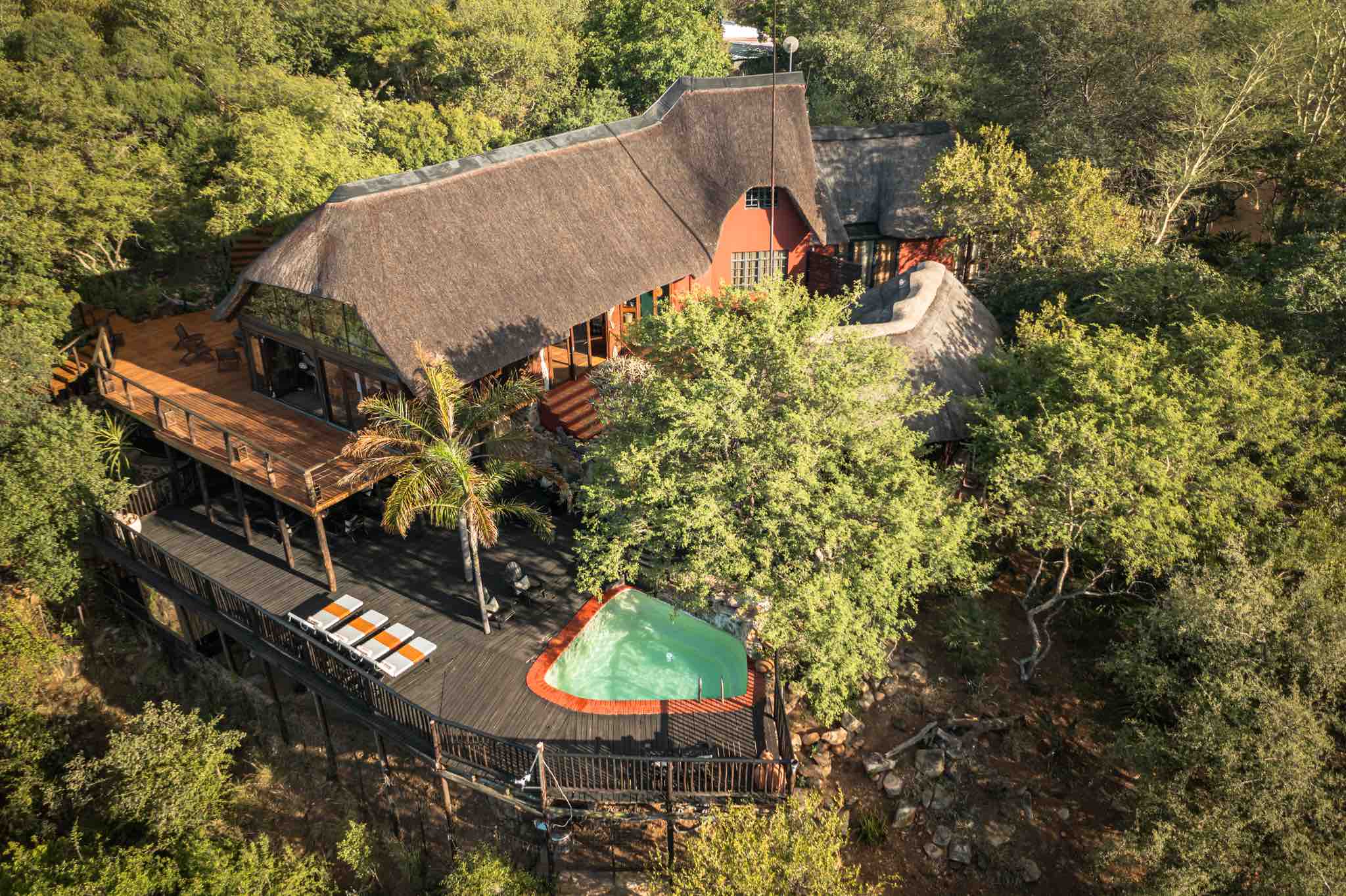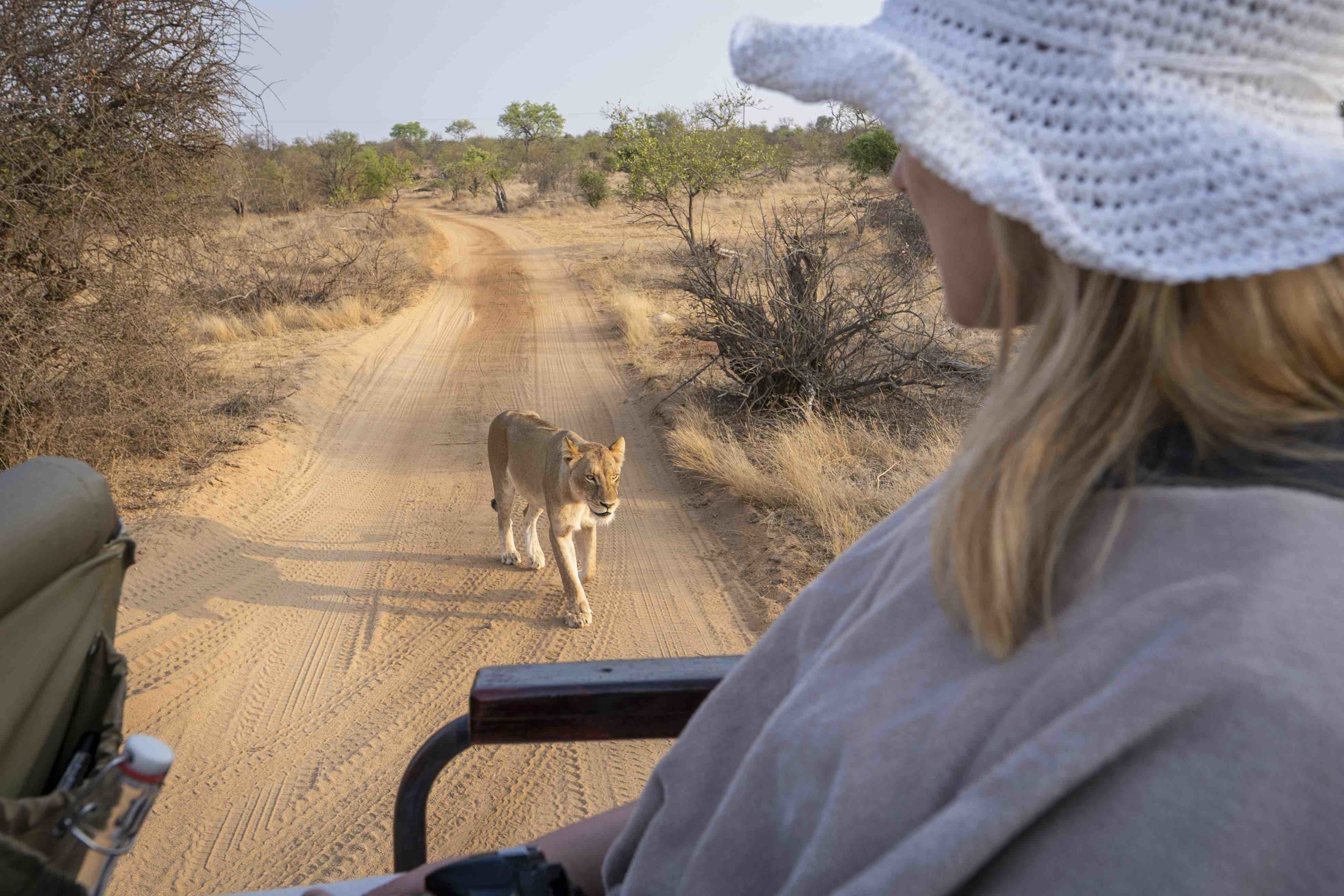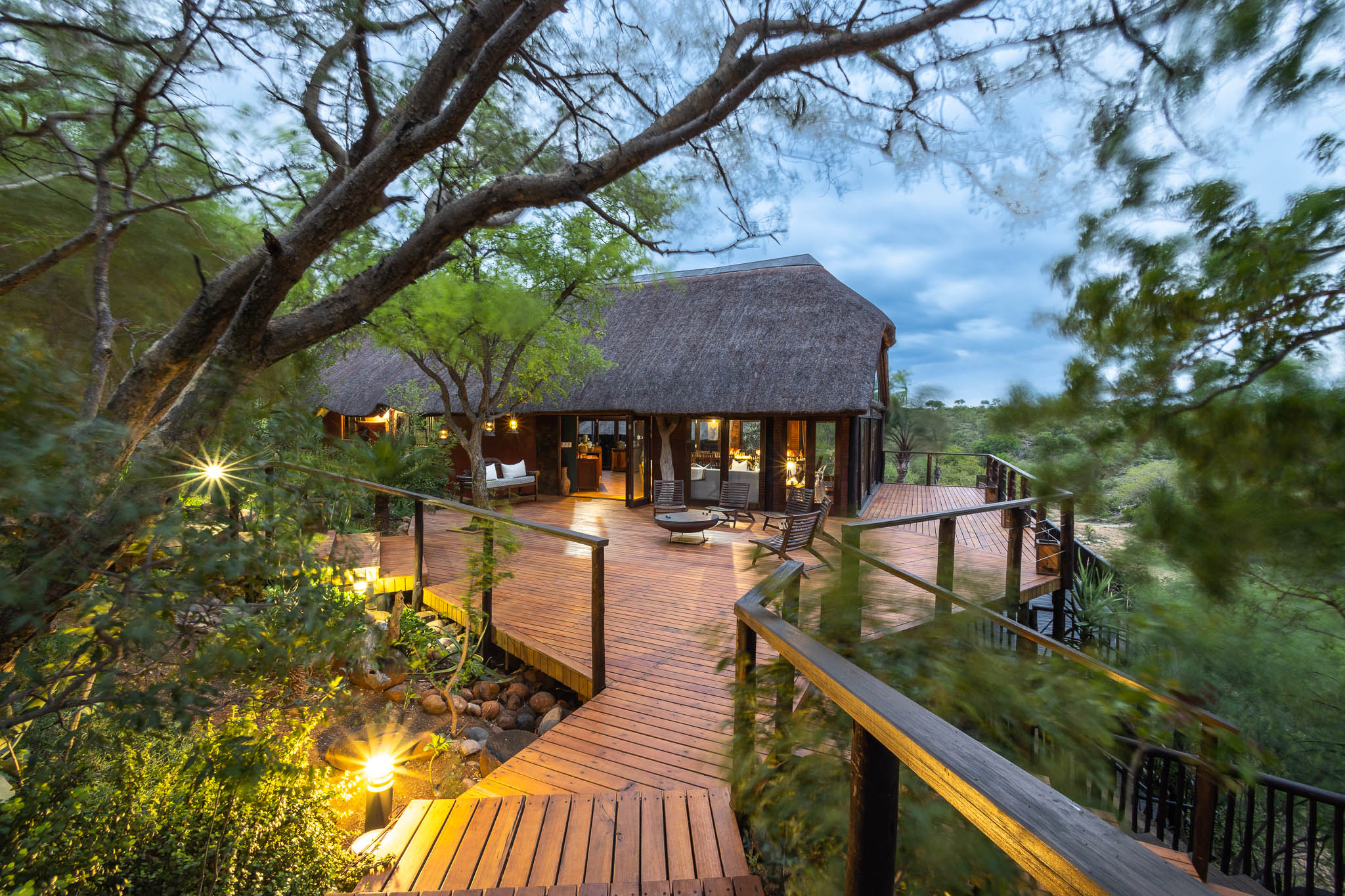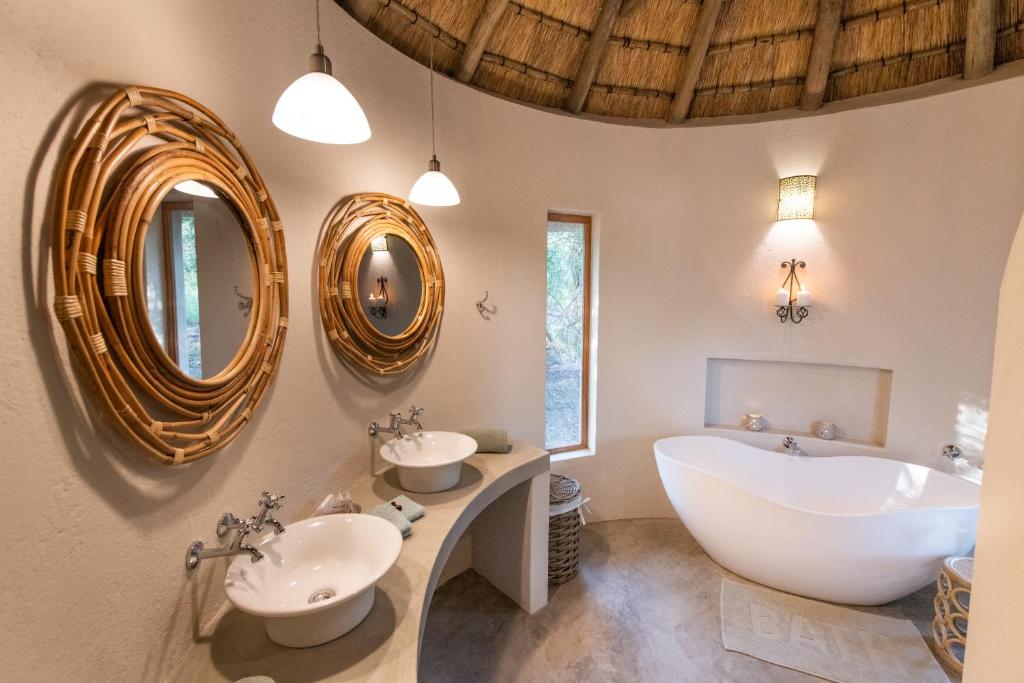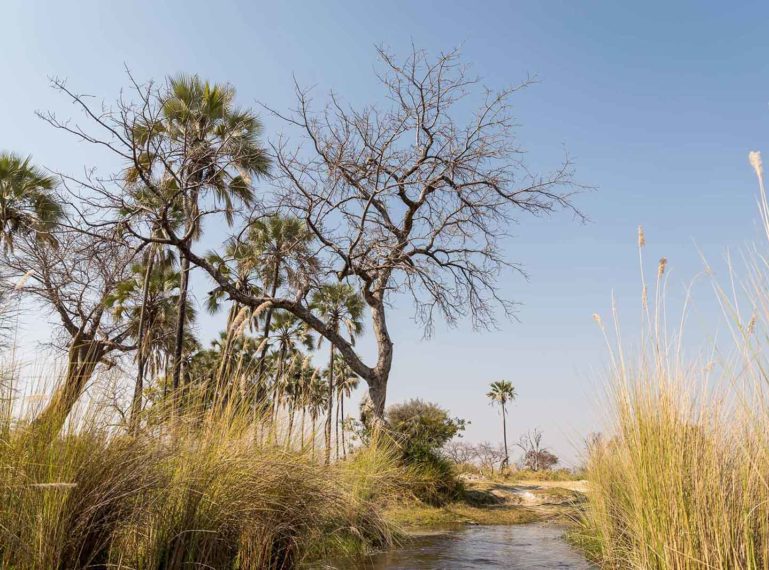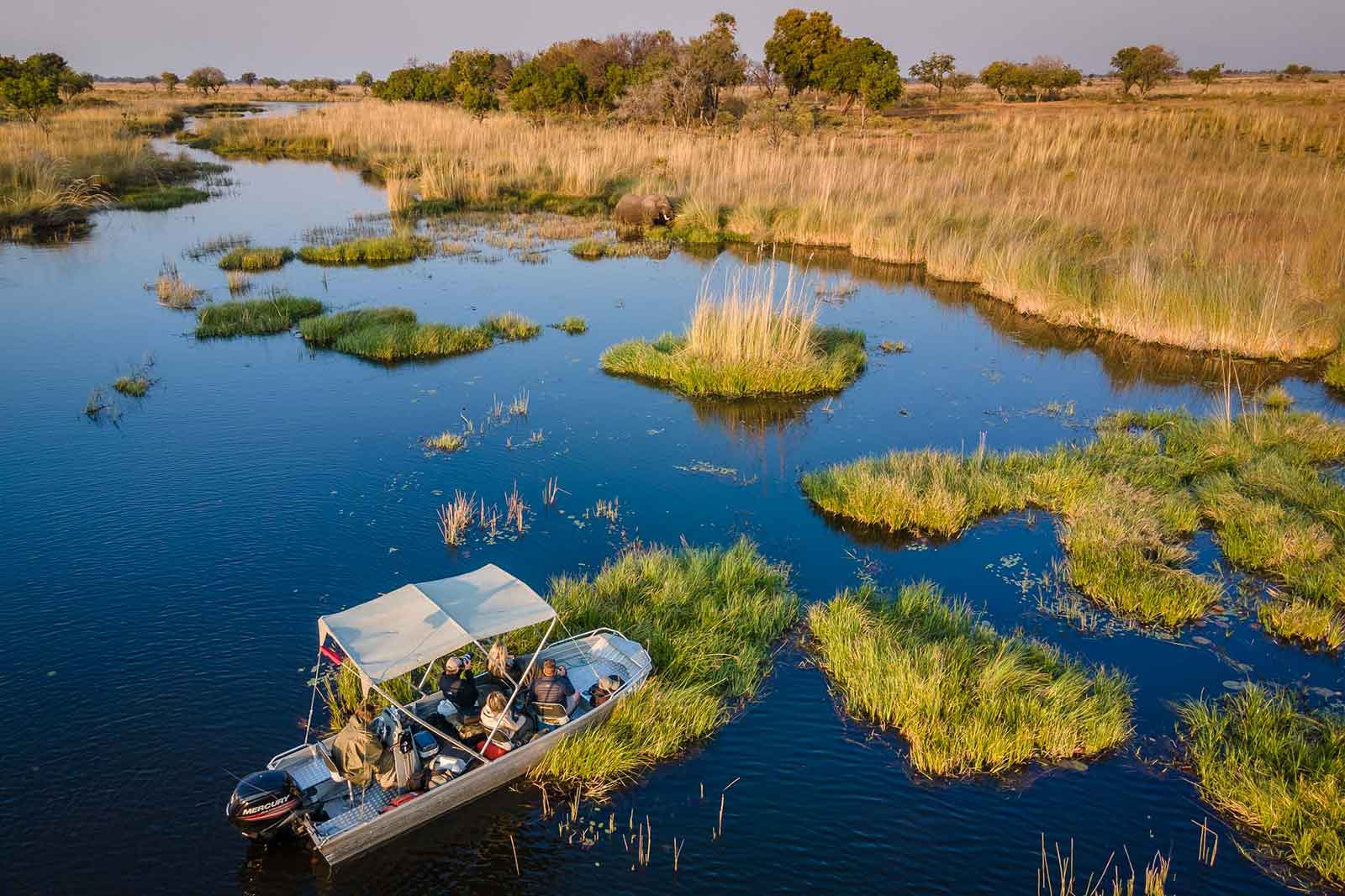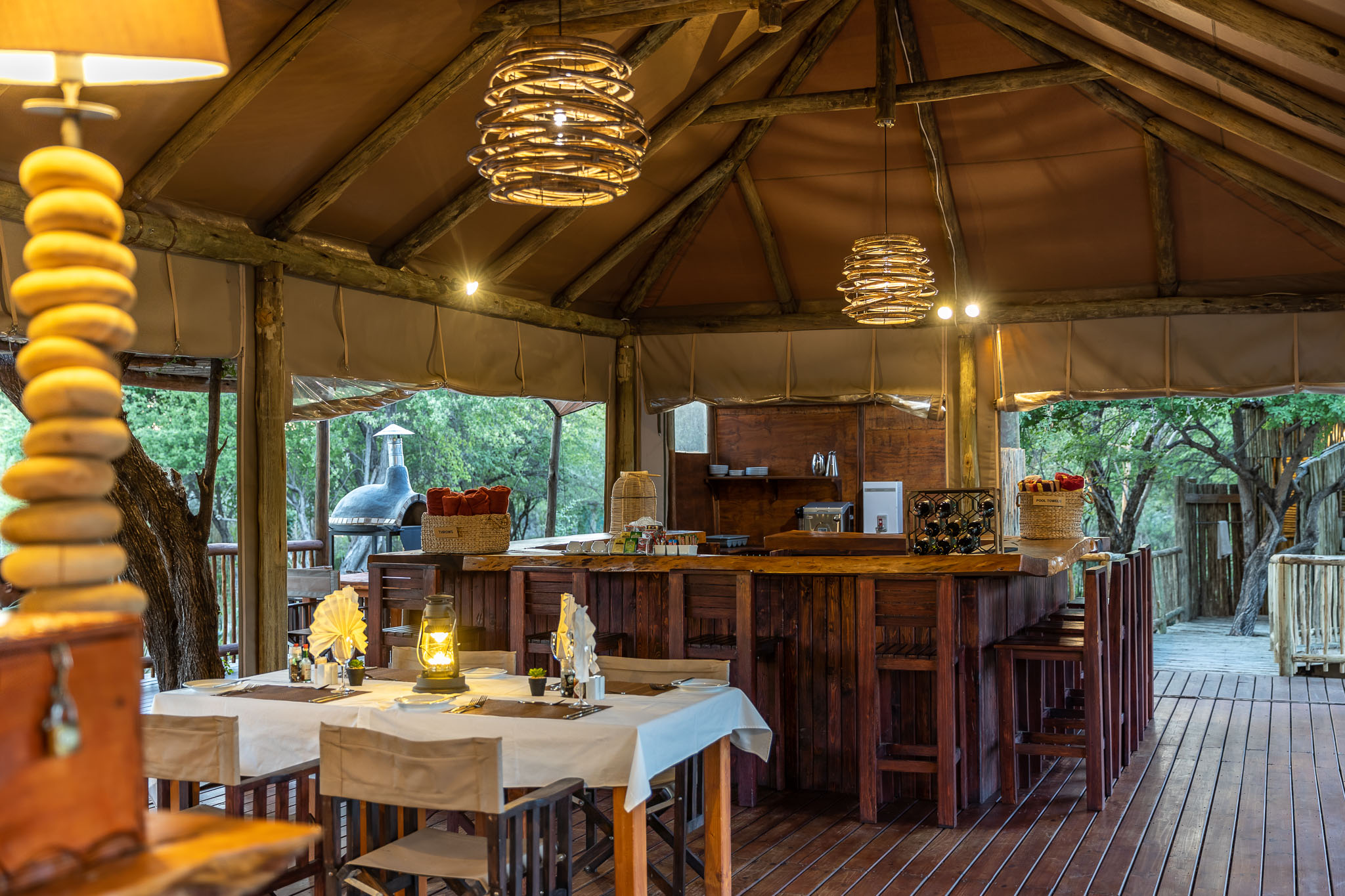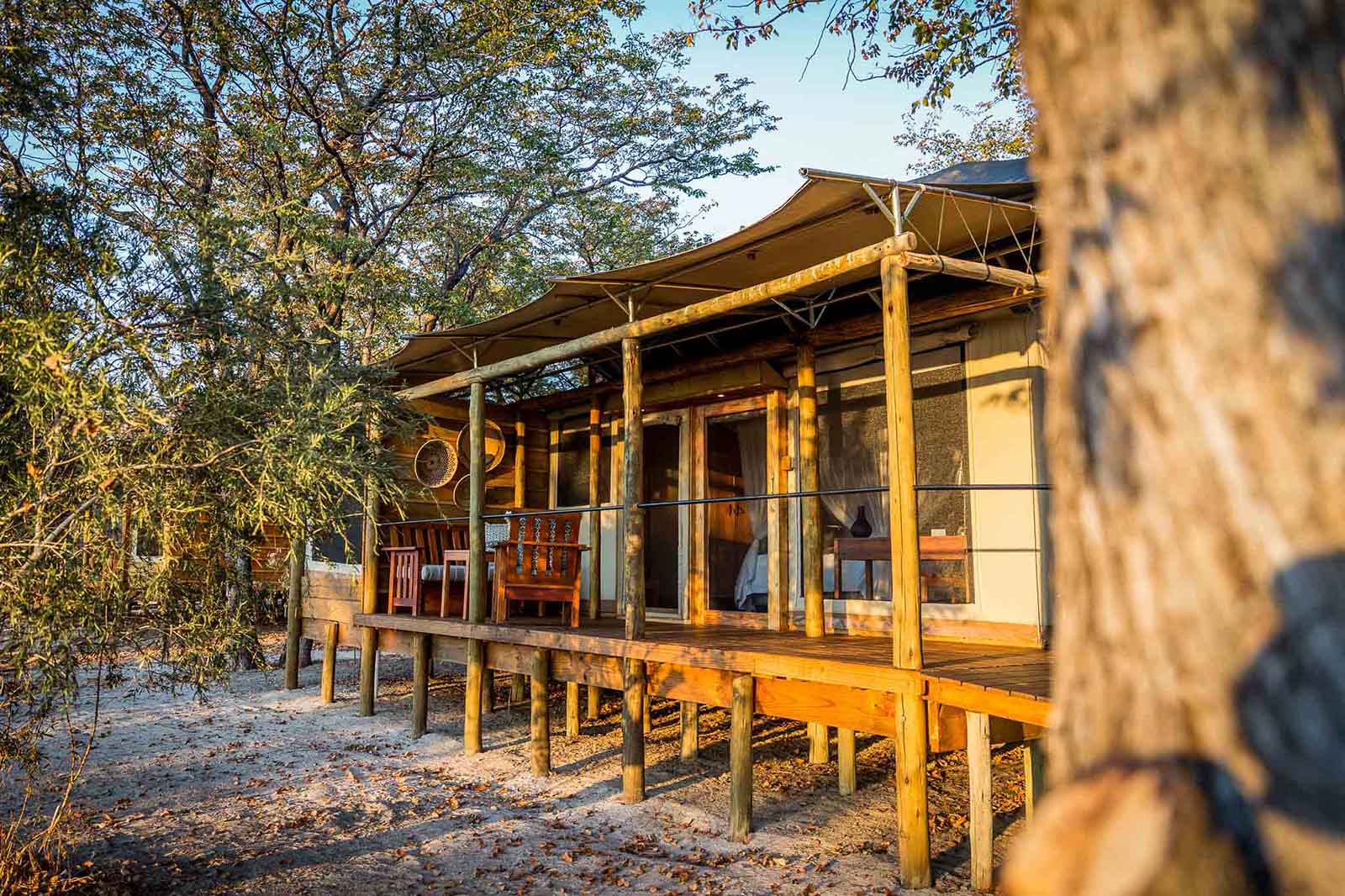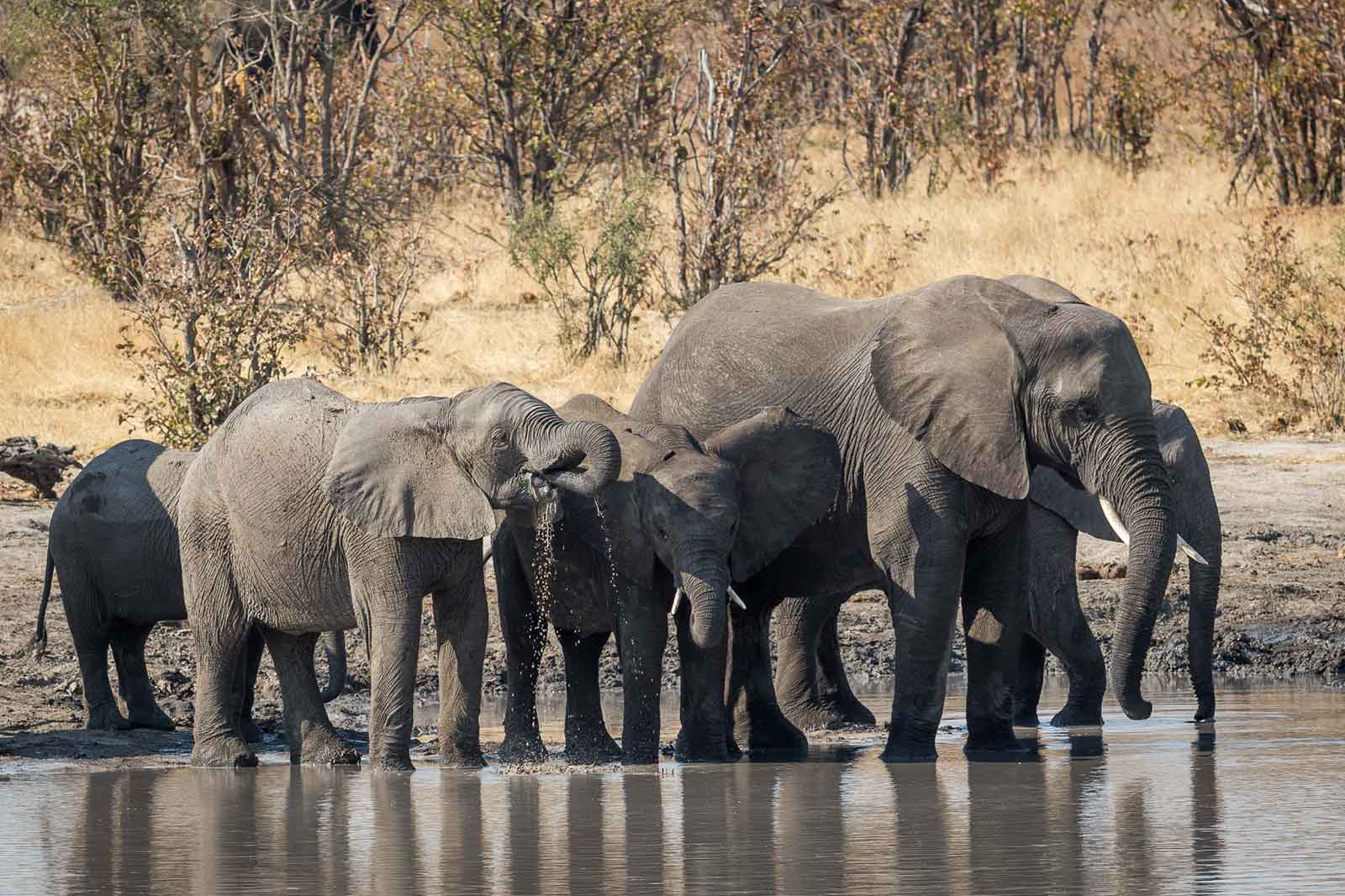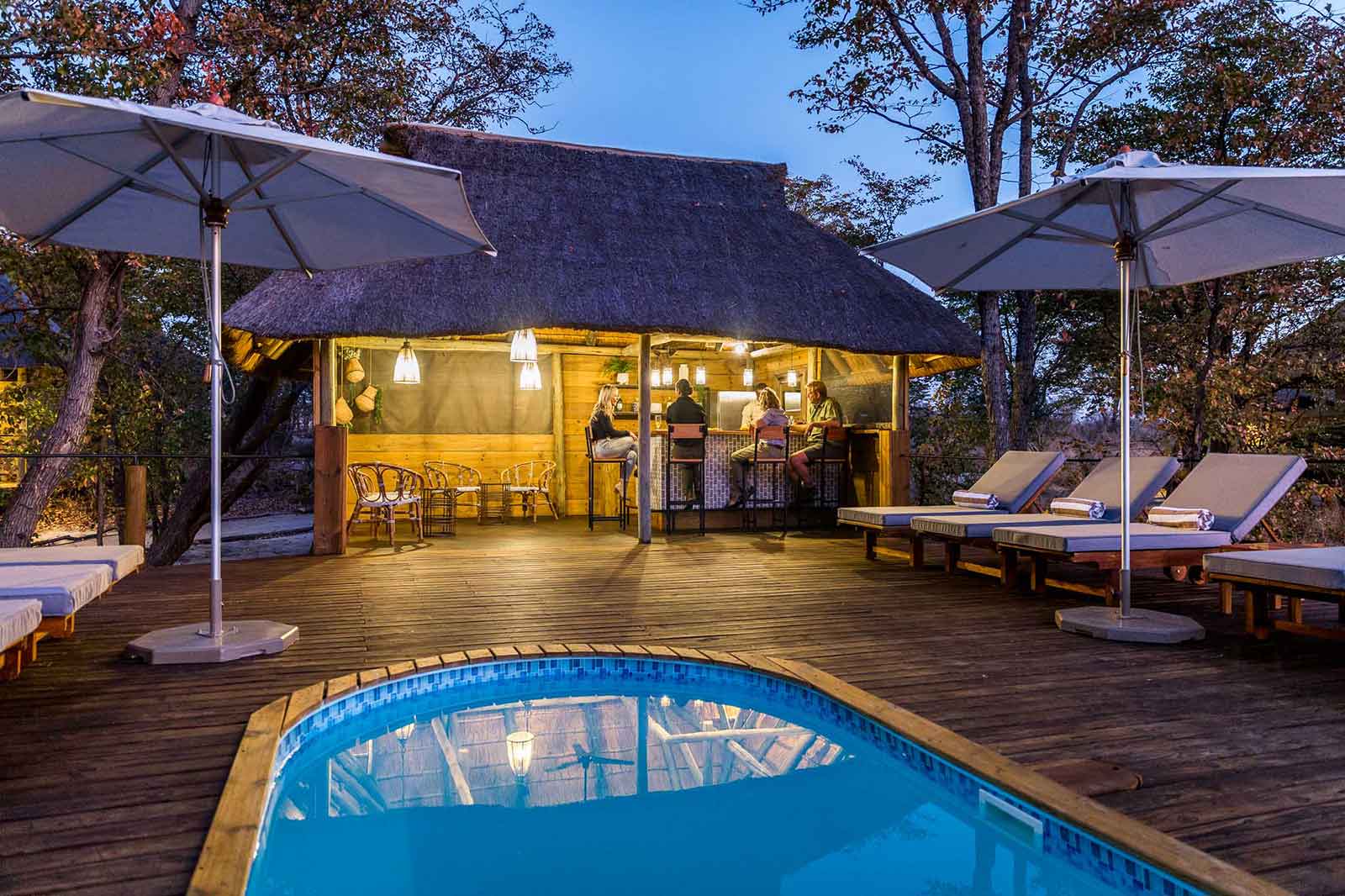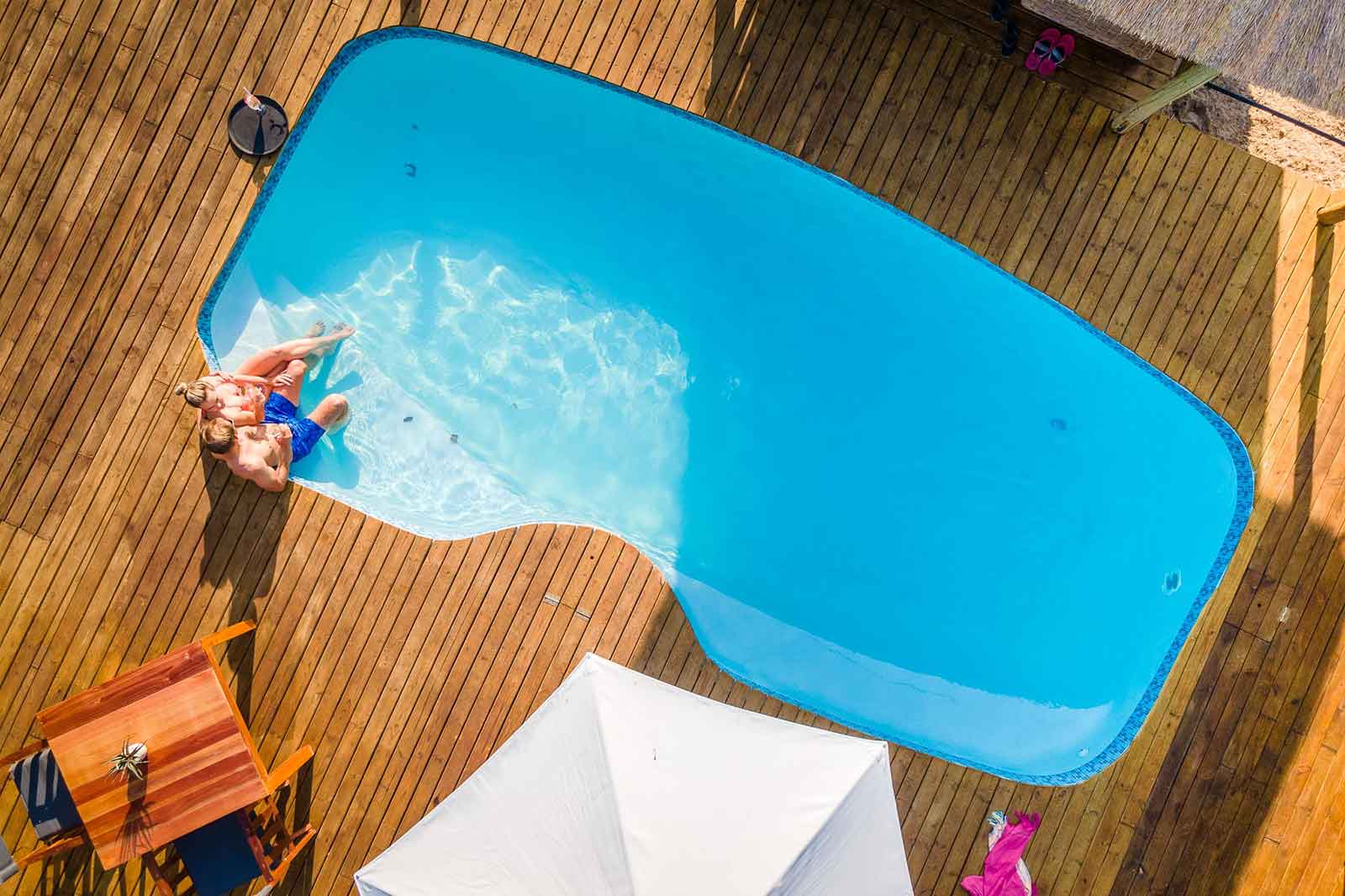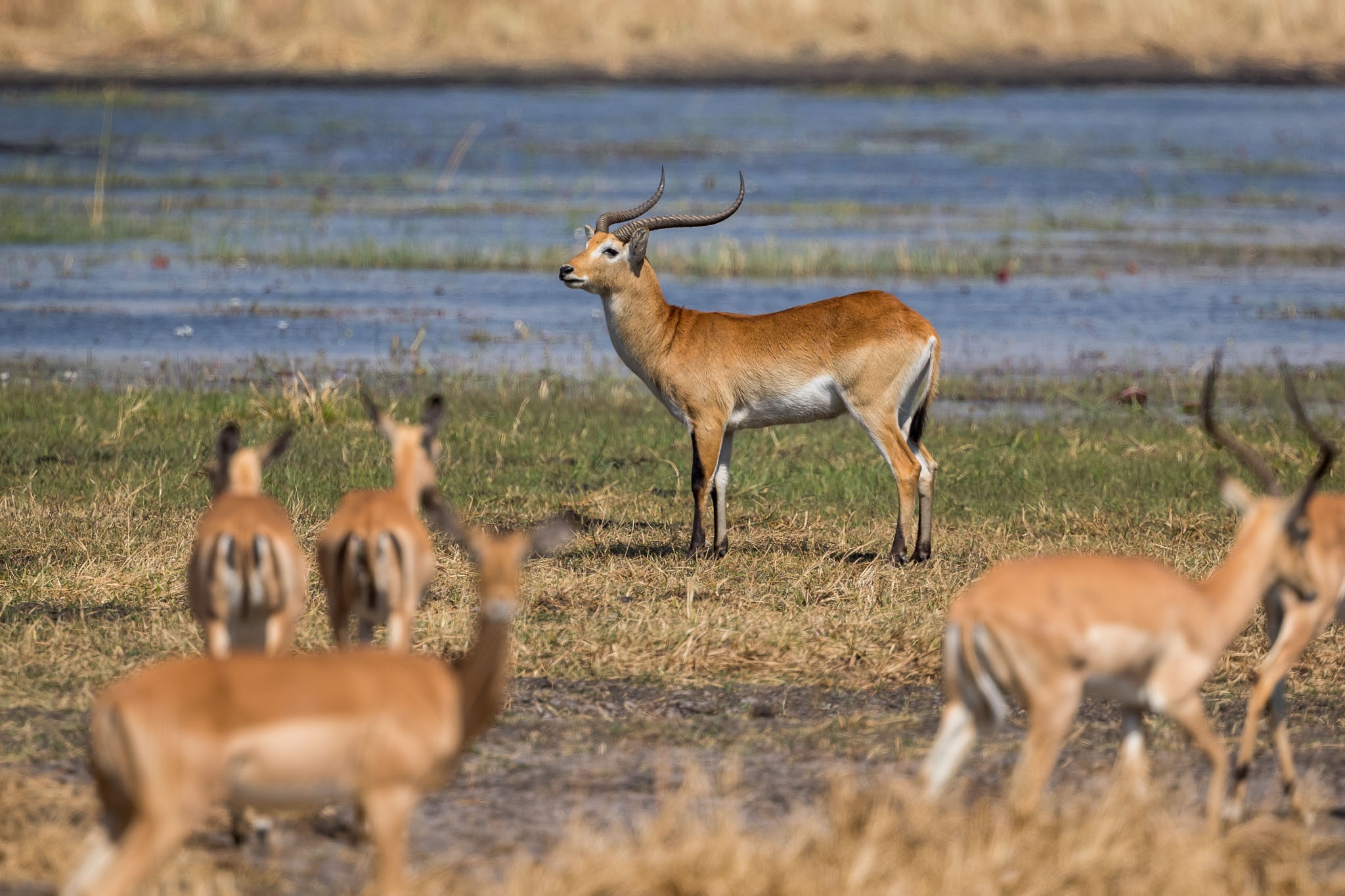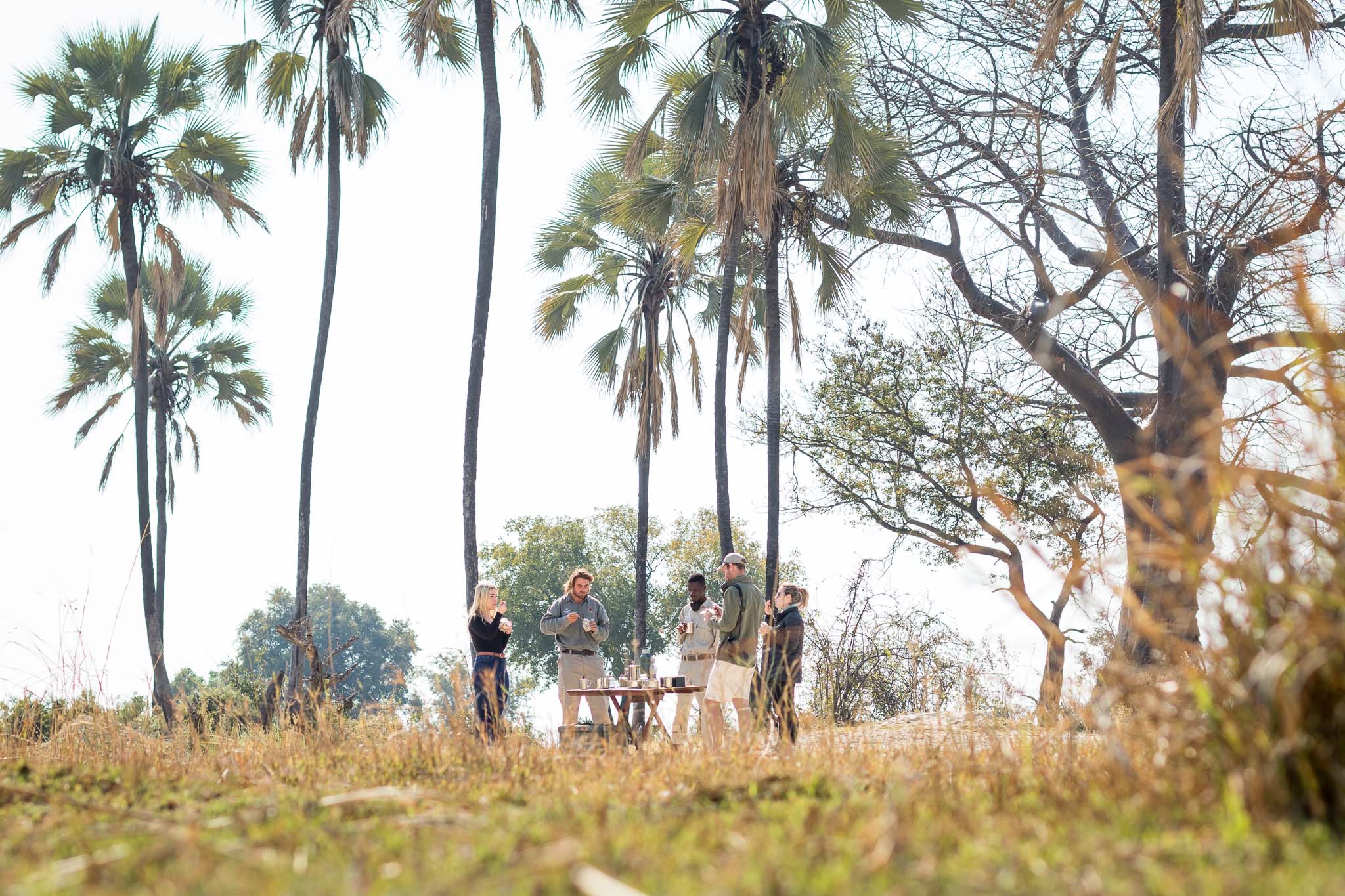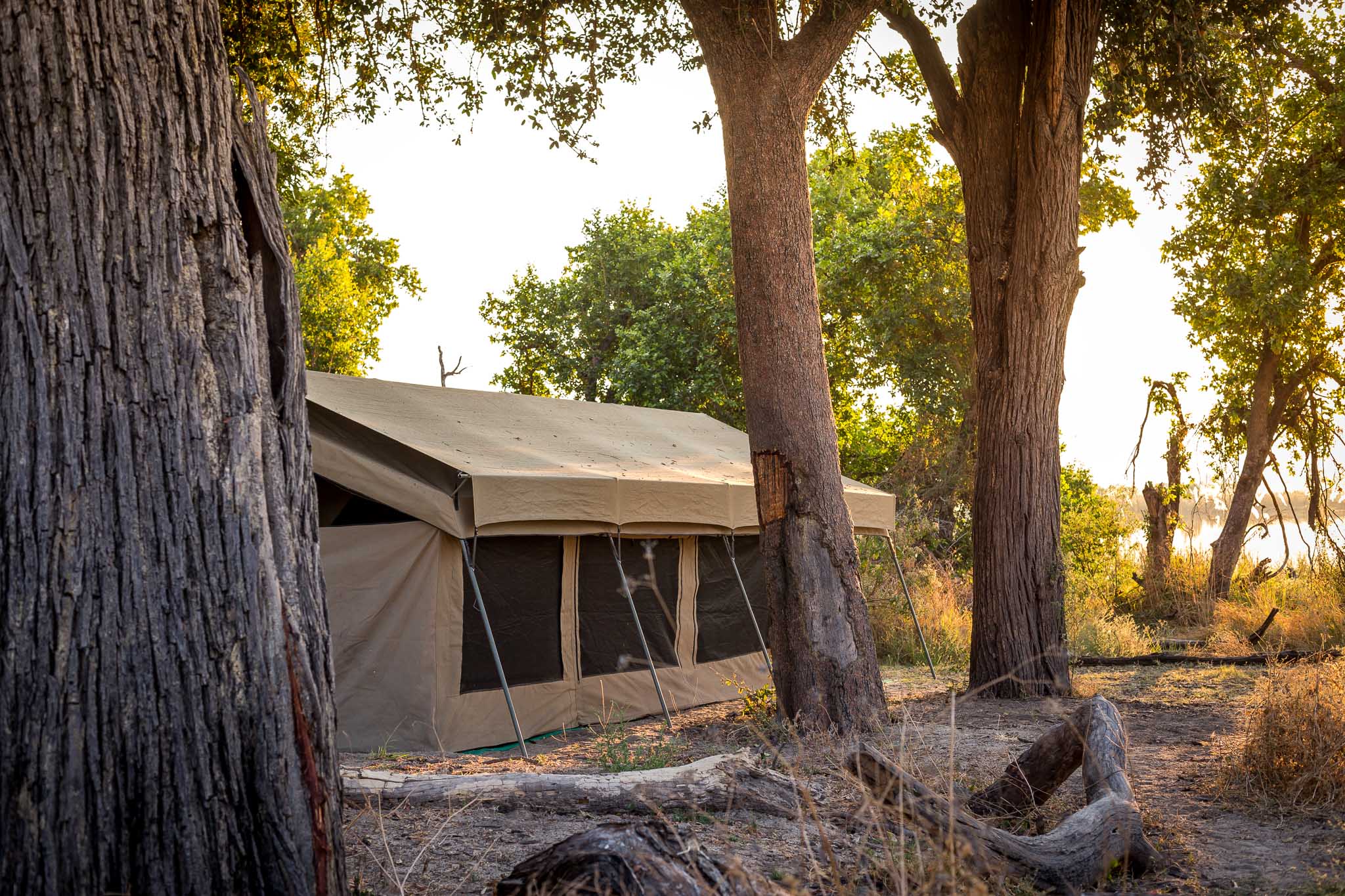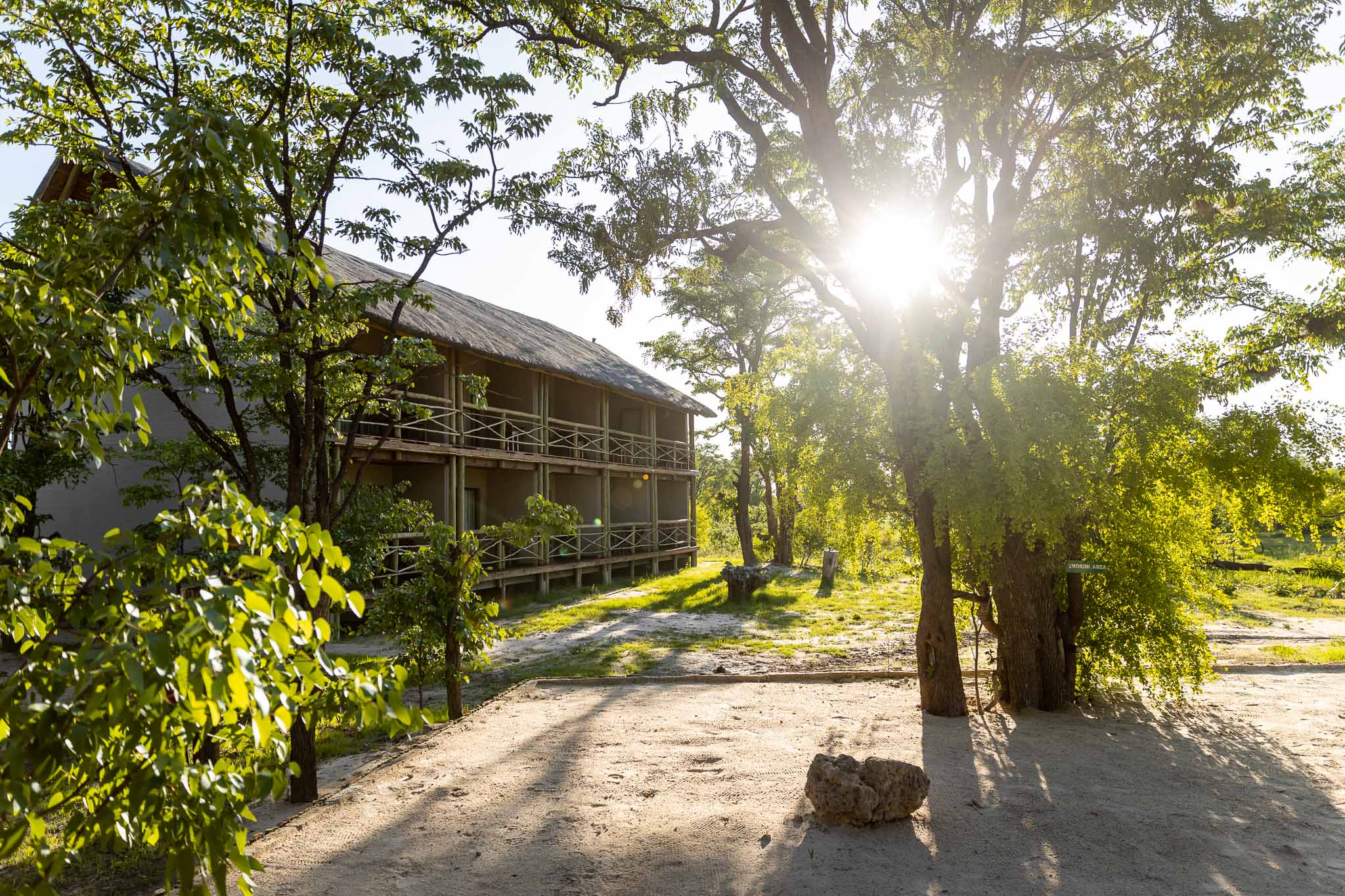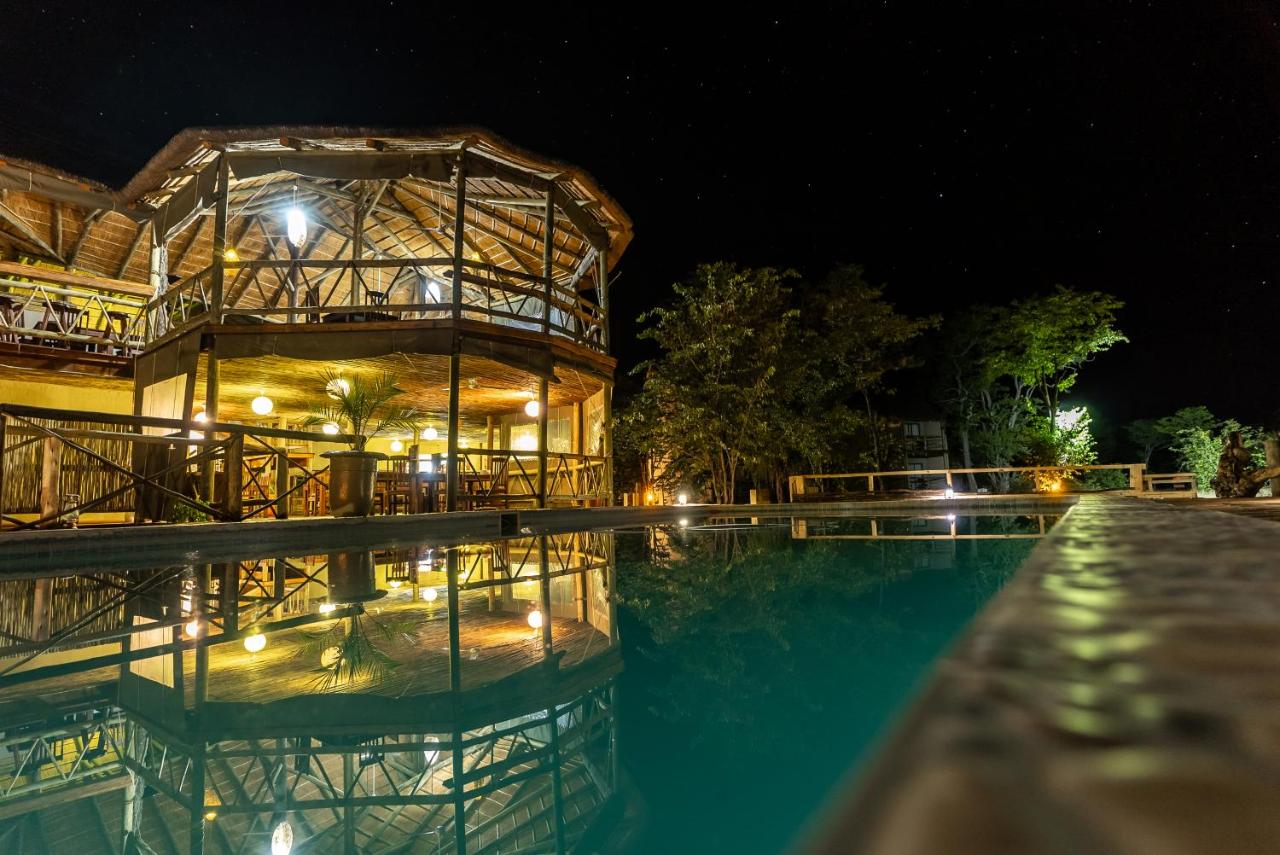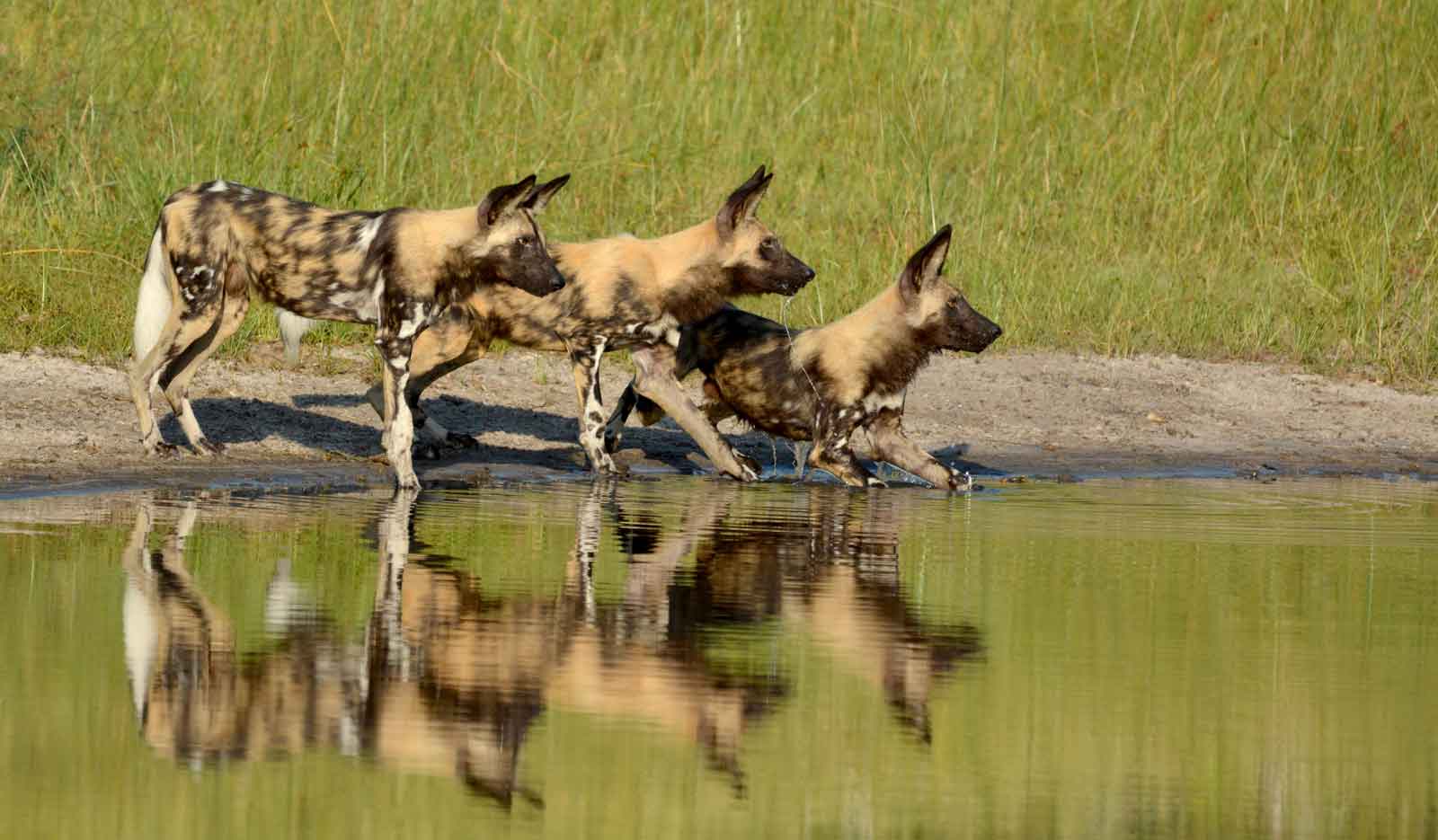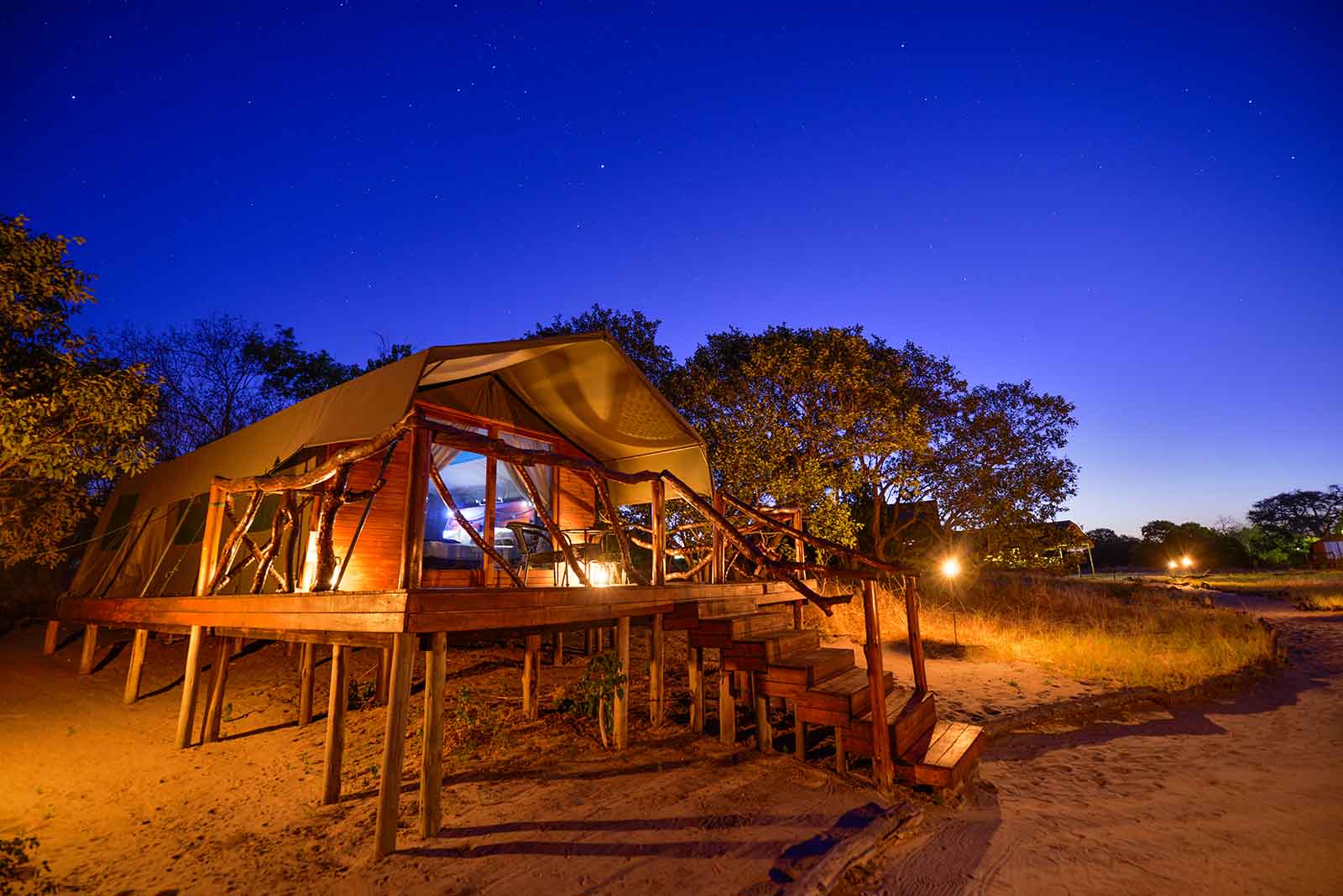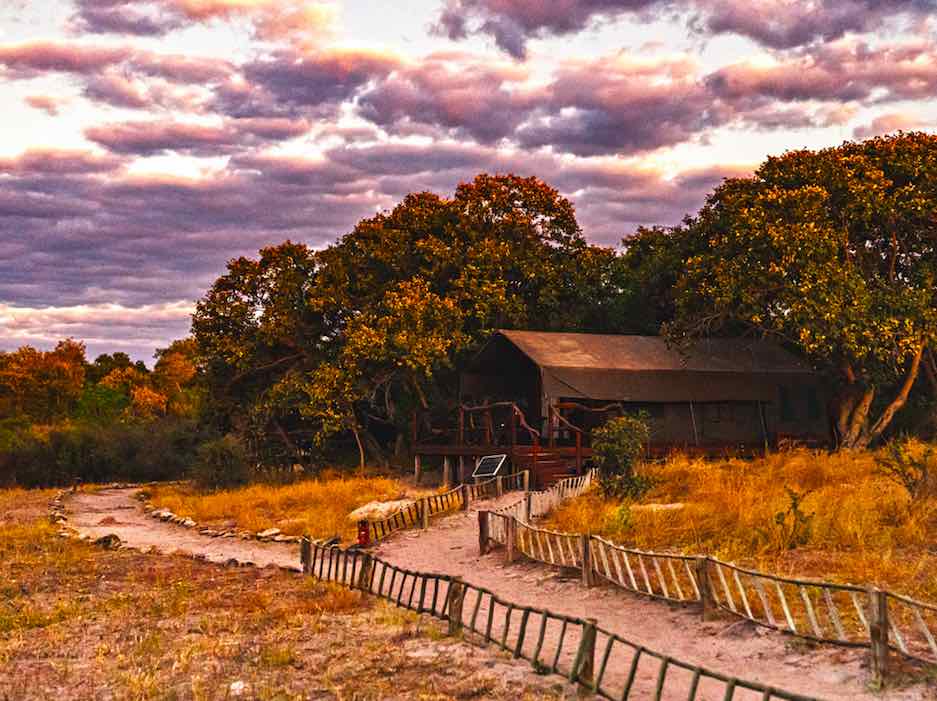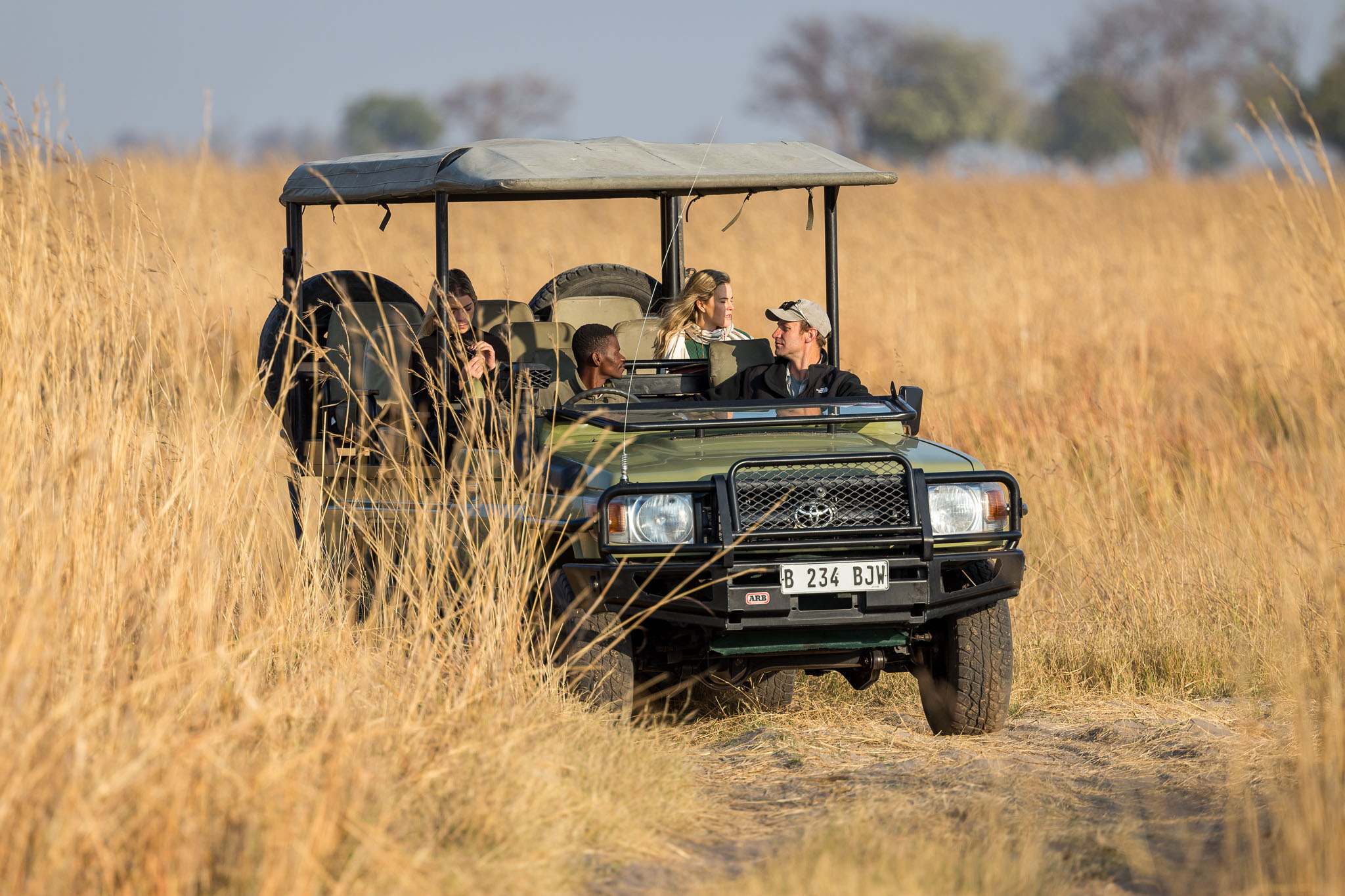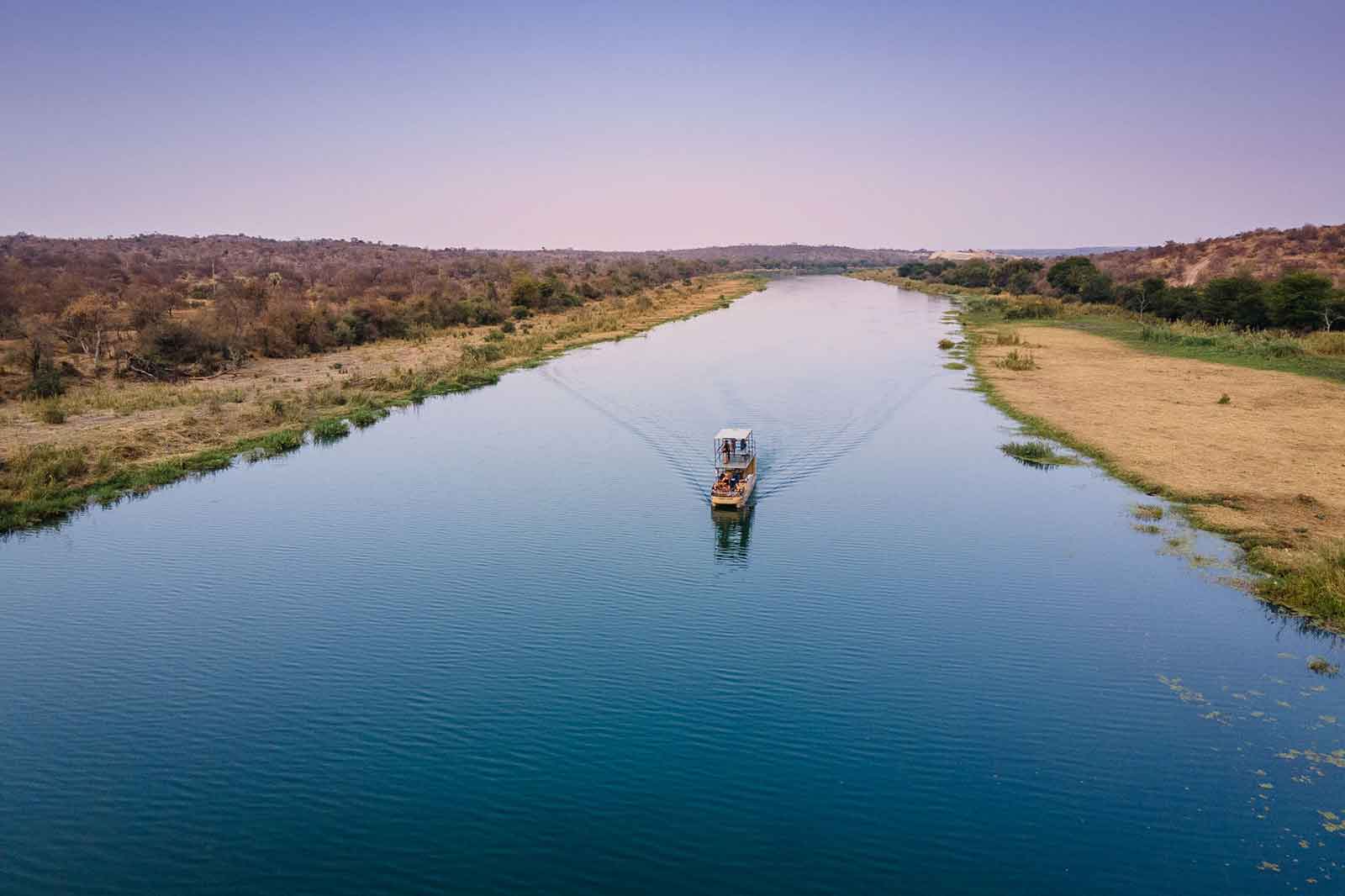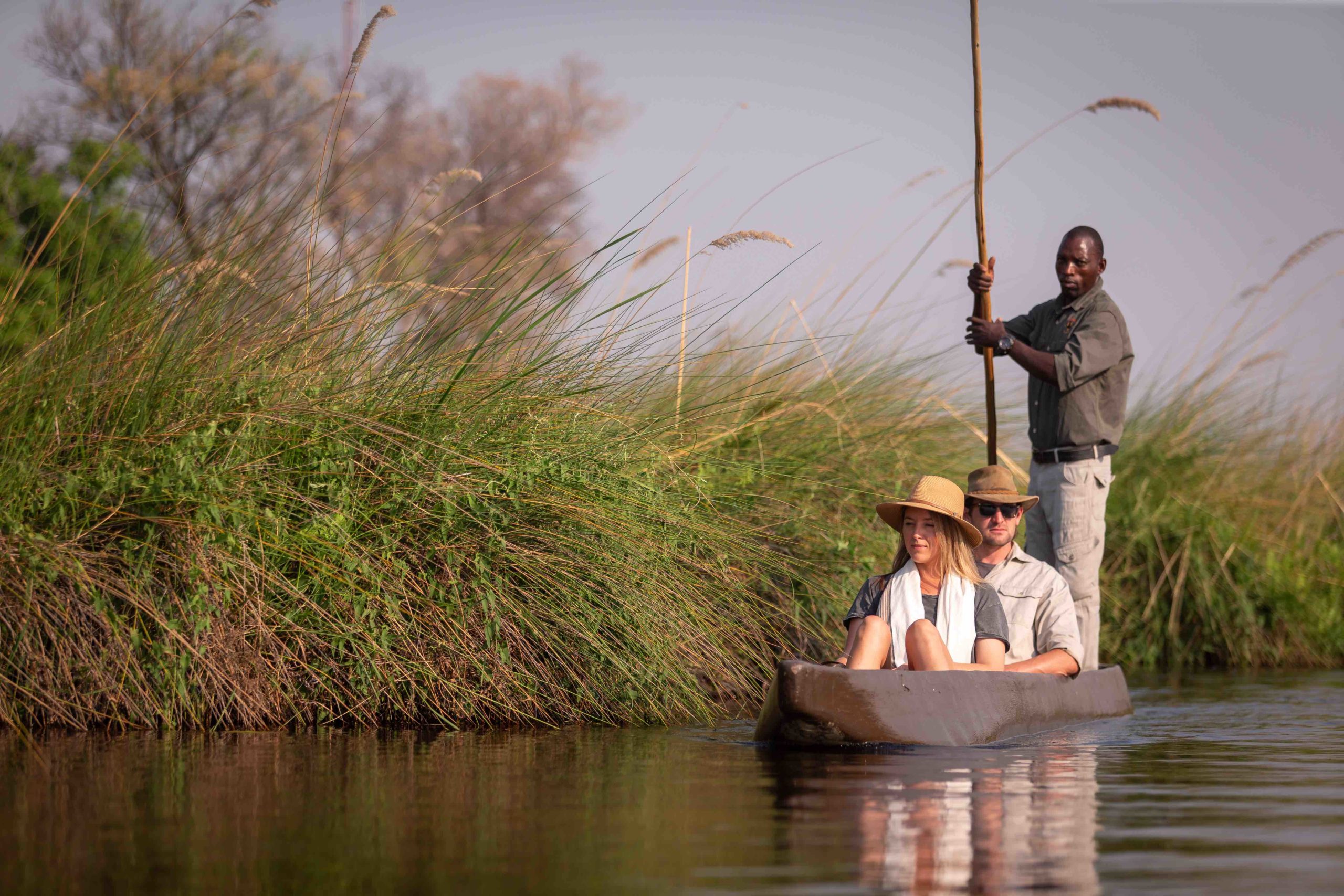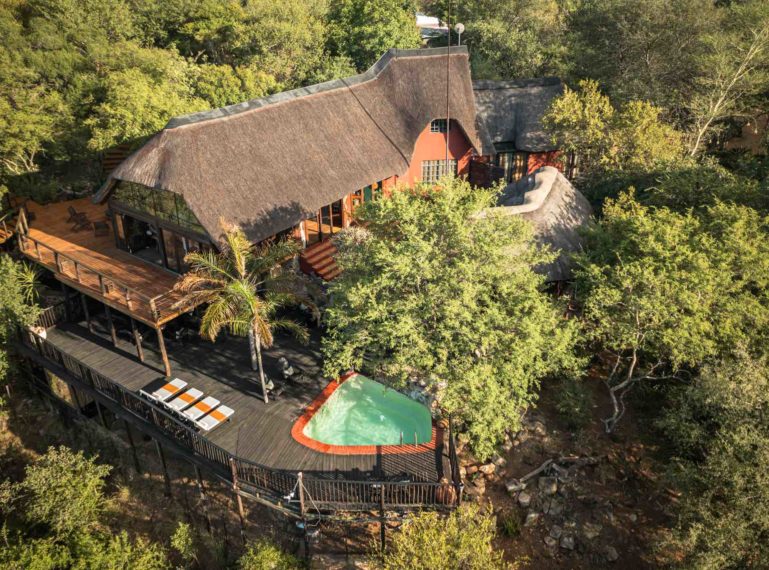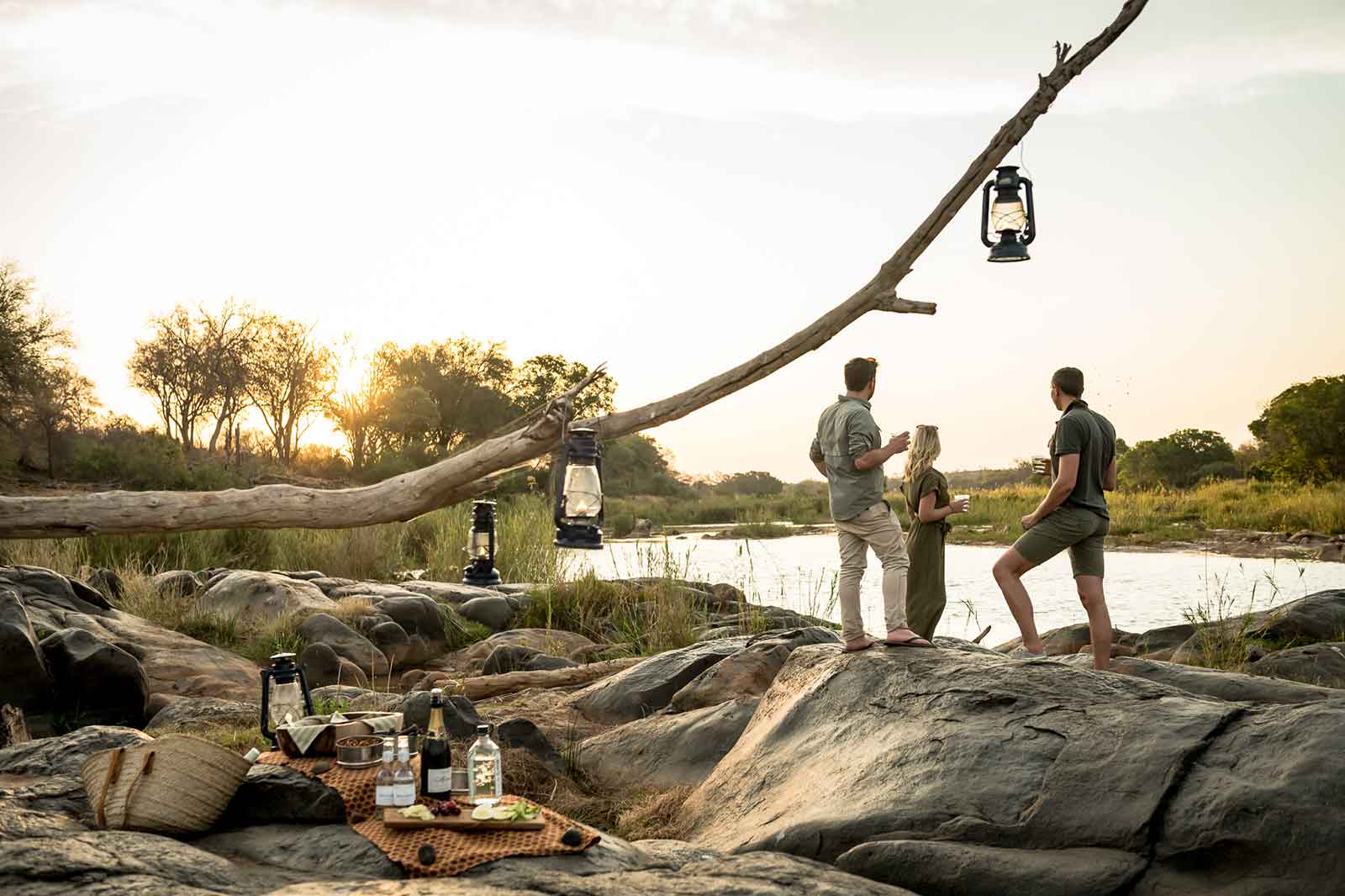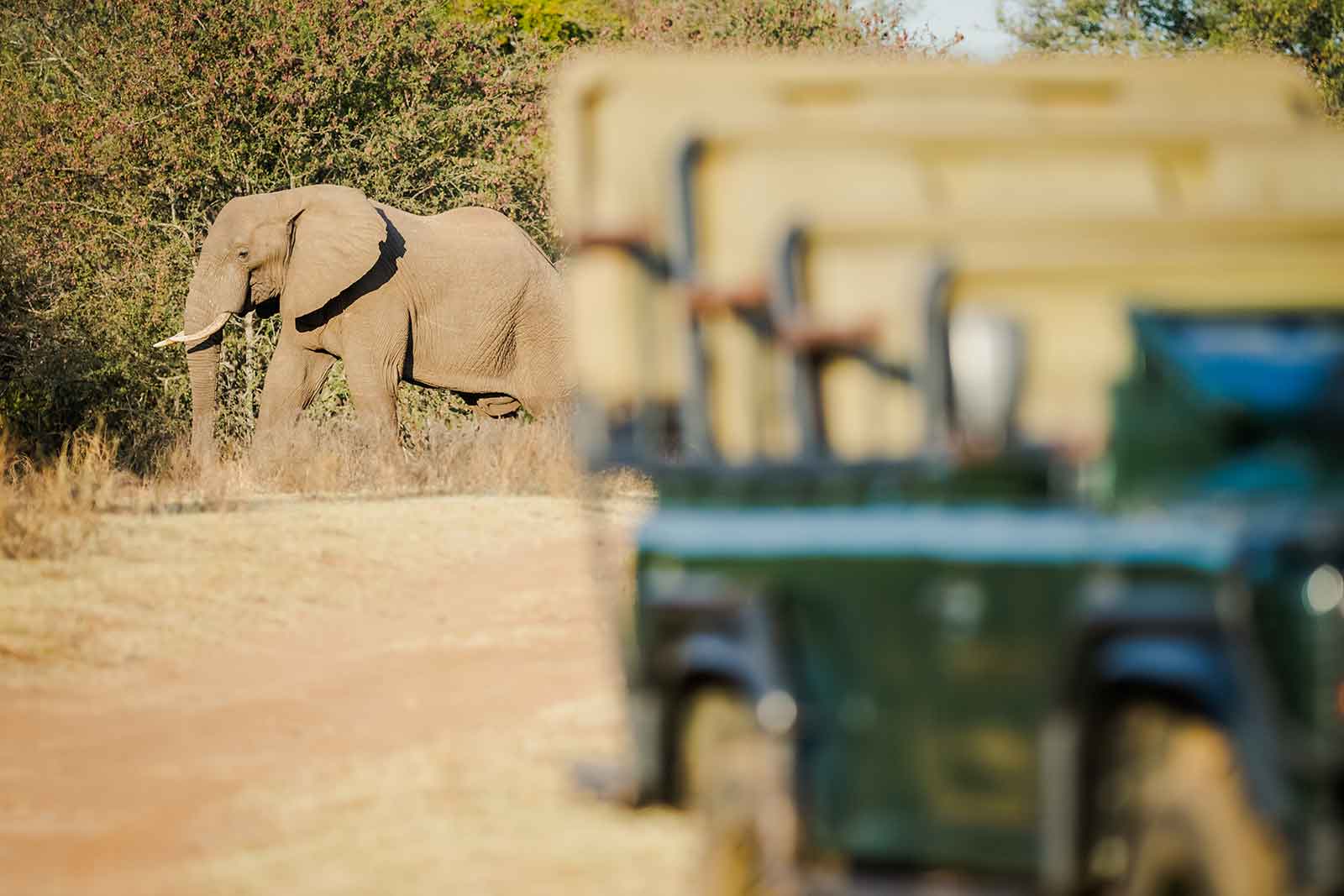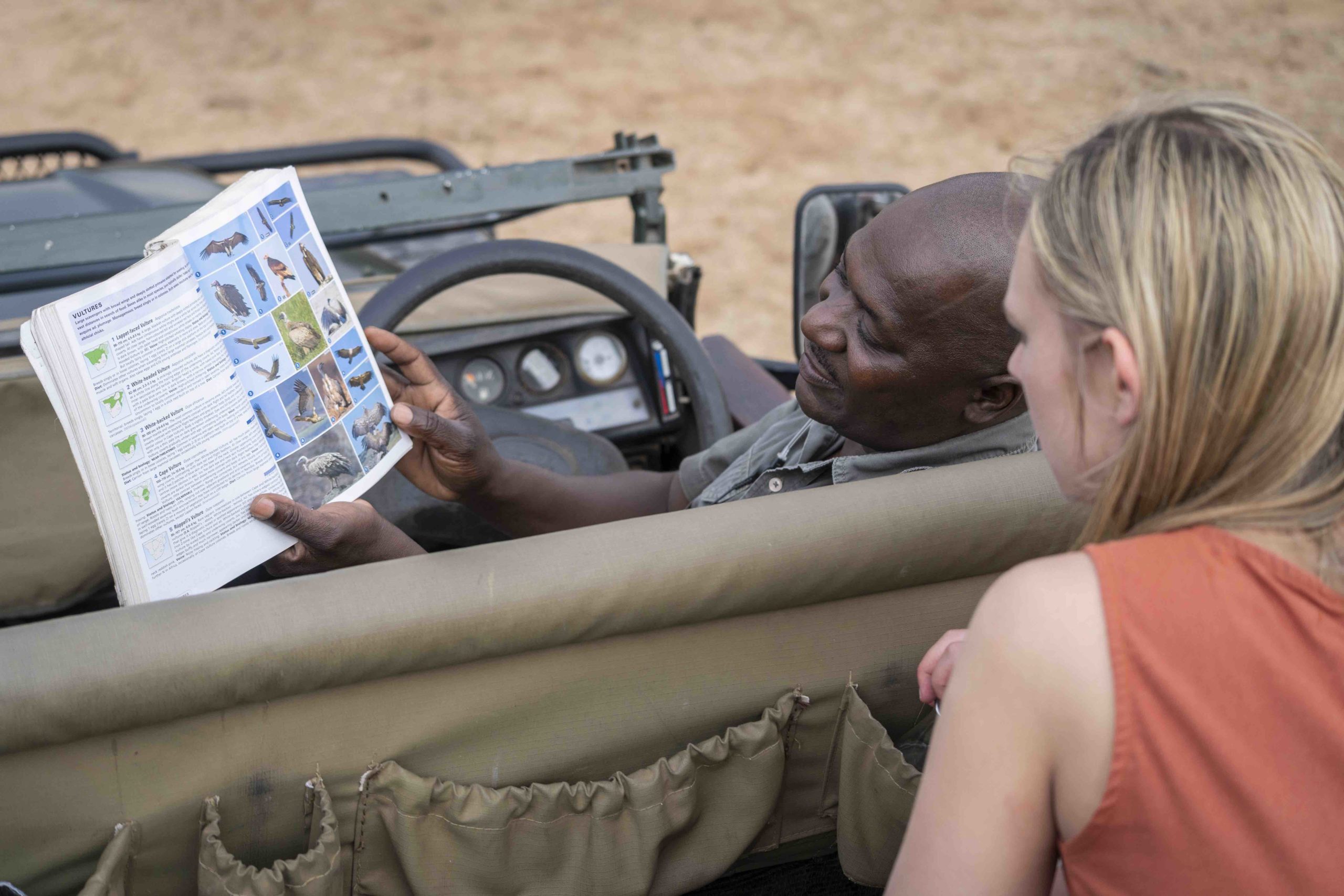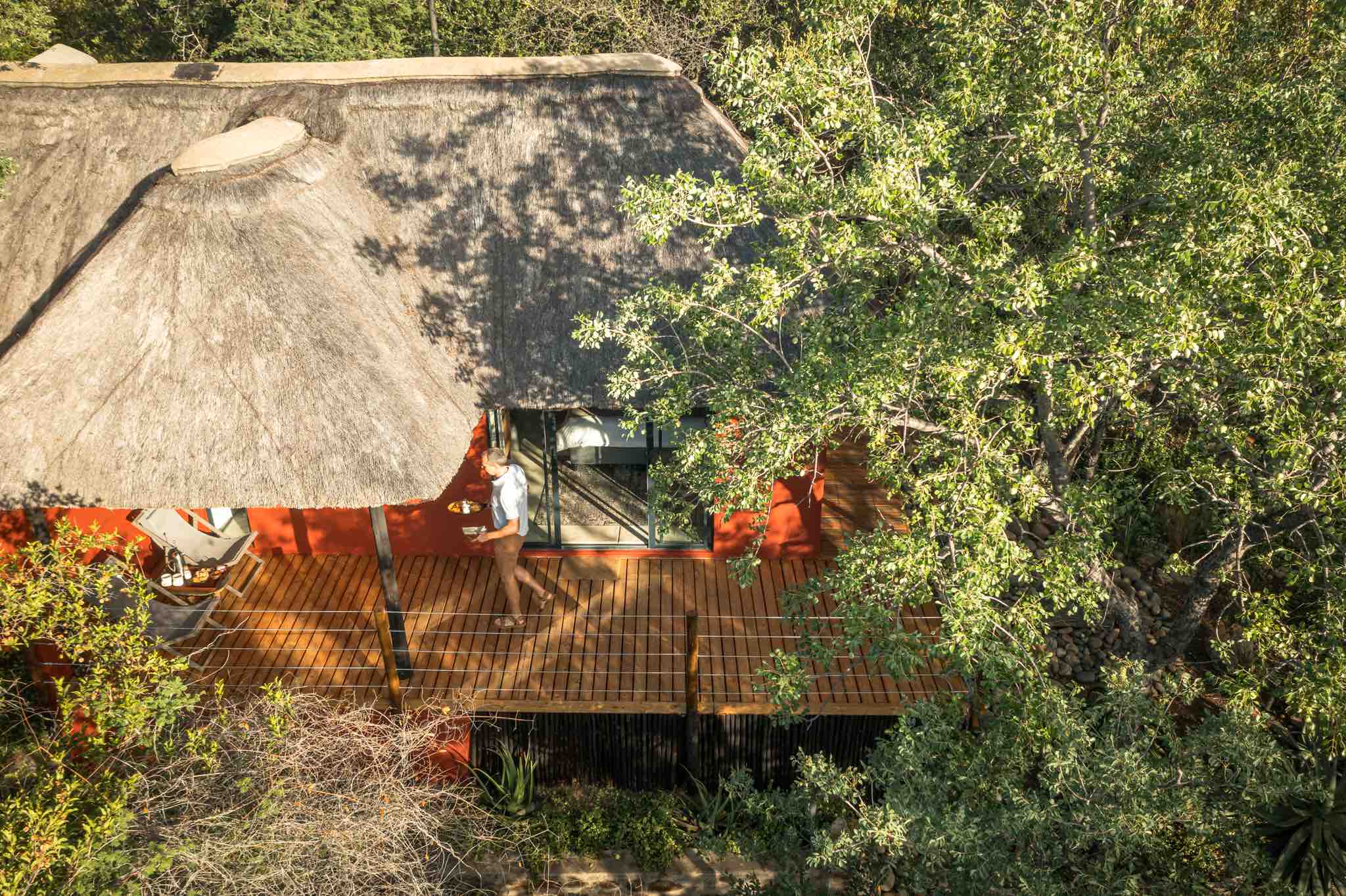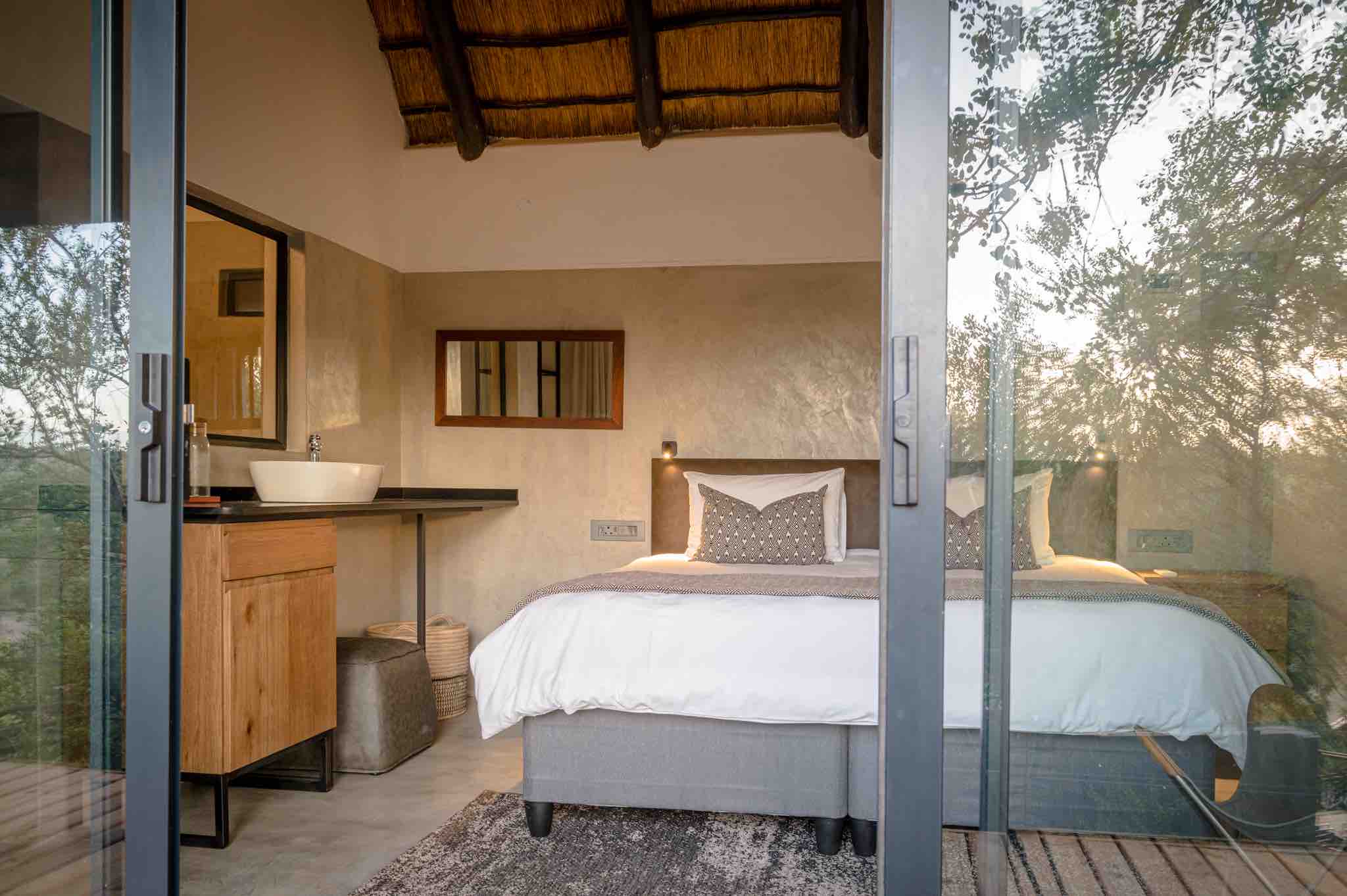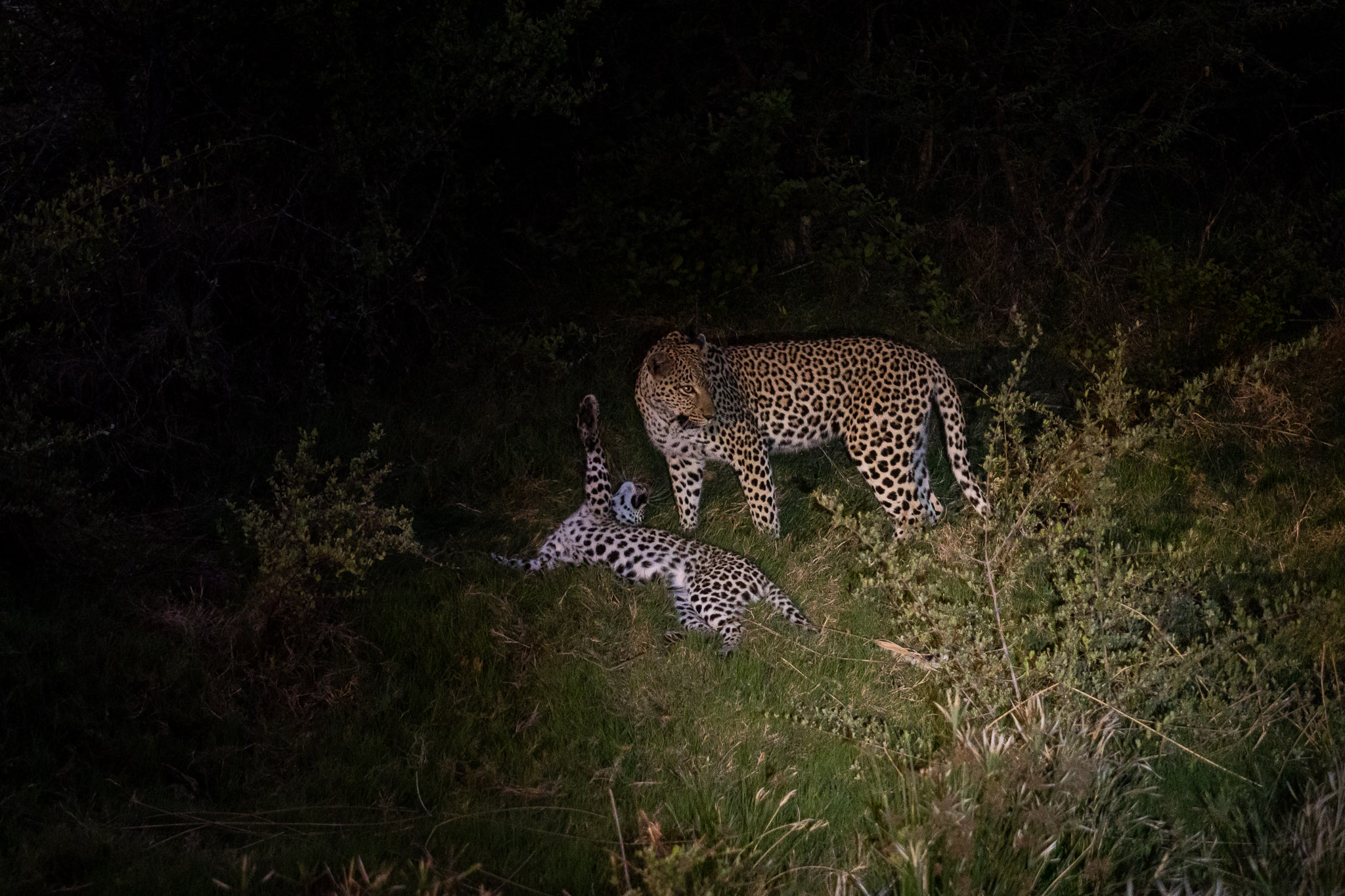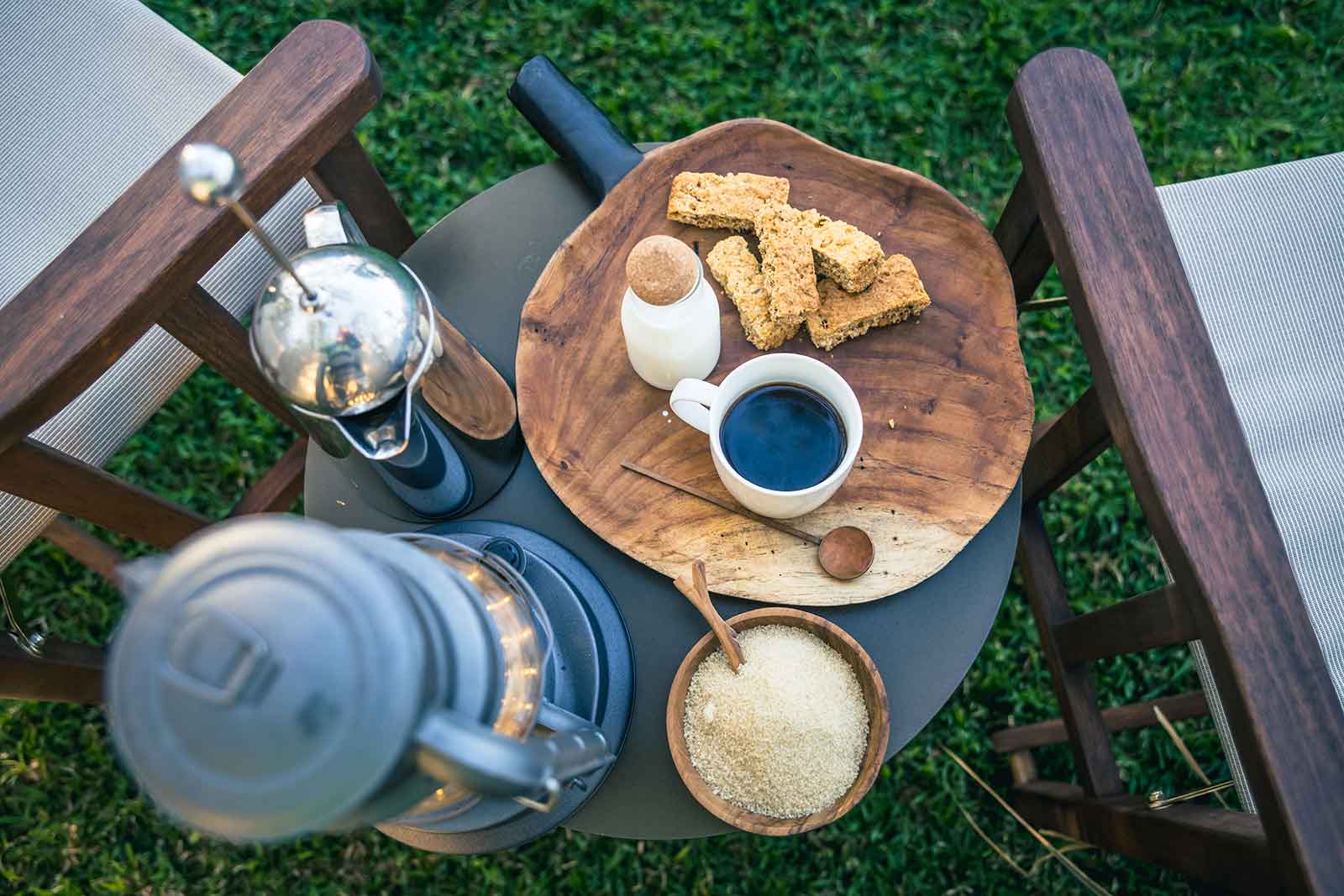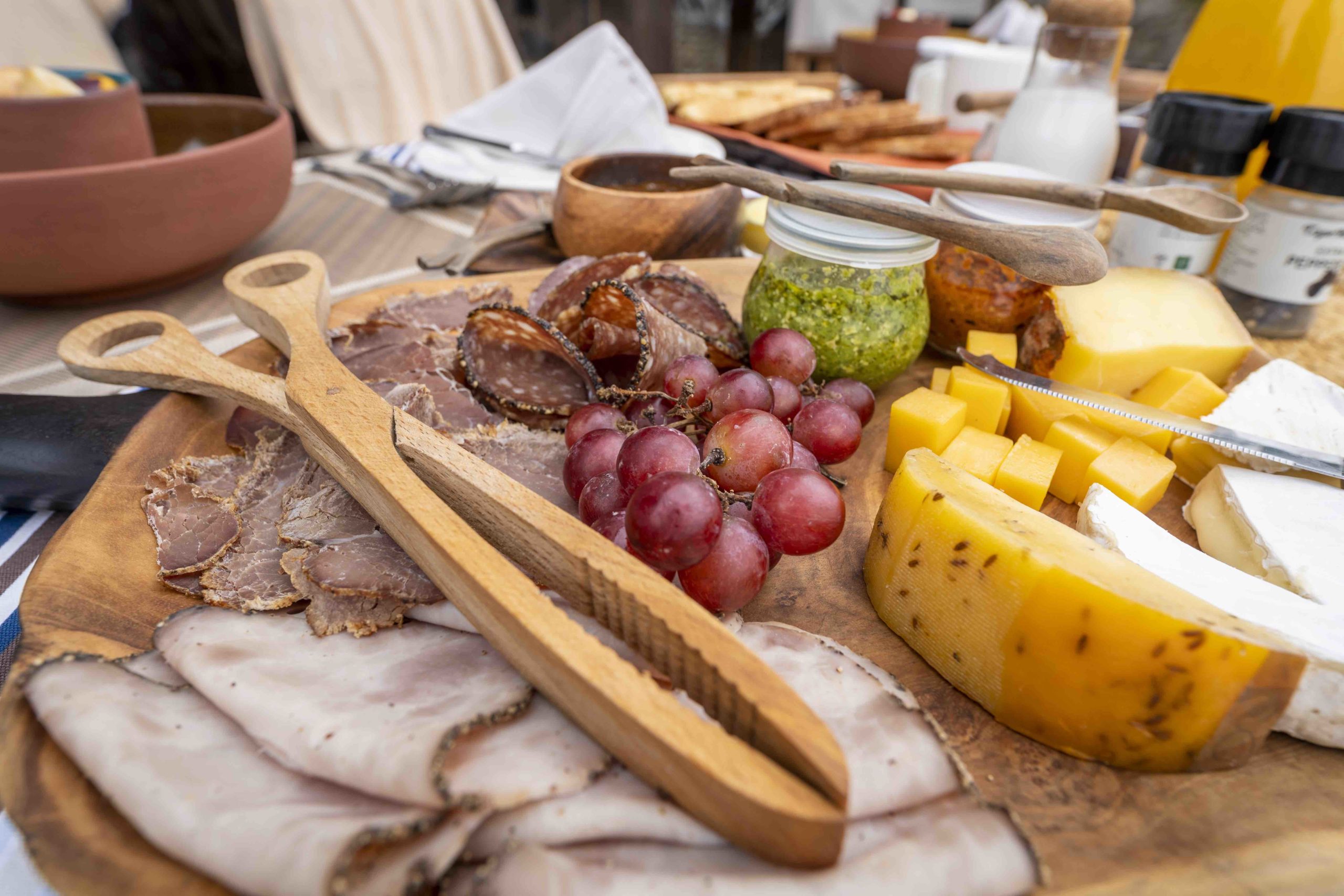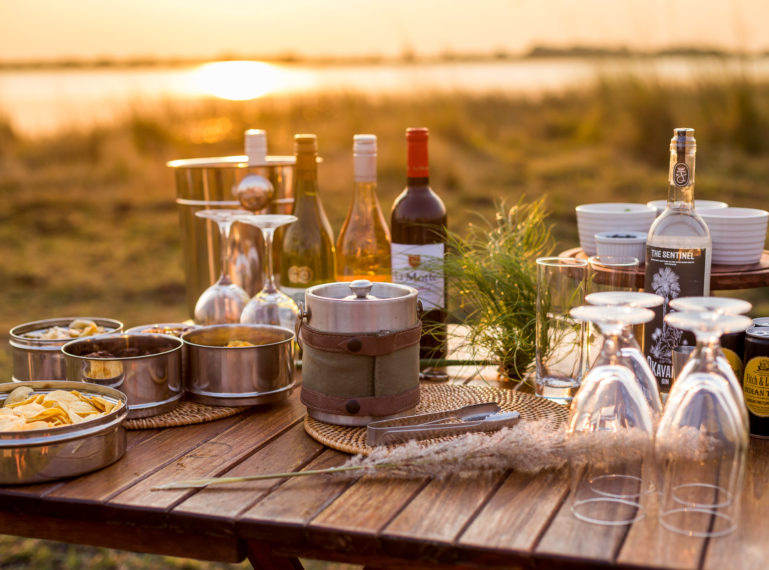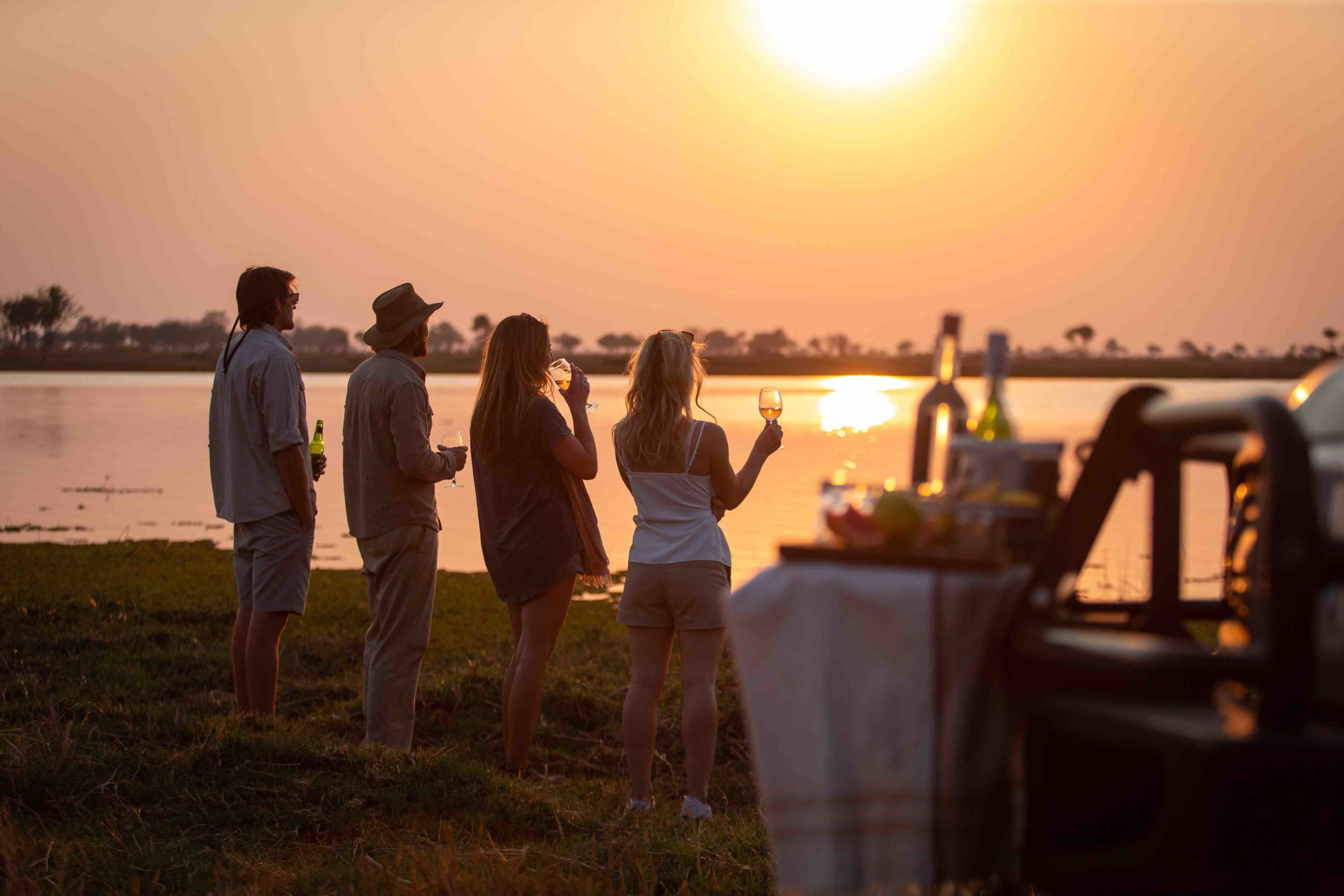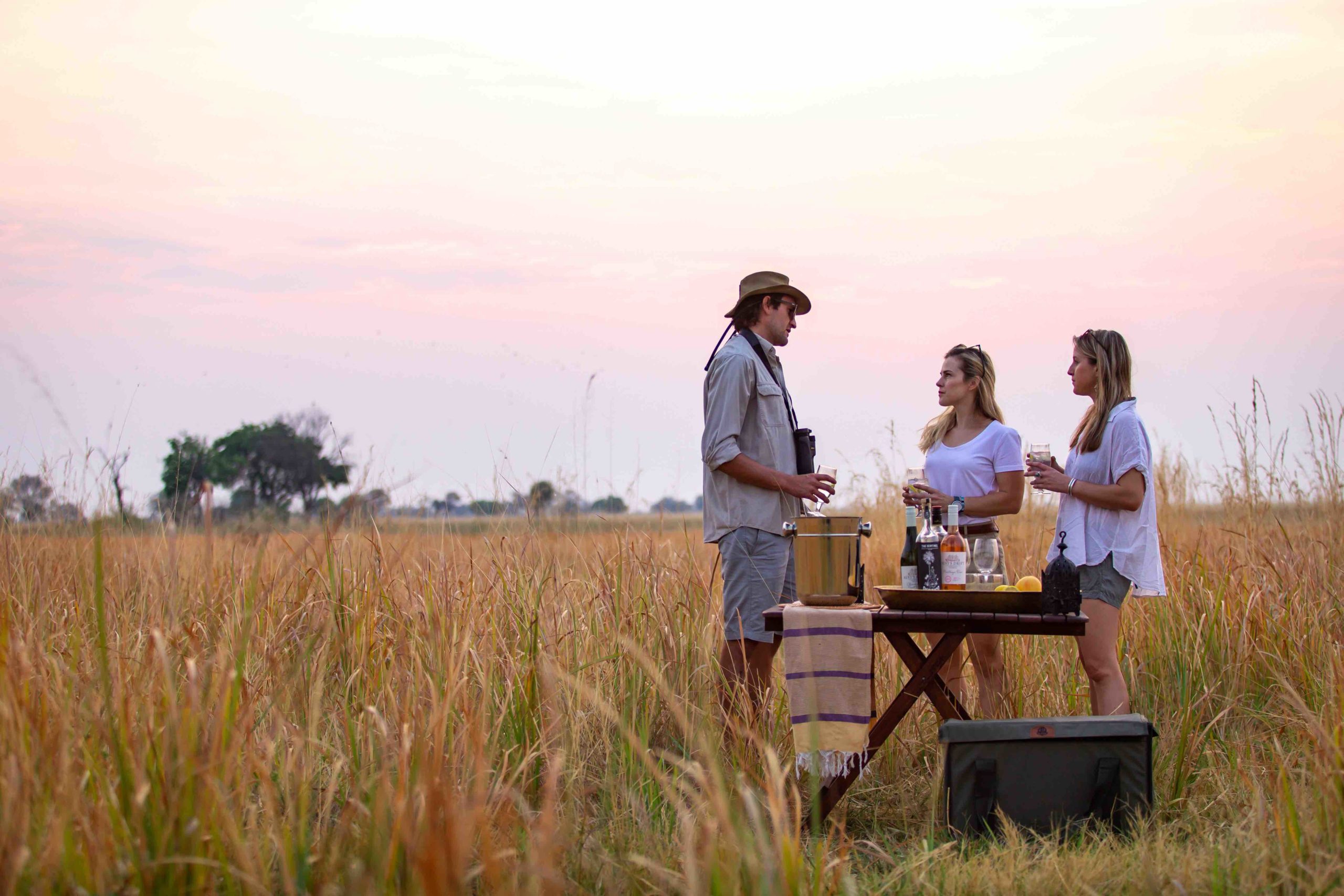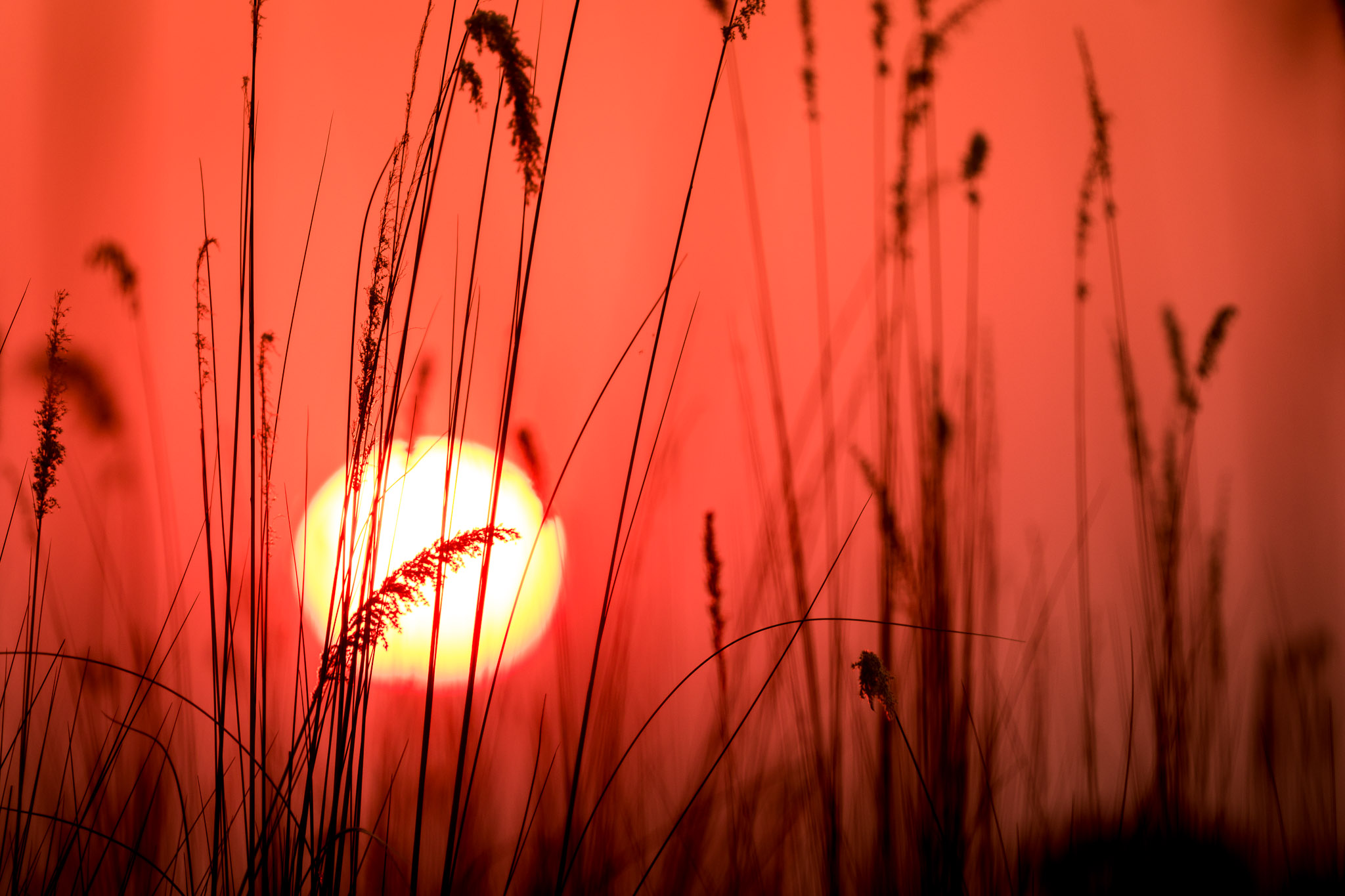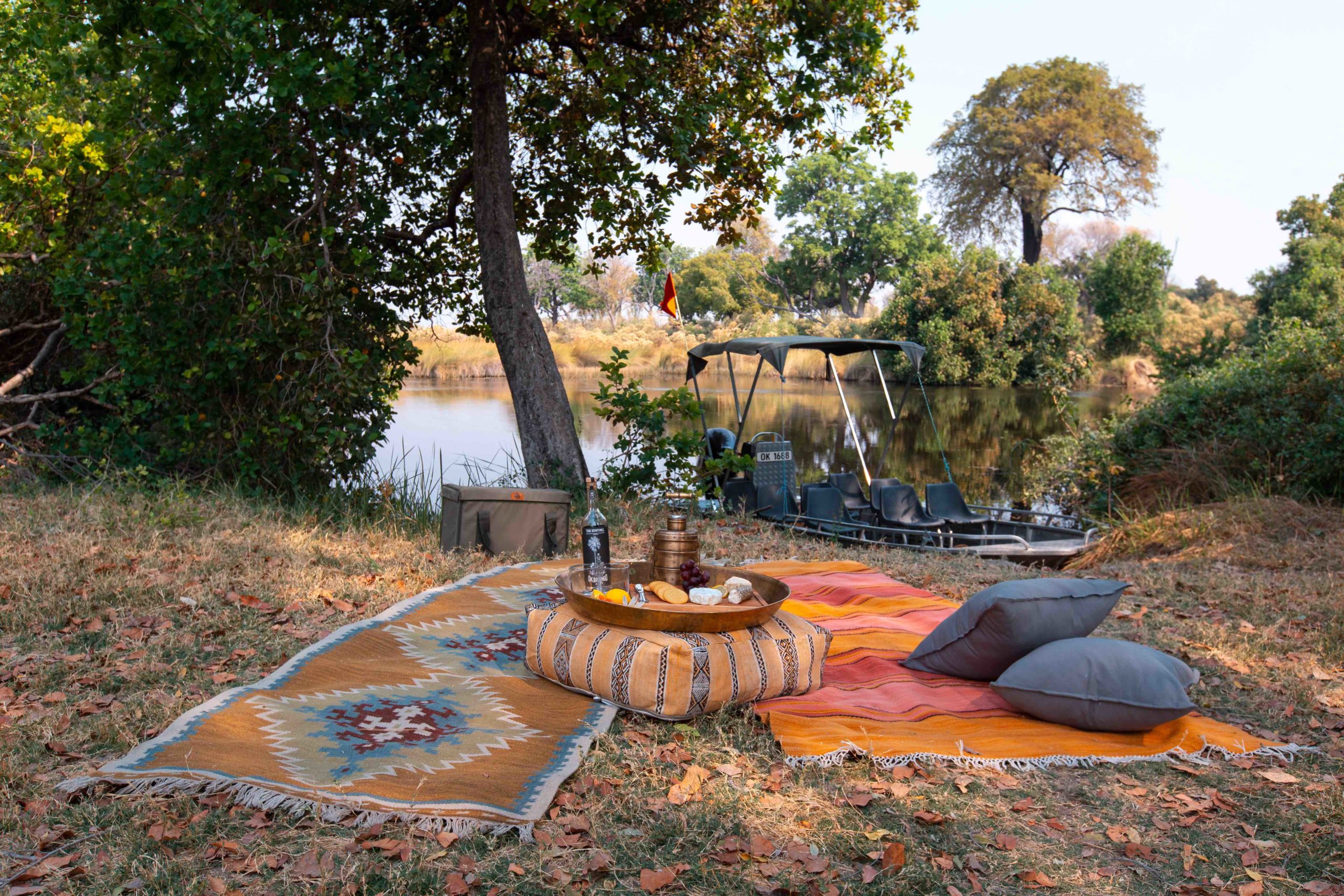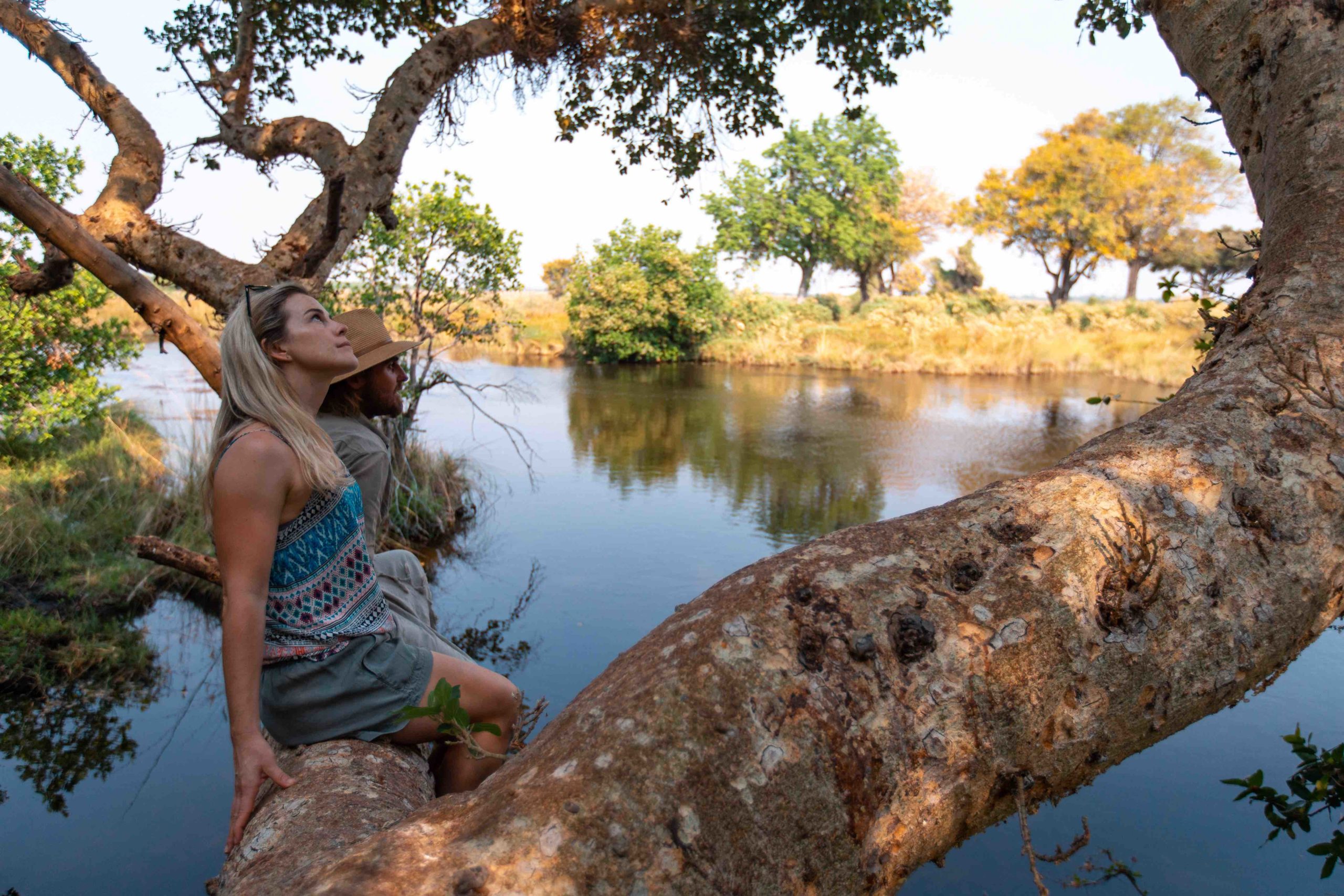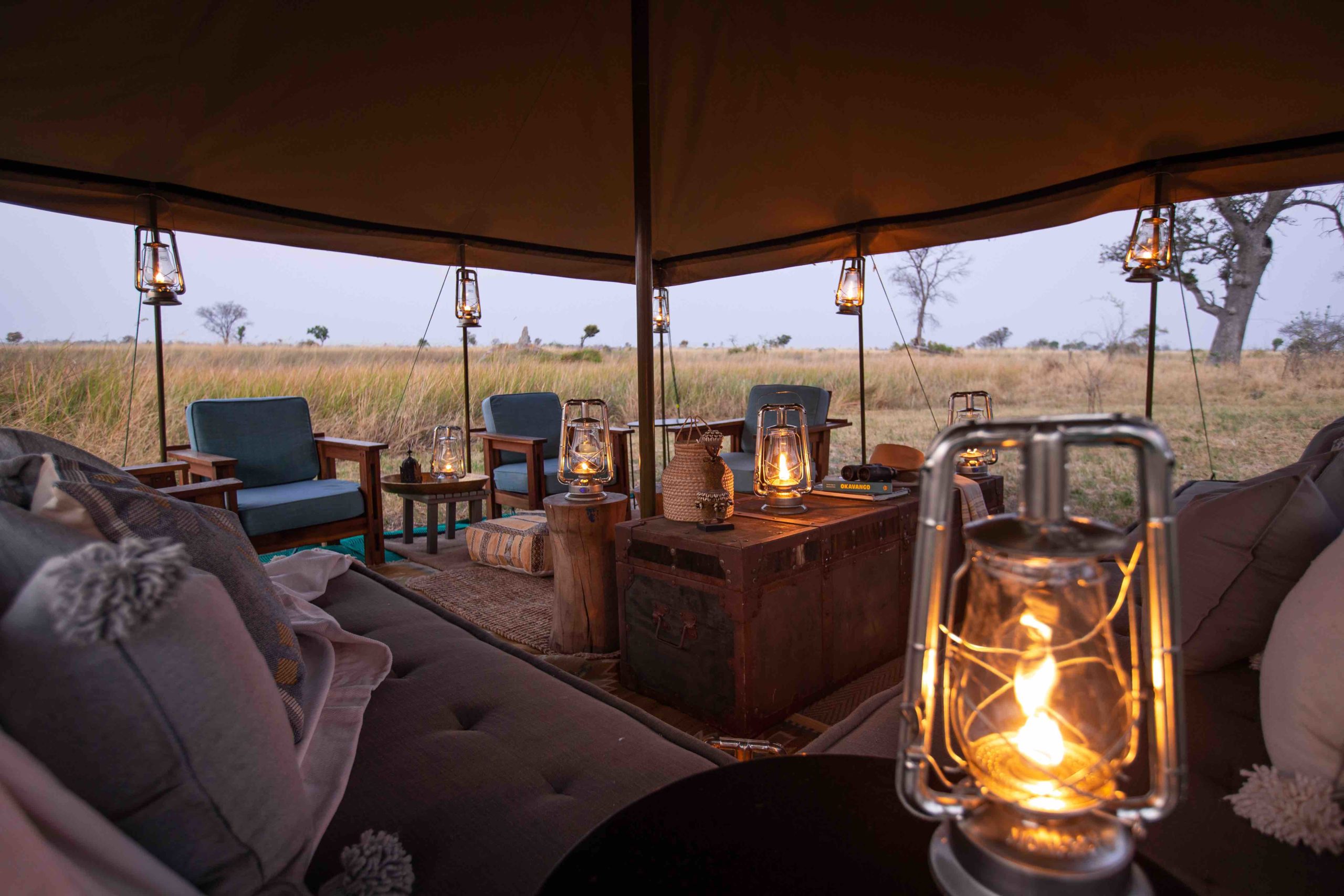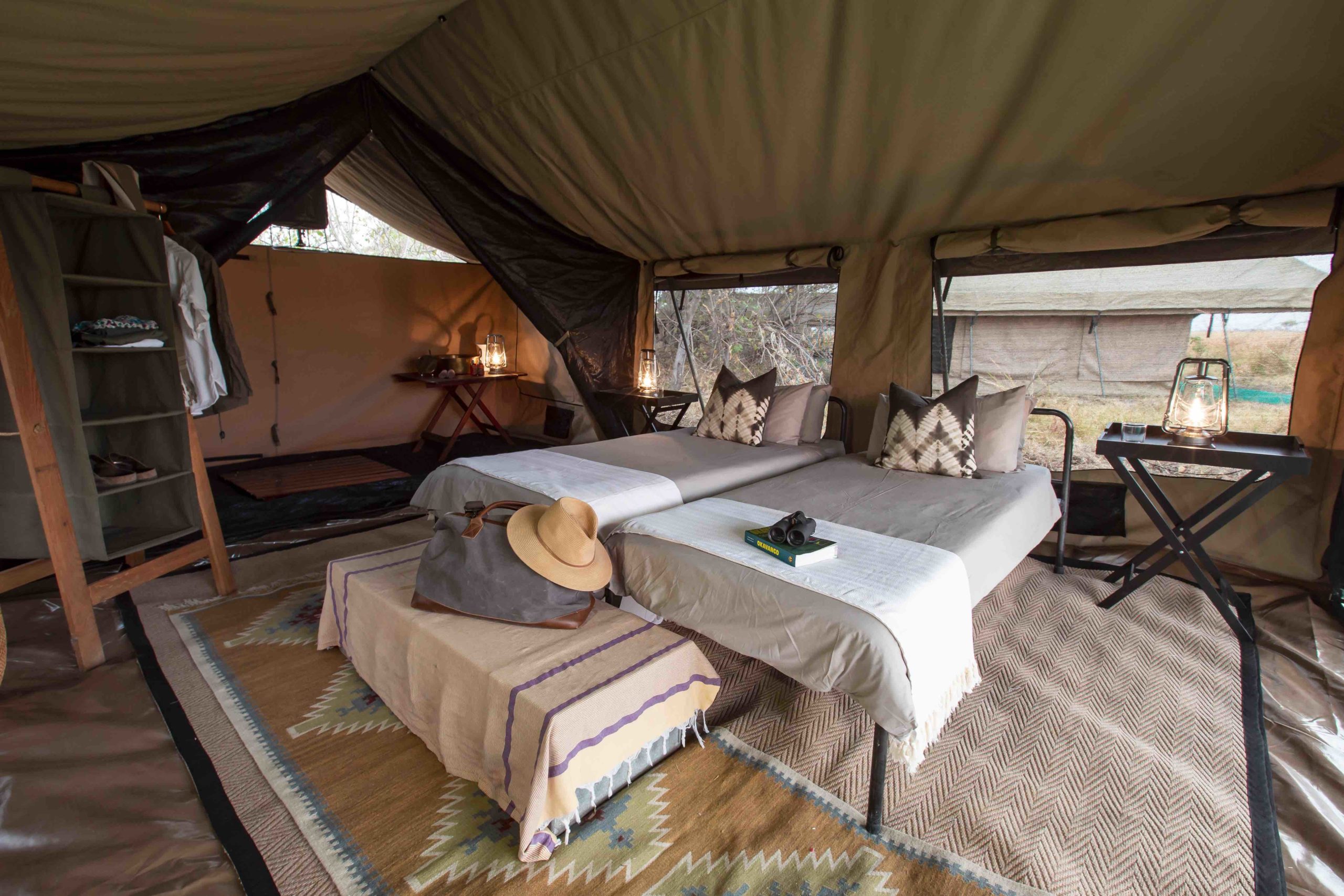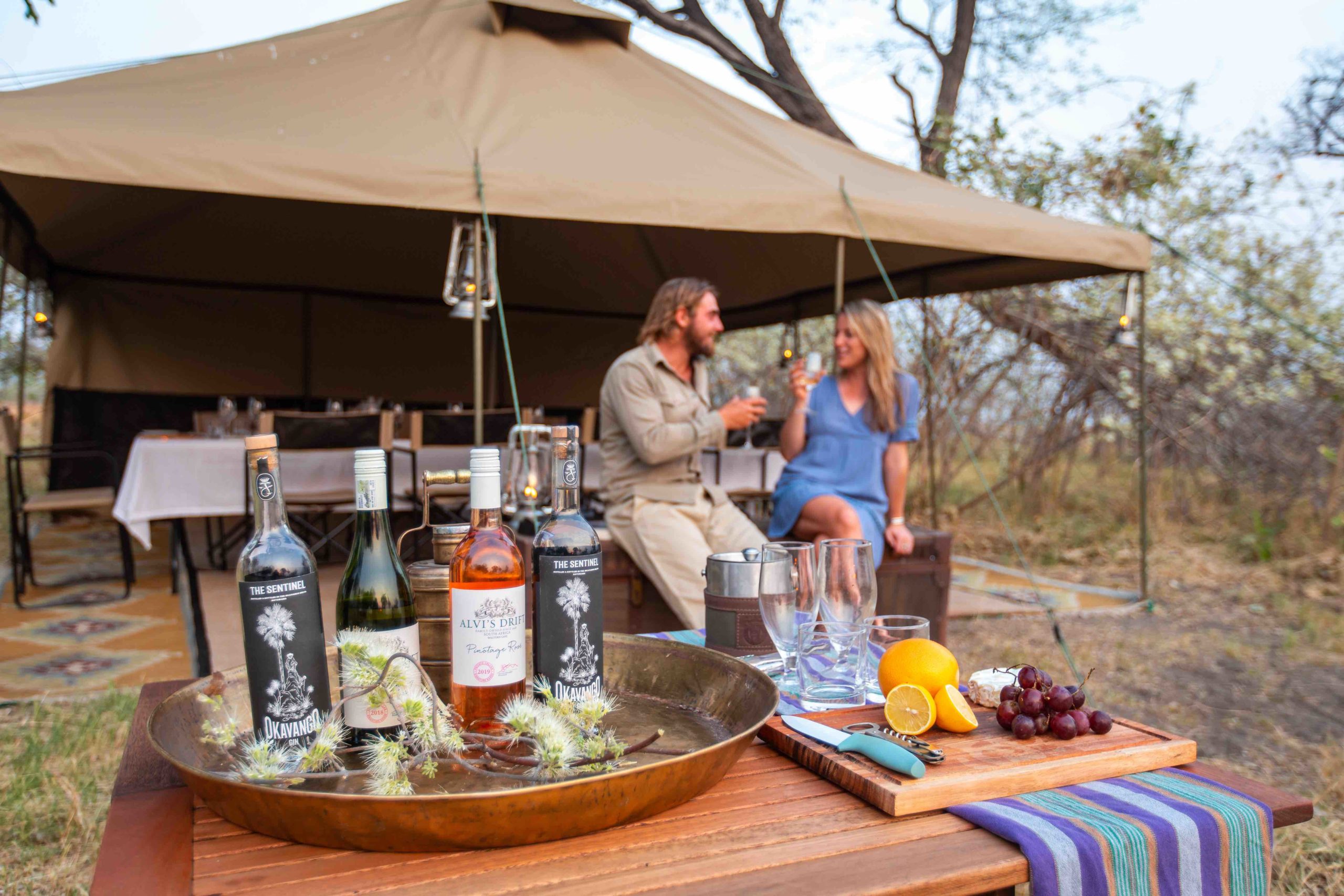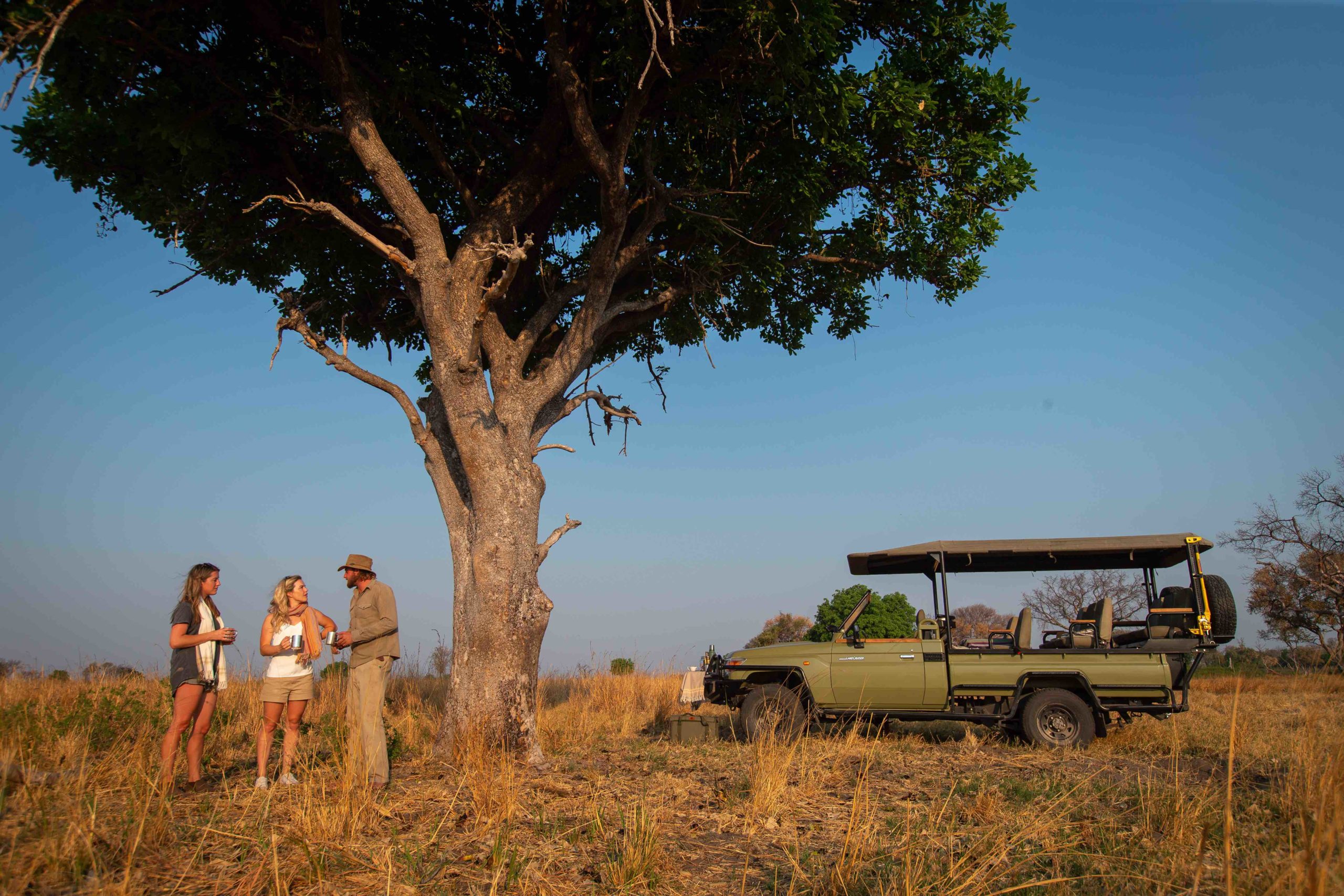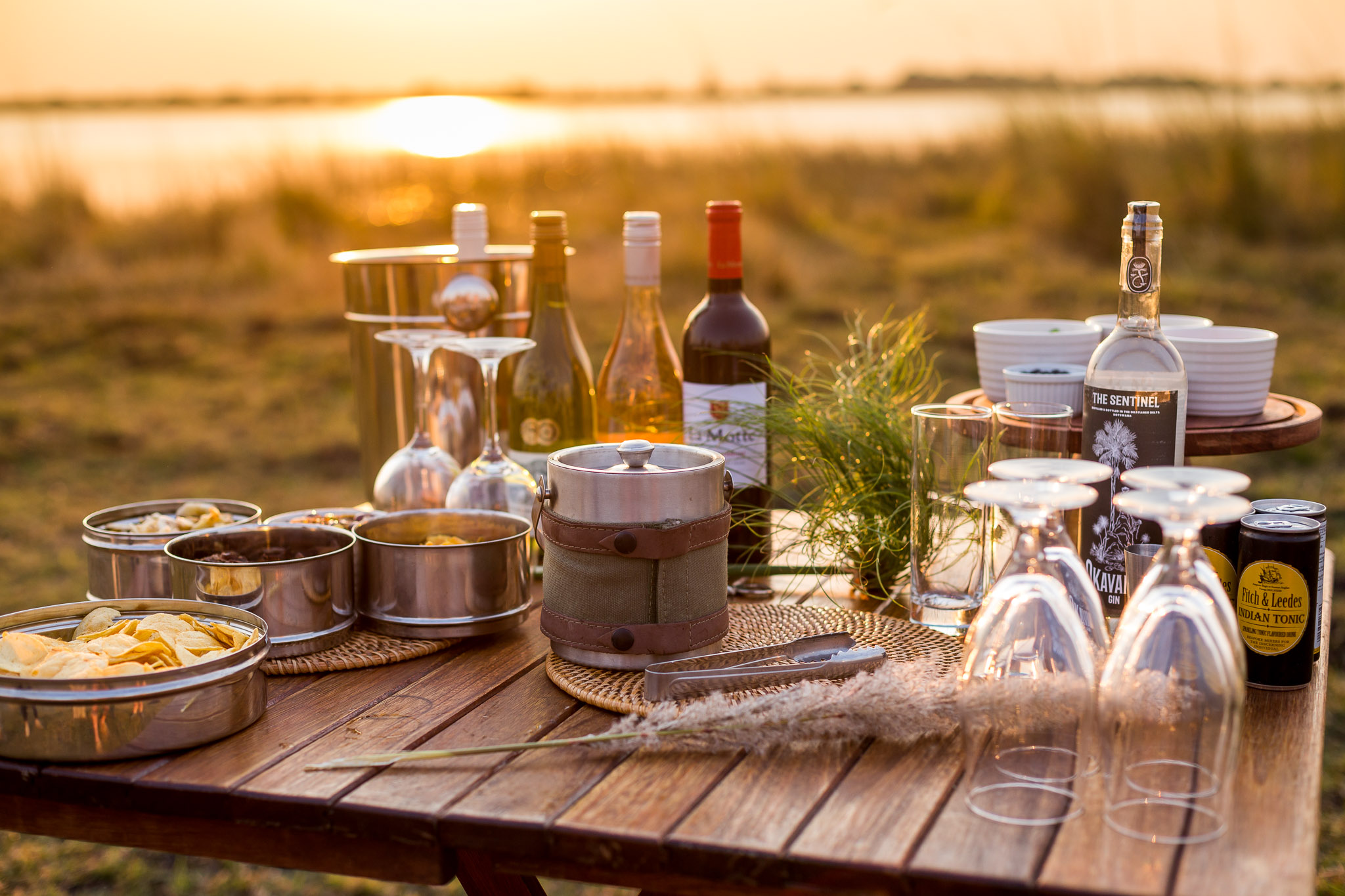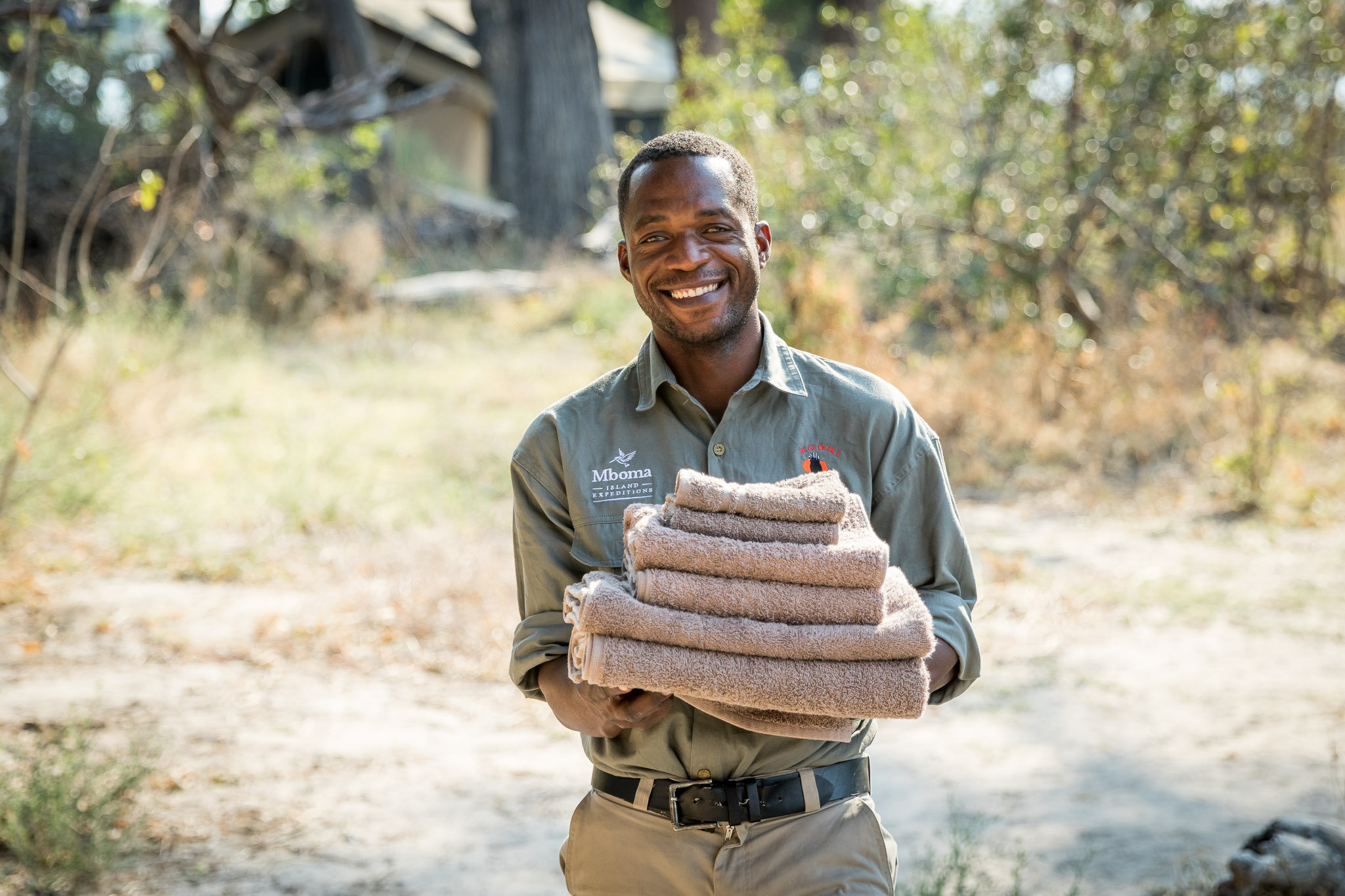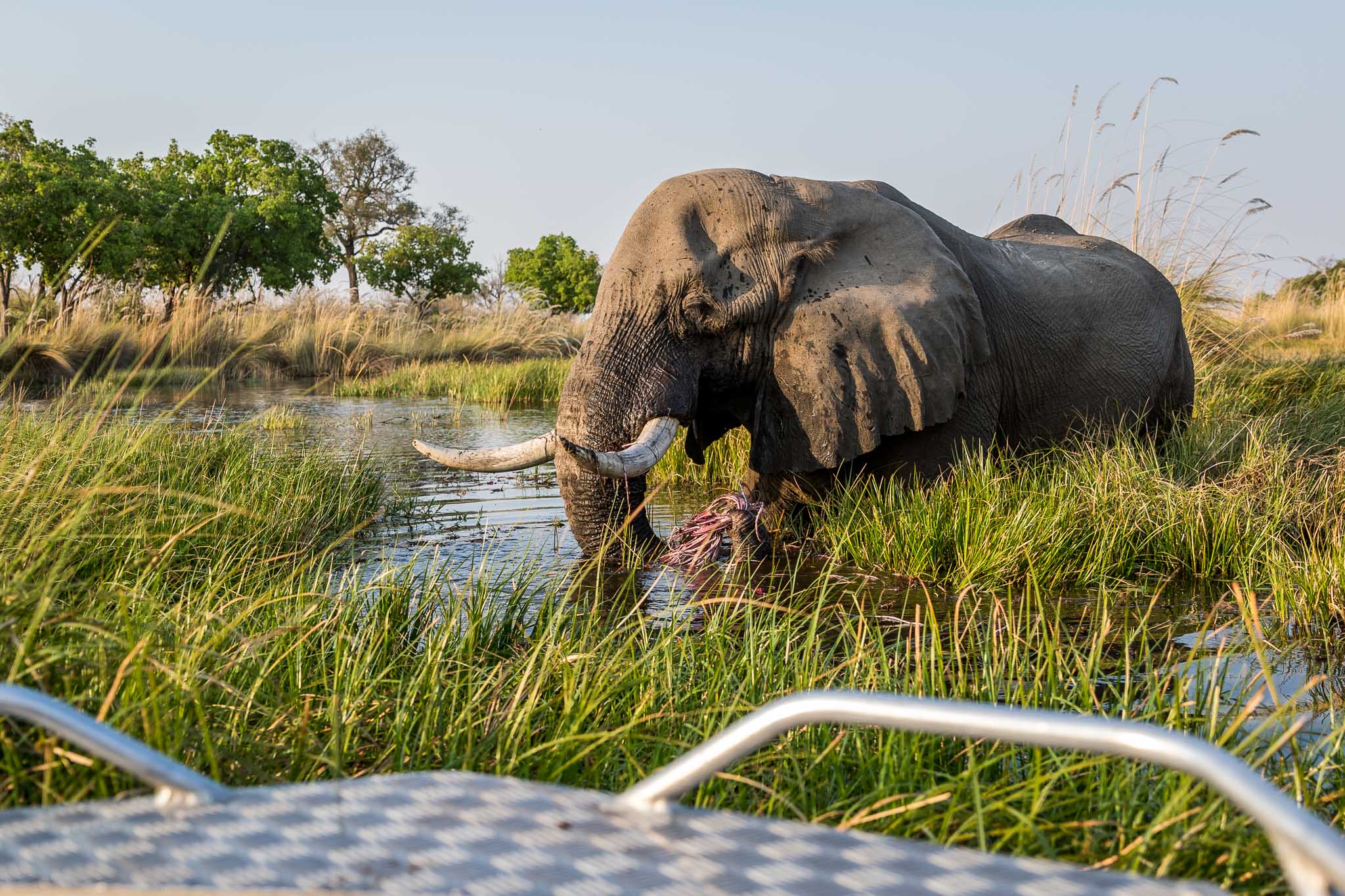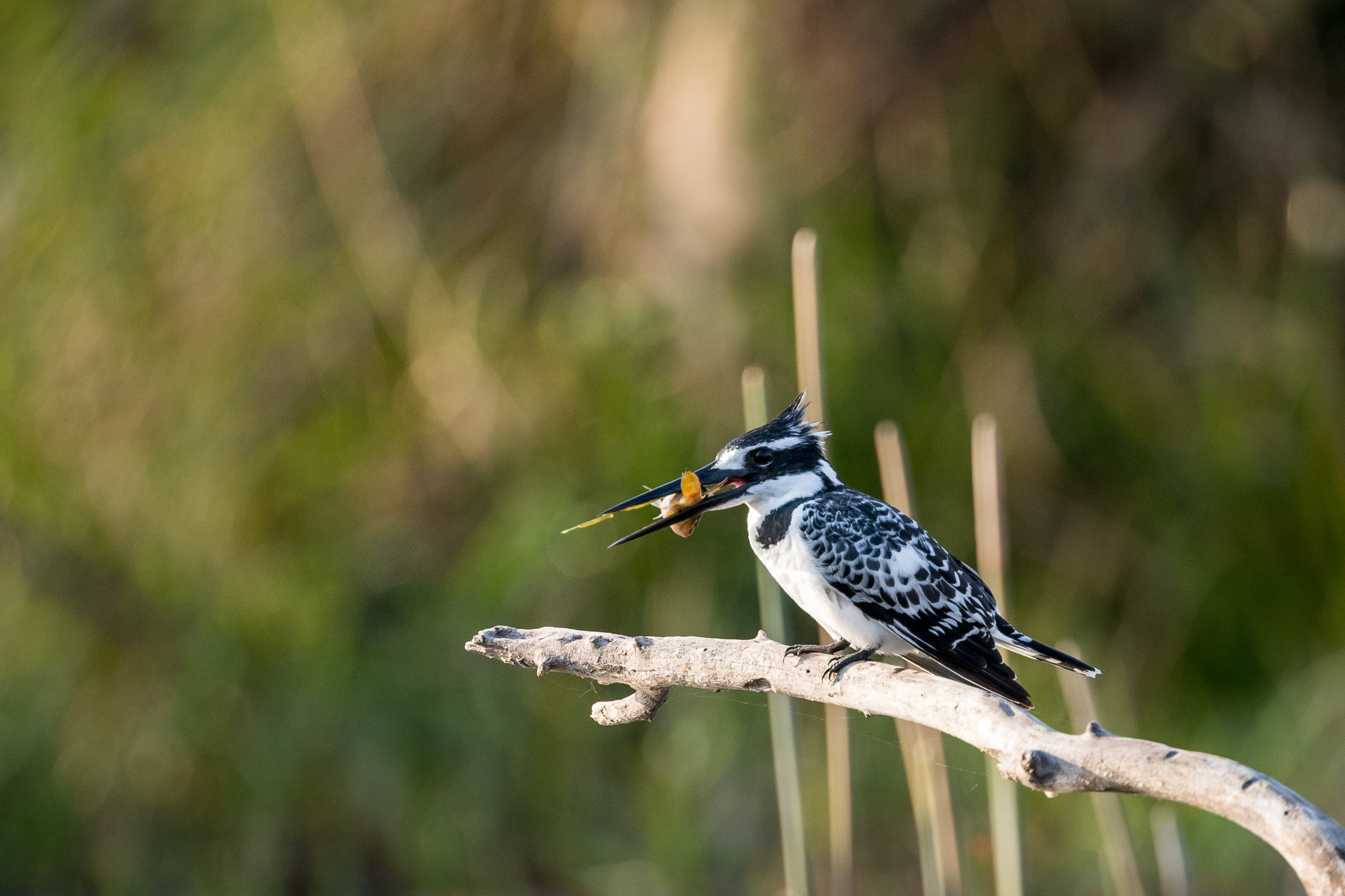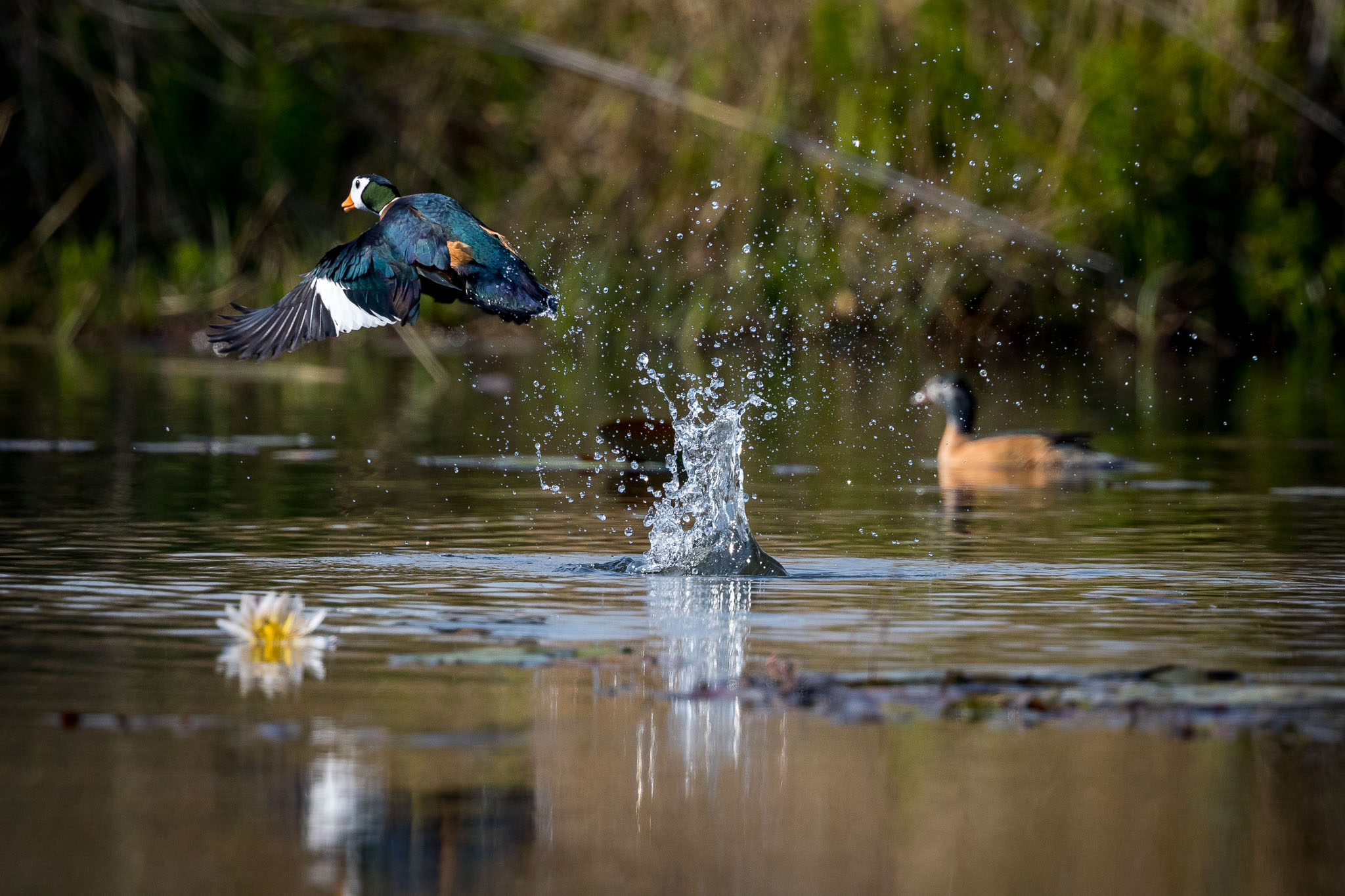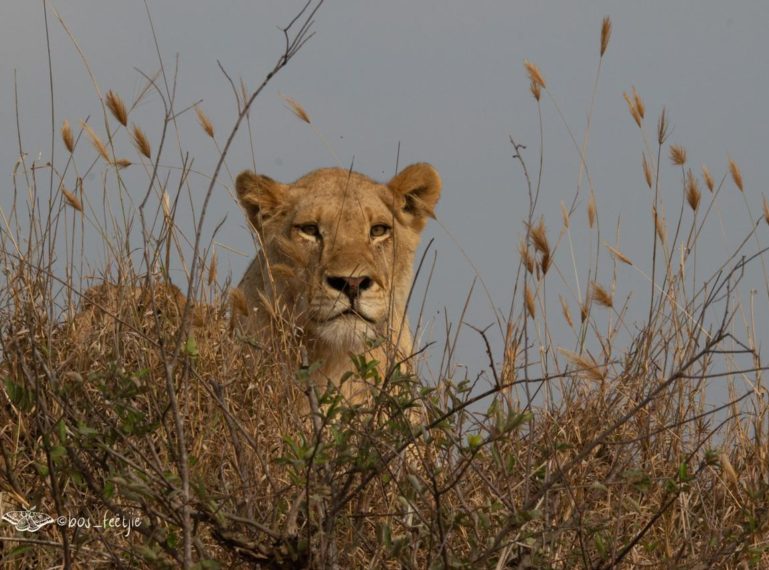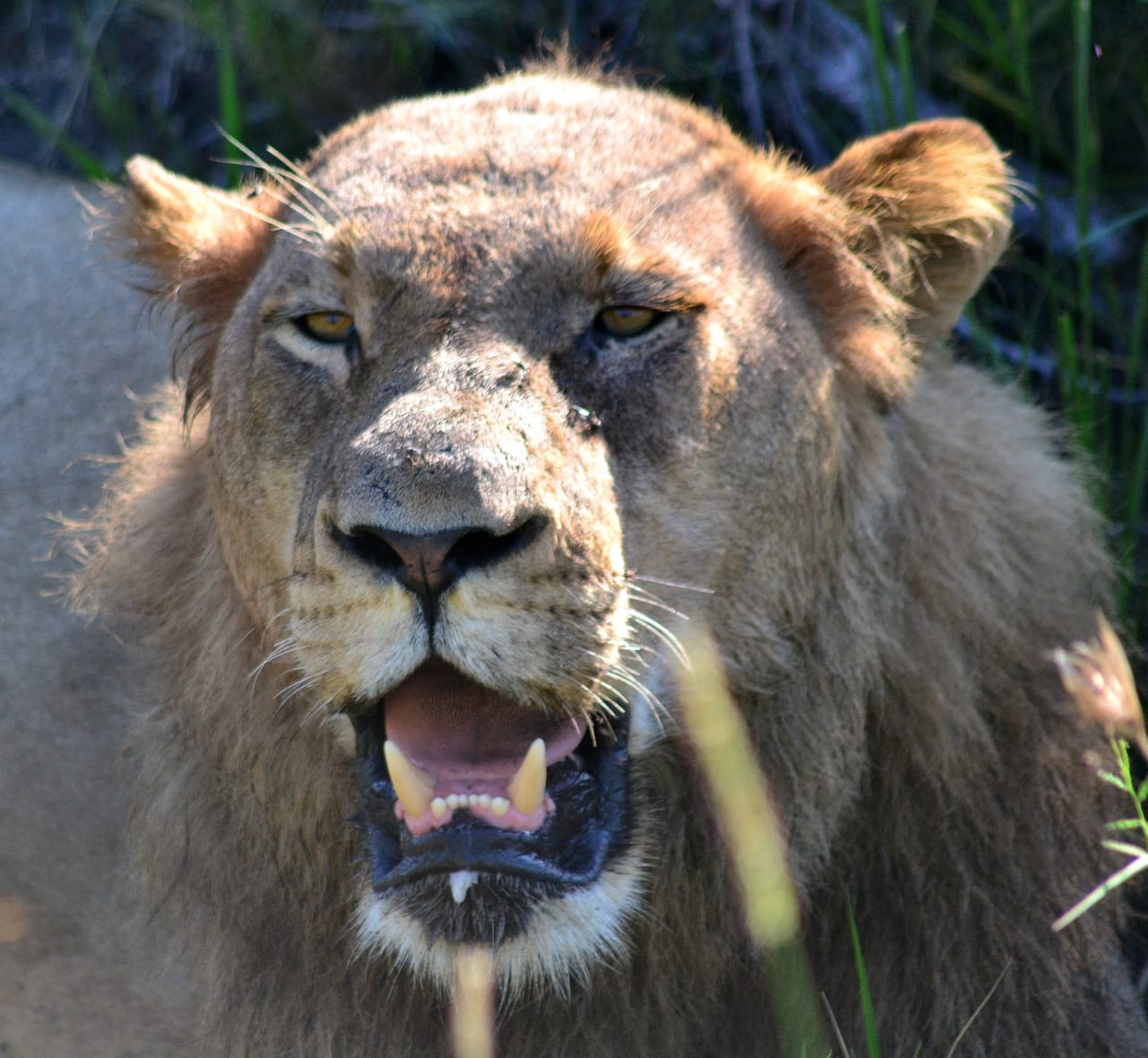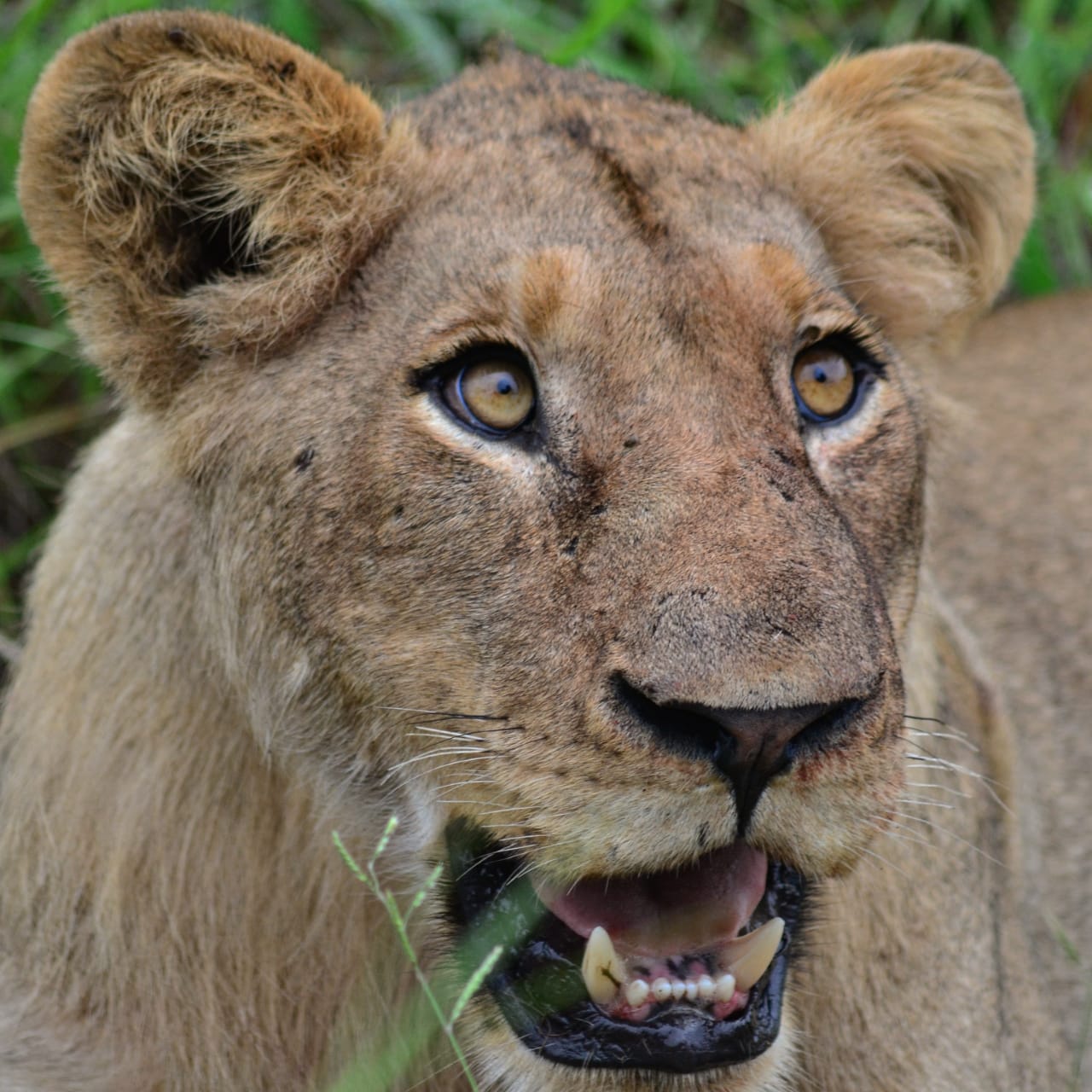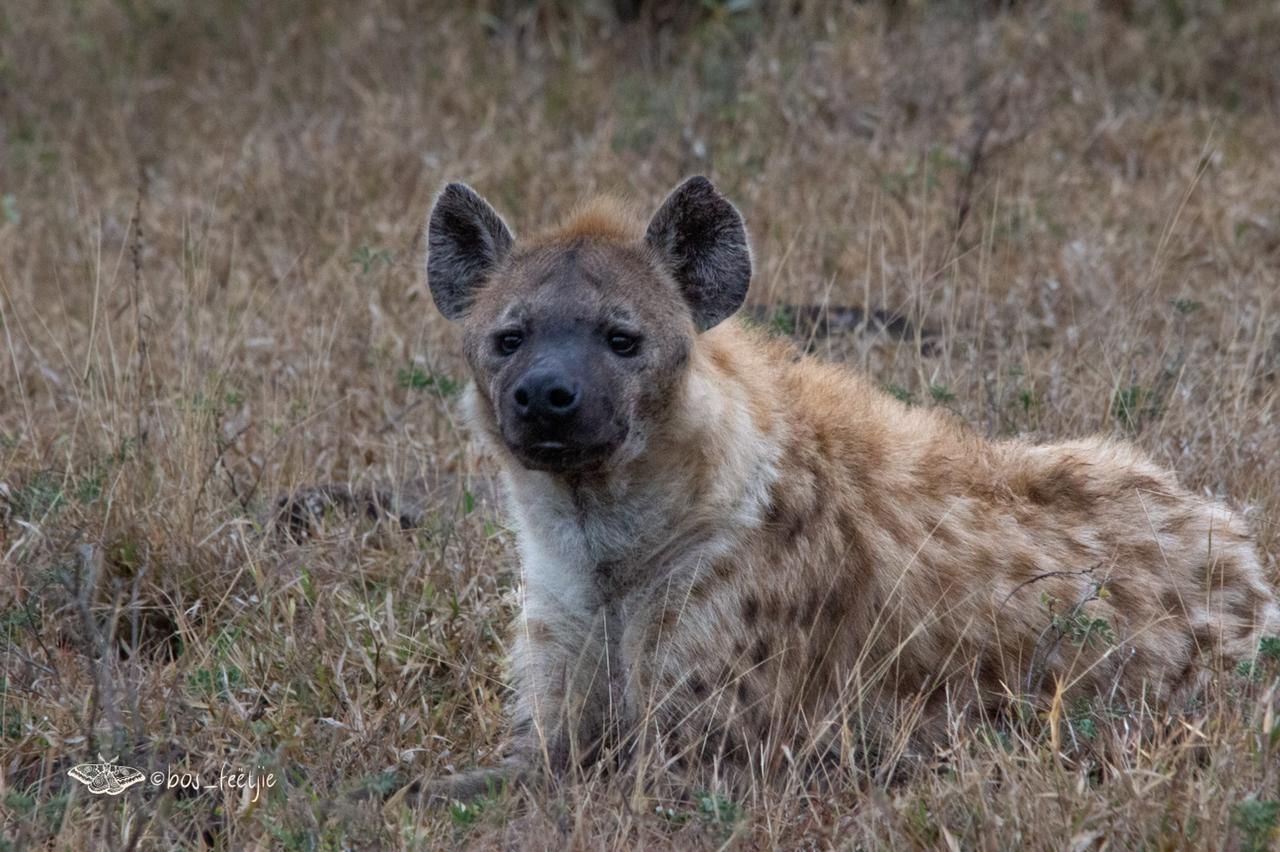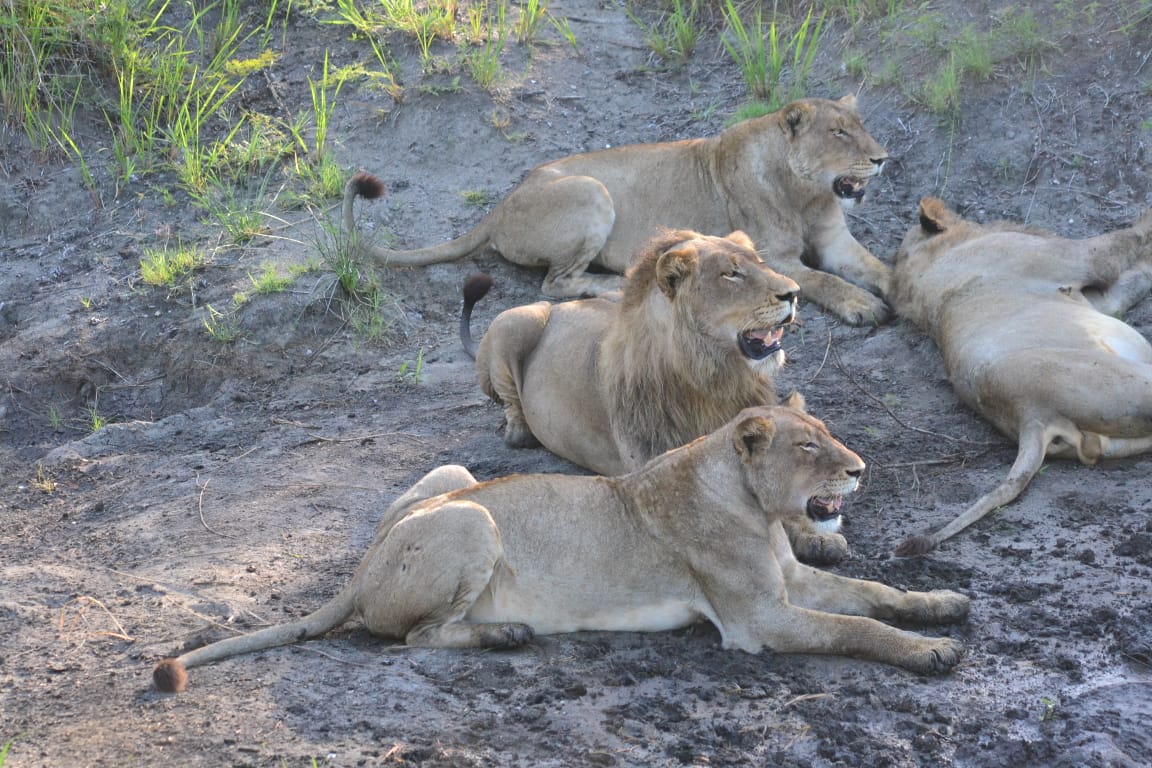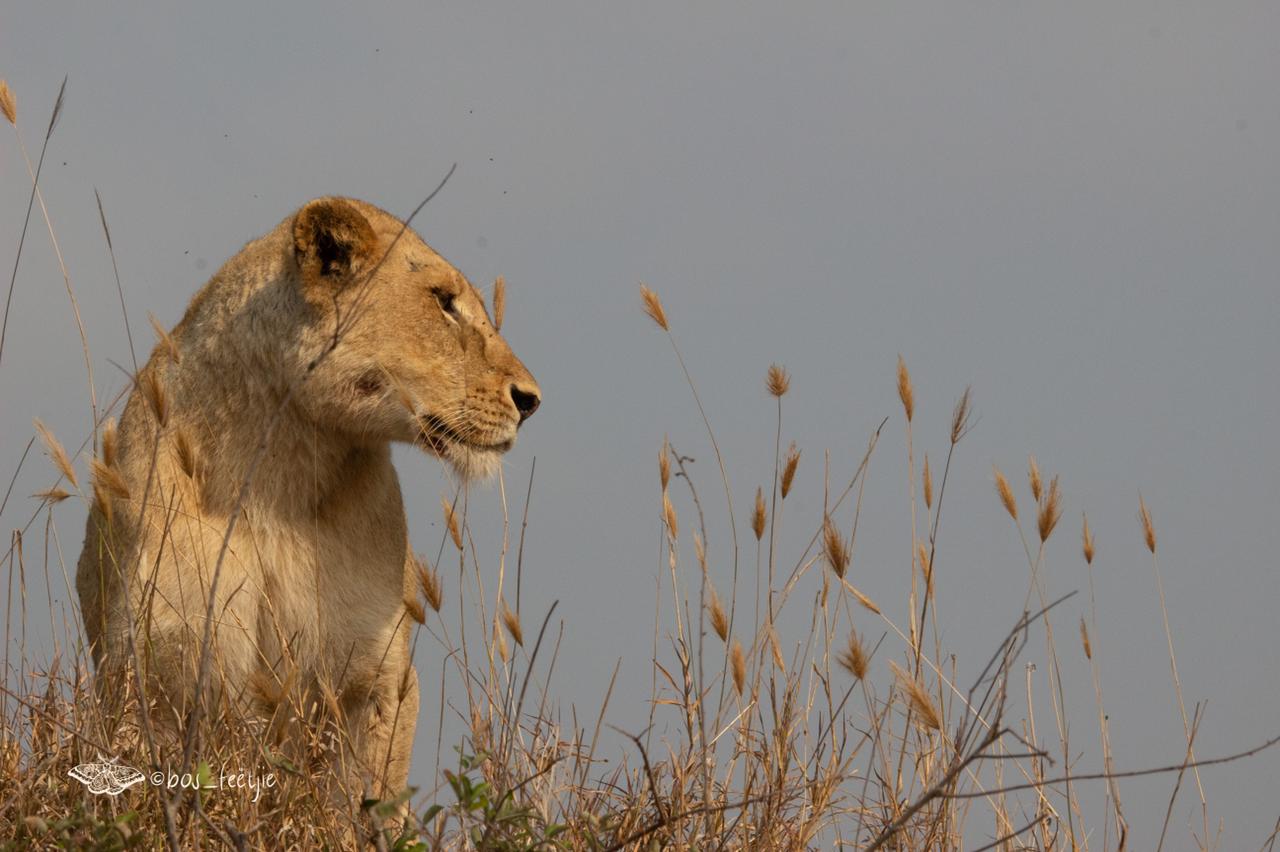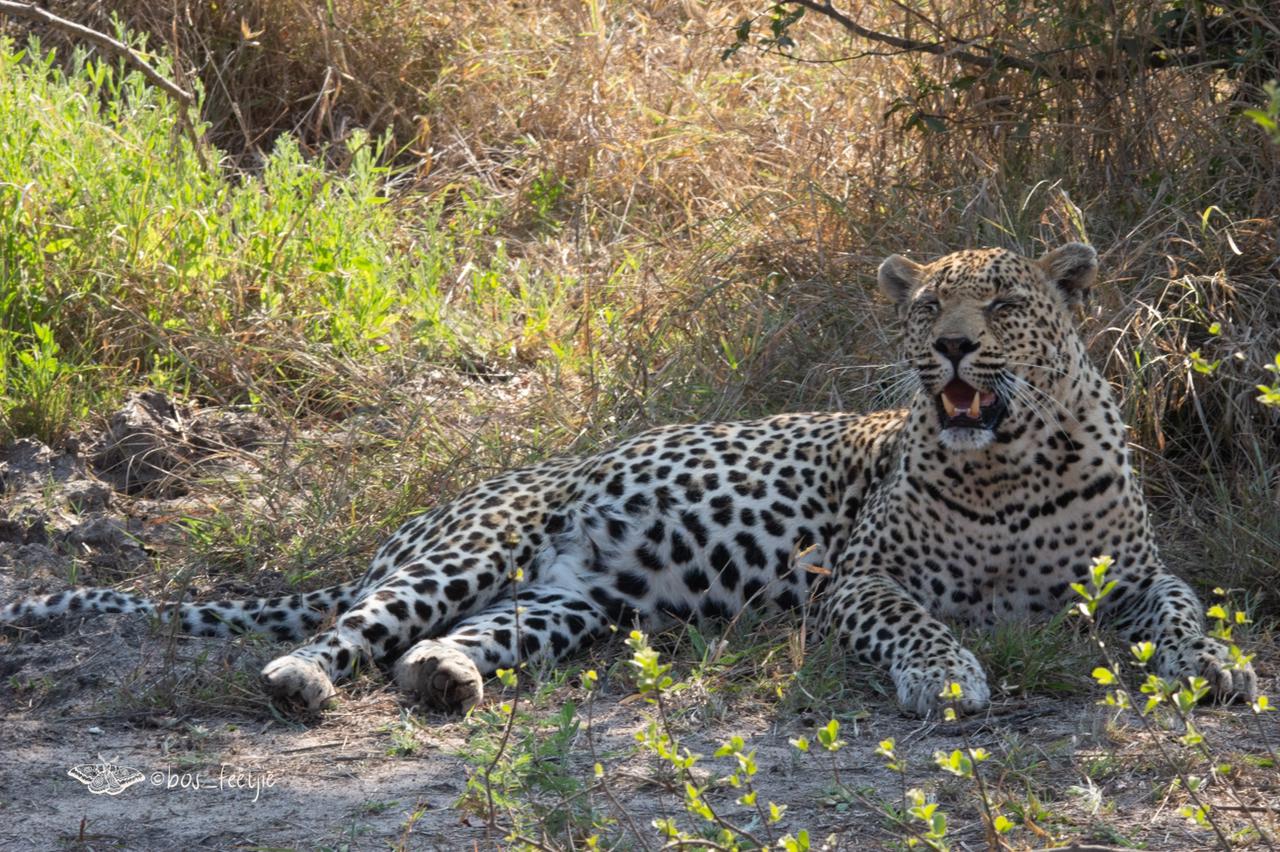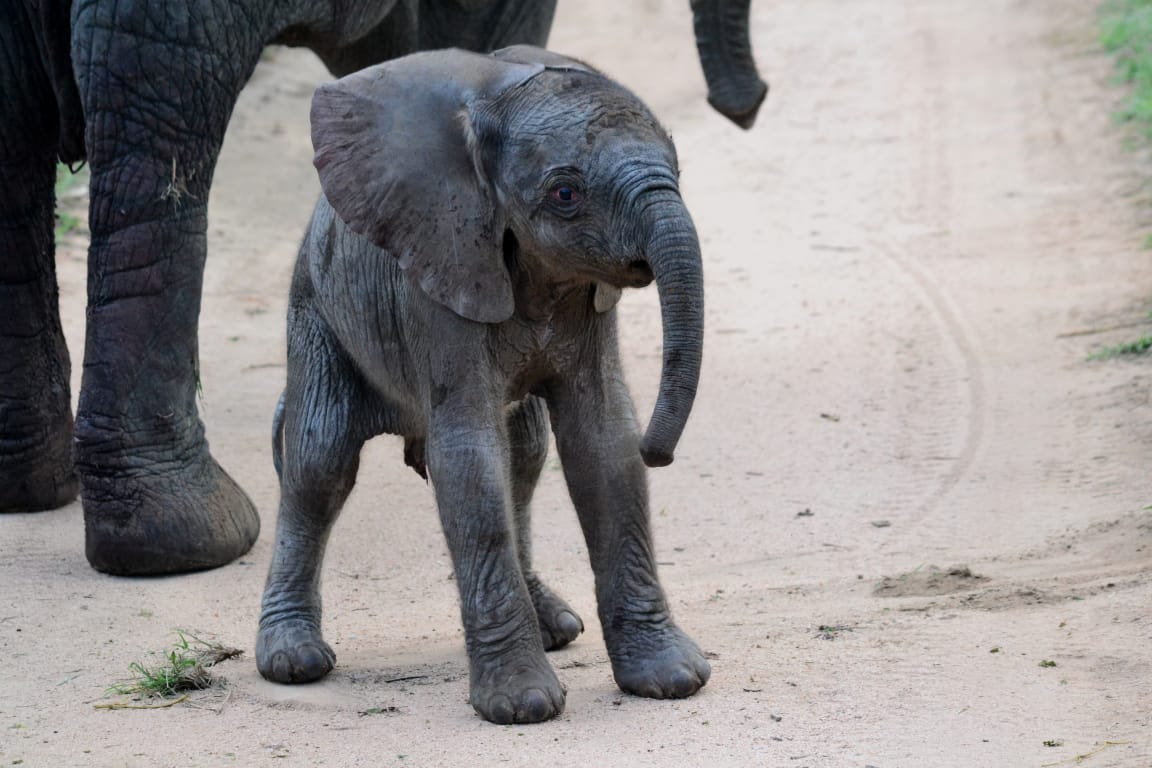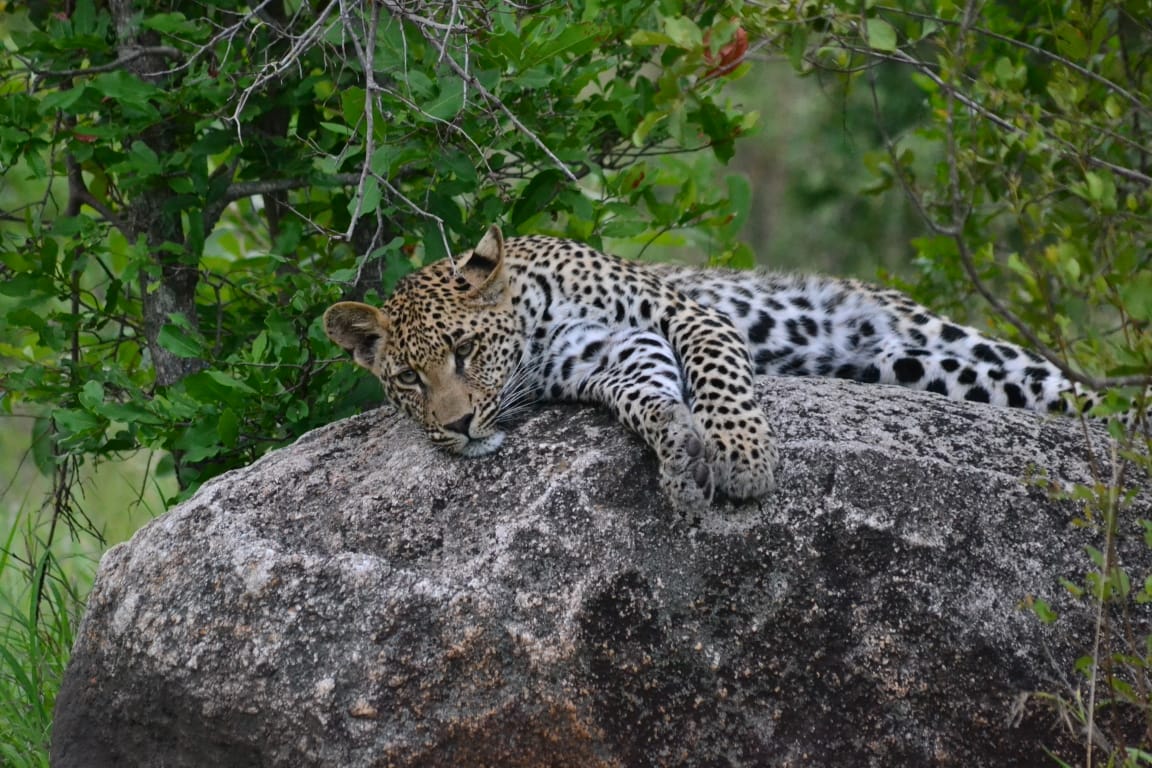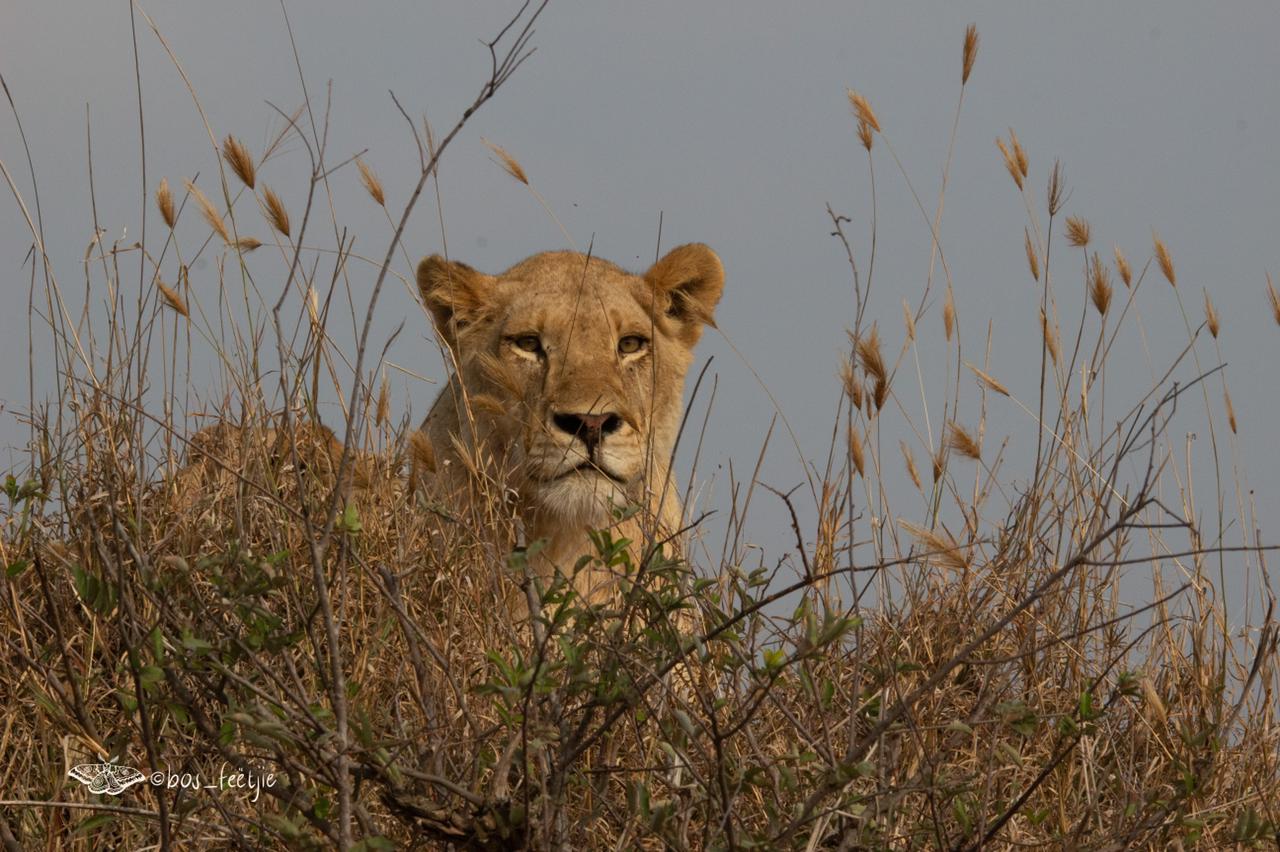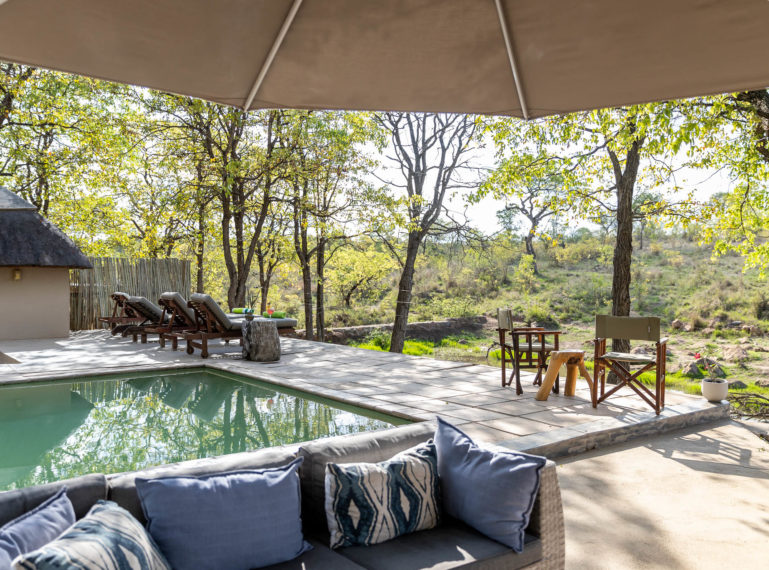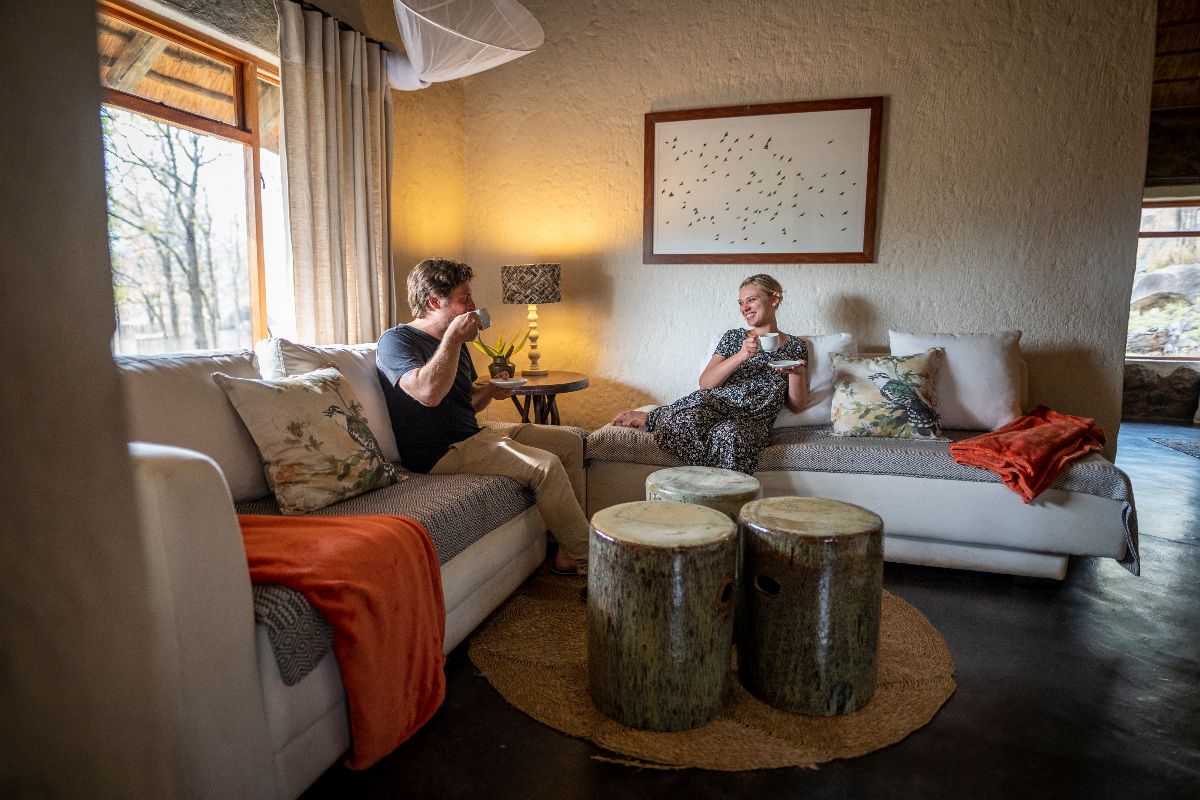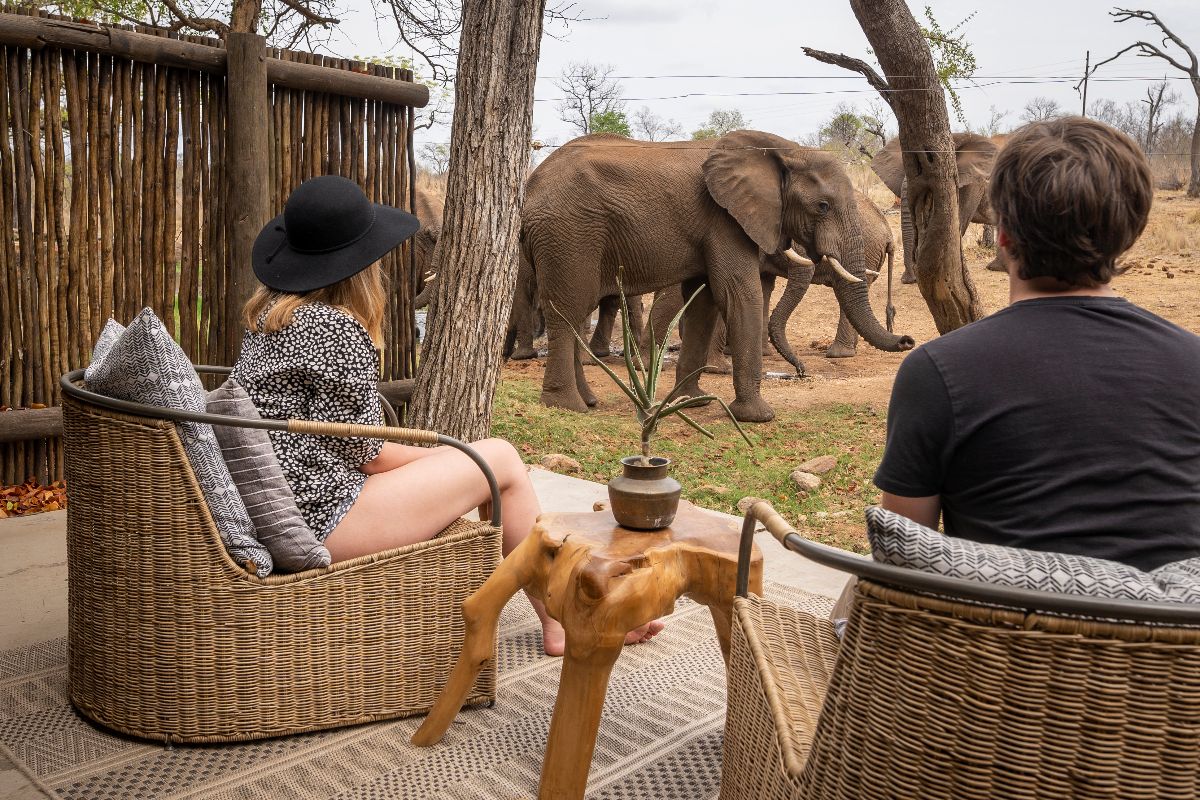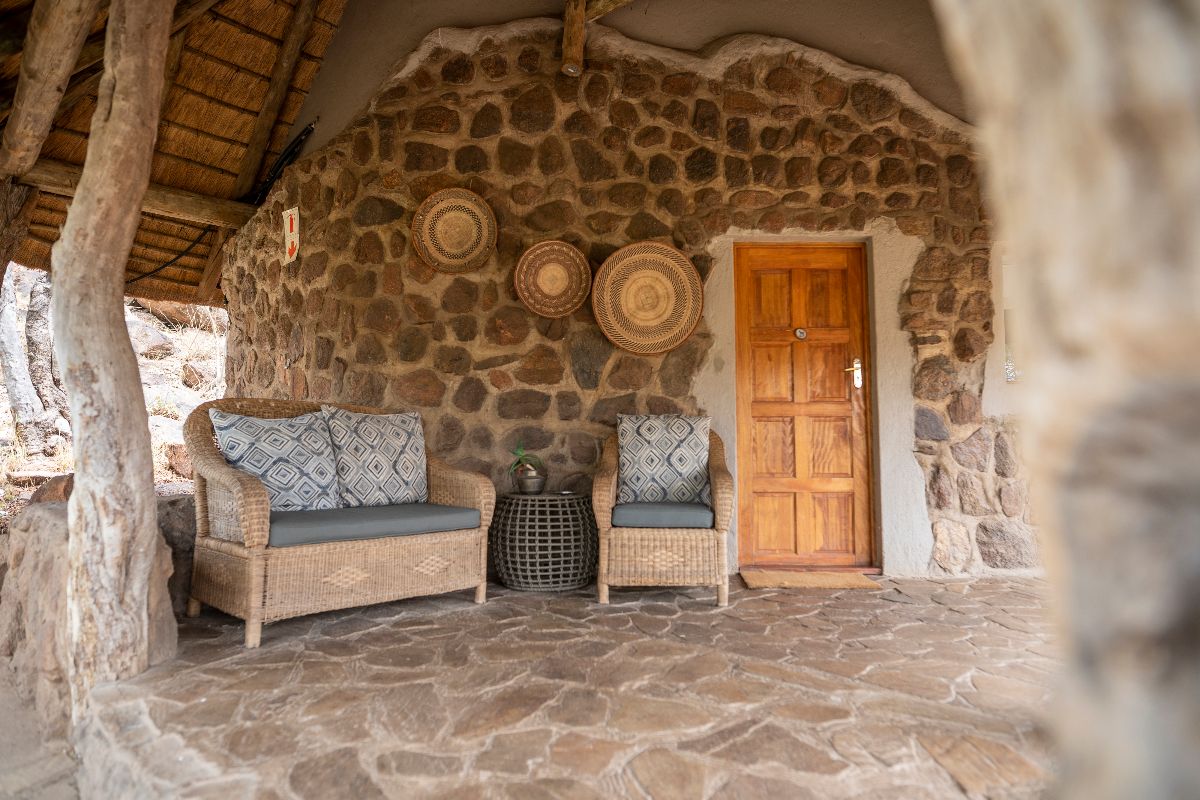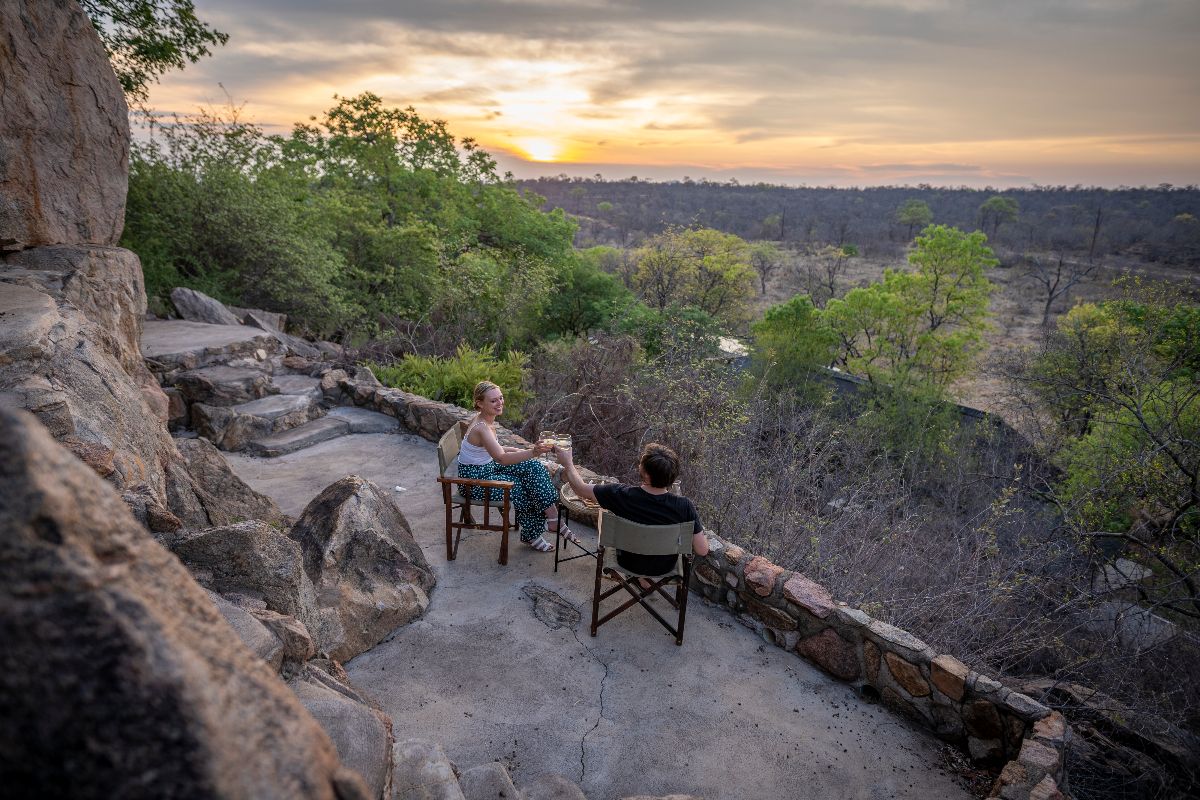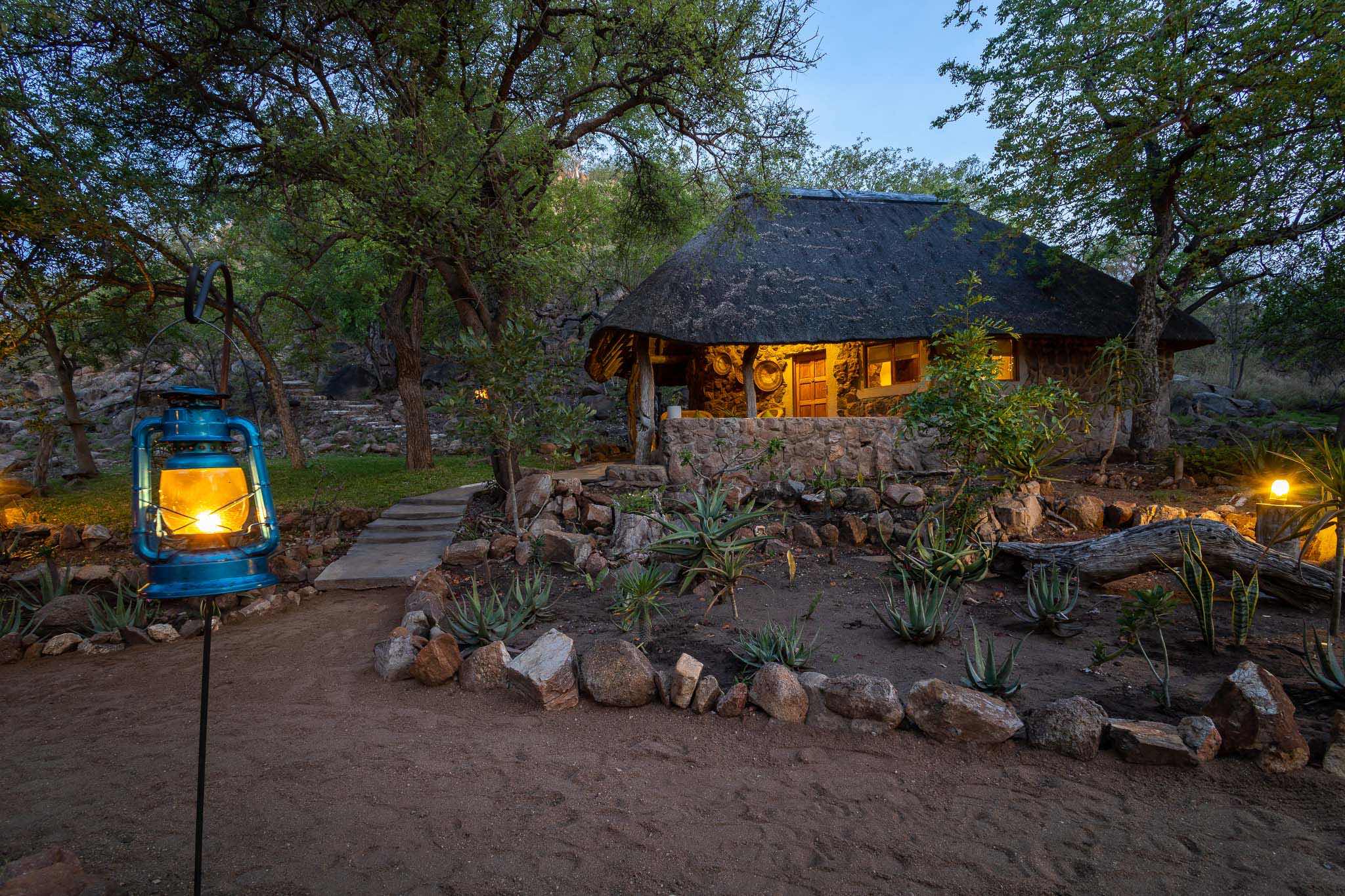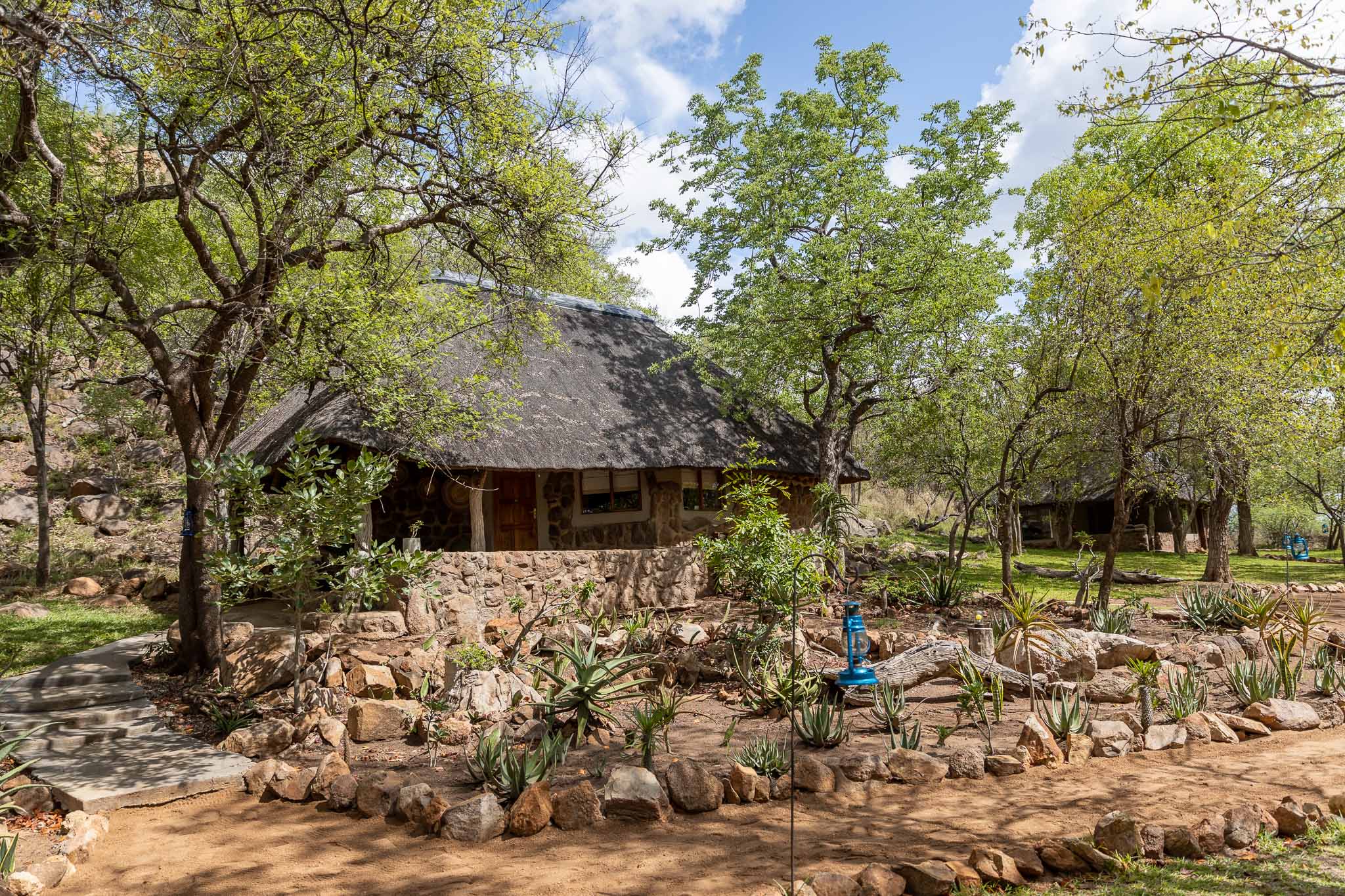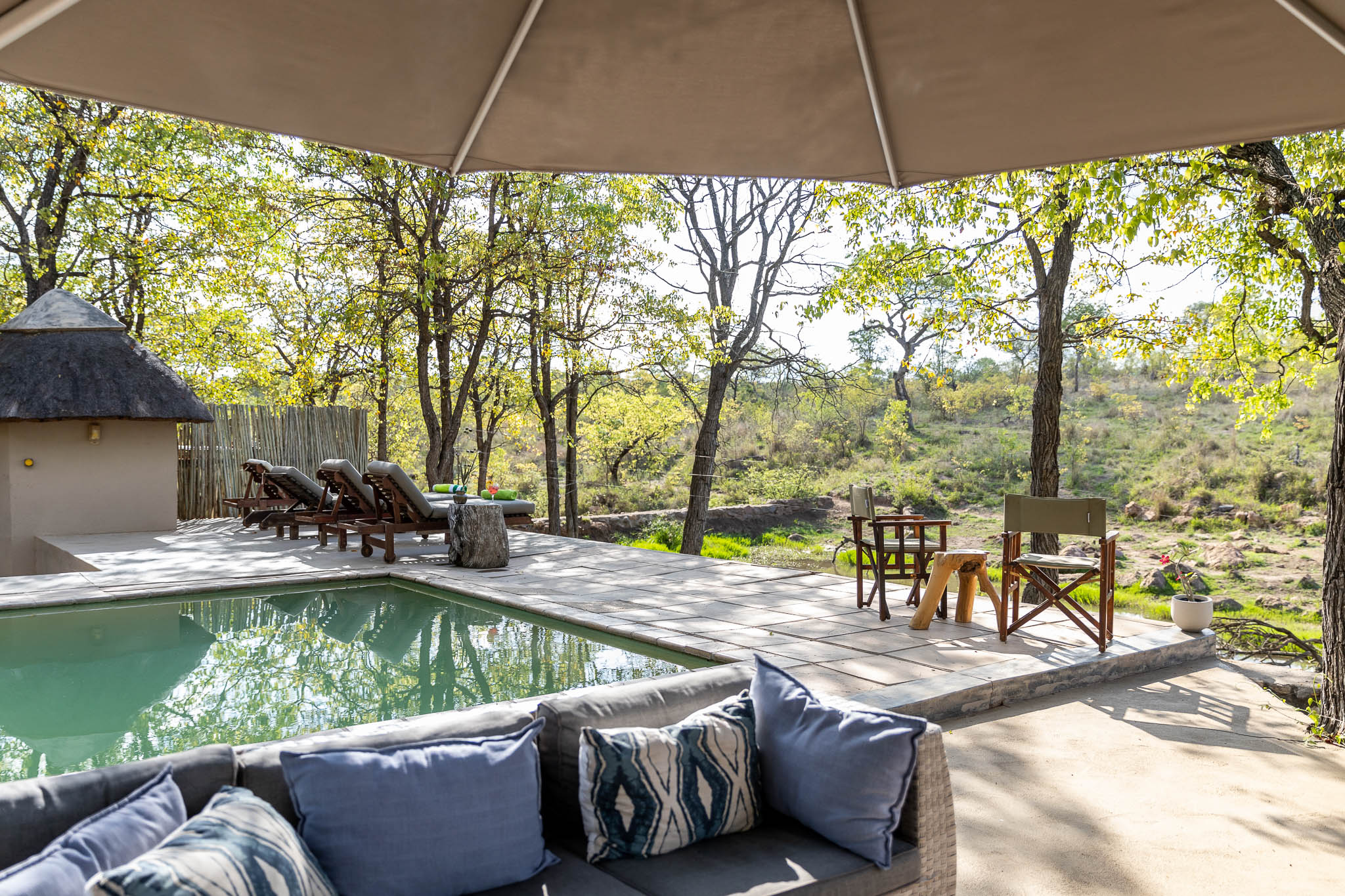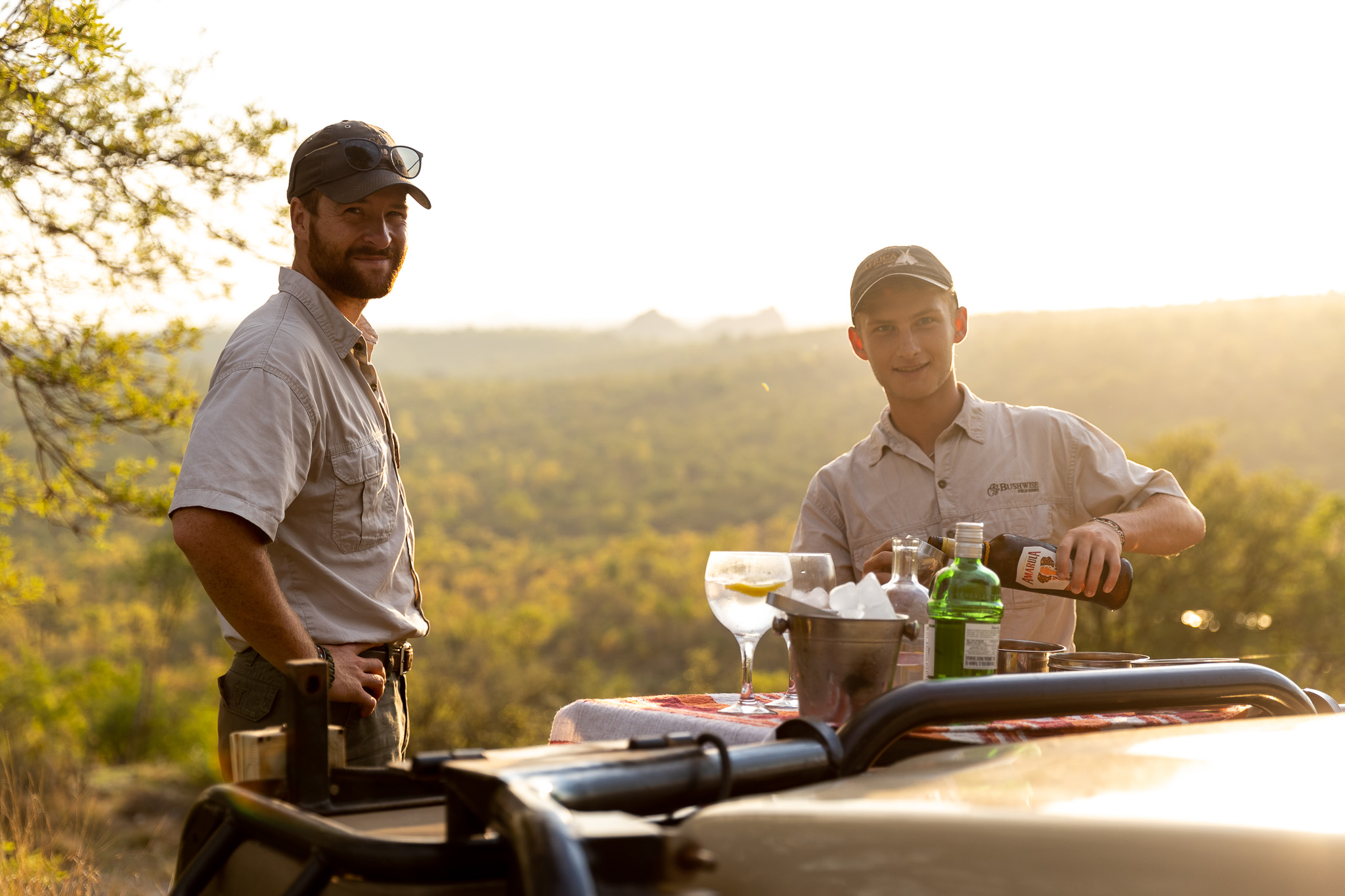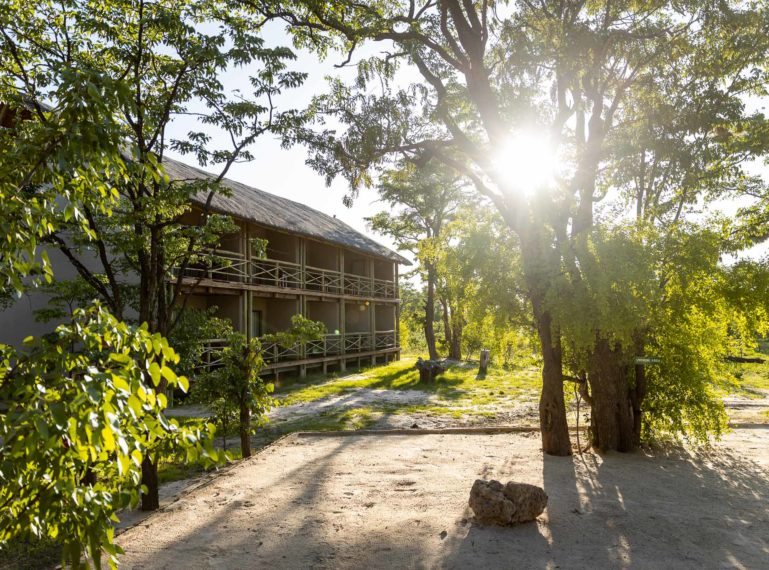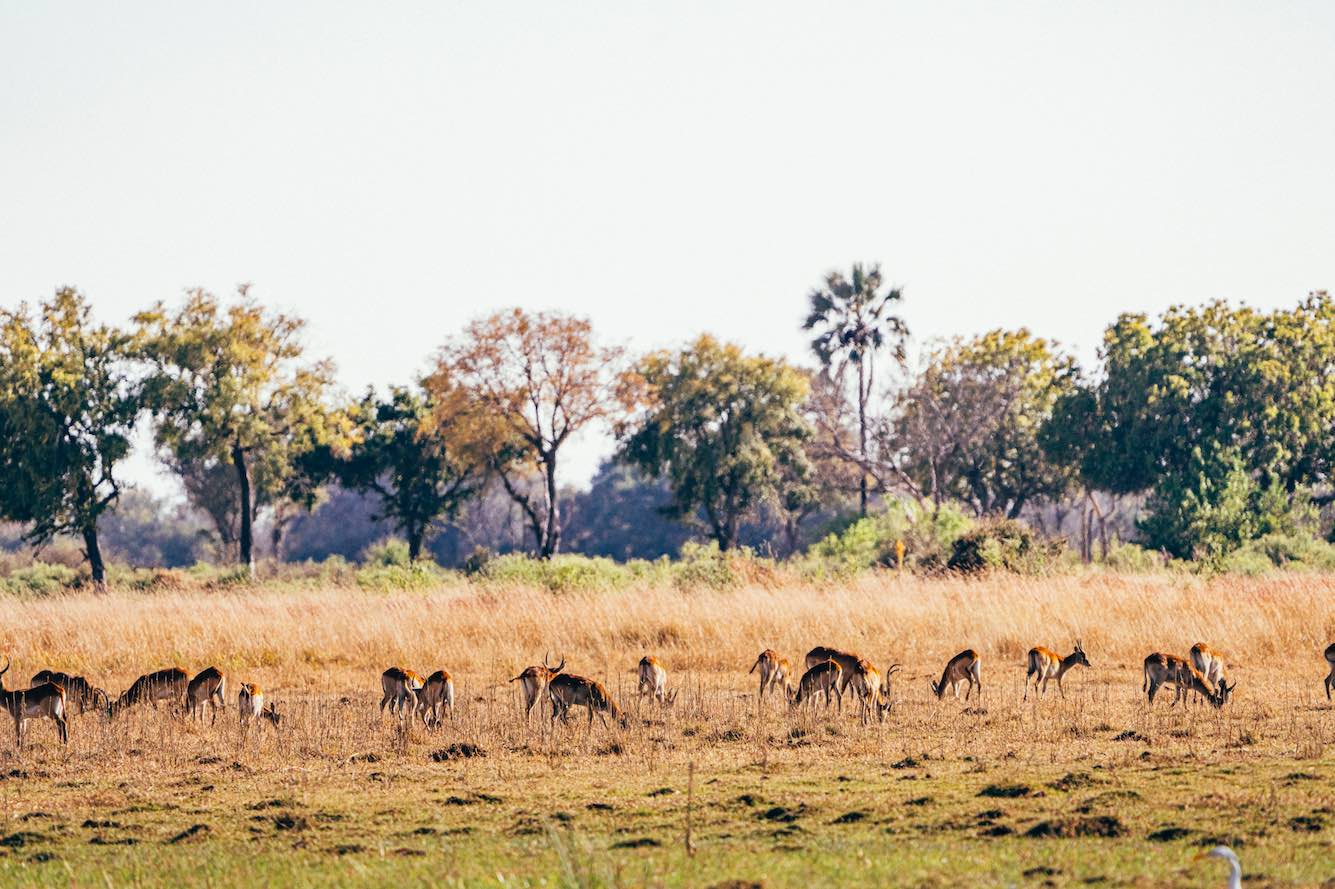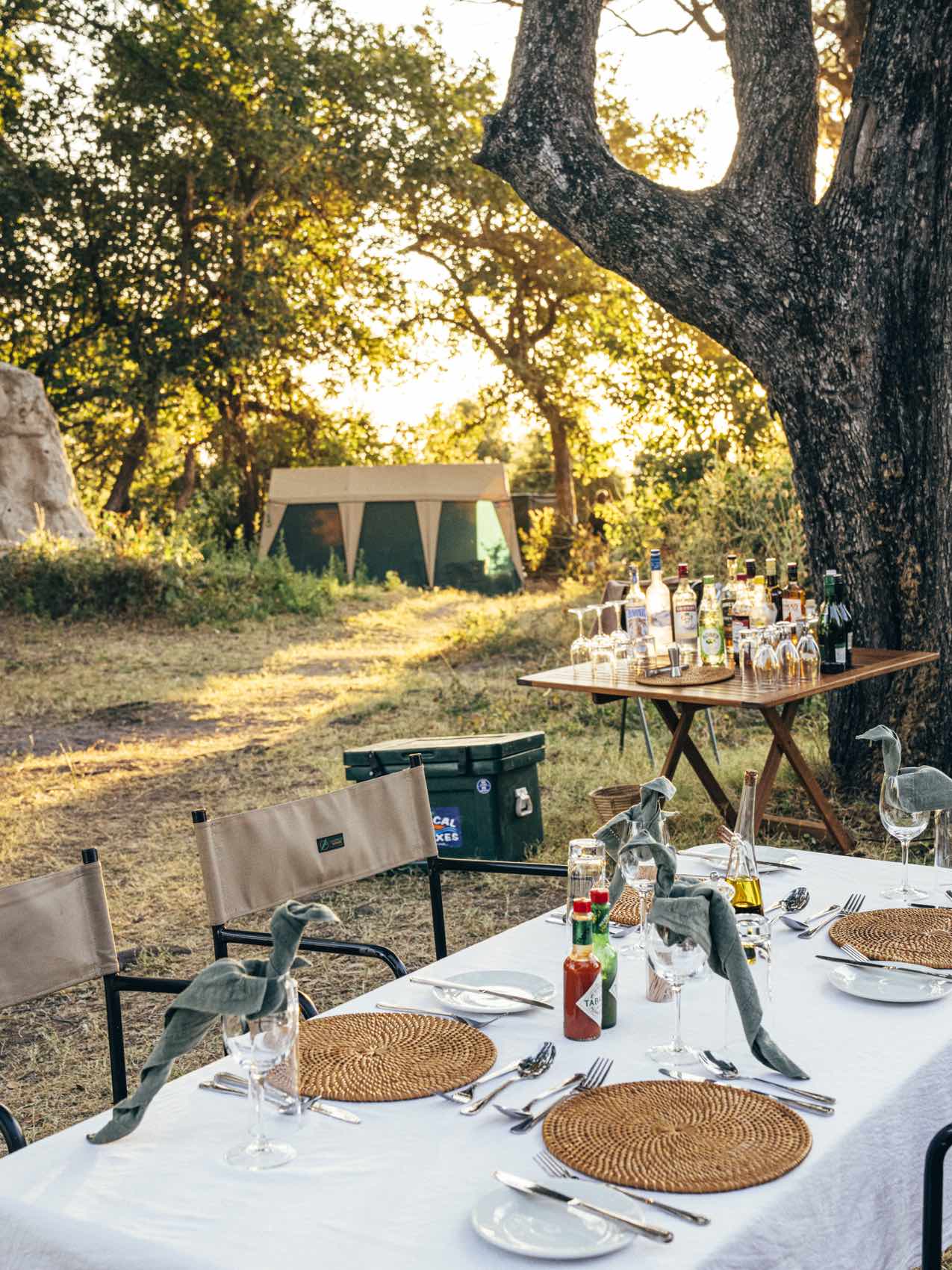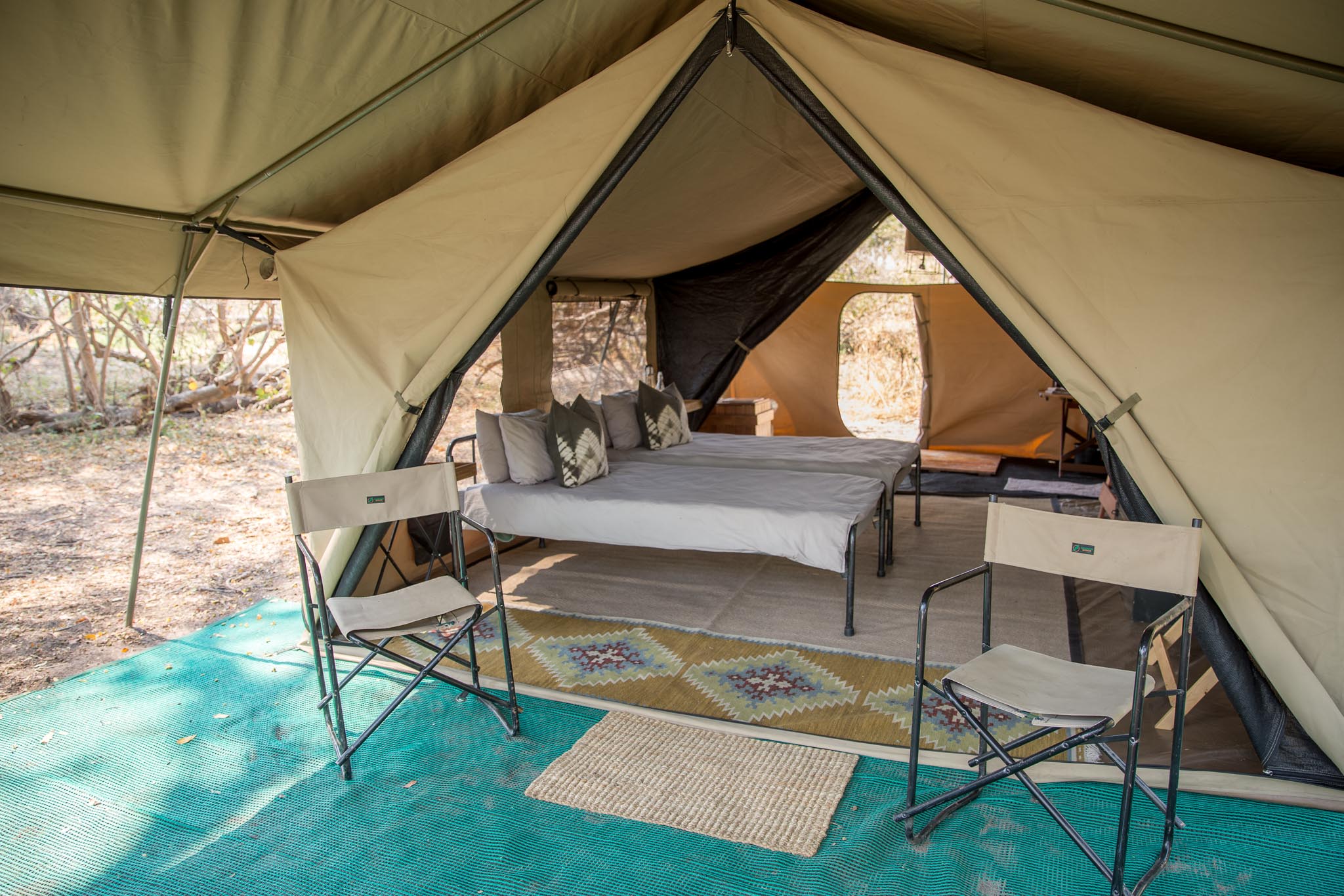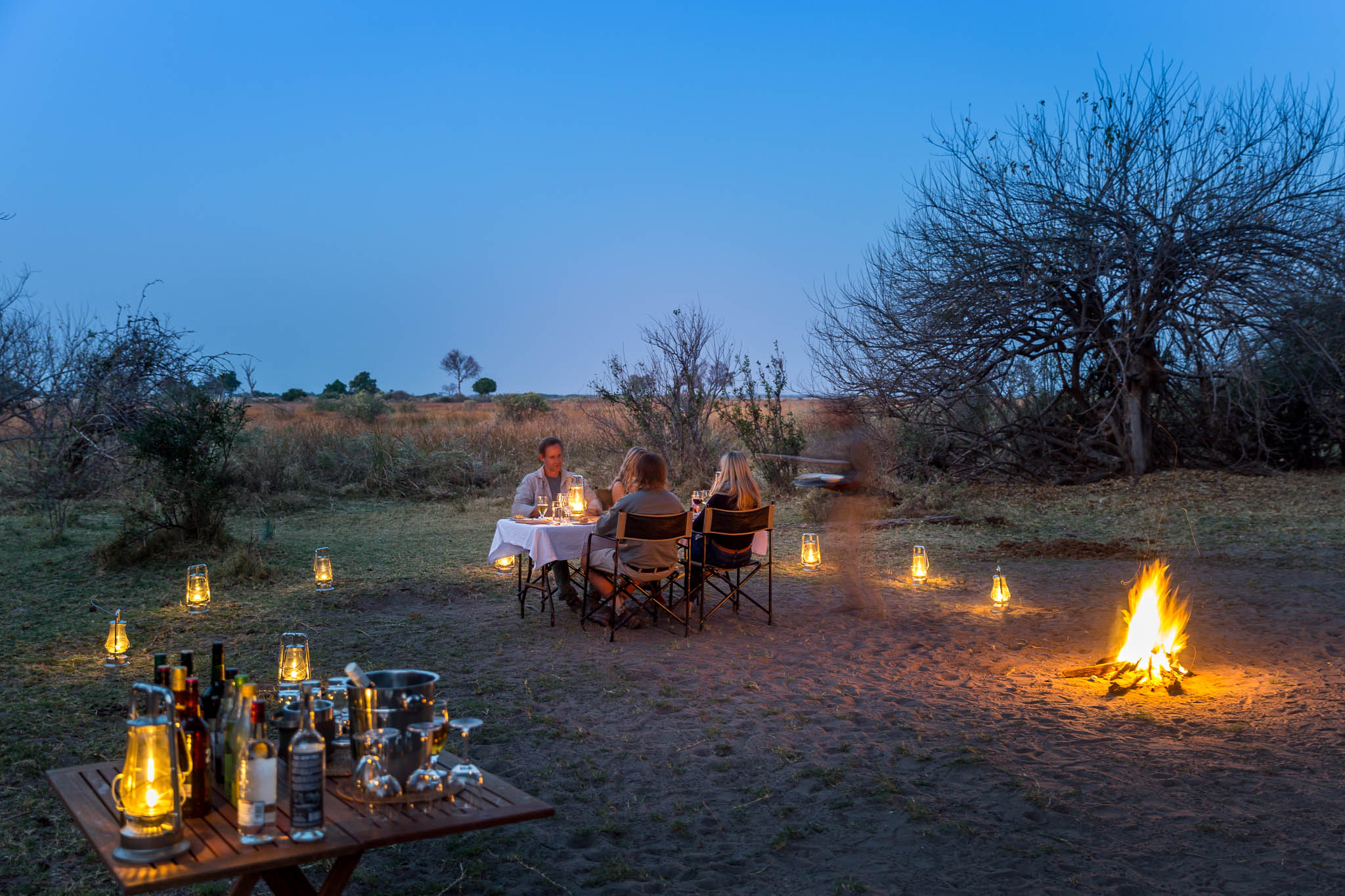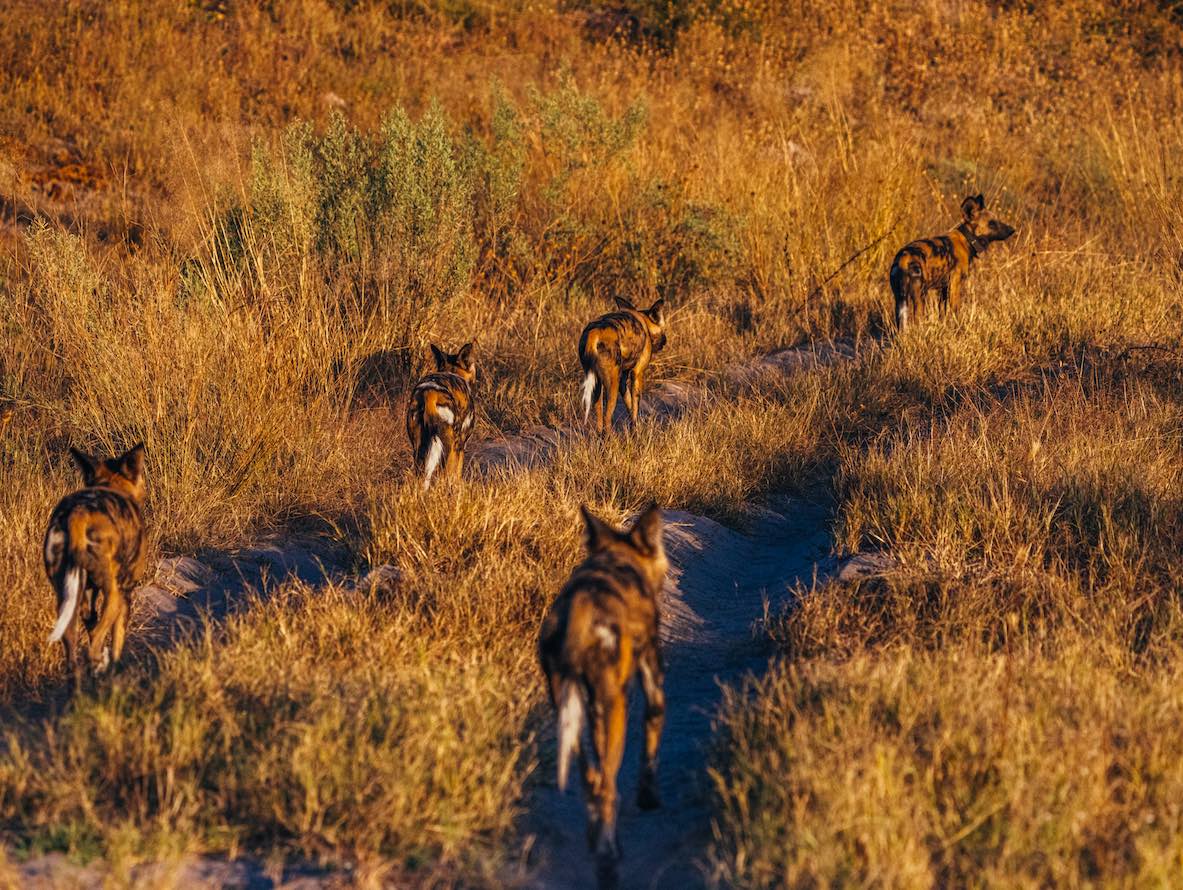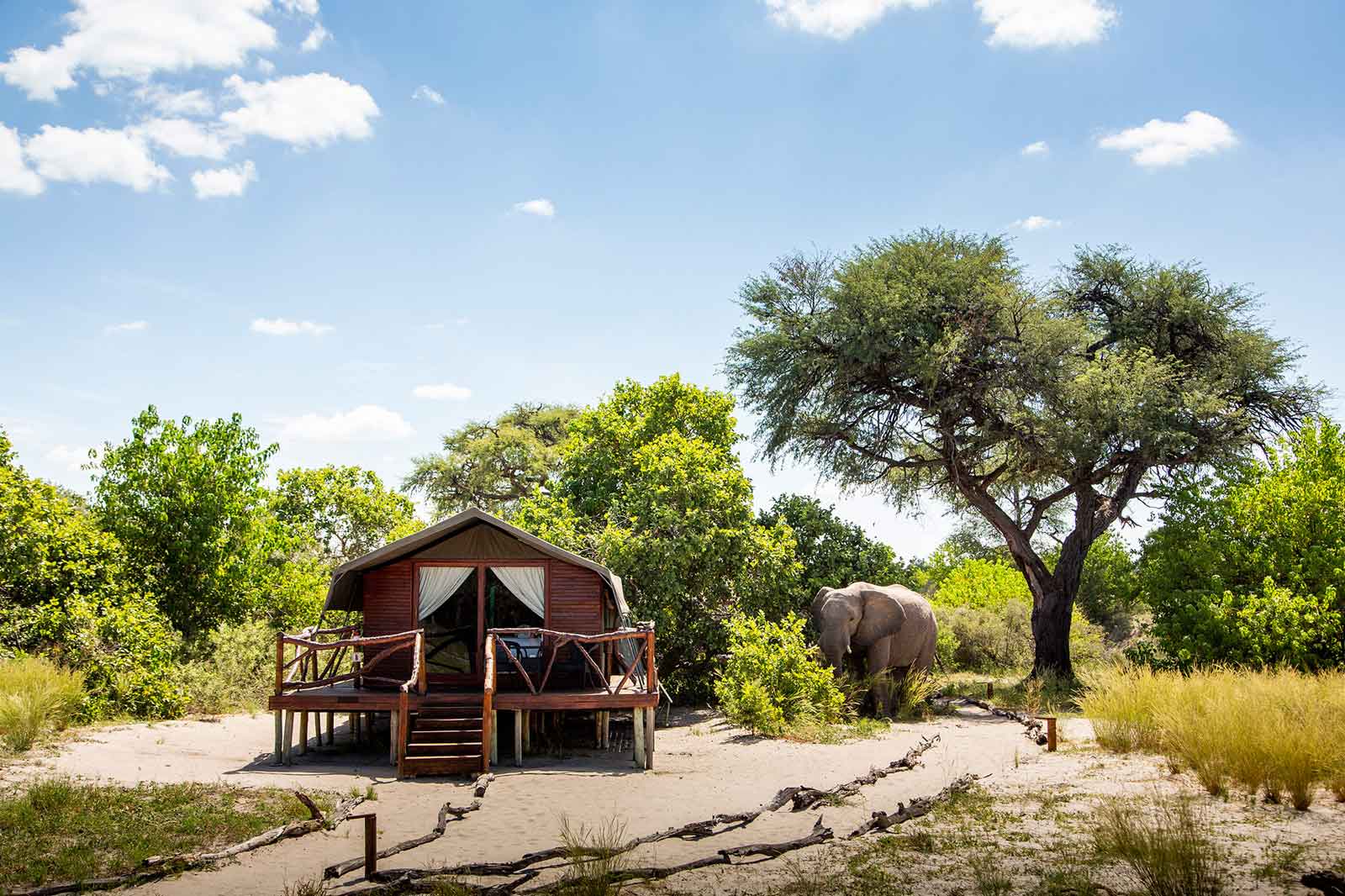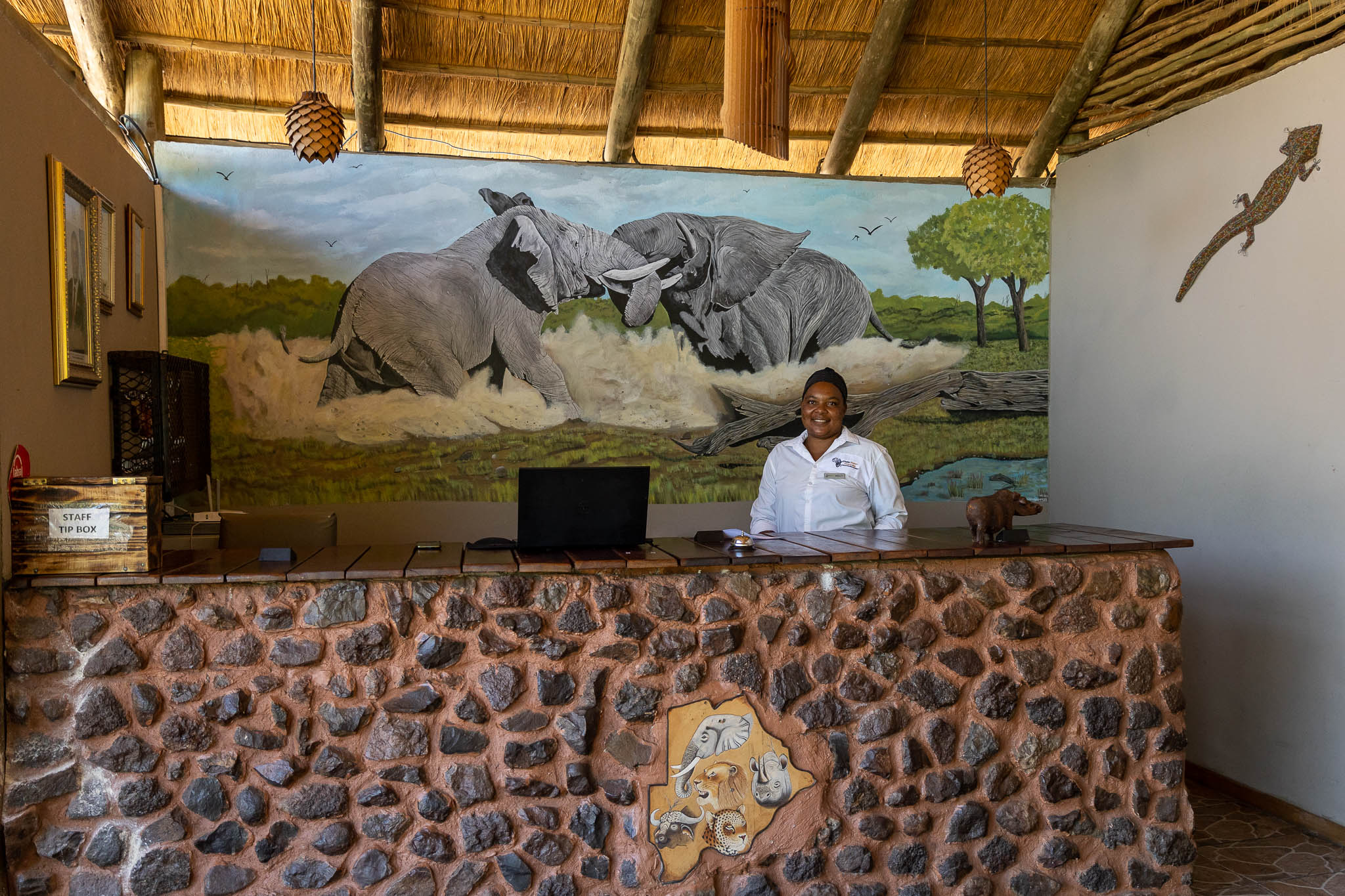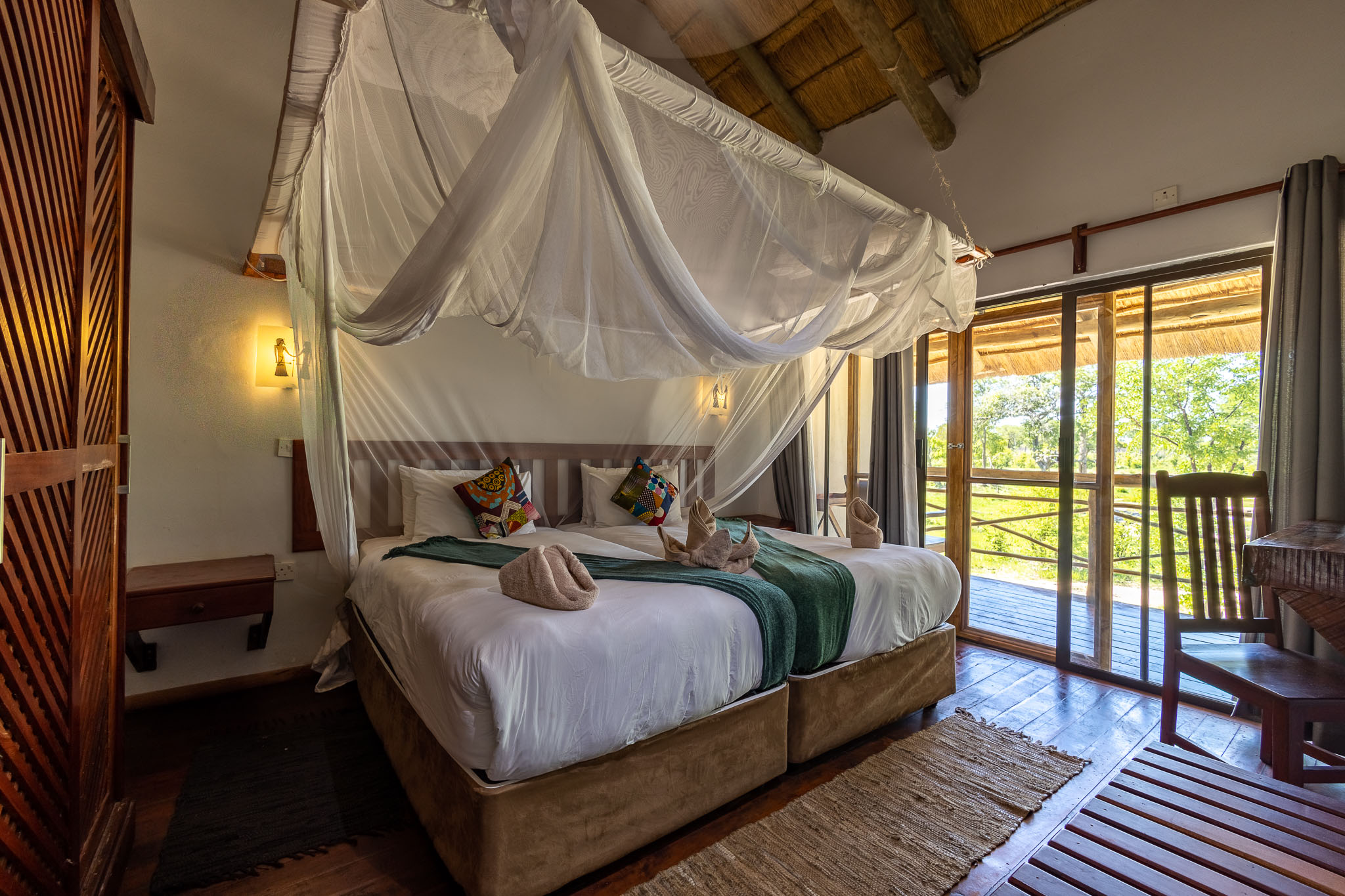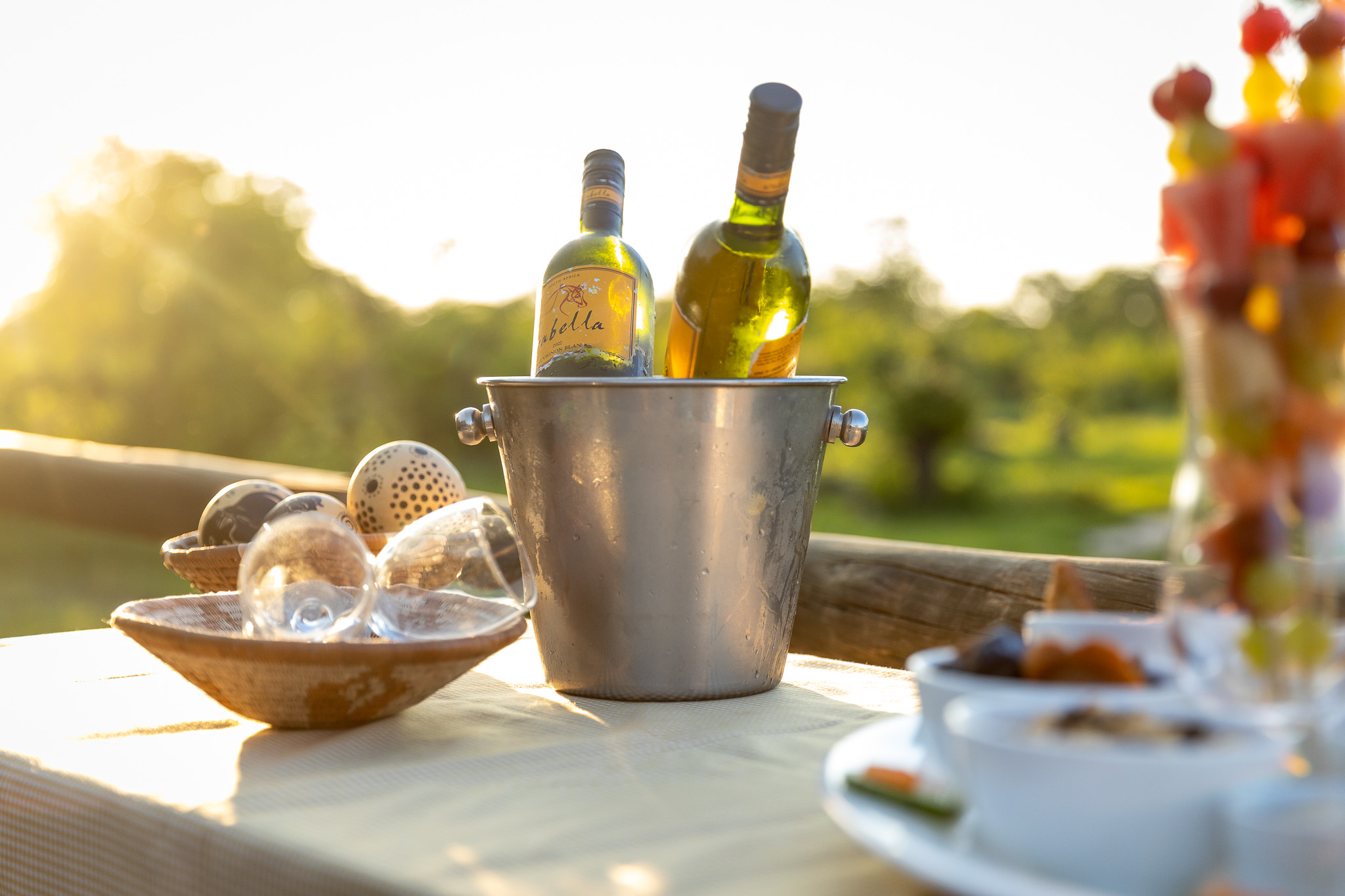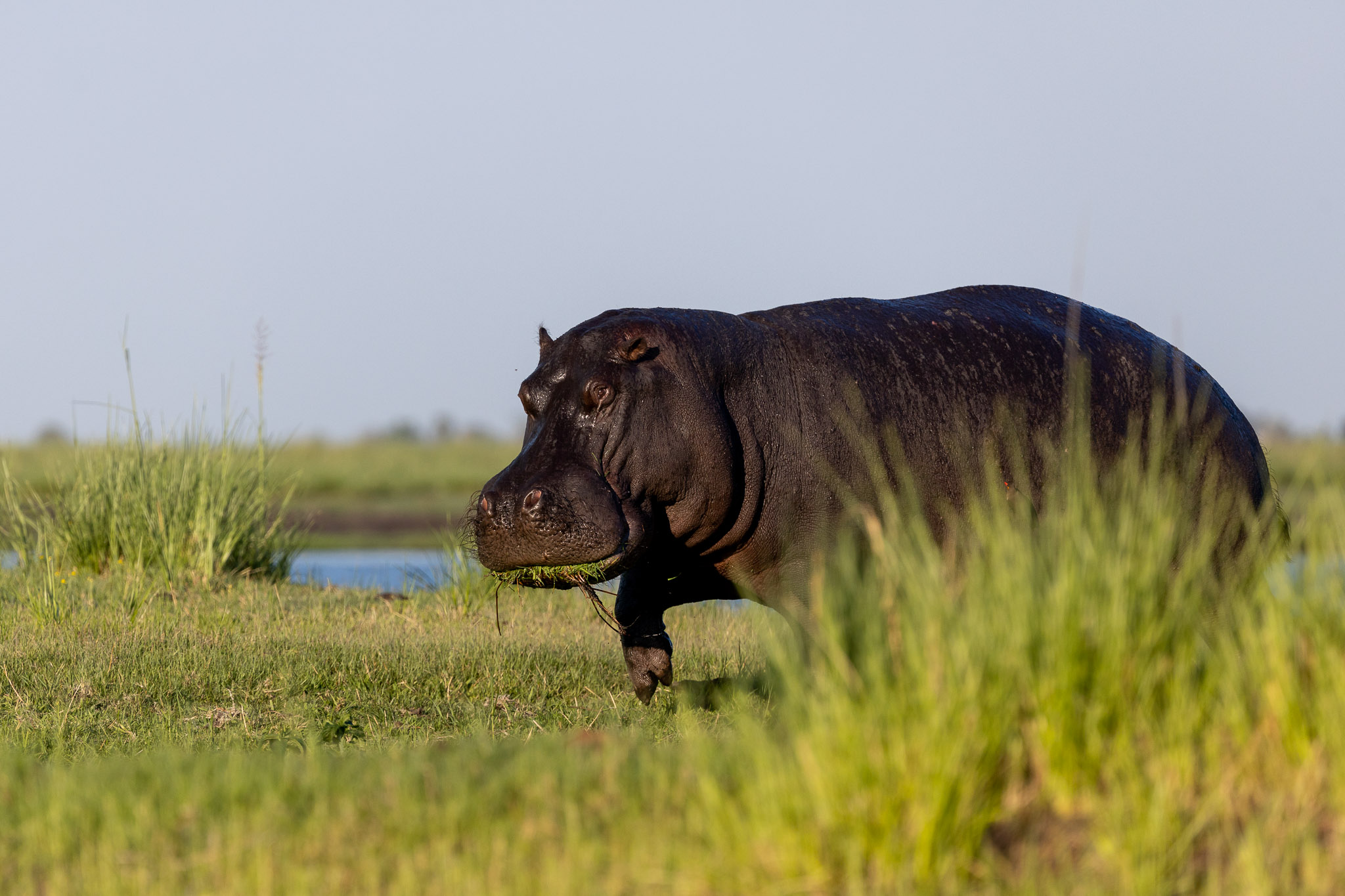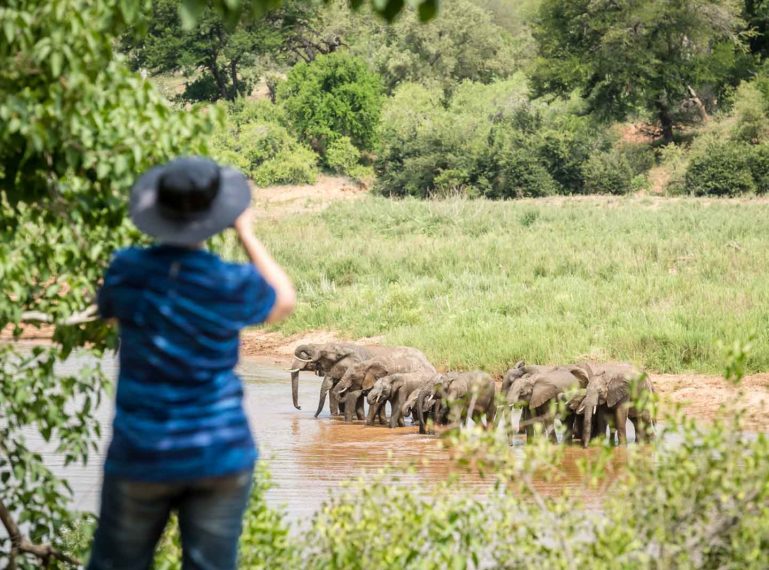
Kruger Walking Safaris with Africa on Foot Wilderness Trails
Africa on Foot Wilderness Trails is a one-of-a-kind mobile safari experience in South Africa that focuses on an immersive wilderness experience in the Greater Kruger. For 3 days you’ll explore an undulating Big 5 region on foot, under the watchful eye of a highly-experienced trails guide. It’s wild, unforgettable and comes with all the creature comforts of home. Come on , don’t you think it’s time you laced up those boots and get involved in the wild?
A walking safari through the untamed bushveld provides a thrilling and immersive way of experiencing the Kruger. It’s an adventurous way of enjoying the wild that offers a unique vantage point and opens up a world of opportunity to discover the smaller things of the safari kingdom. The majority of visitors to South Africa opt for safaris in private reserves where the focus is on twice-daily game drives. It’s only the intrepid wildlife-seekers and soulful hikers that seek out Kruger walking safaris. Game drives cover plenty of ground and take advantage of the window of predator opportunity at first and last light, while walks make you feel like you are one with nature.
Africa on Foot Wilderness Trails provides a Kruger safari that combines the best of both worlds, where the focus is on the walking safari but game drives also take place. But why game drives? It’s not possible to be on foot when the predators come out to play, so the trails team decided to add in game drives to showcase Africa’s top-of-the-food chain cat crew.
In 2017 we launched our Kruger walking safaris
Africa on Foot Wilderness Trails is the brainchild of the Africa on Foot/Sun Destinations team, who quickly realised the popularity of the morning walking safari at Africa on Foot. Guests staying at Africa on Foot in the Klaserie Private Nature Reserve would frequently ask for extended guided walks, indicating a gap in the market for more extended and highly-focused trails specific safaris. In 2017 the team launched Africa on Foot Wilderness Trails on a 8000 hectare game-rich concession in the Maseke Game Reserve.
Interested in Kruger walking safaris? Then your first port of call should be the set 3-day Africa on Foot Wilderness Trails located an uncrowded Big 5 reserve.
Wilderness Trails: The Lowdown
It’s pretty simple. You need a good level of fitness to walk the daily distances, and that’s it. The trails team organises everything for you. You book, you pay and you arrive. When has a 3-day hike ever been this easy? Probably never.
The terrain you cover is undulating, following well-marked single track and open dirt roads. There are no major uphill climbs, but you can expect a good amount of time walking. You’ll average about 3-5 hours per day on foot. No hiking poles are needed, but comfy trails shoes and a backpack is vital. You are out in the elements, so suncream and light rain jackets are also a must.
Trails are guided, which means you’ll stop along the way to admire the views and observe wildlife at waterholes. Don’t worry—you won’t be approaching wildlife up close! Guides realise the importance of the ecosystem and how nature works as a unit, so you’ll definitely stop to learn about the vegetation while traipsing through the ‘veld. This is a highlight of being on foot—you’re always stopping for the small things. Each day, lunch is served en route in a picturesque location. Even though it’s a walking safari, it’s still a safari experience which means plenty of eating and relaxing takes place.
When you return to camp, you’ll have time to unwind before being whisked off for a short evening game drive to cover further ground and spot the nocturnal inhabitants.
Camp life is simple and comfortable. You’ll spend 3 nights camping in the Maseke Balule Game Reserve, each night in a different location. The entire camp is set-up for you, prior to arrival. You step into a world of dome tents surrounding a roaring campfire and outdoor safari dining table. And there’s always a bar table stacked with drinks.
Tents are kitted out with swag beds, a carpet and comfy linen. Outside you’ll find two safari camping chairs and washbasin. Outdoor showers are fitted for you, and there’s an eco toilet. In terms of camping showers, the ones at trails are surprisingly luxurious!
In total, the team can handle a maximum of 8 guests (sleeping in 4 tents) on trails, making it a great option for a small group of friends interested in Kruger walking safaris.
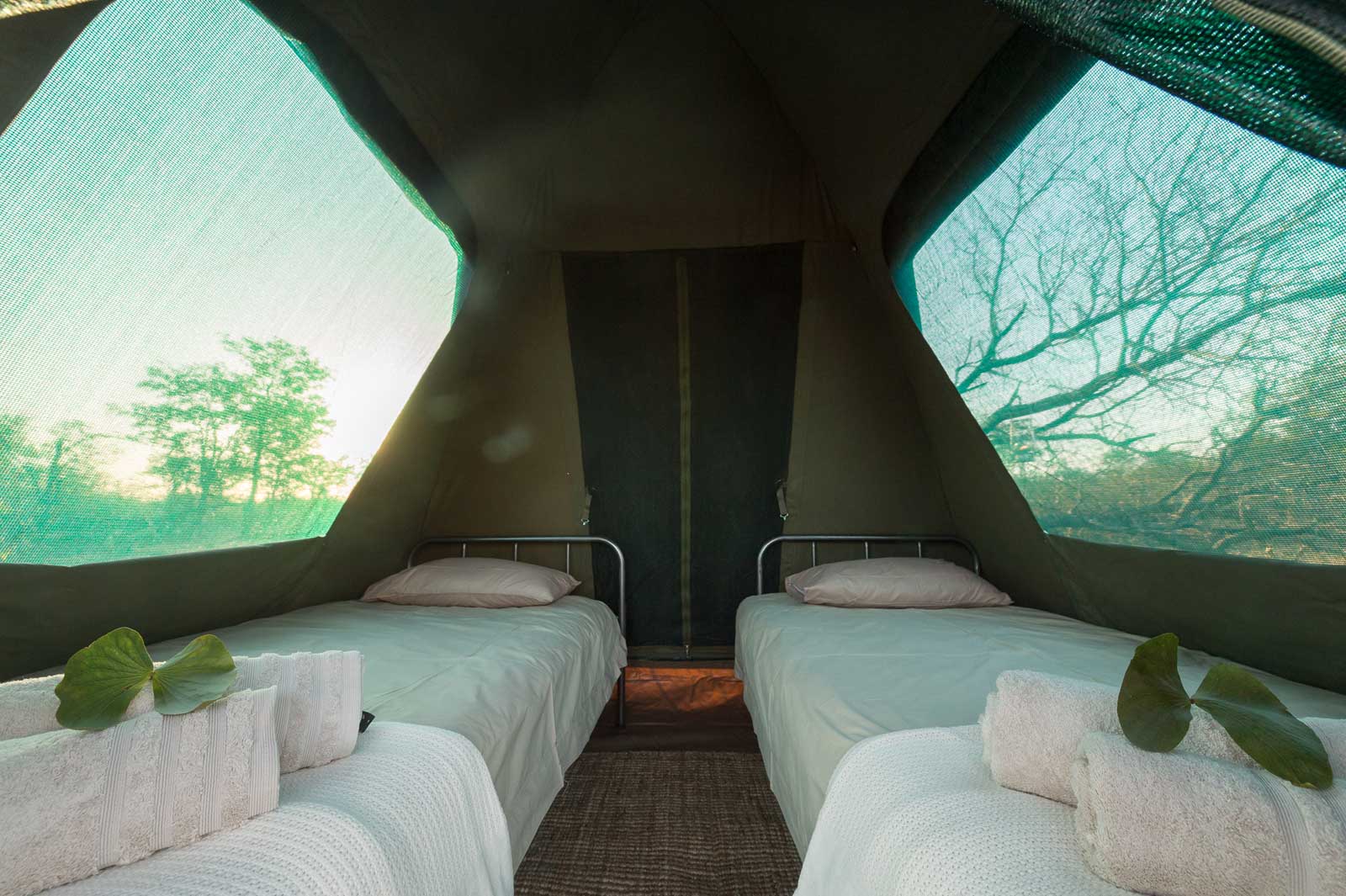
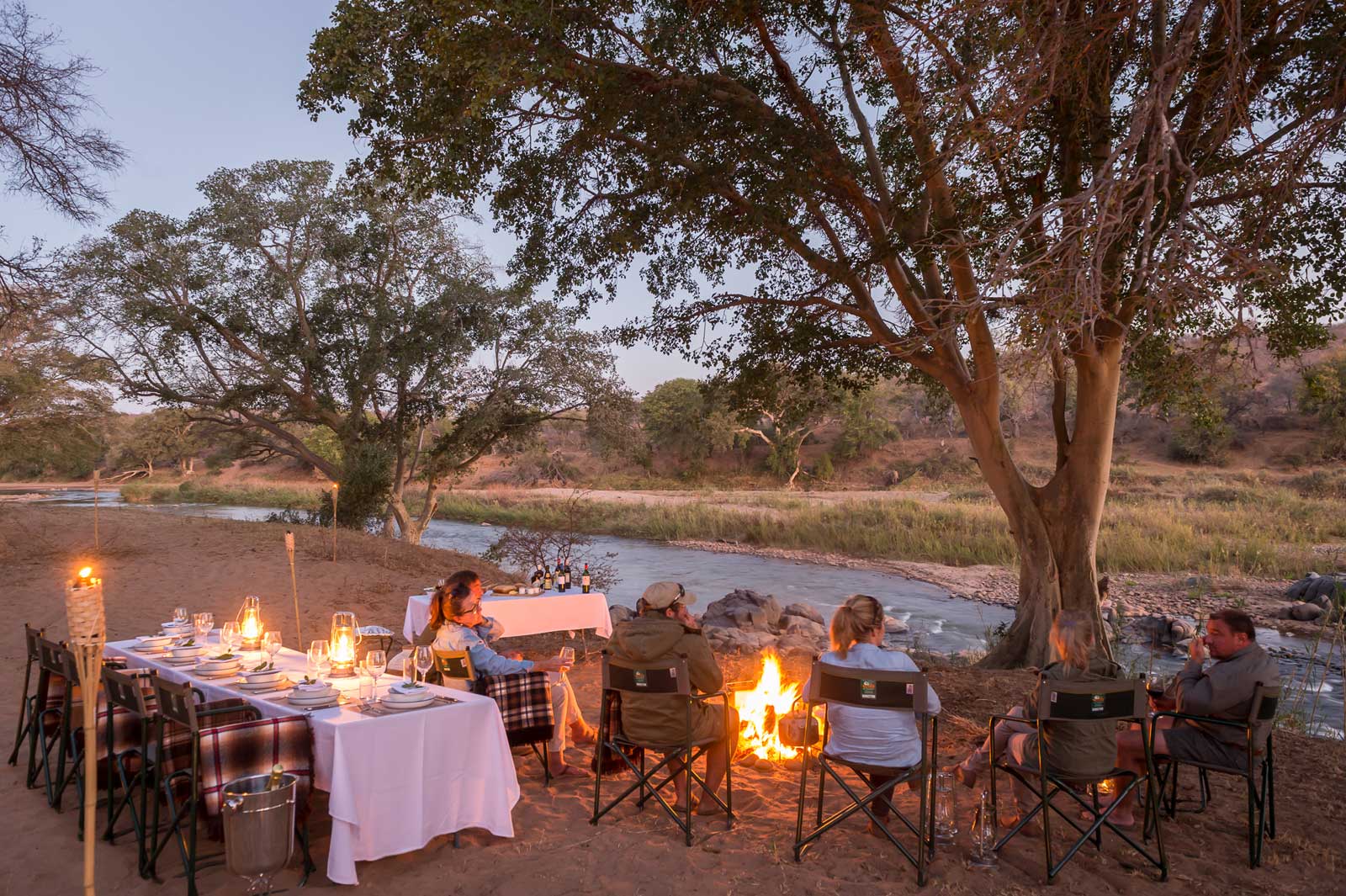
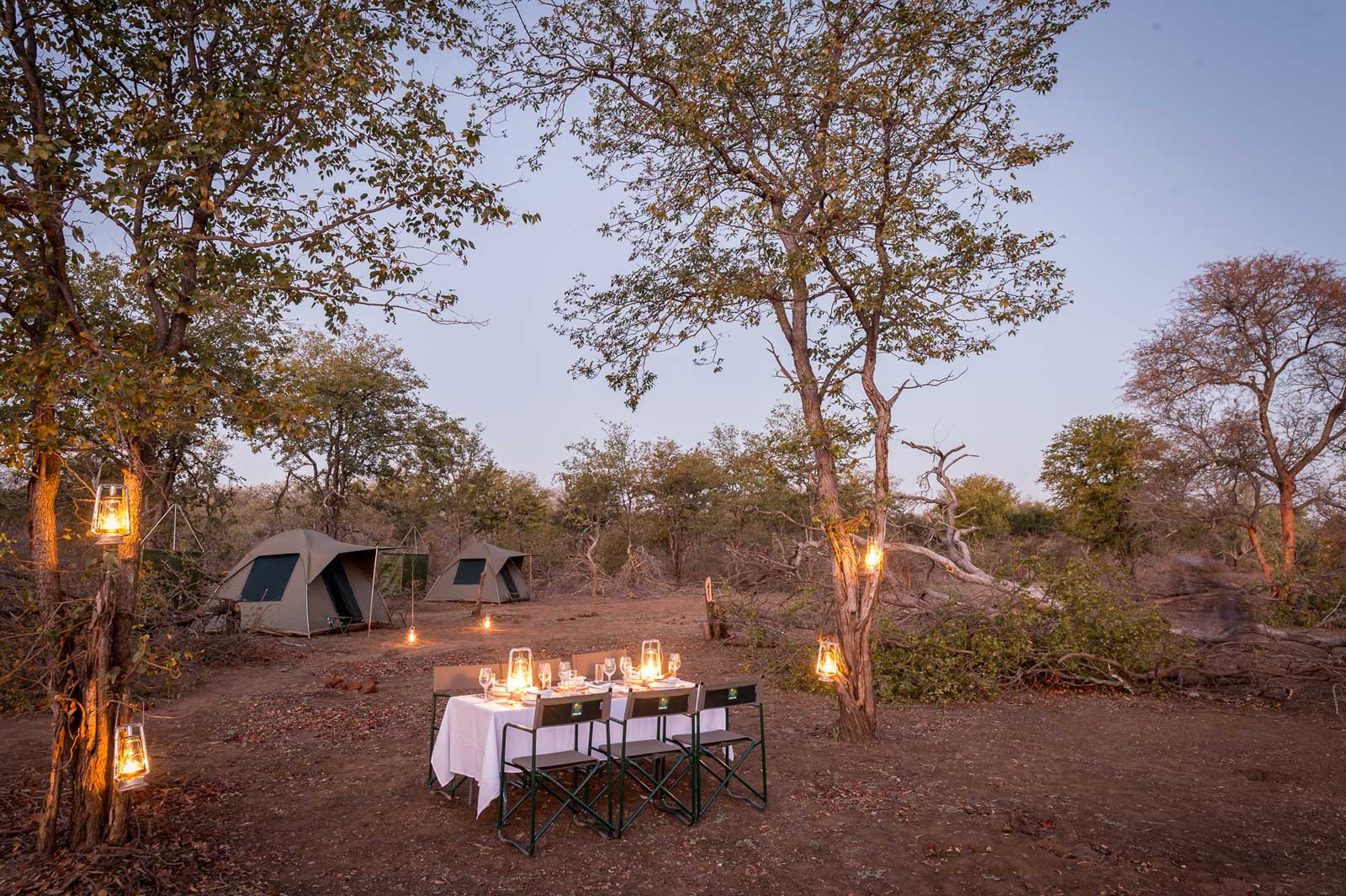
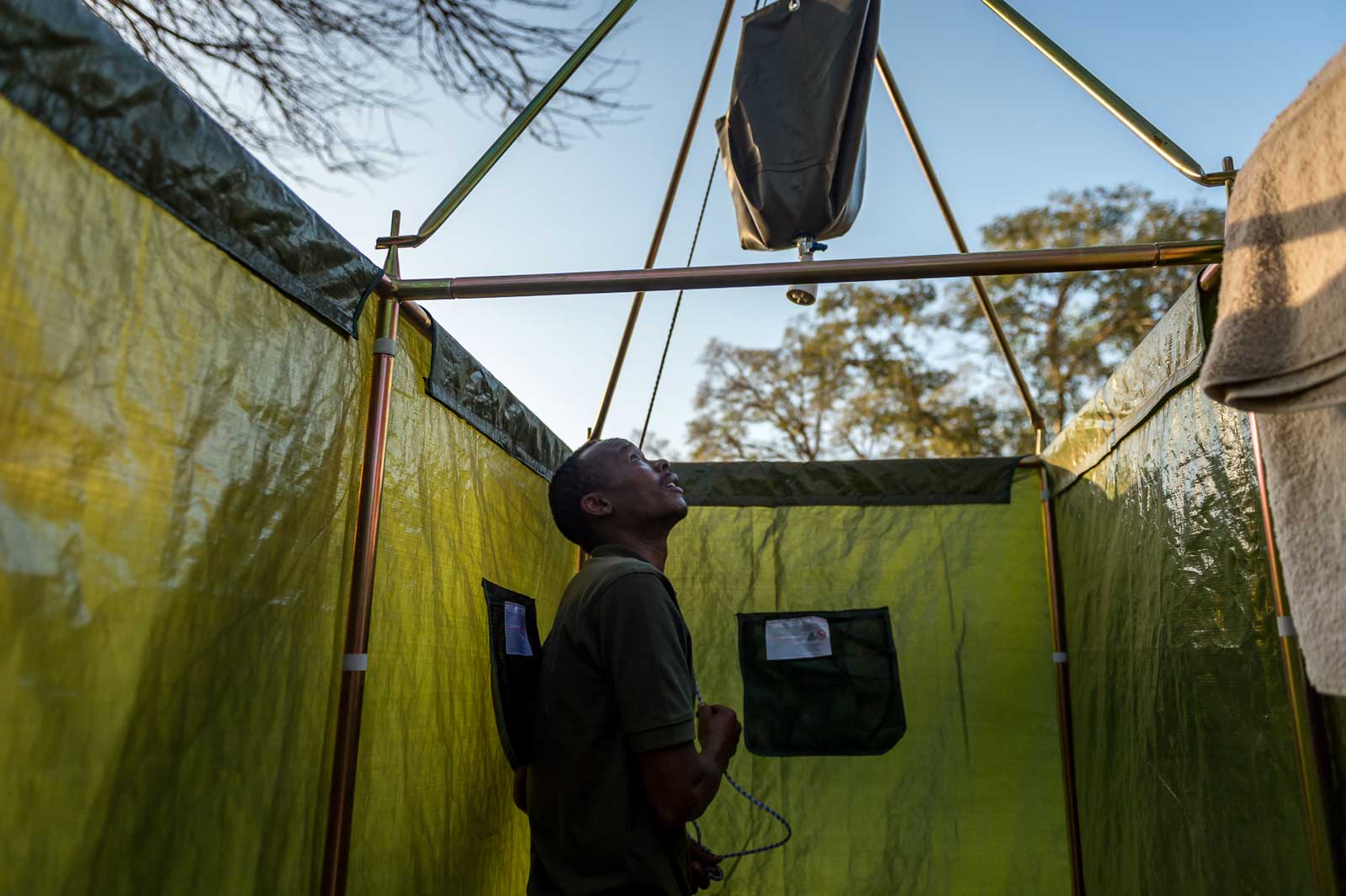
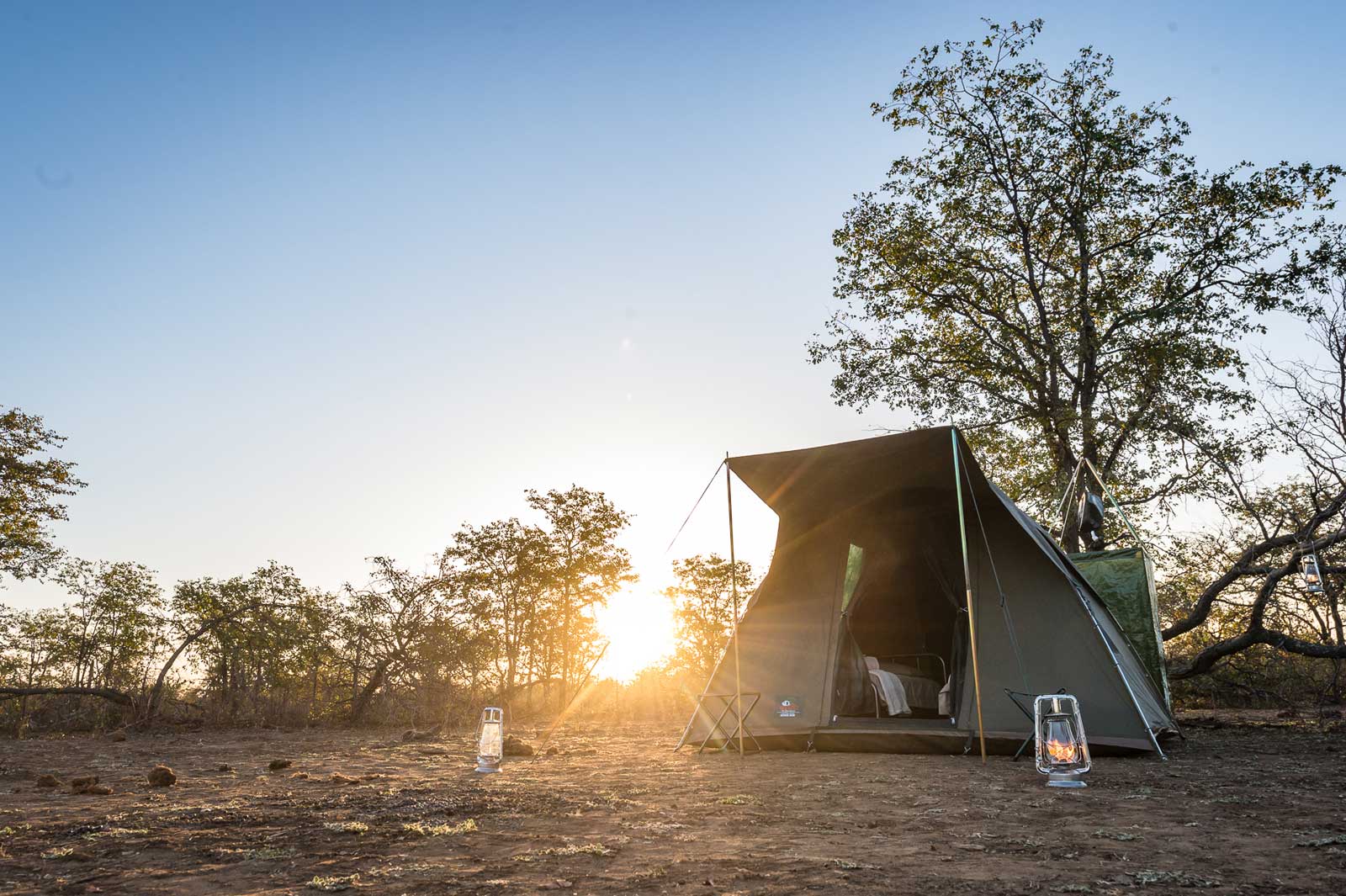
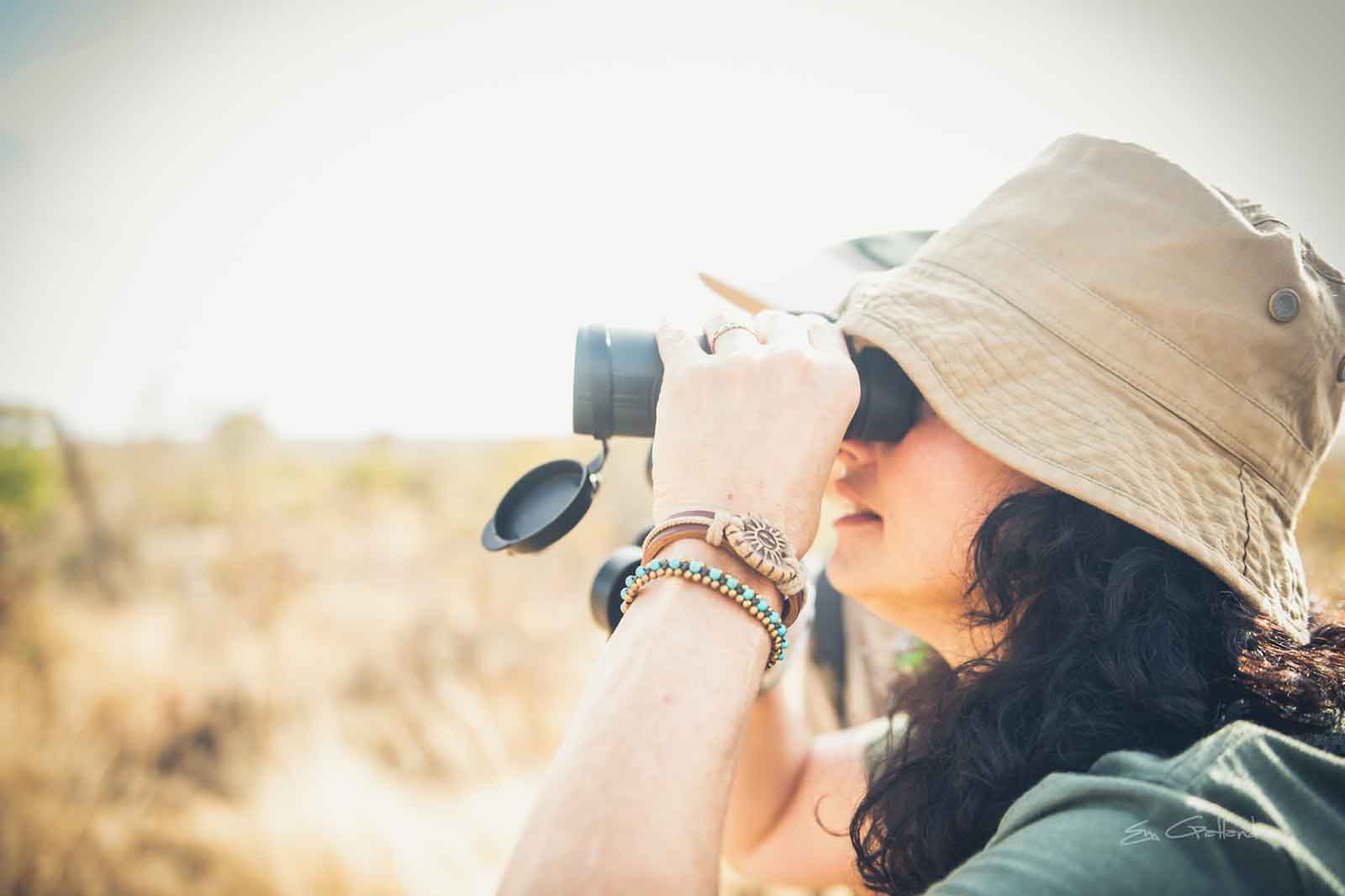
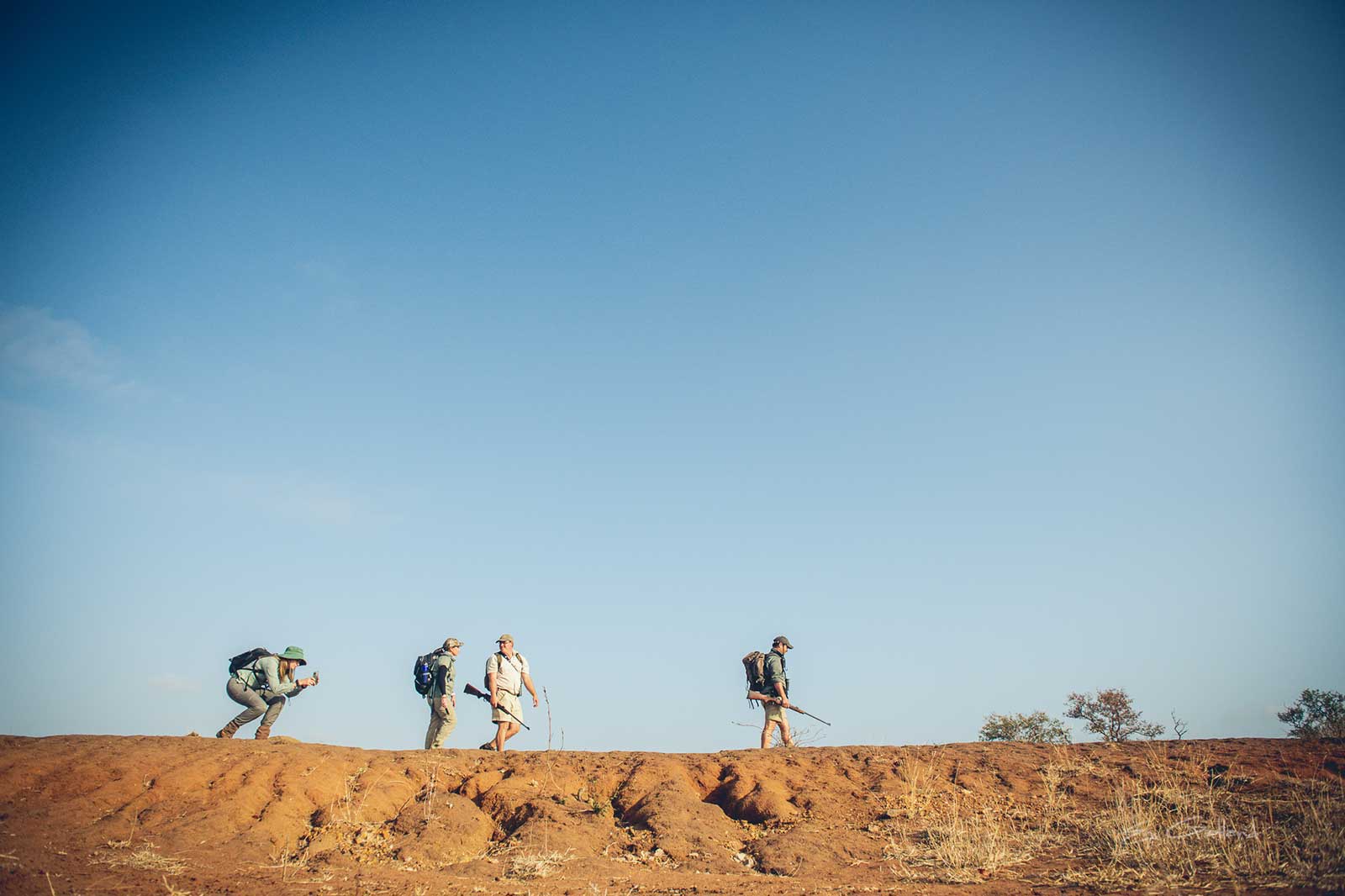
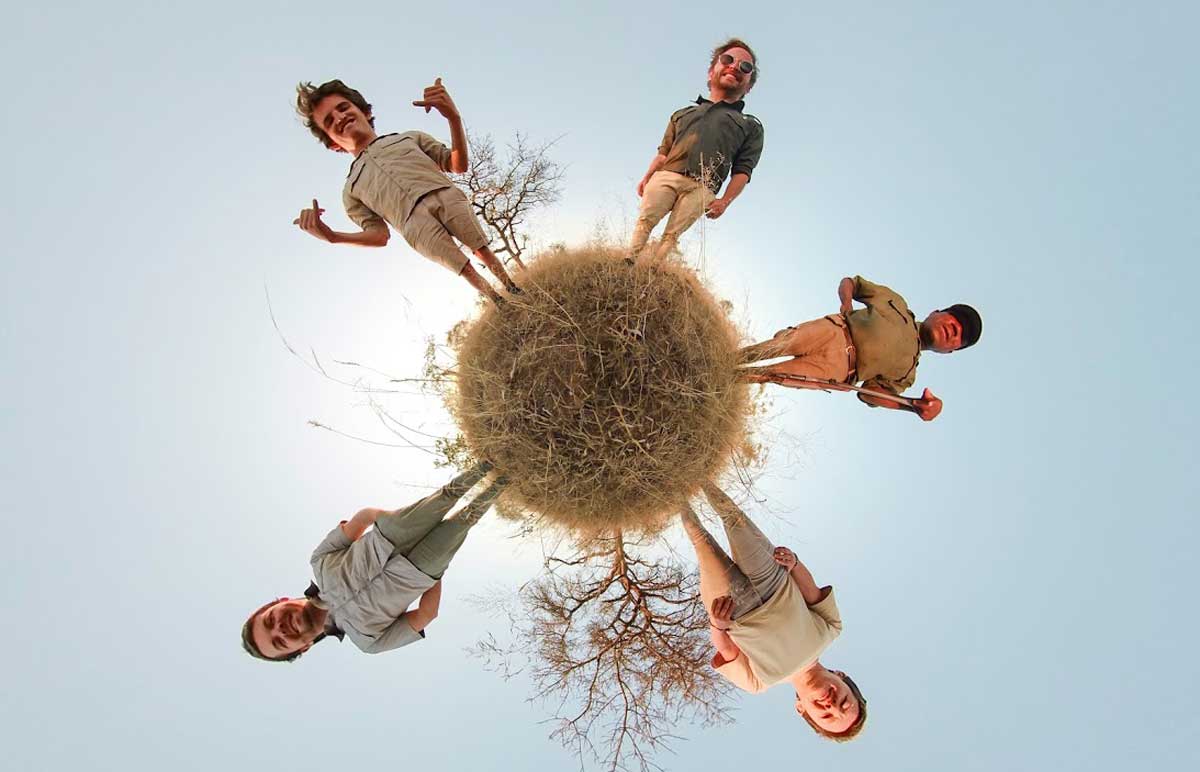 Kruger walking safaris: What can I see?
Kruger walking safaris: What can I see?
The Olifants River courses through the reserve, while prominent mountainous ridges and boulder koppies characterise the terrain, making it an incredibly diverse and interesting region to explore on foot. Guides will teach you how to walk in the wild and leave a minimal impact on nature. When approaching sightings, guides will ensure you are safe and within a close enough distance to wildlife to enjoy exceptional experiences.
The Maseke enjoys a high prevalence of elephants and plains game. There are regular sightings of elephants, buffalo, giraffe, zebra, impala and other big game. Cats usually retreat and hide out during the day, but the team is on constant alert to look out for them while on foot. There’s a large waterhole on the section close to one of the campsites, which is home to a resident hippo.
The Maseke habitat accommodates a complete smorgasbord of birder’s delights. Water birds such as herons, storks, plovers, spoonbills, and sandpipers are common along dam edges. Elegant kingfishers, woodland birds and proud birds of prey can be seen and heard throughout the day. While on walking trails, you’re bound to spot that lifer you’ve always dreamed of identifying.
Come and join us on trails…your lifetime of adventure awaits.
